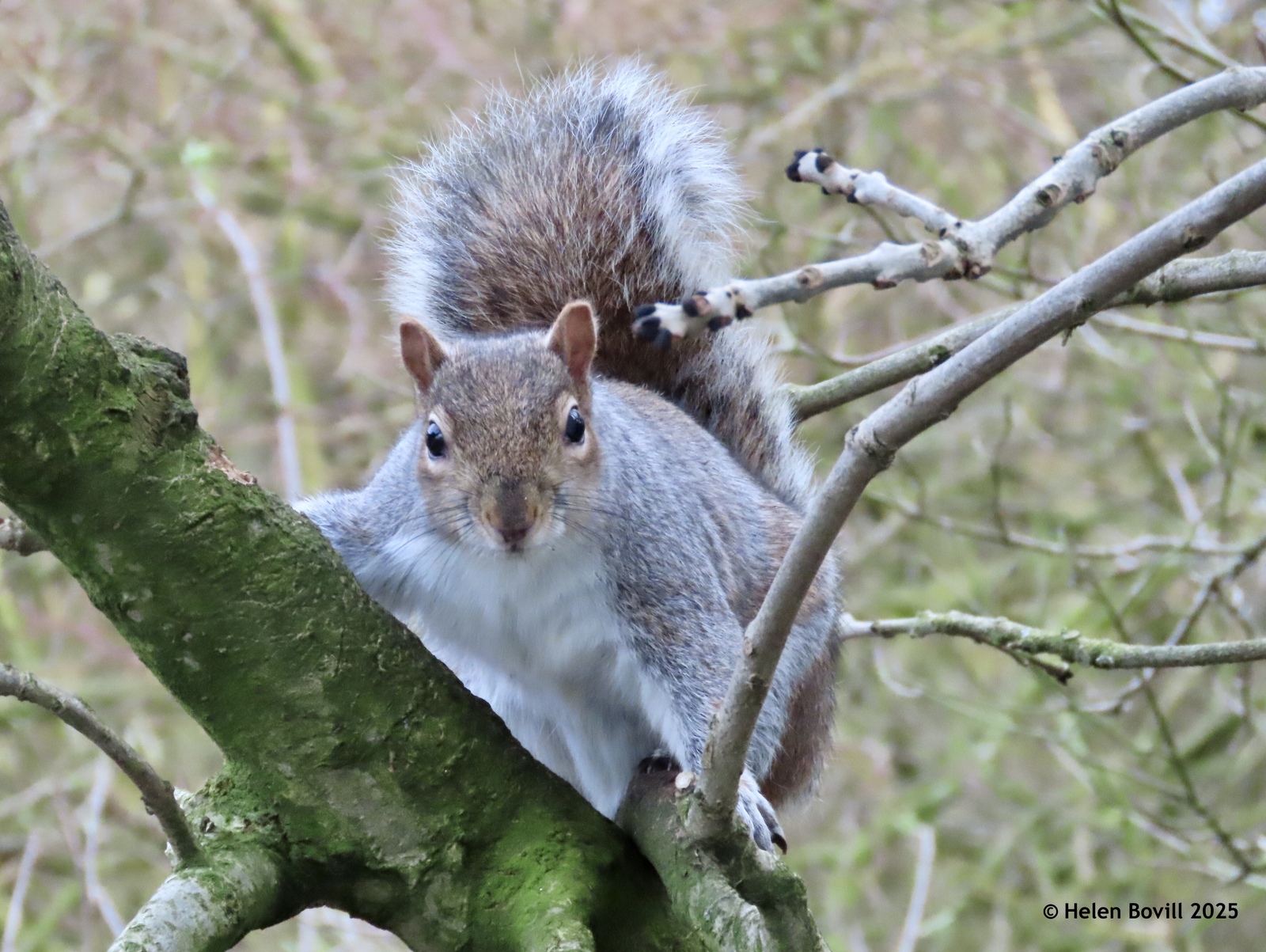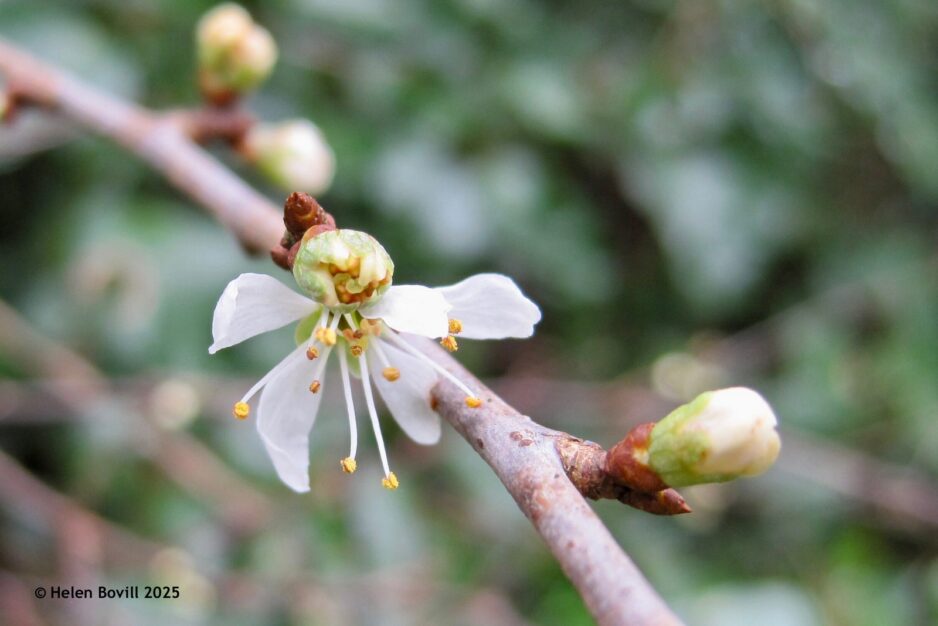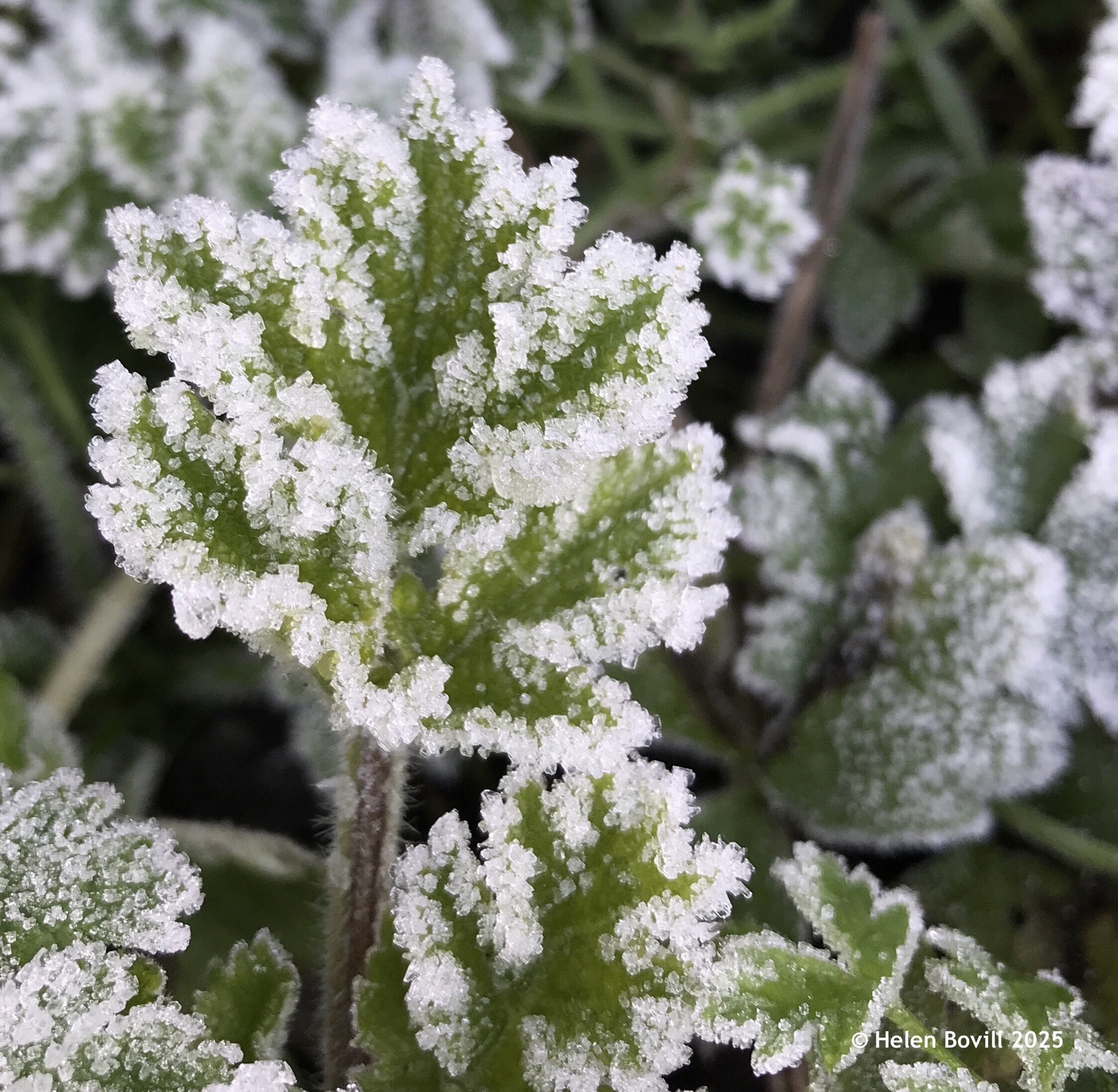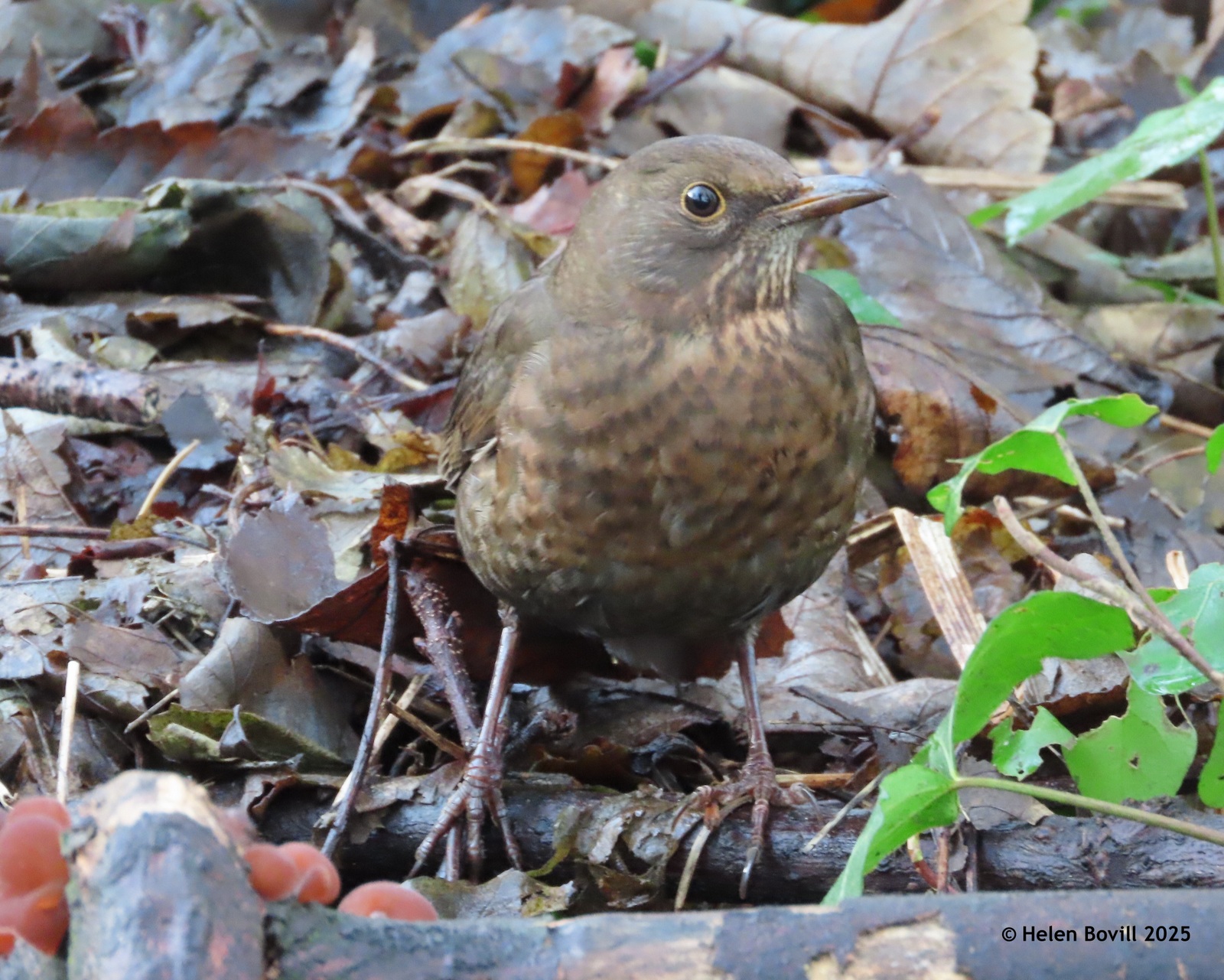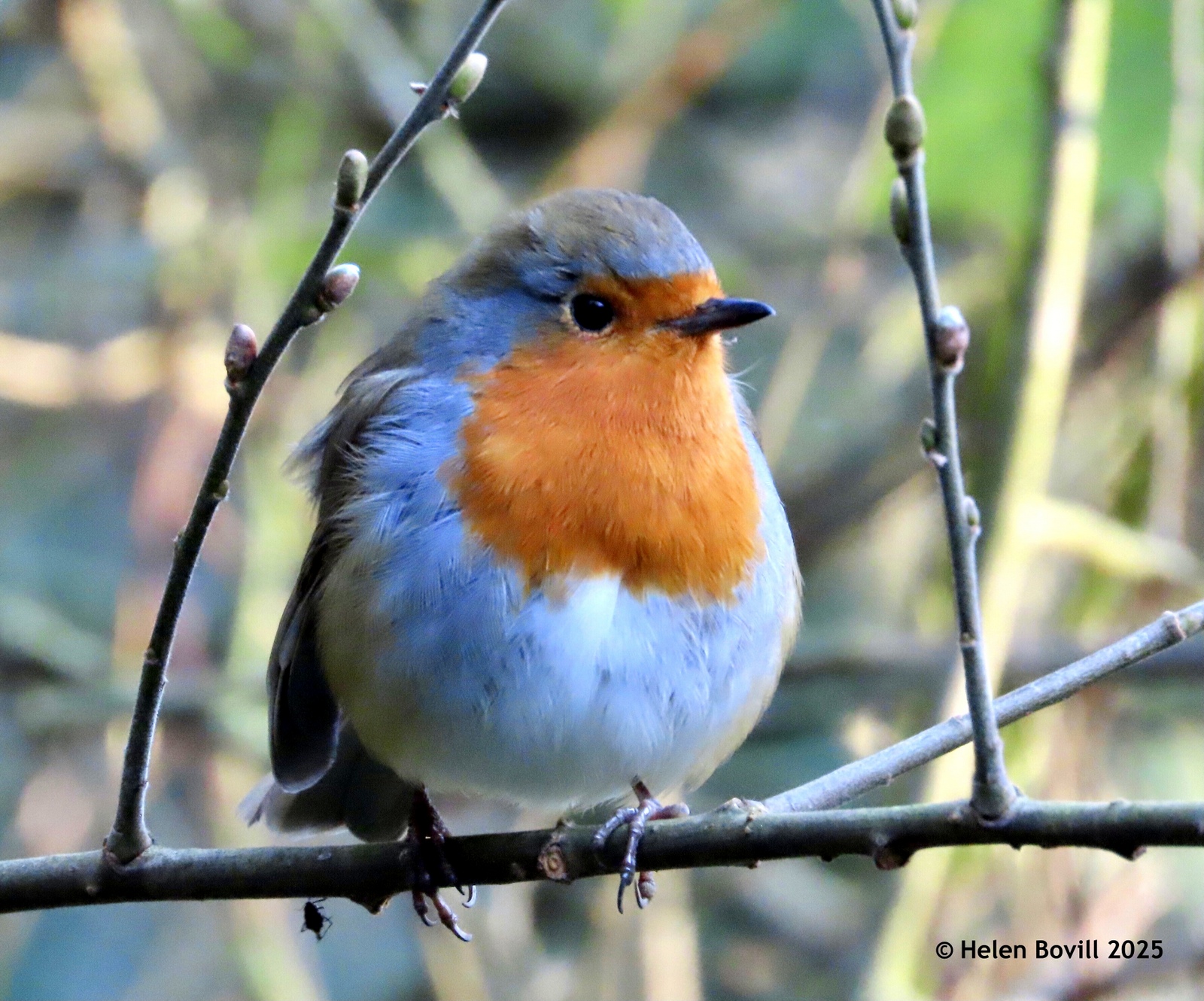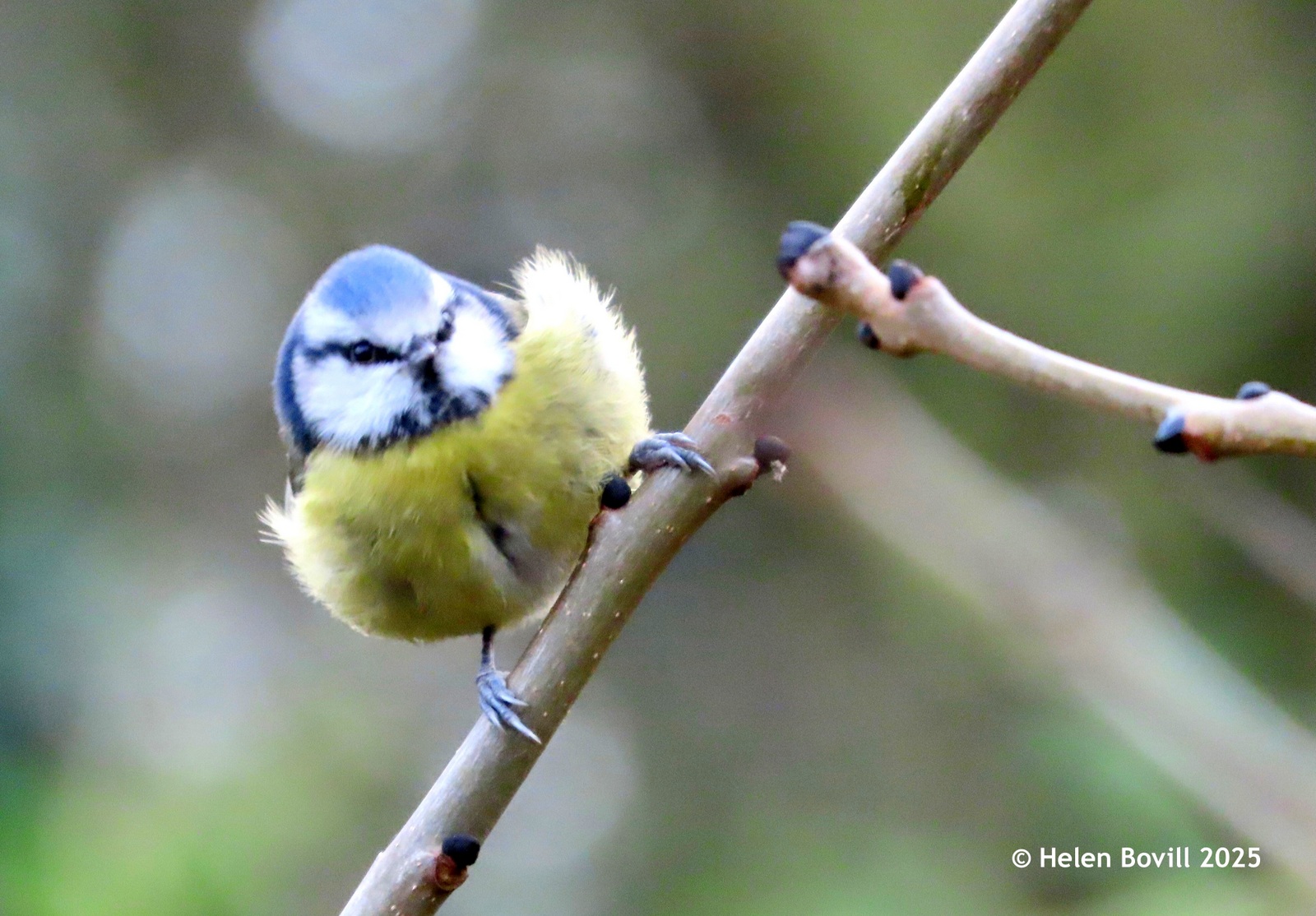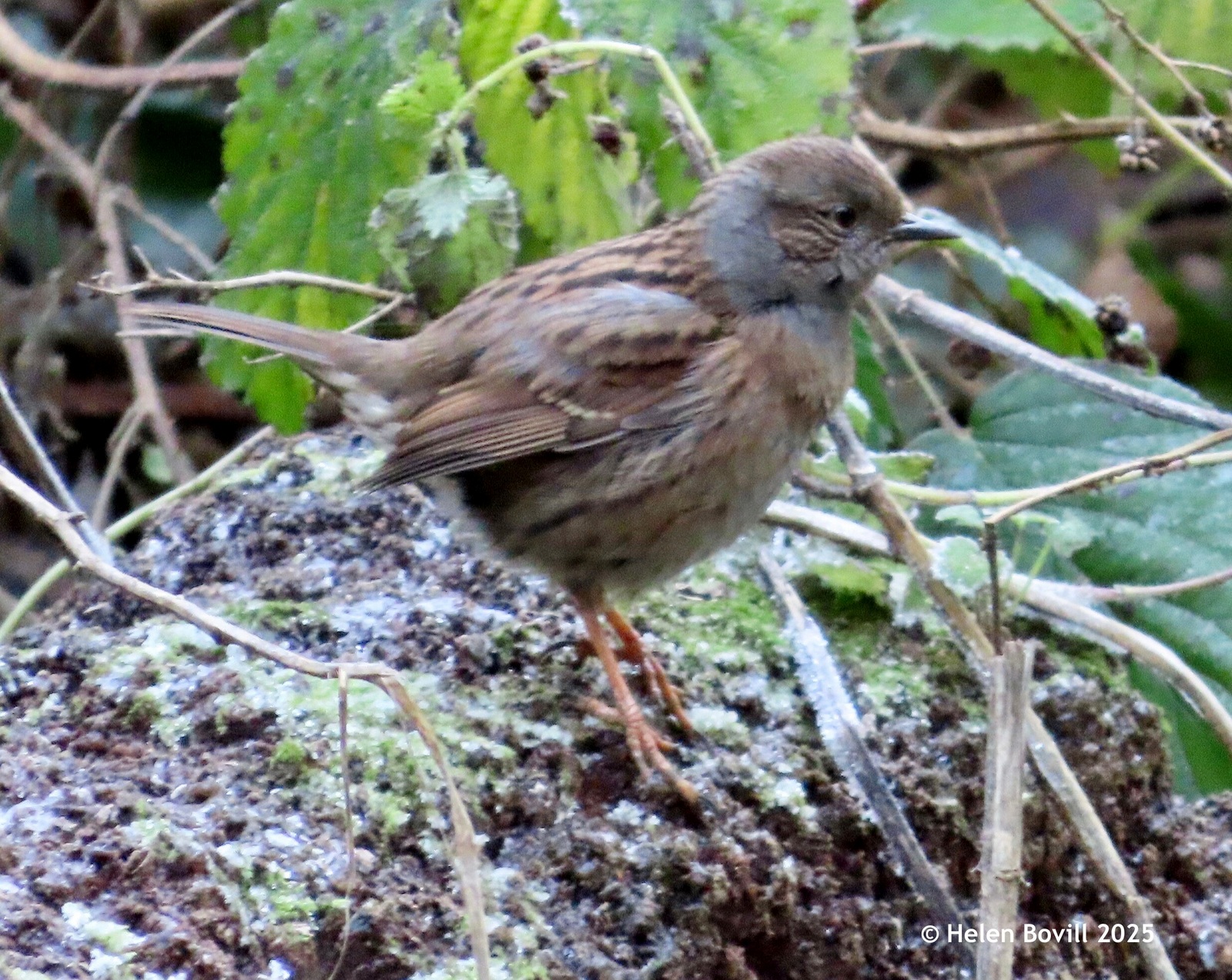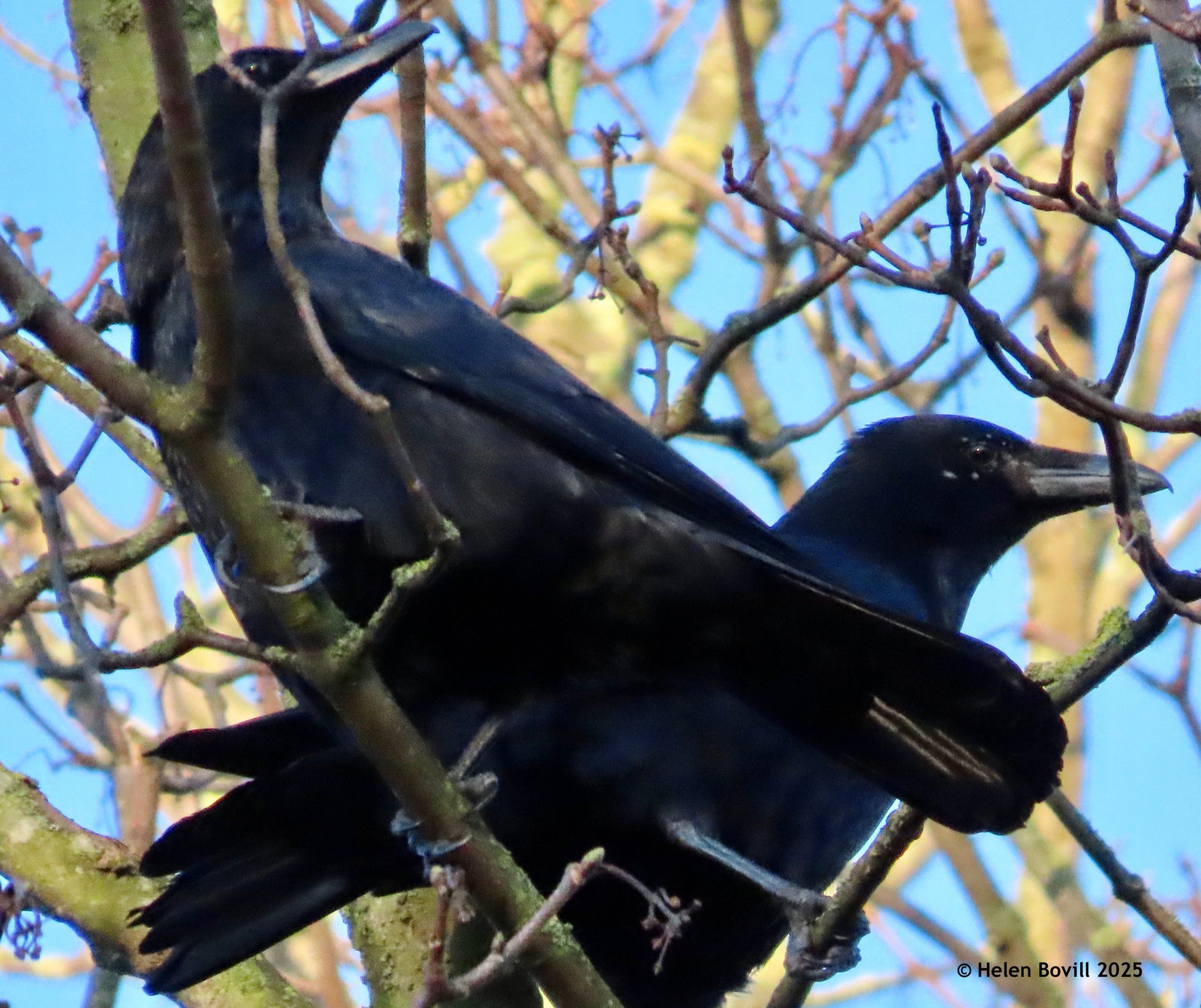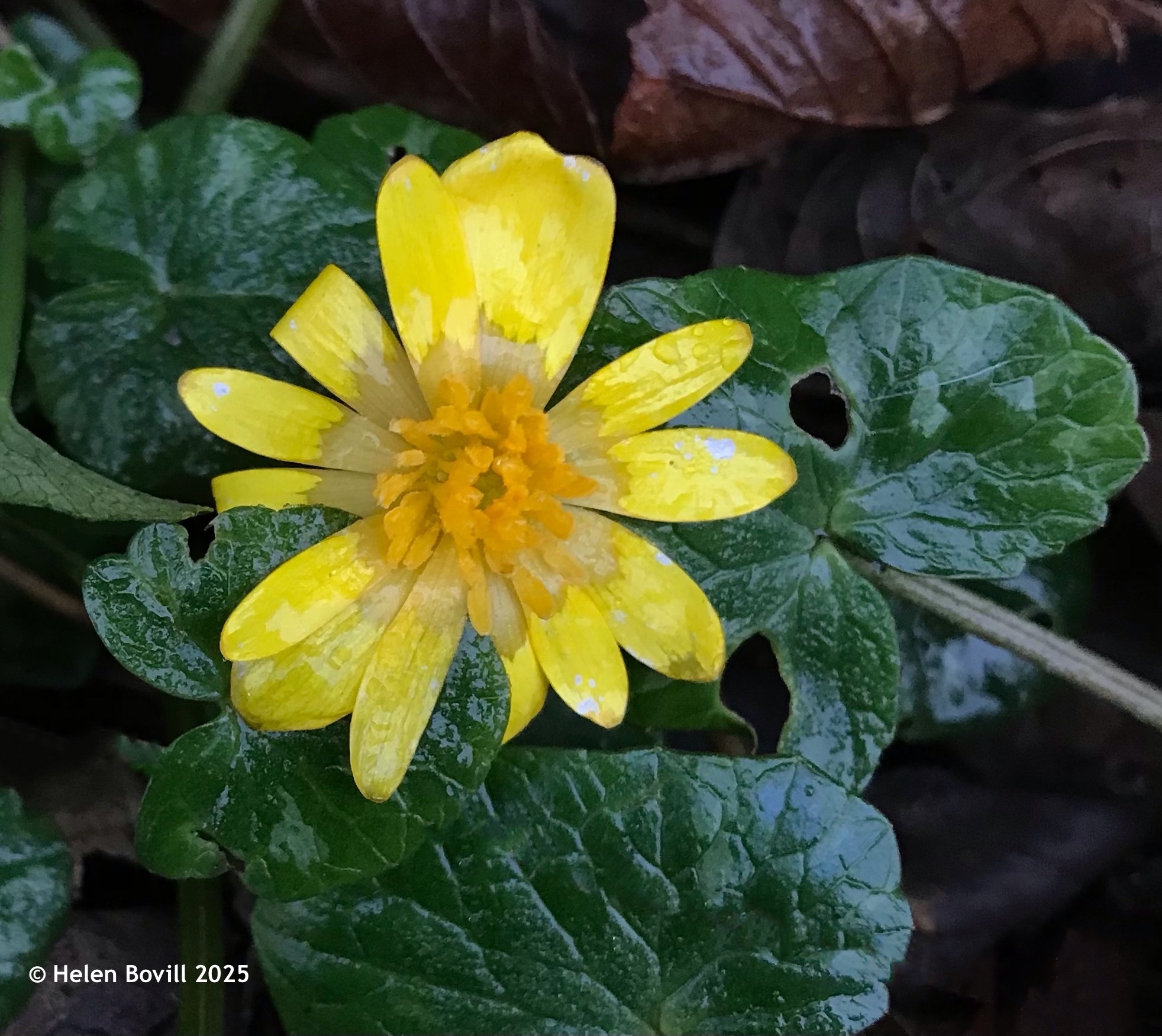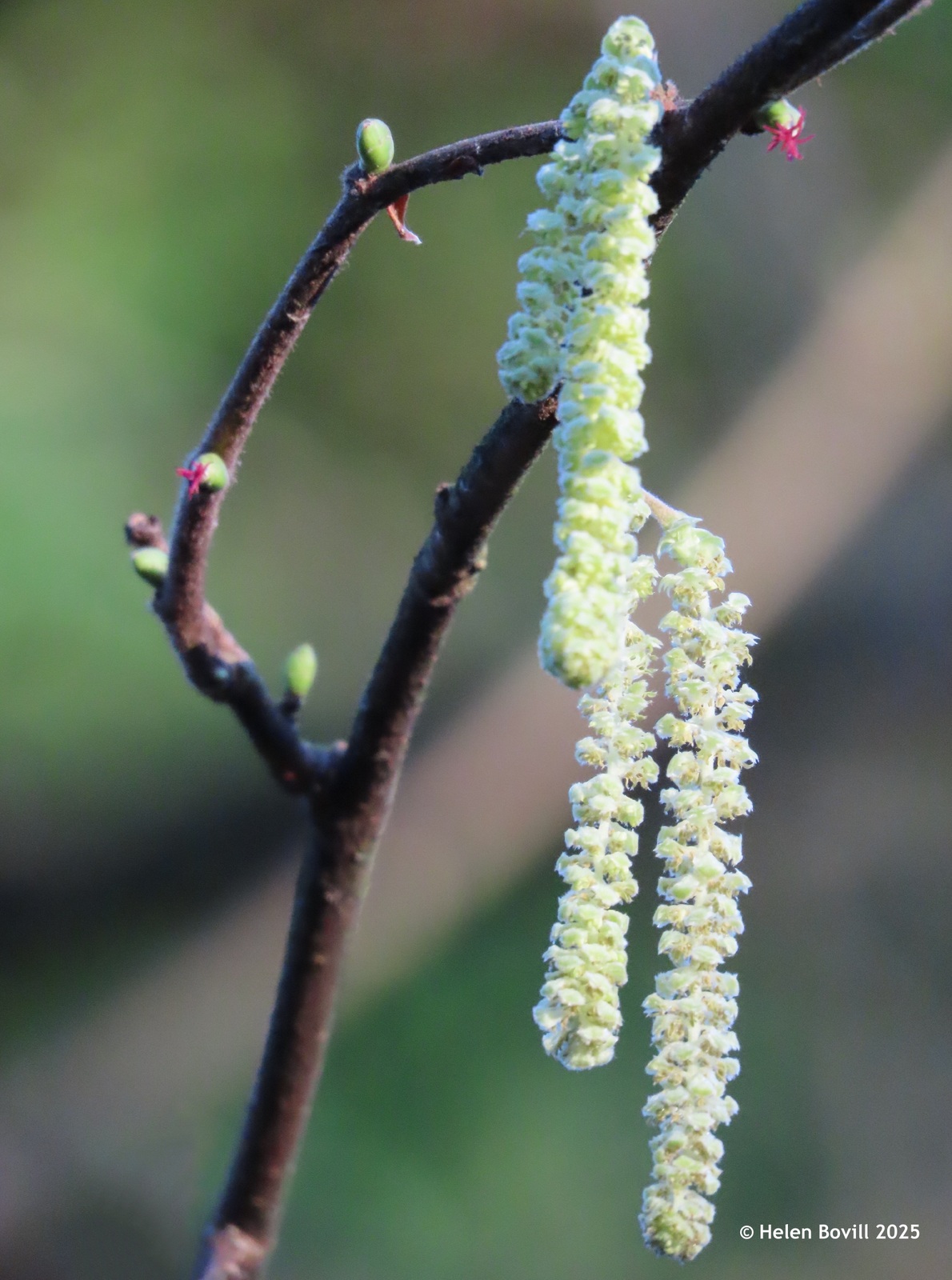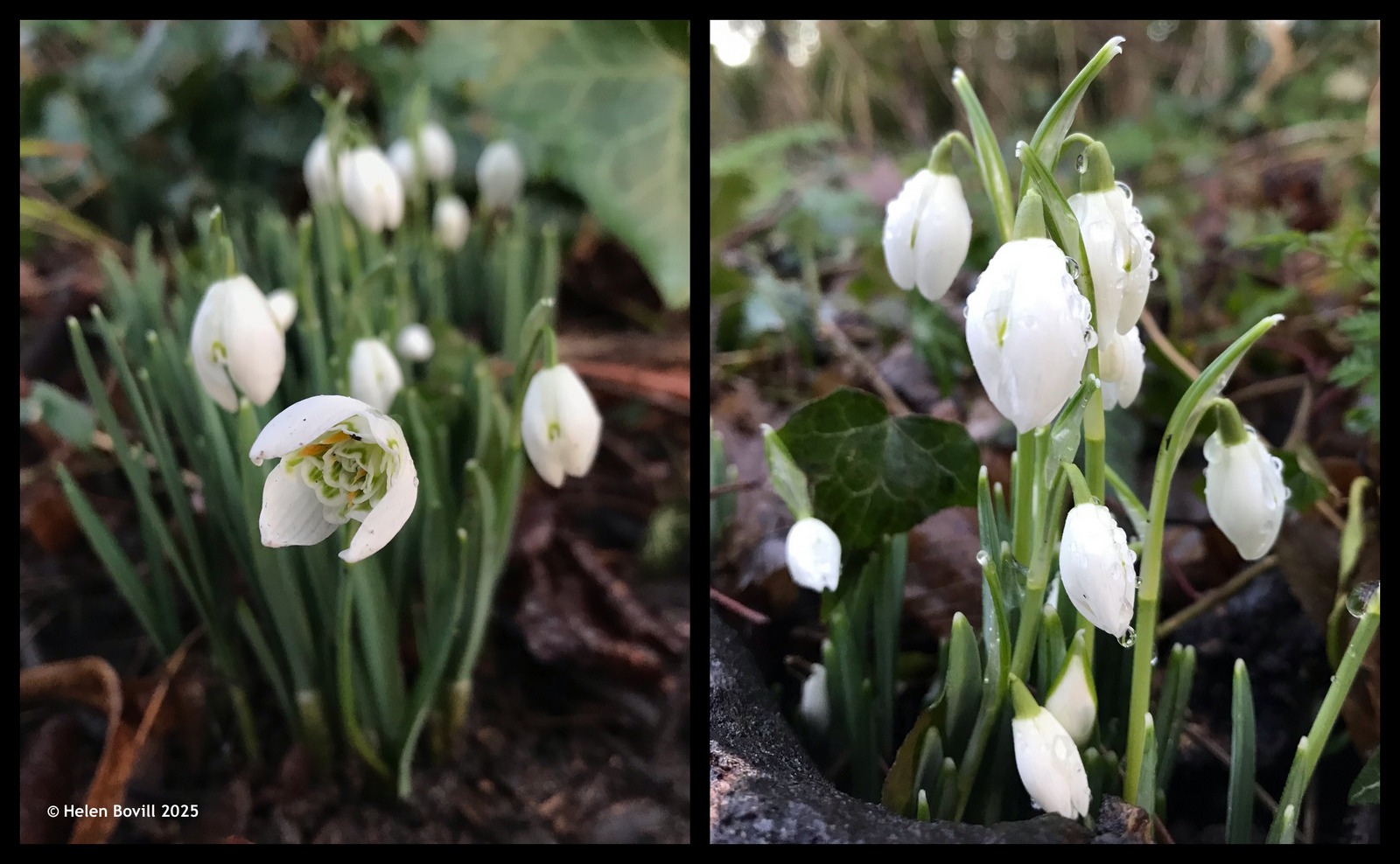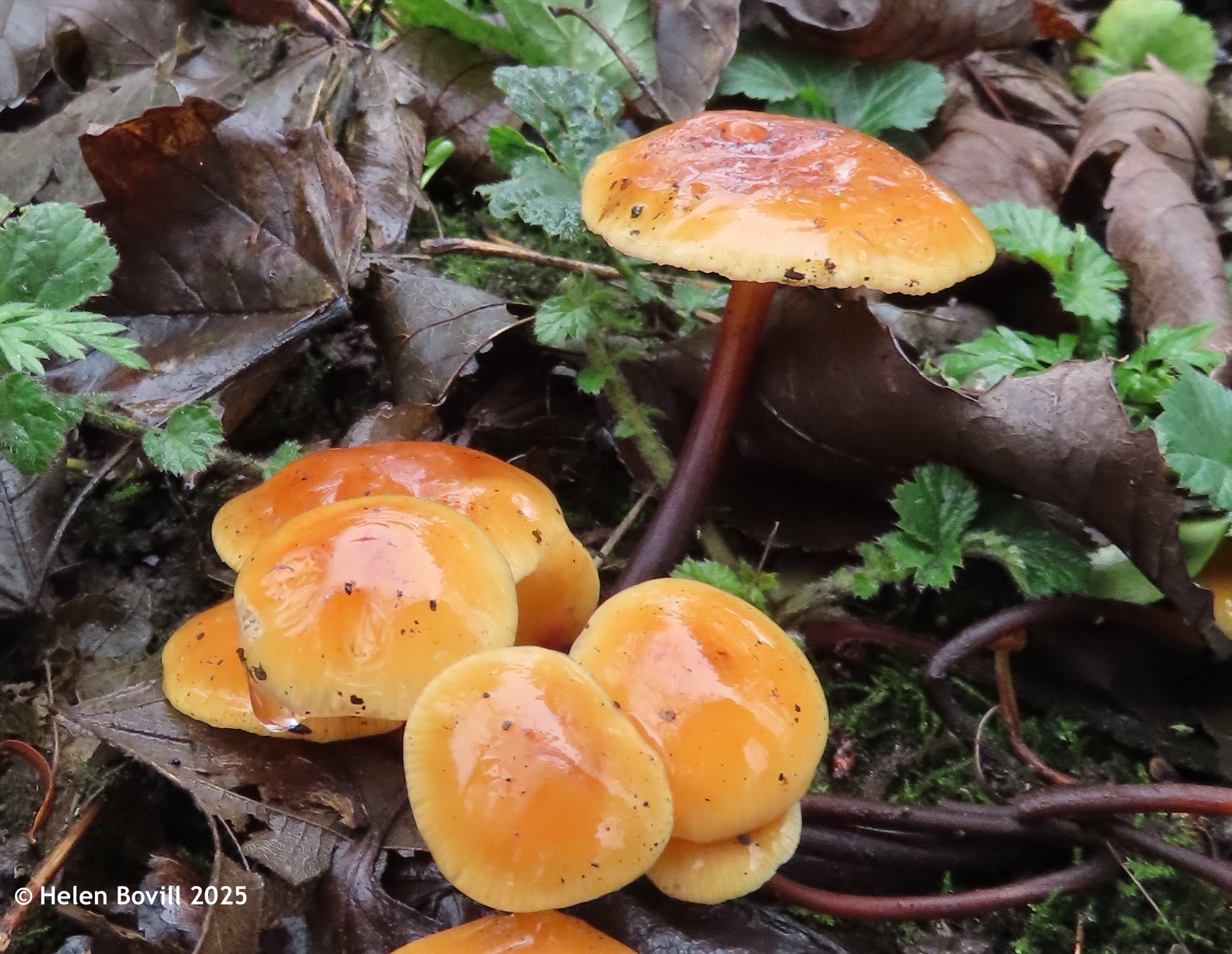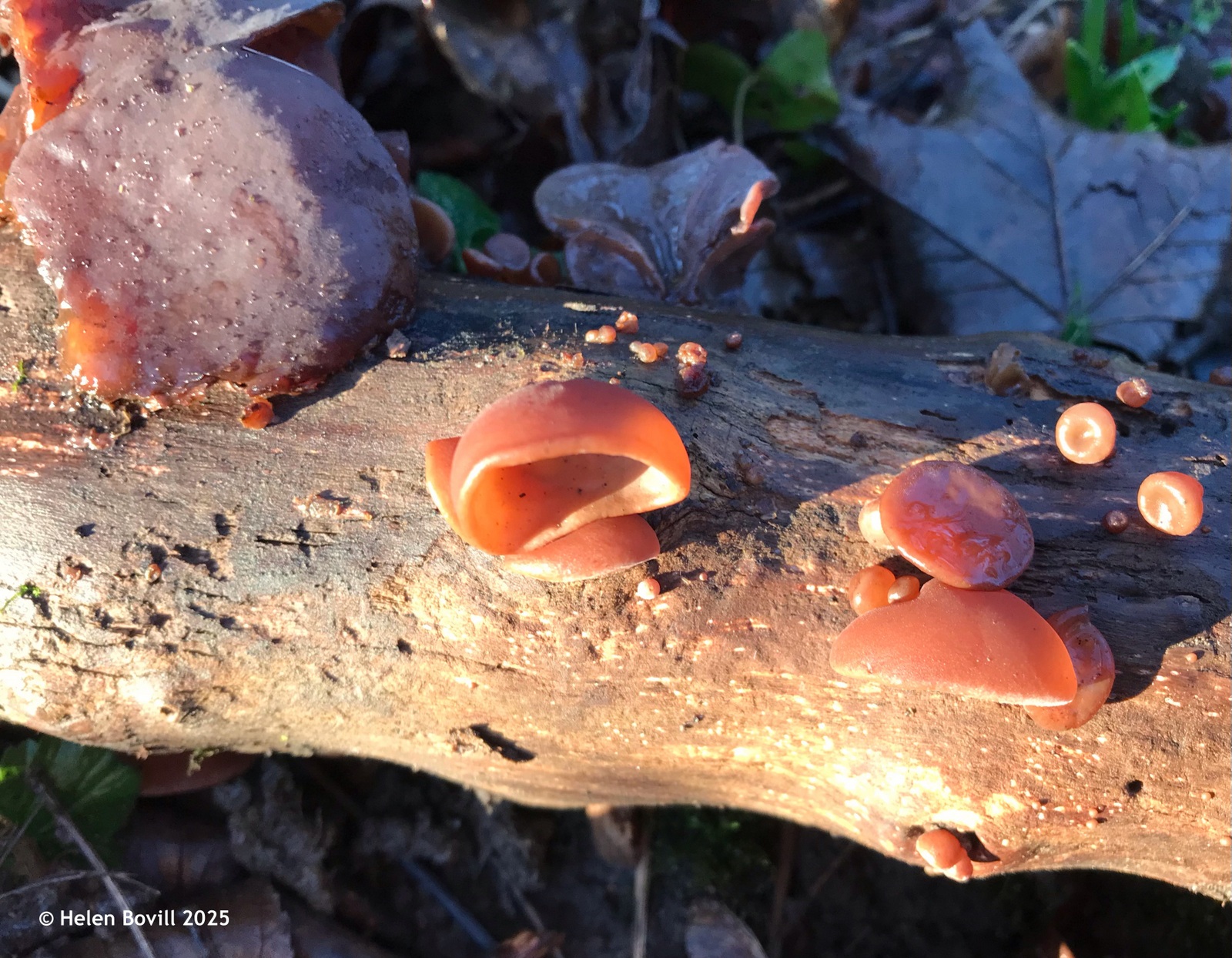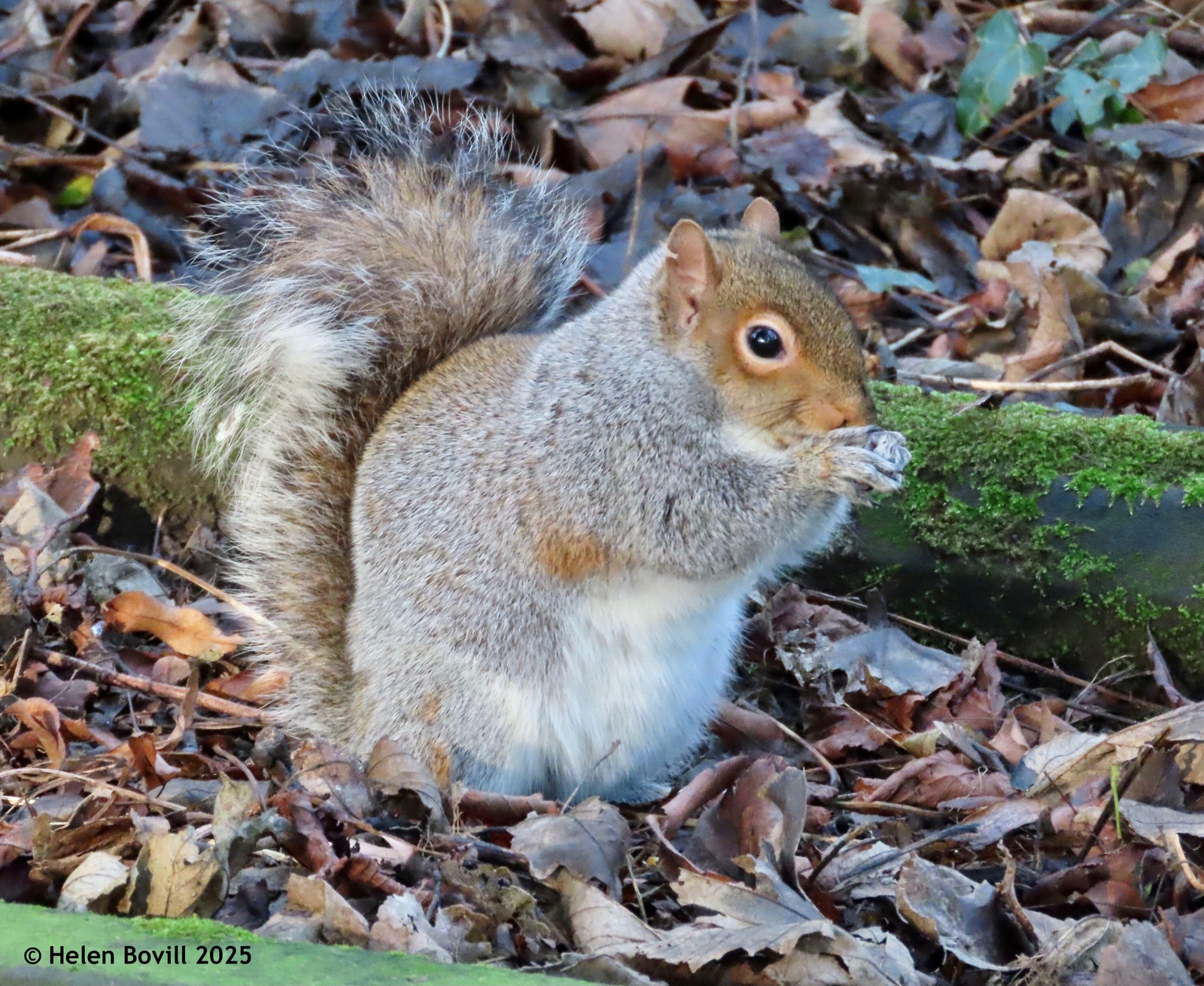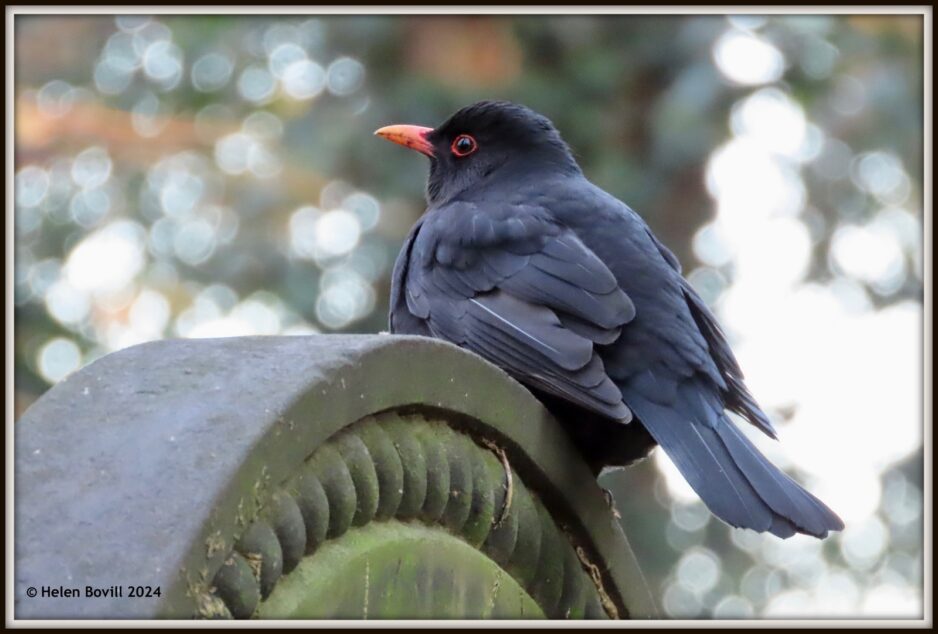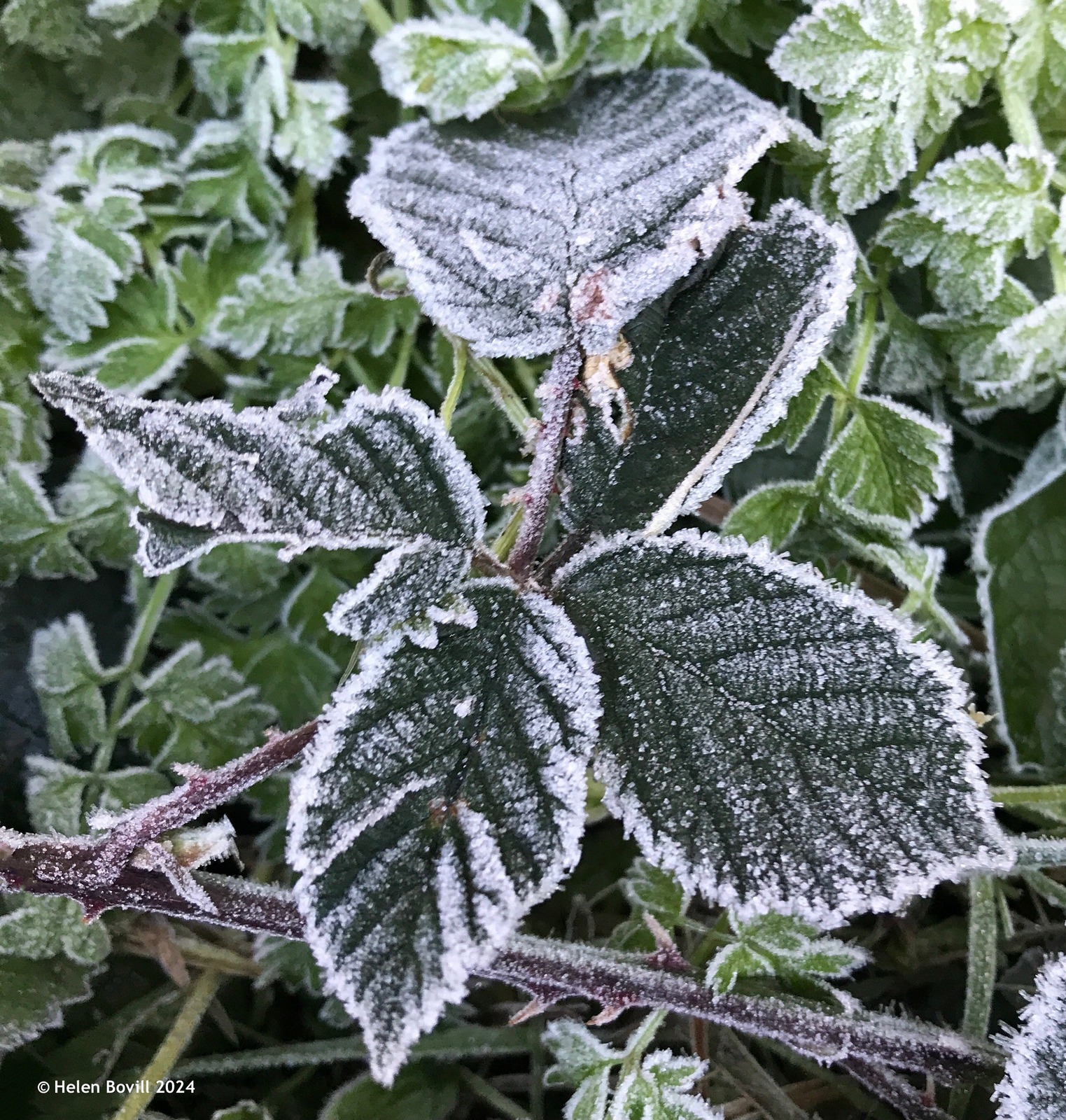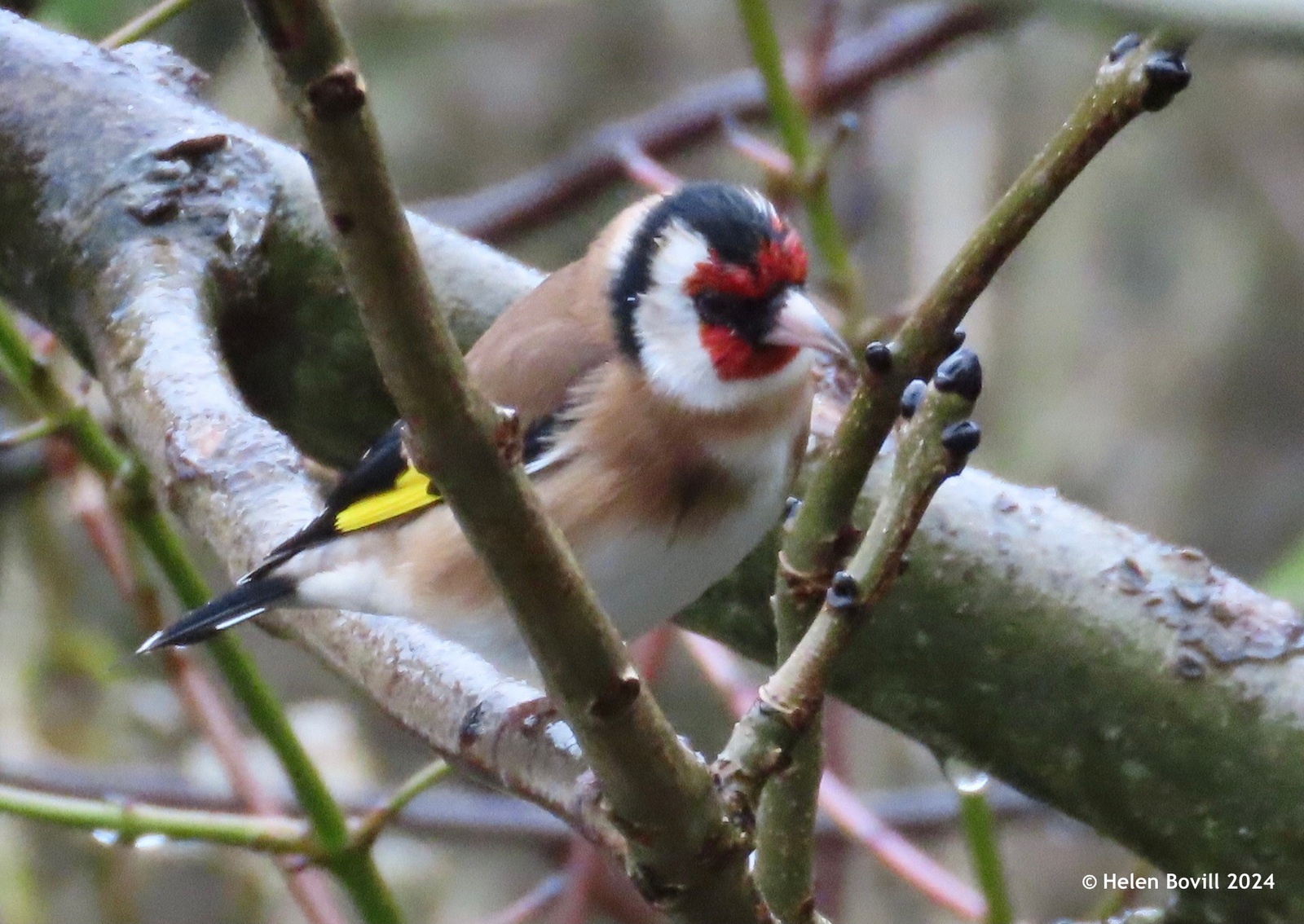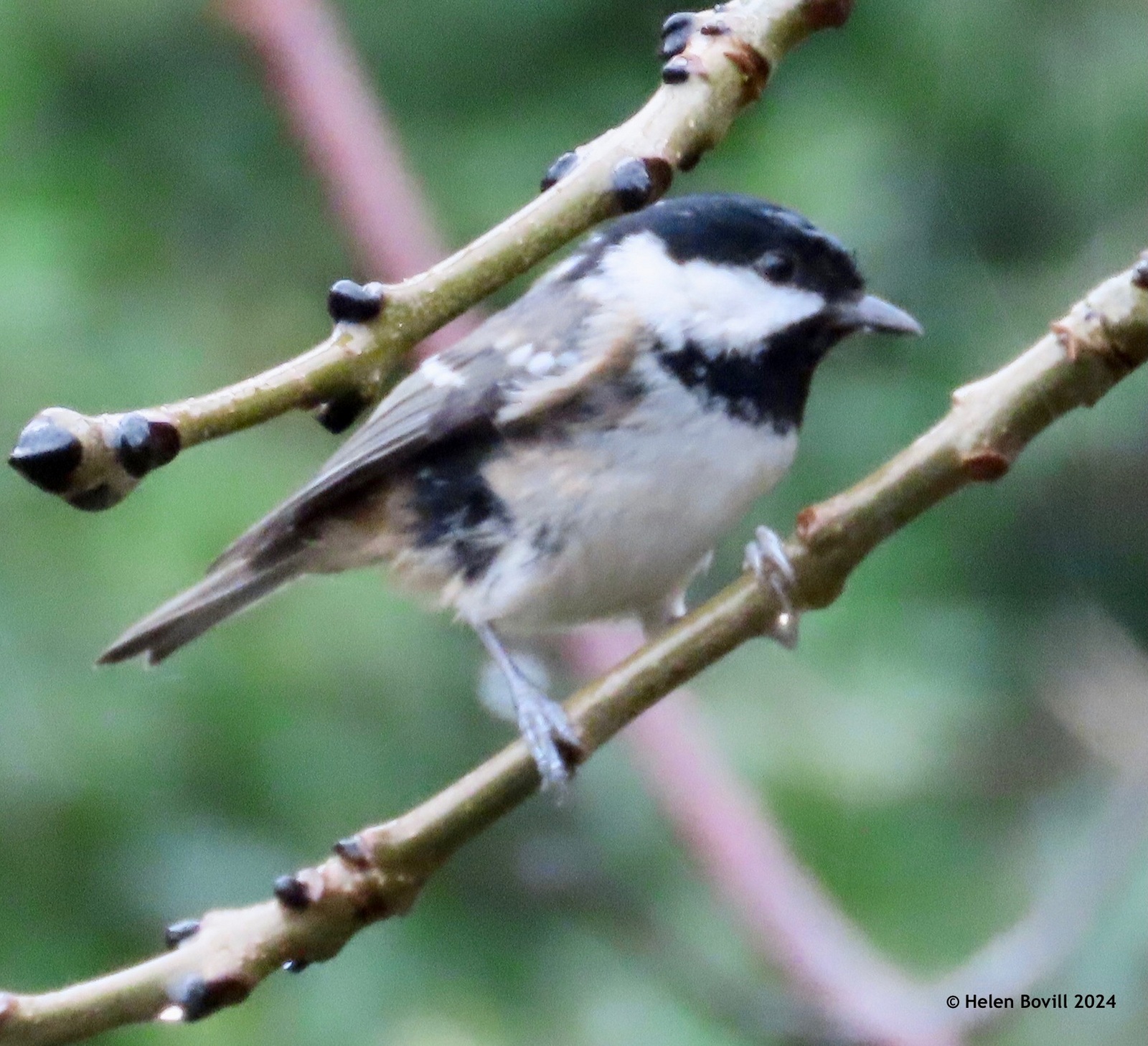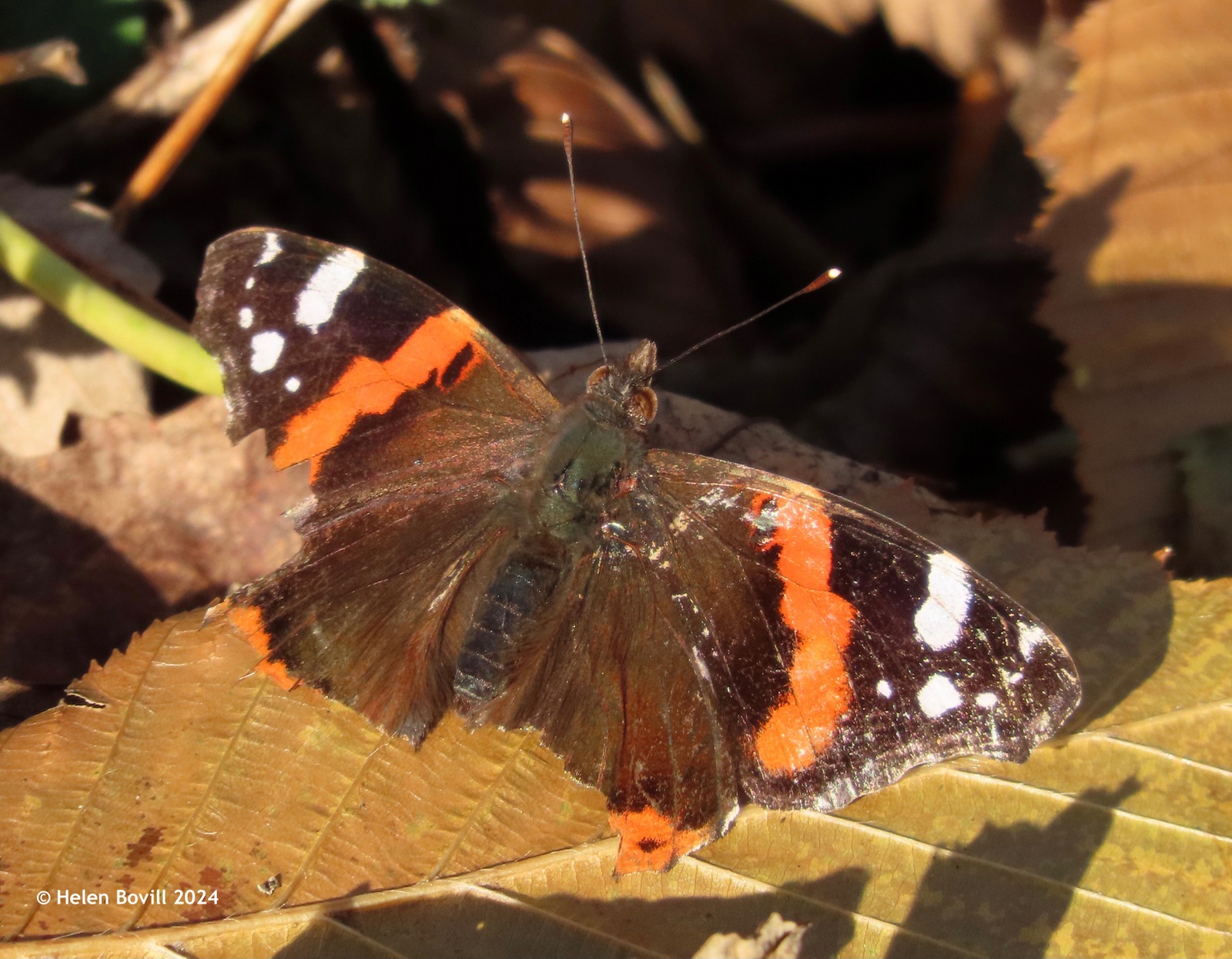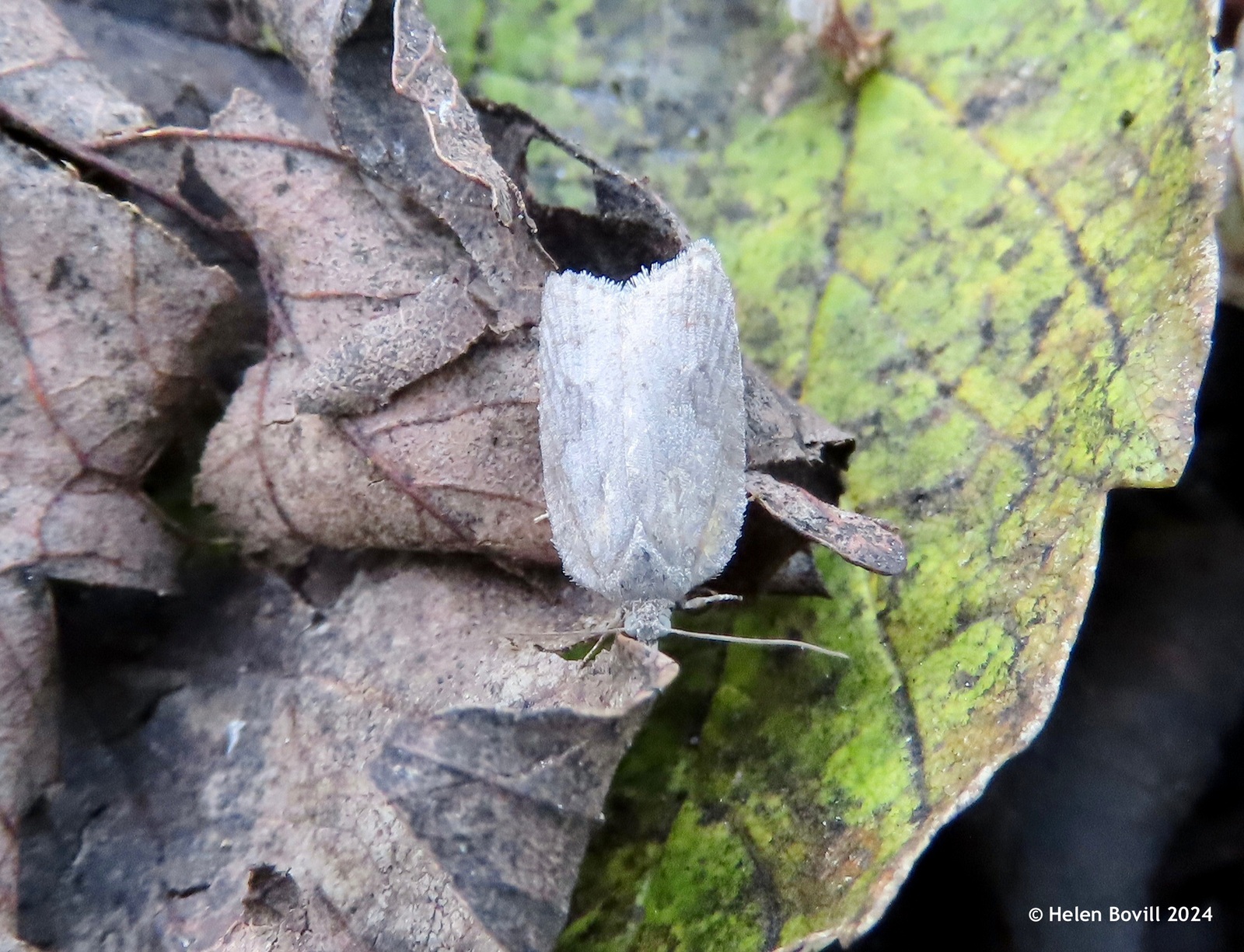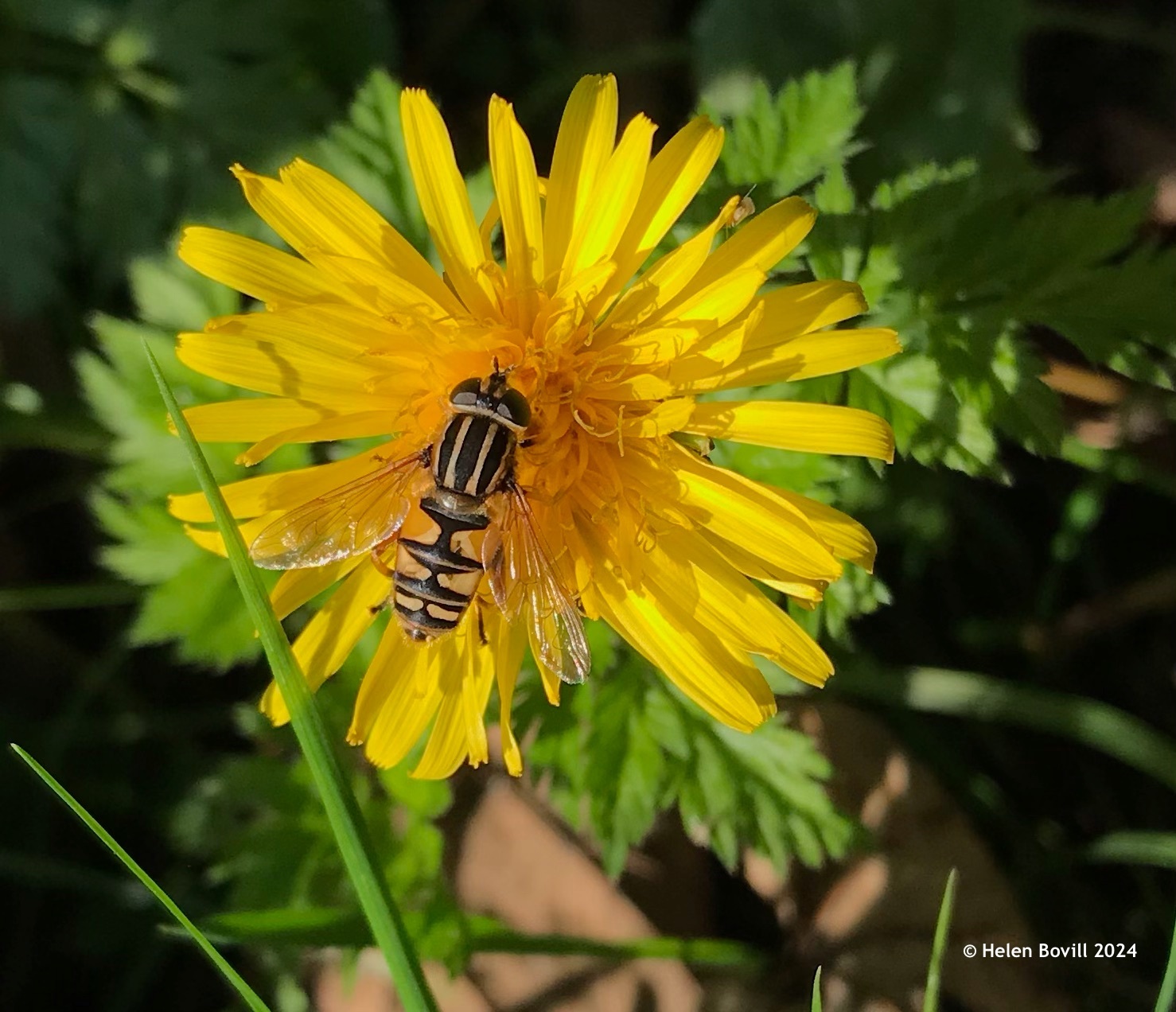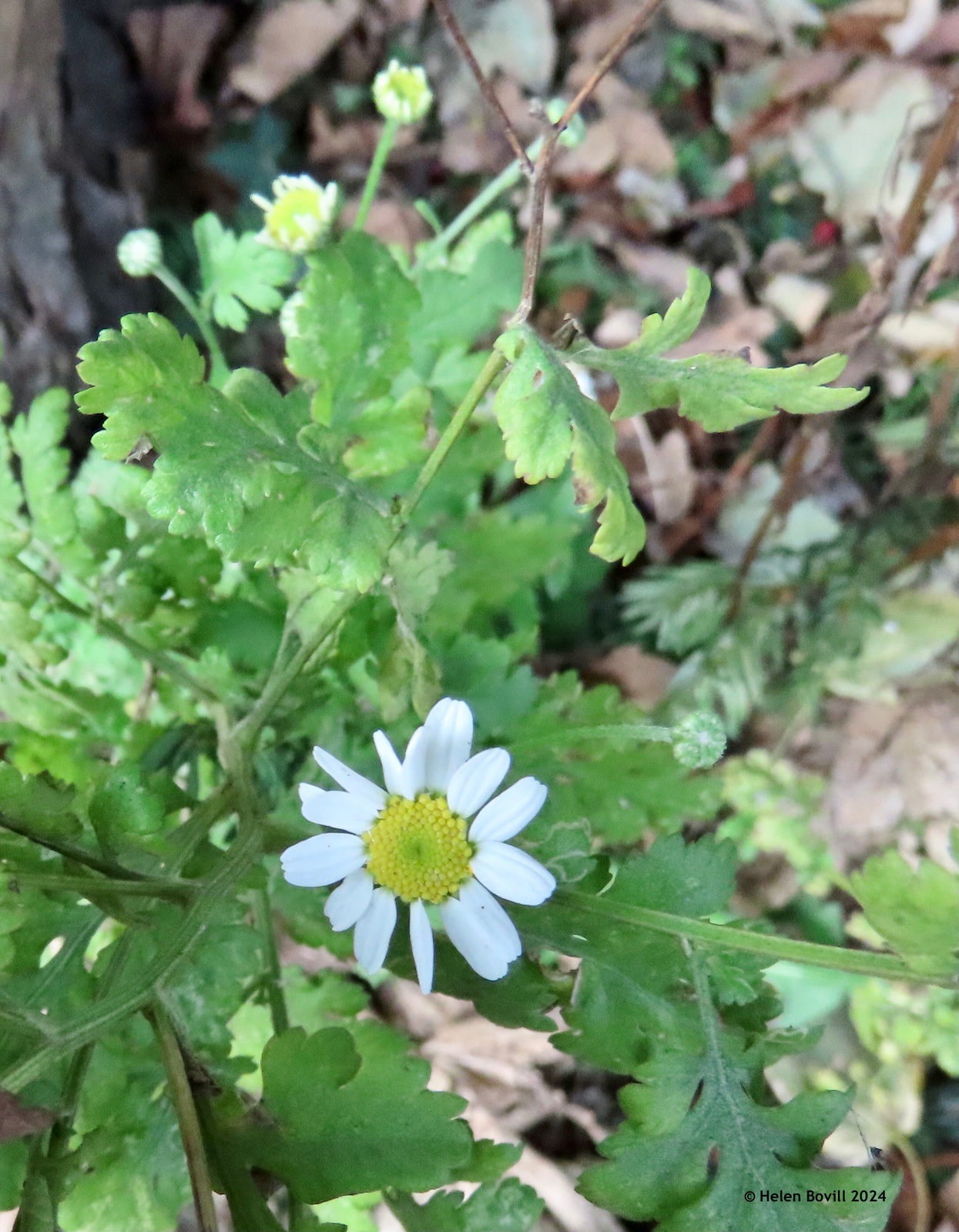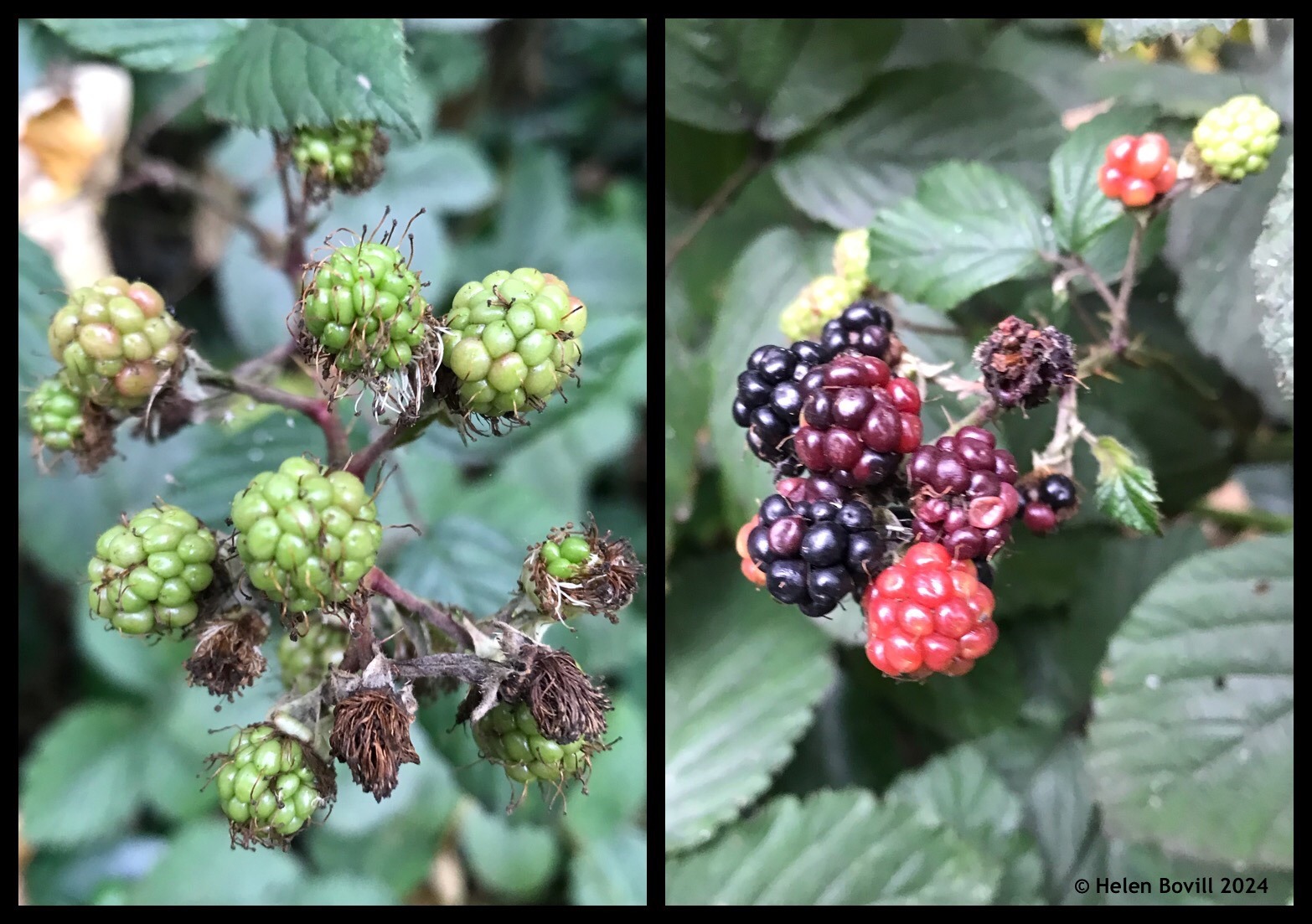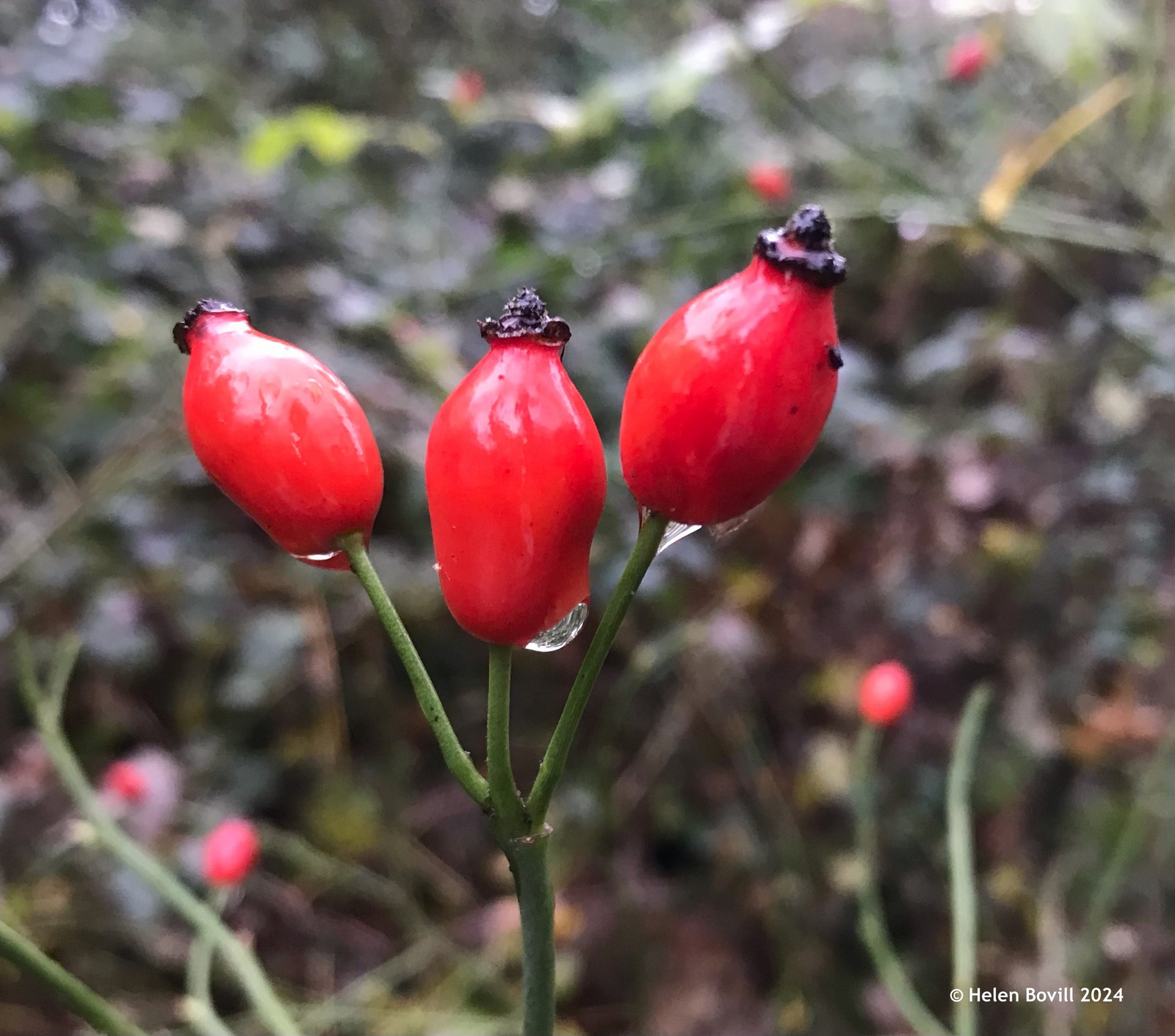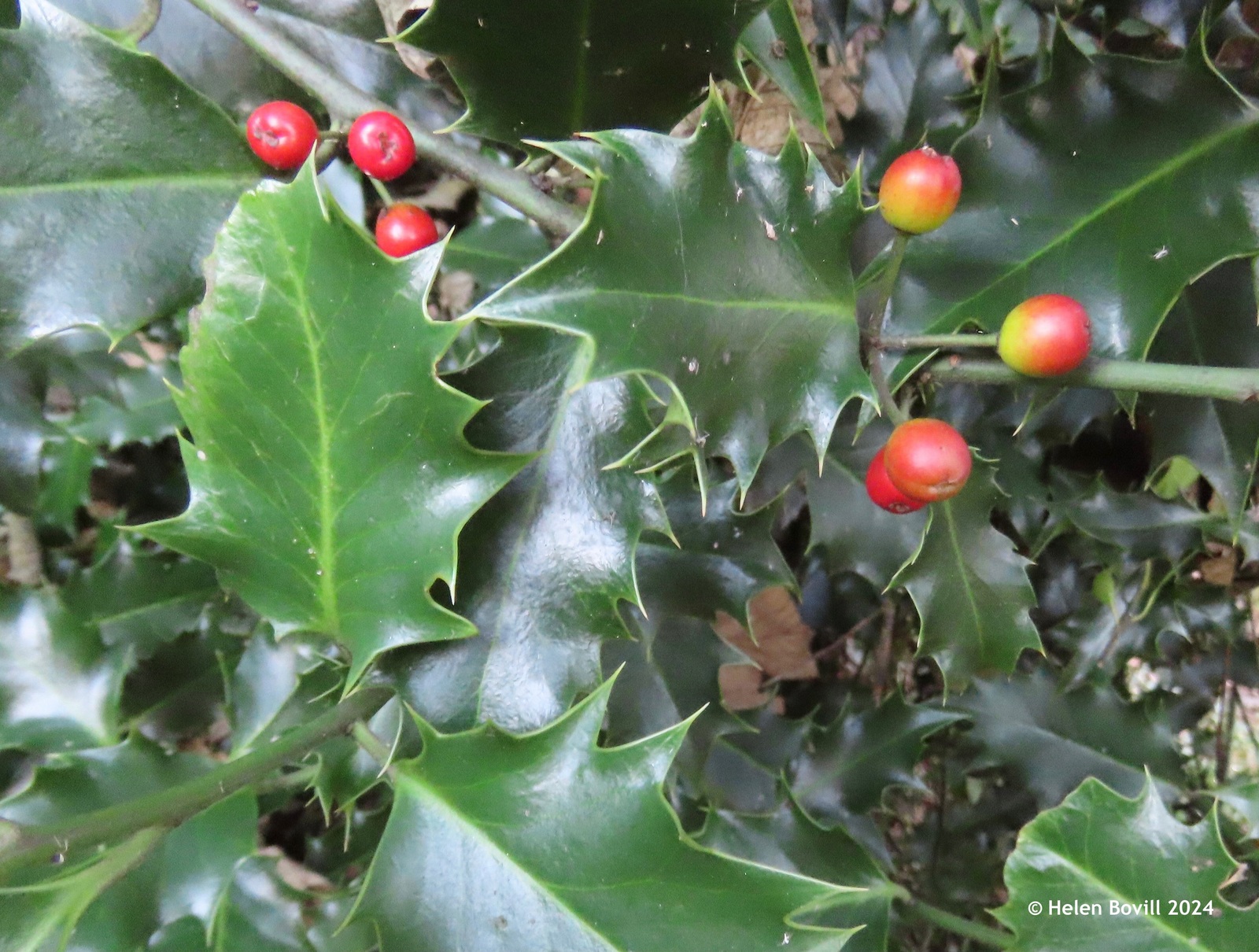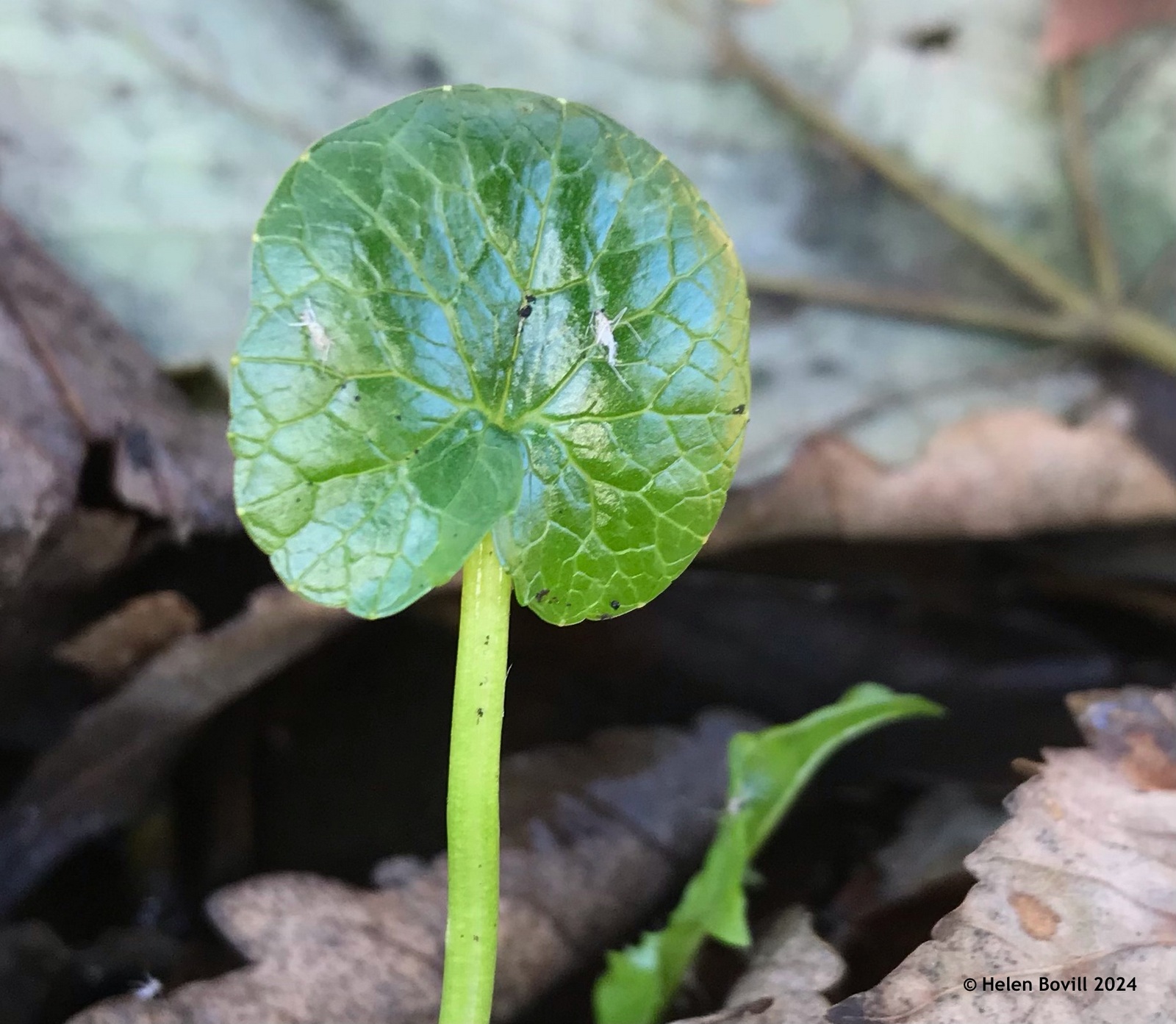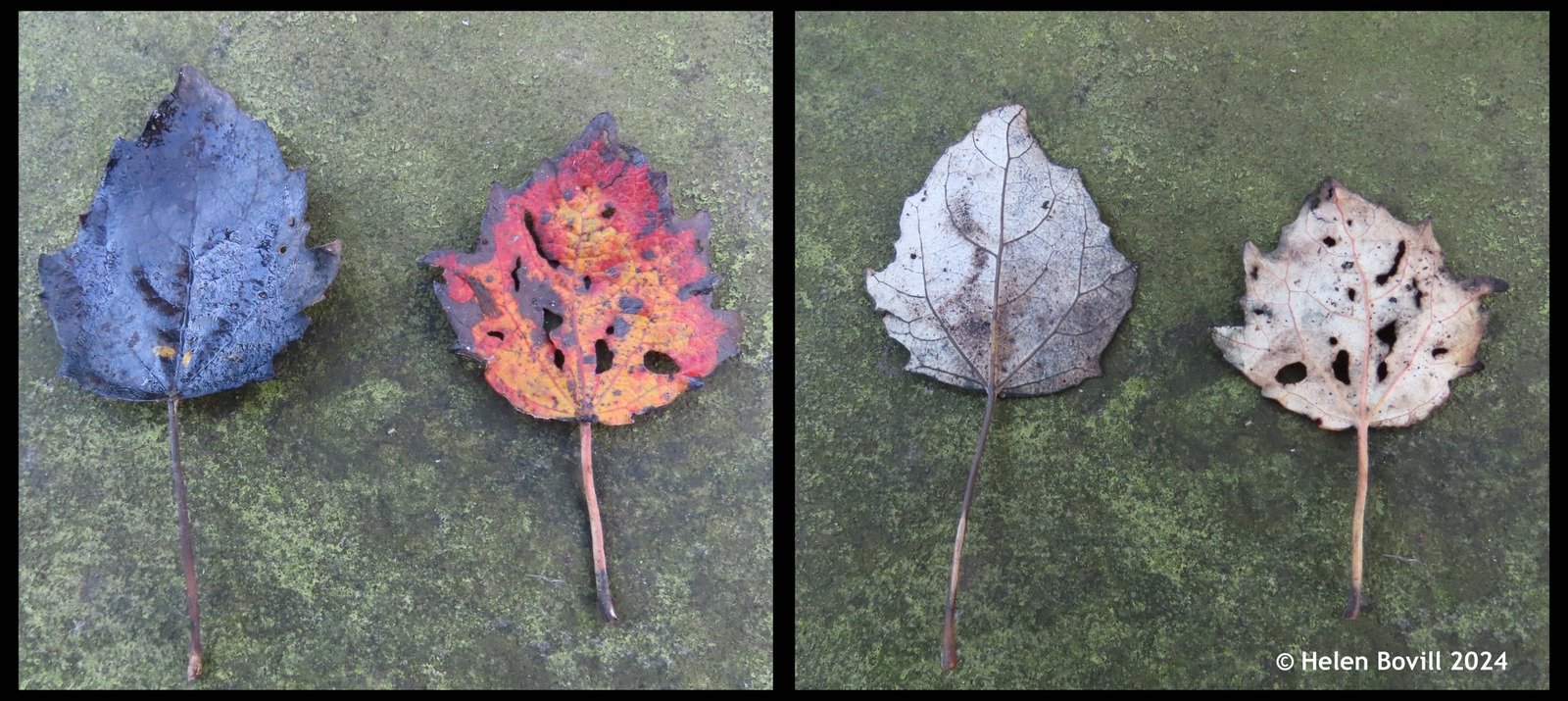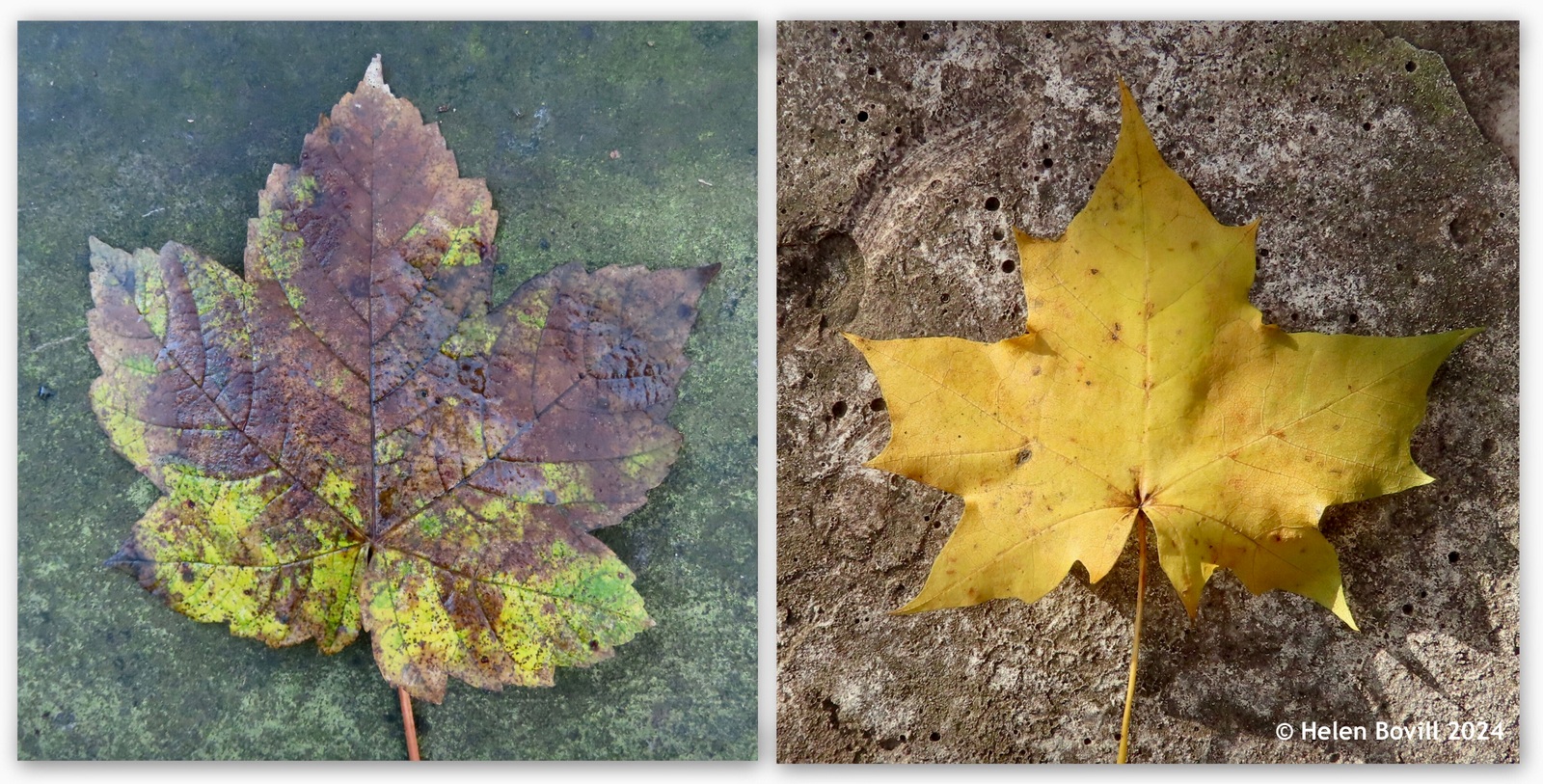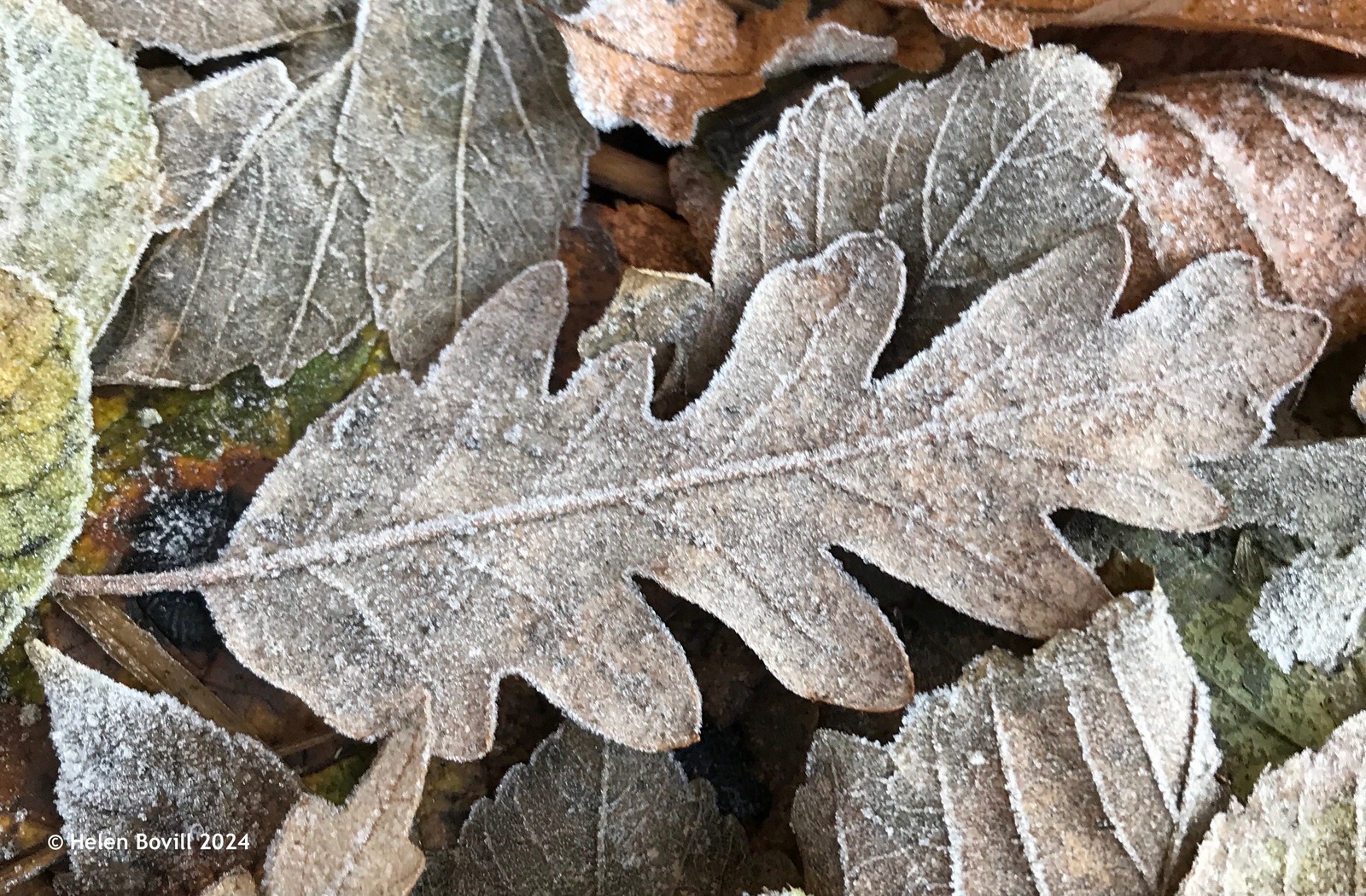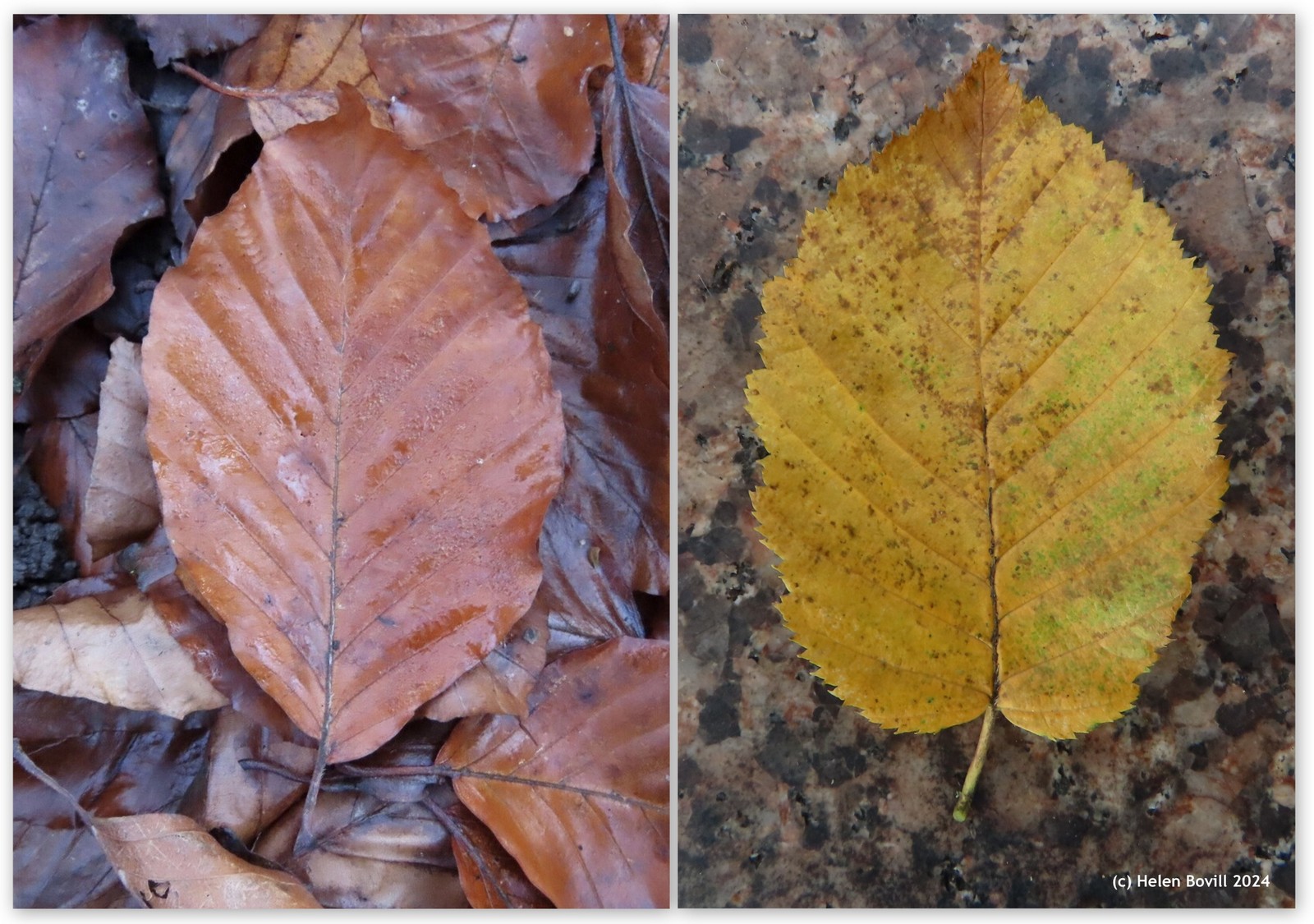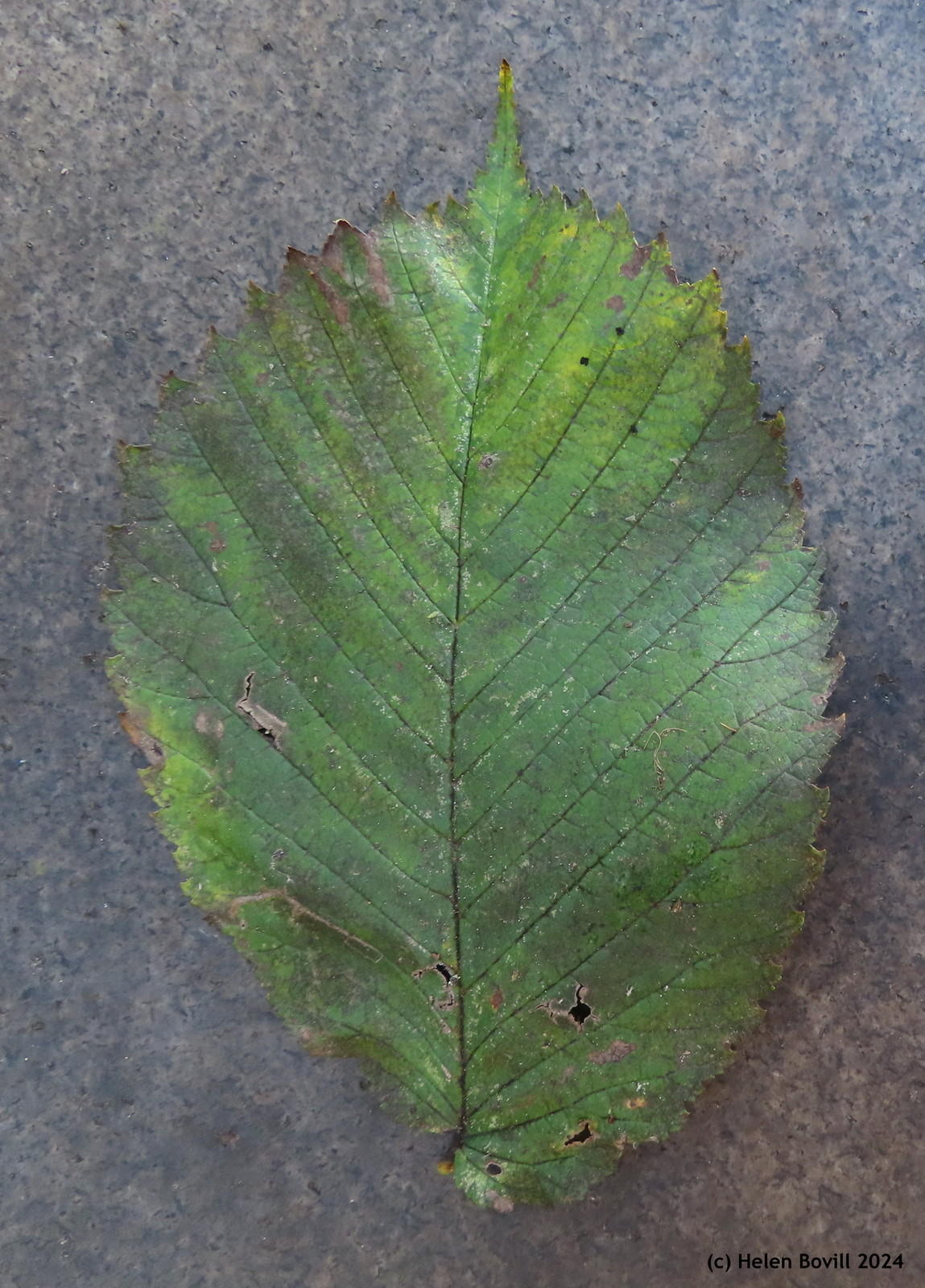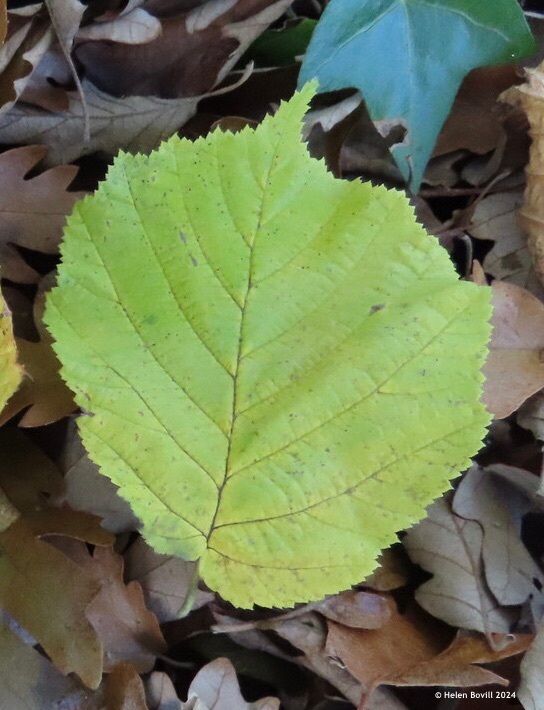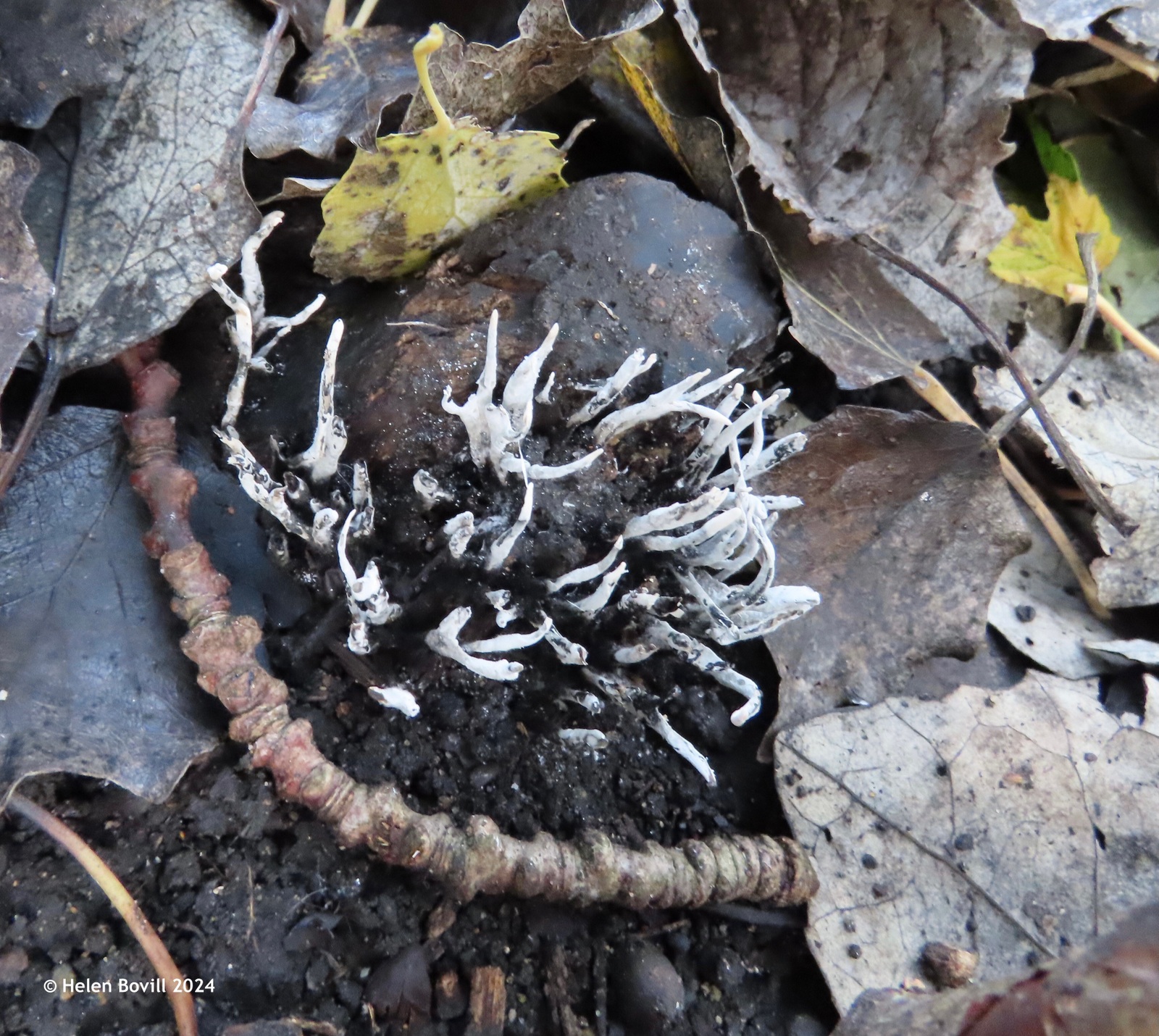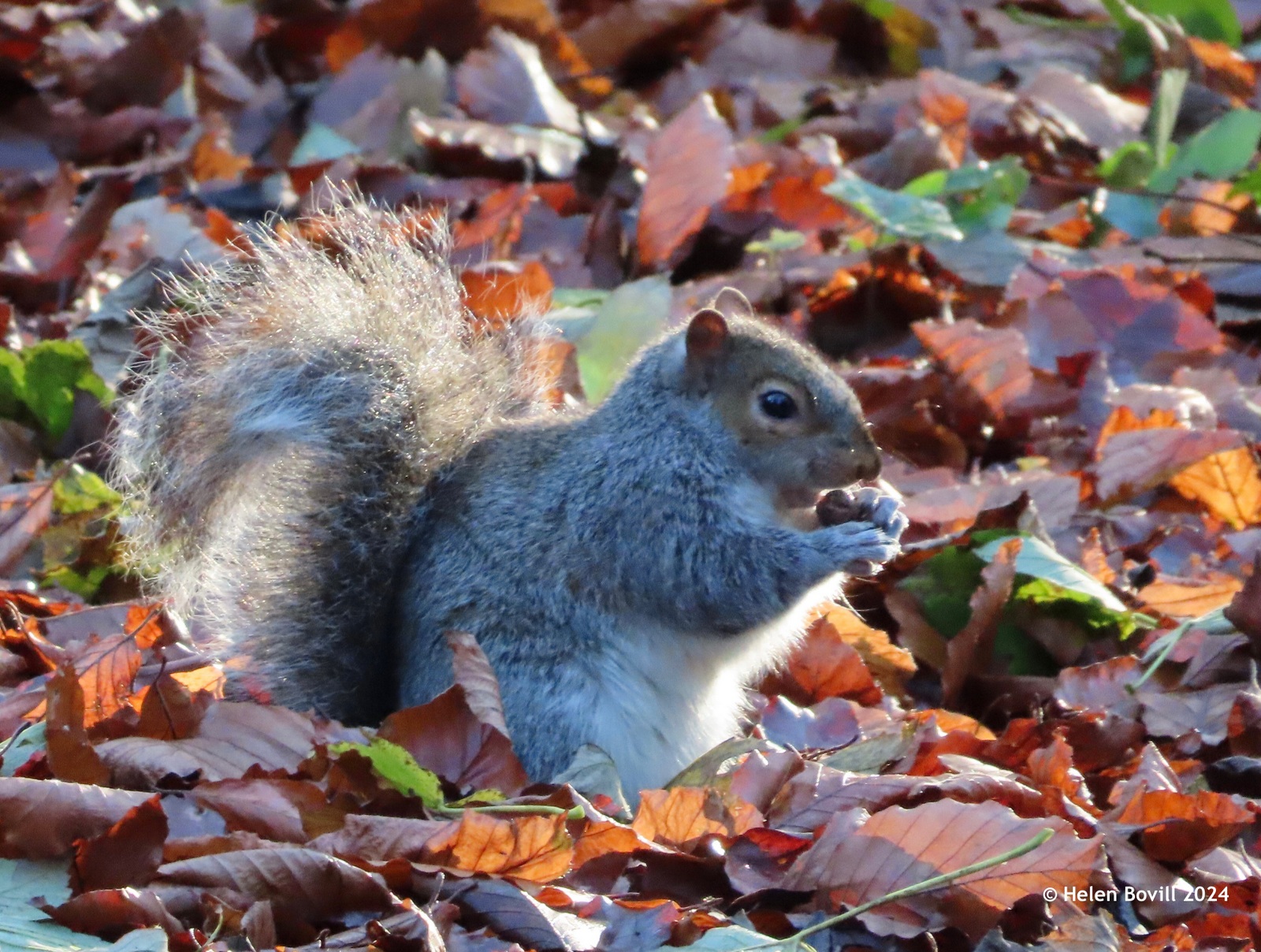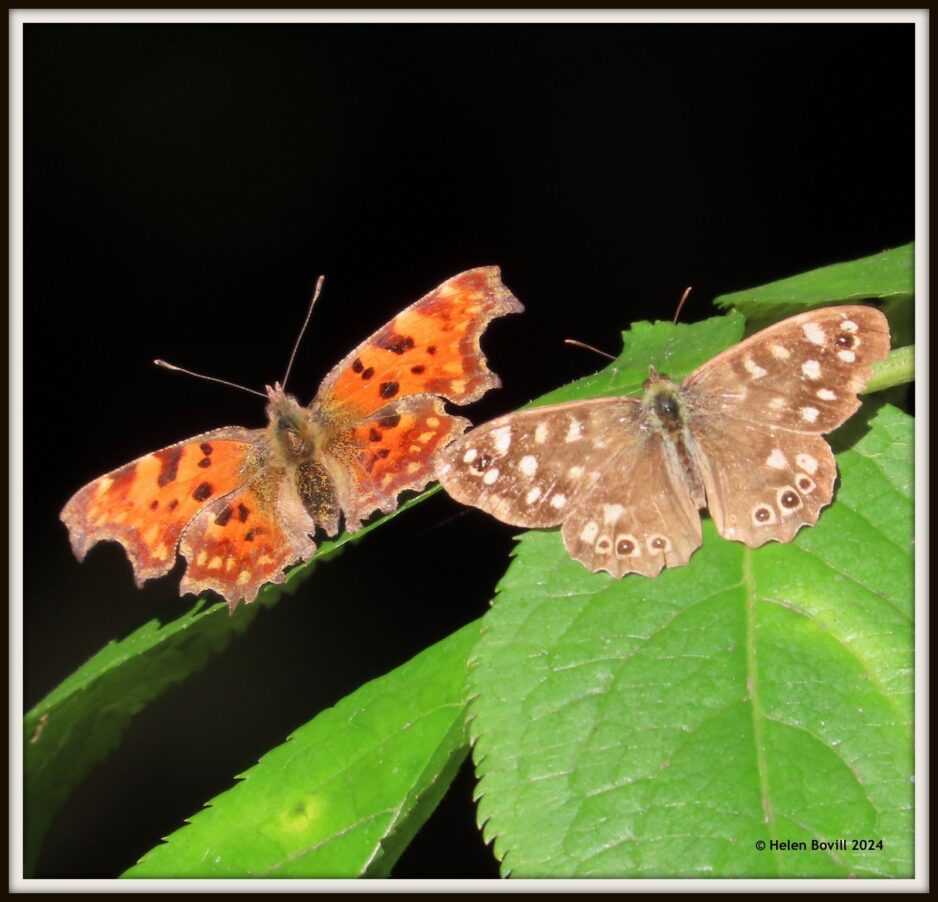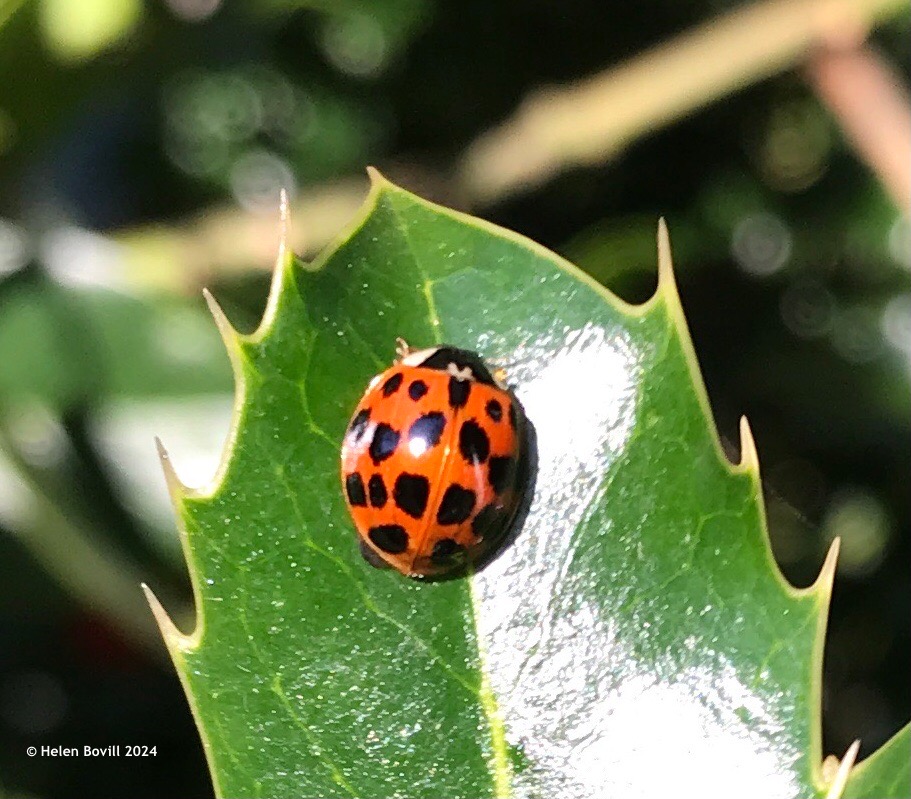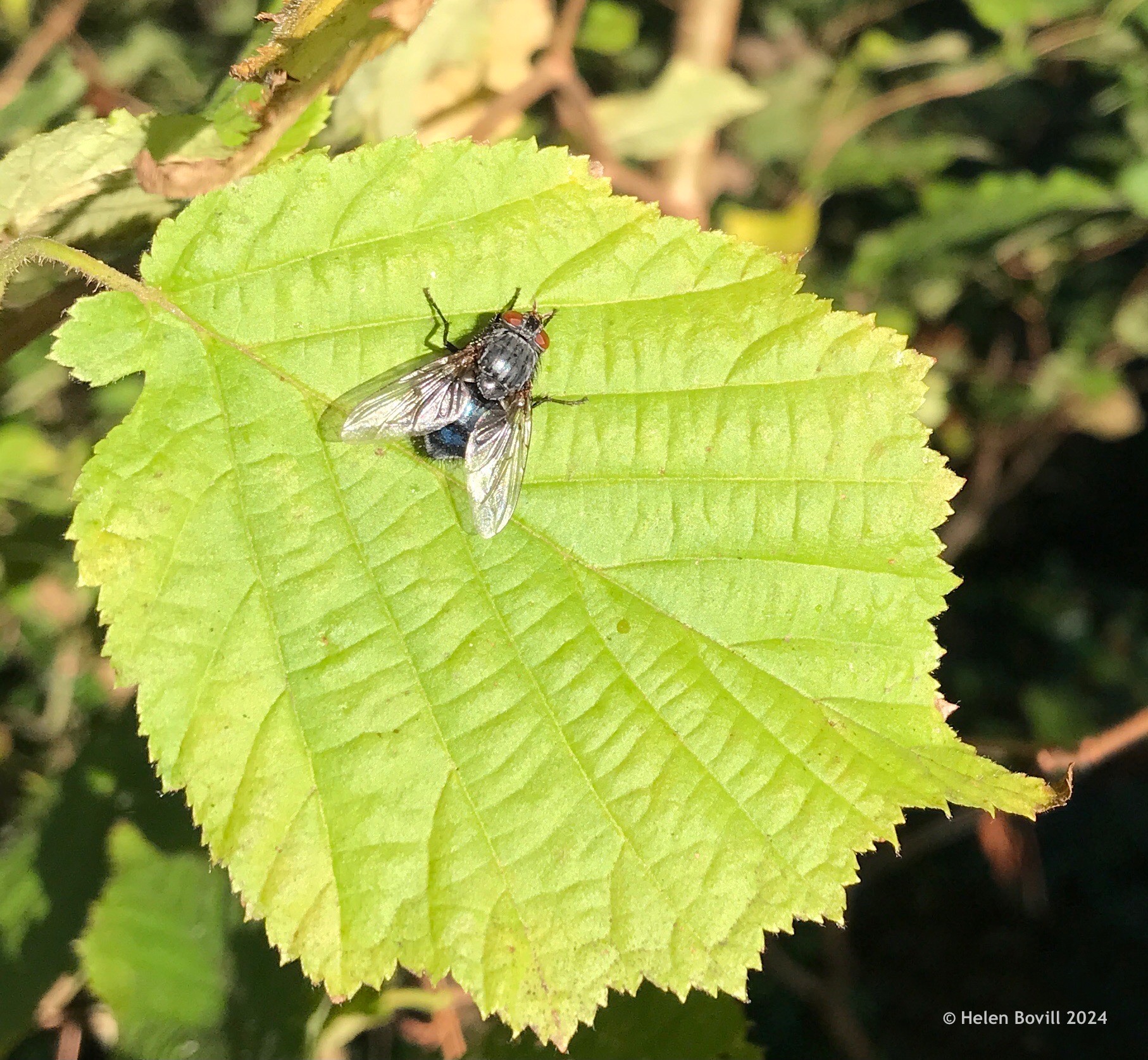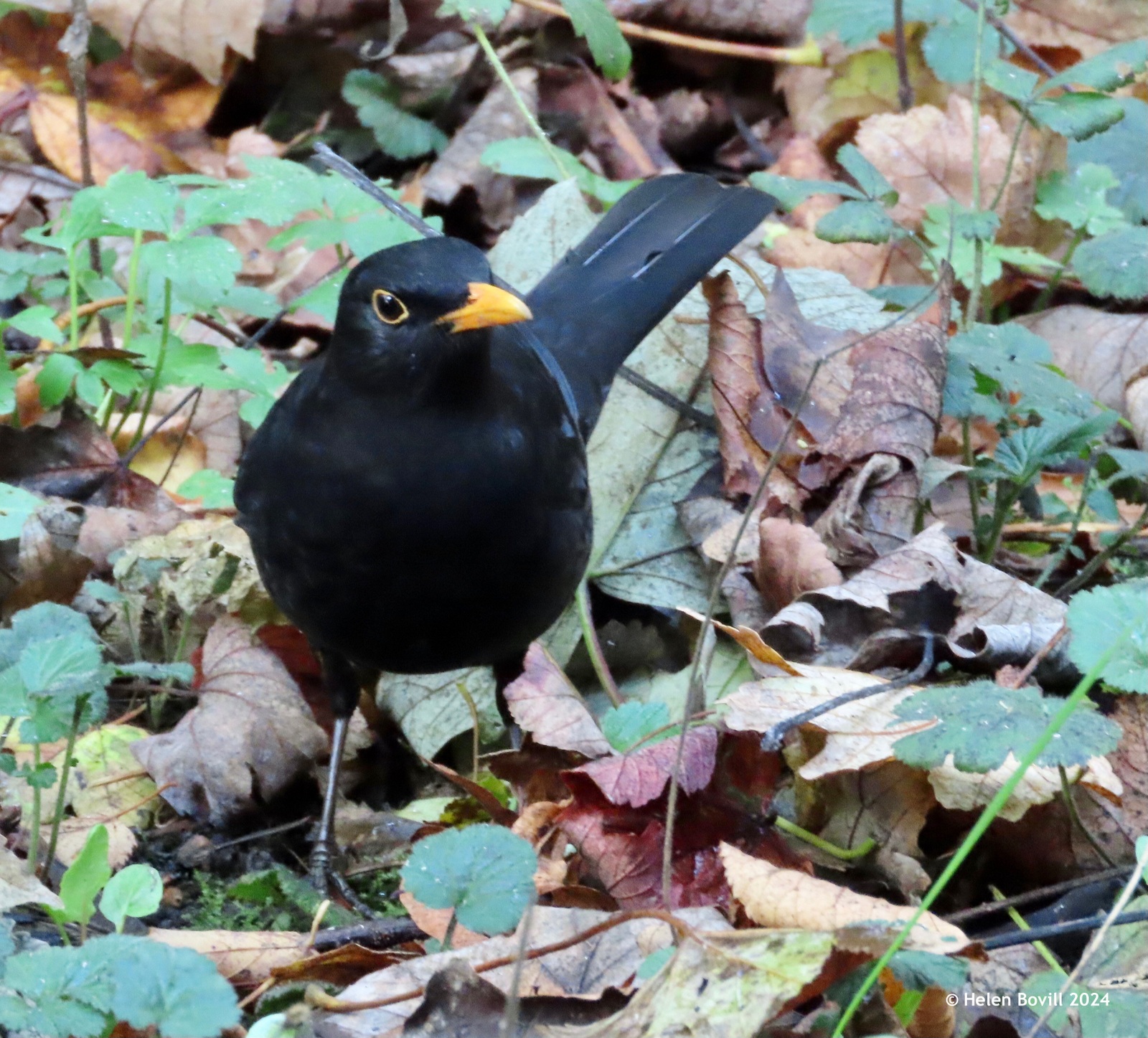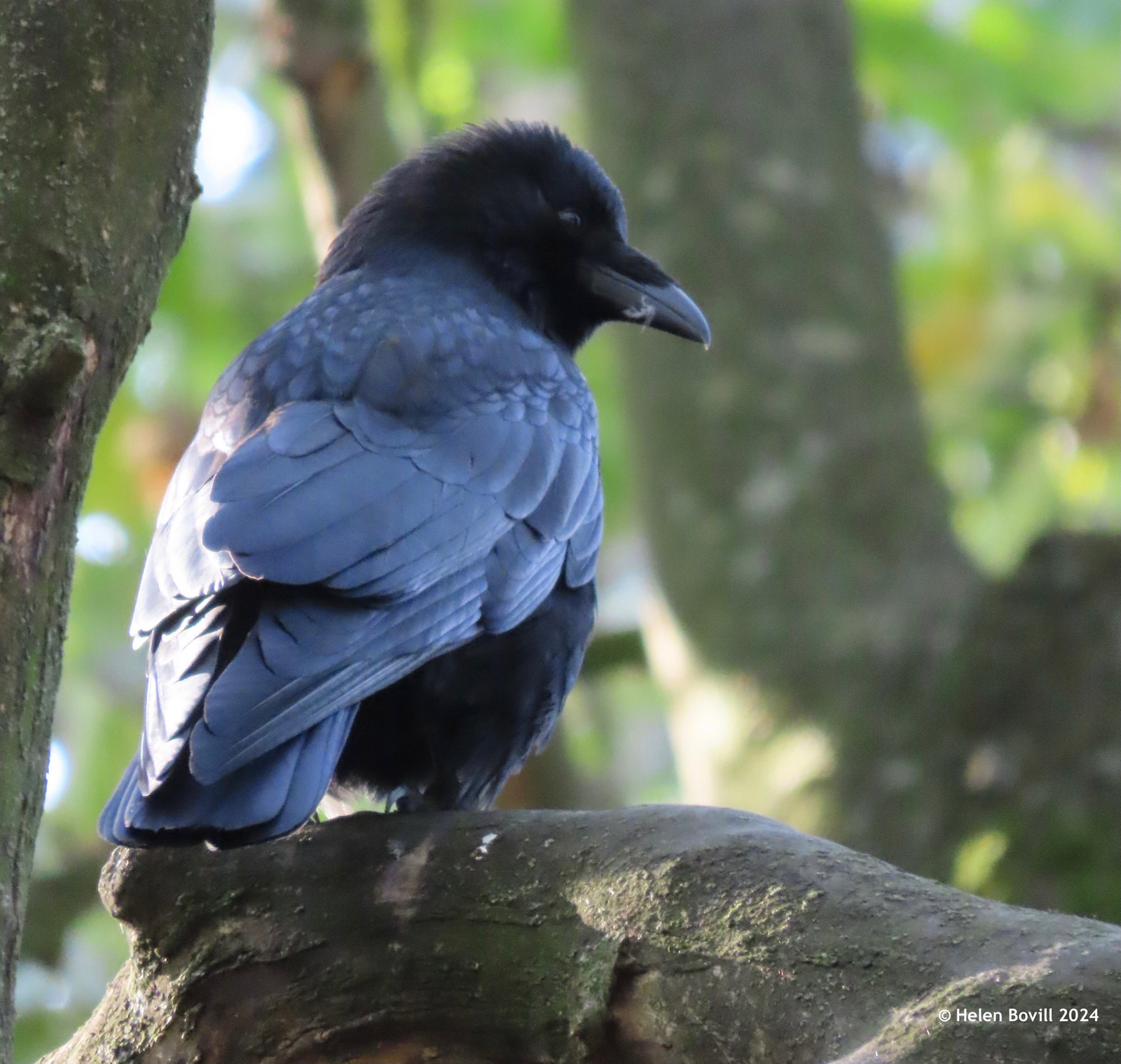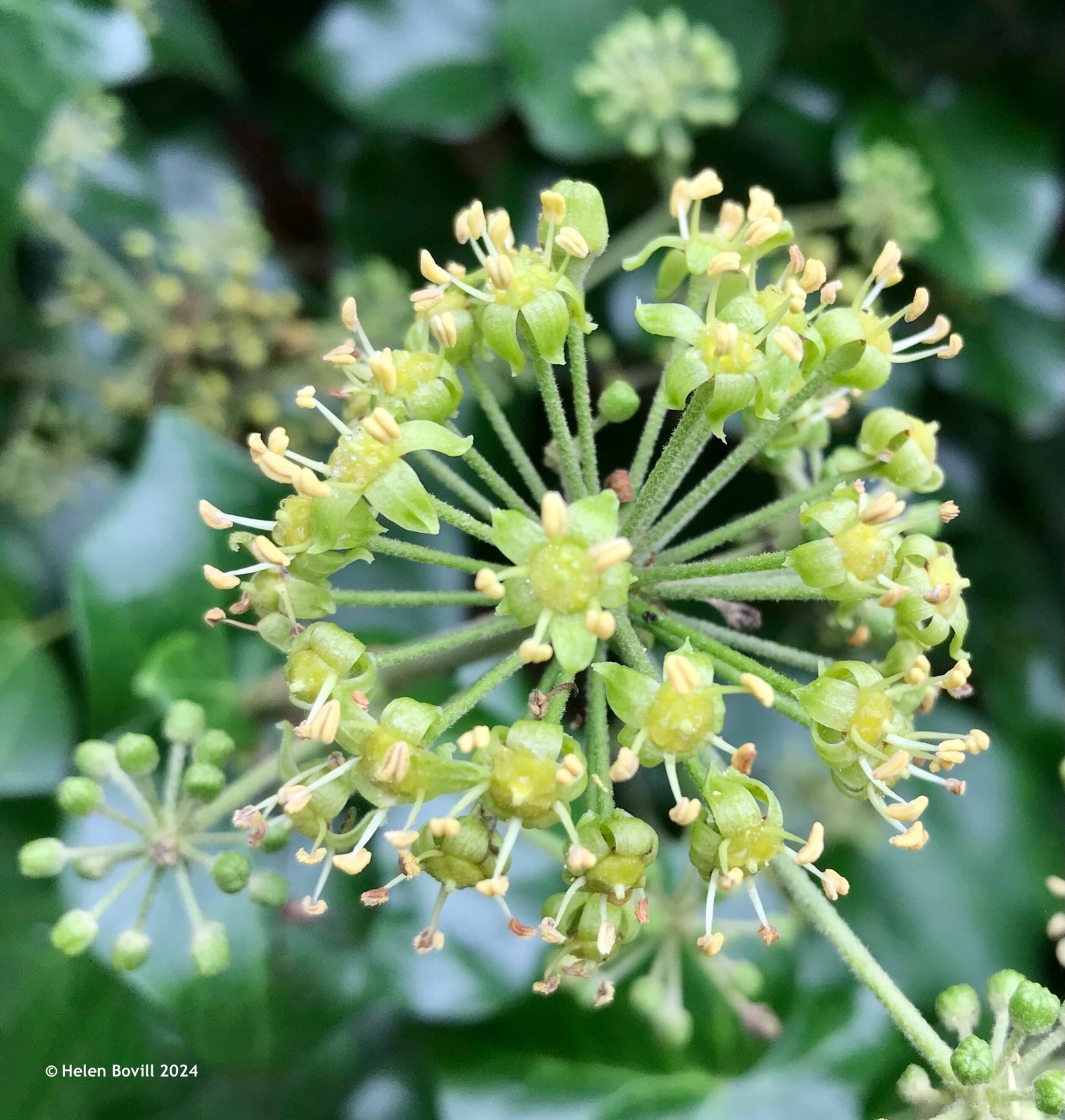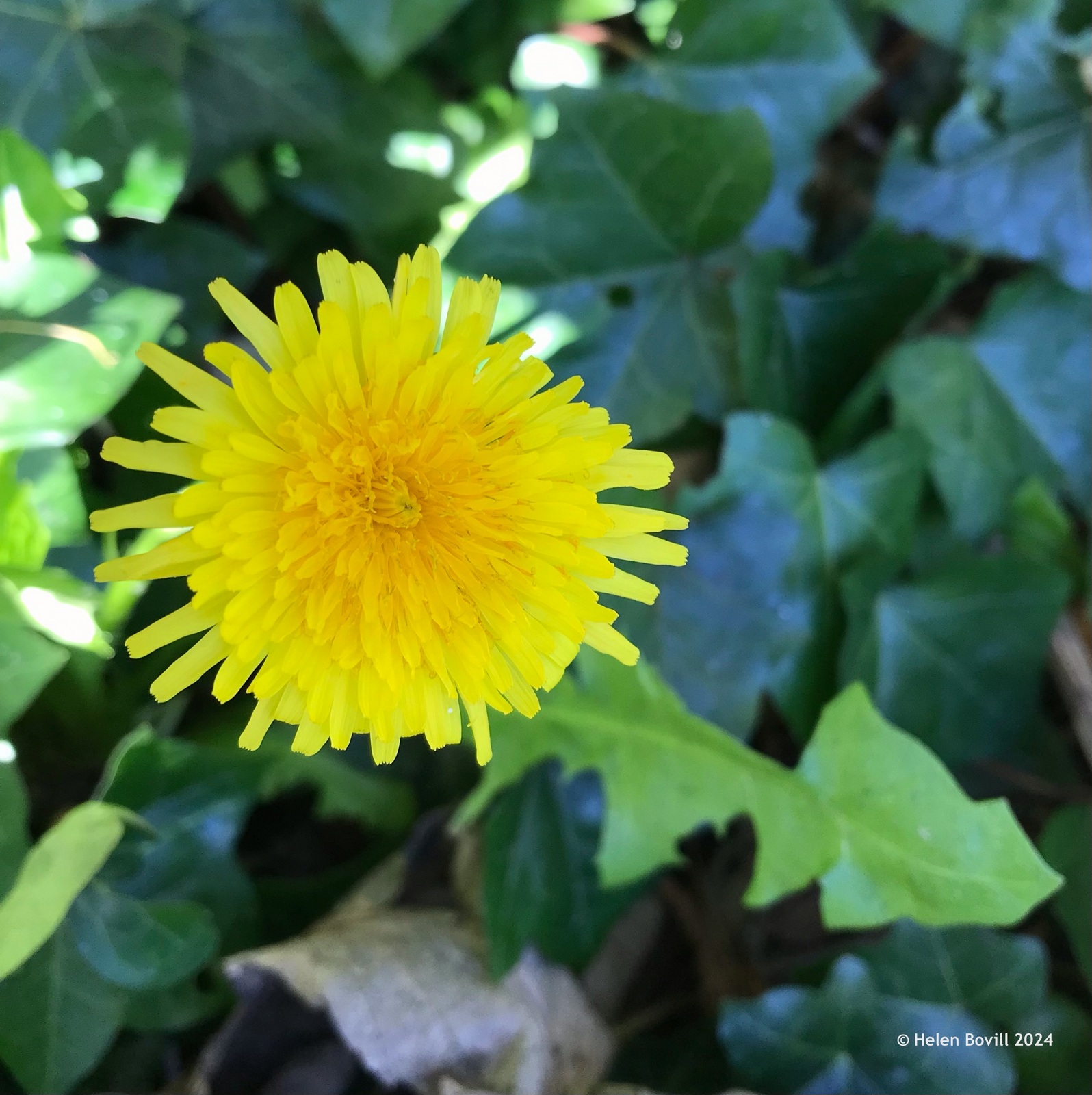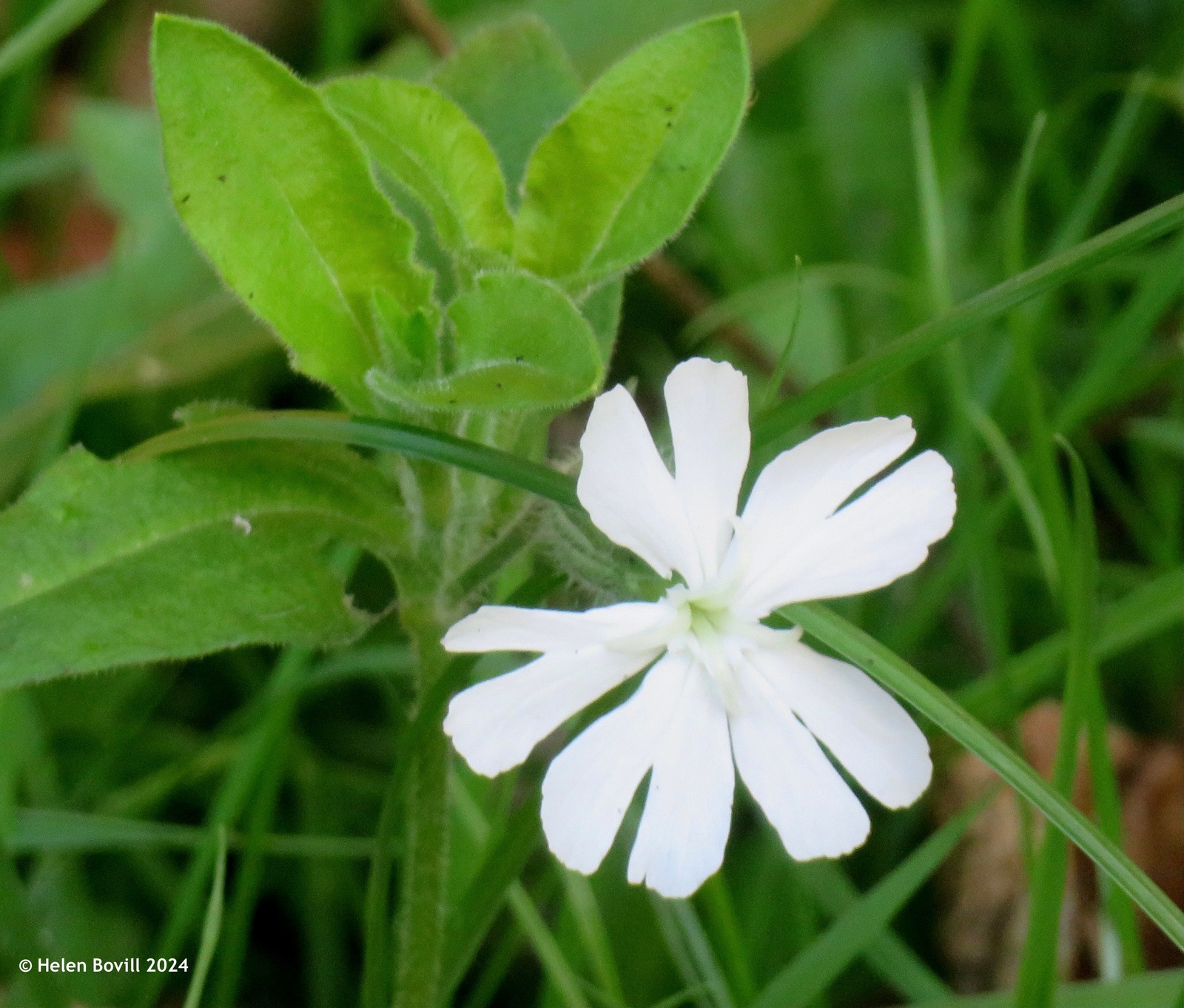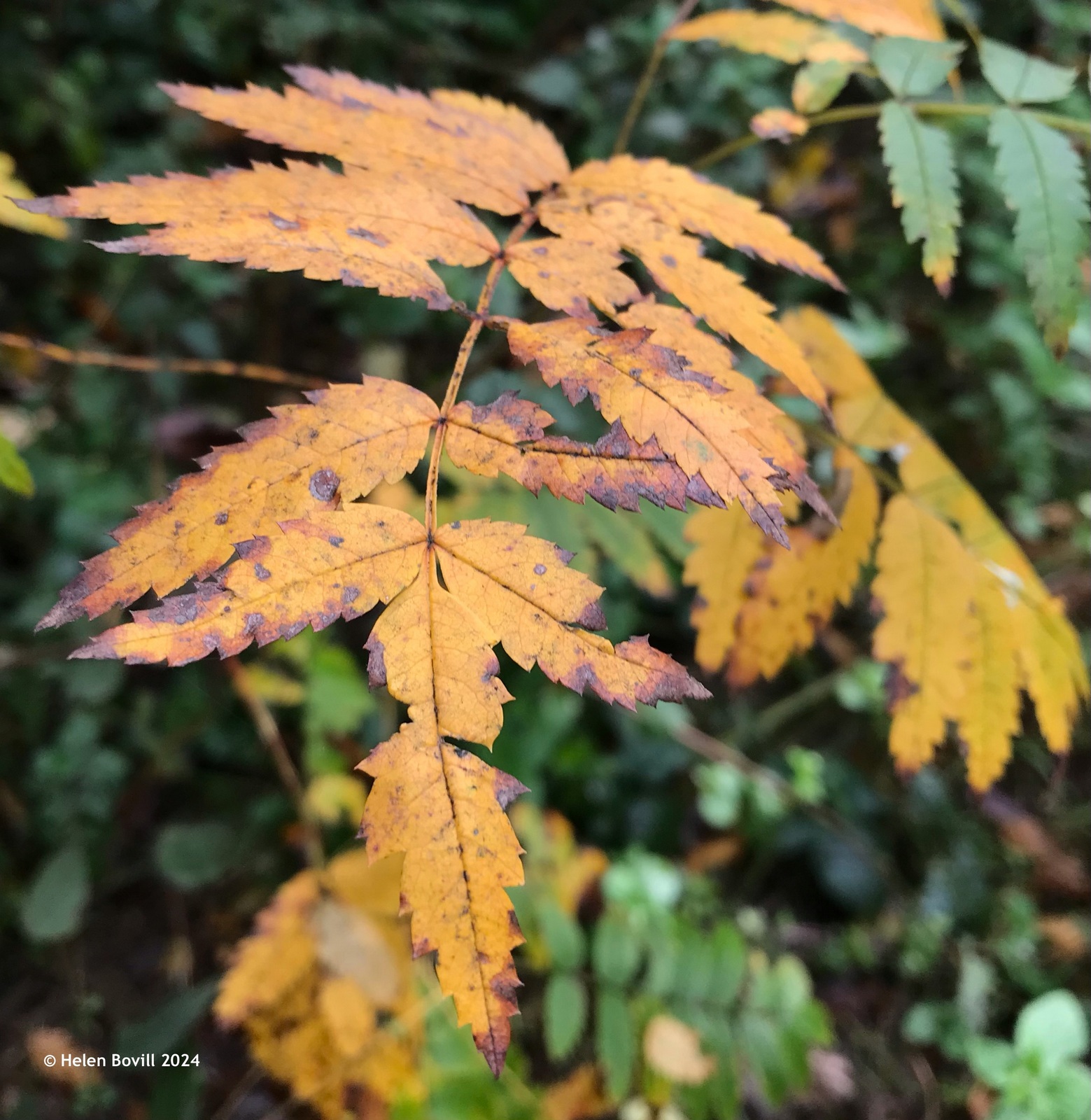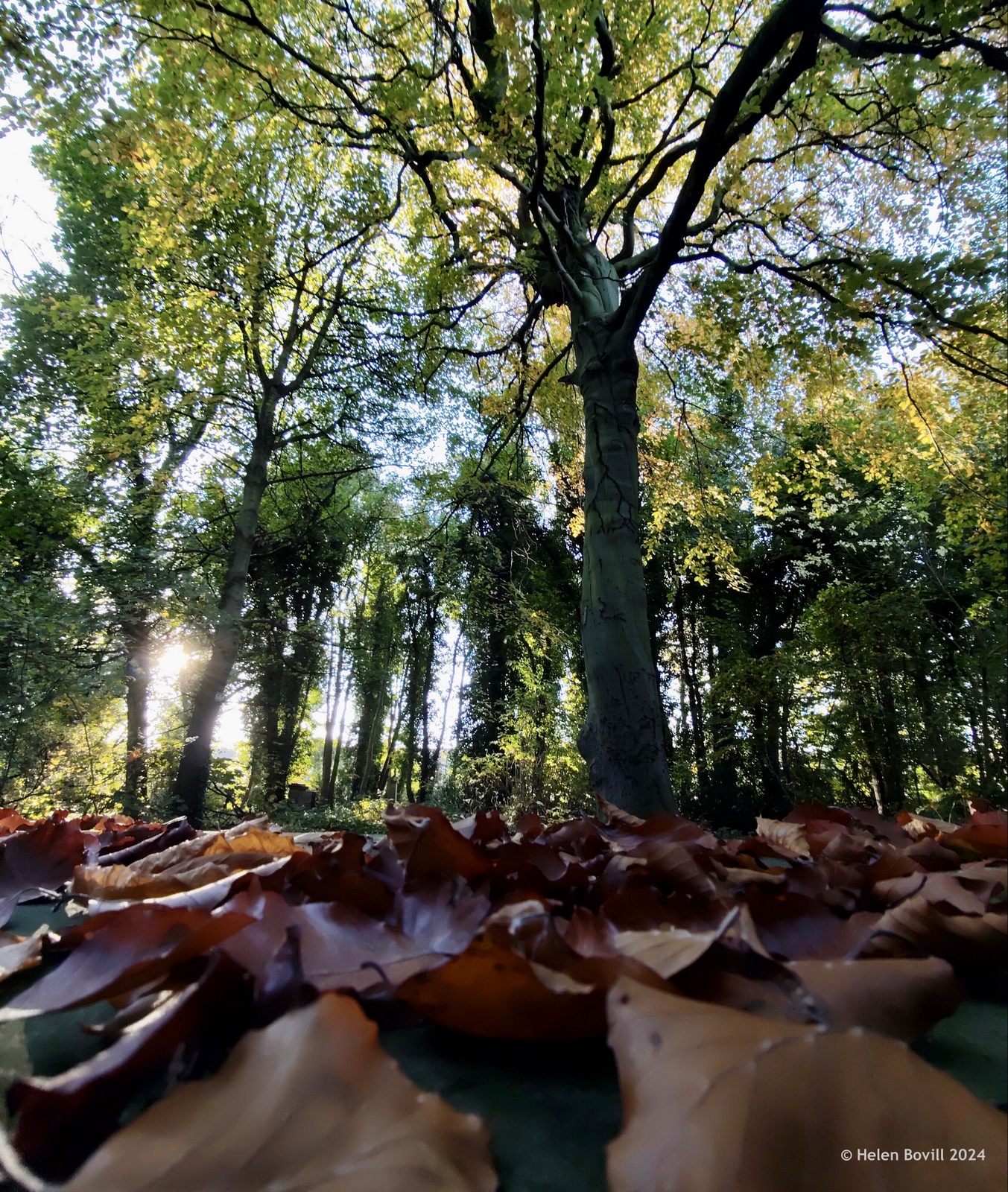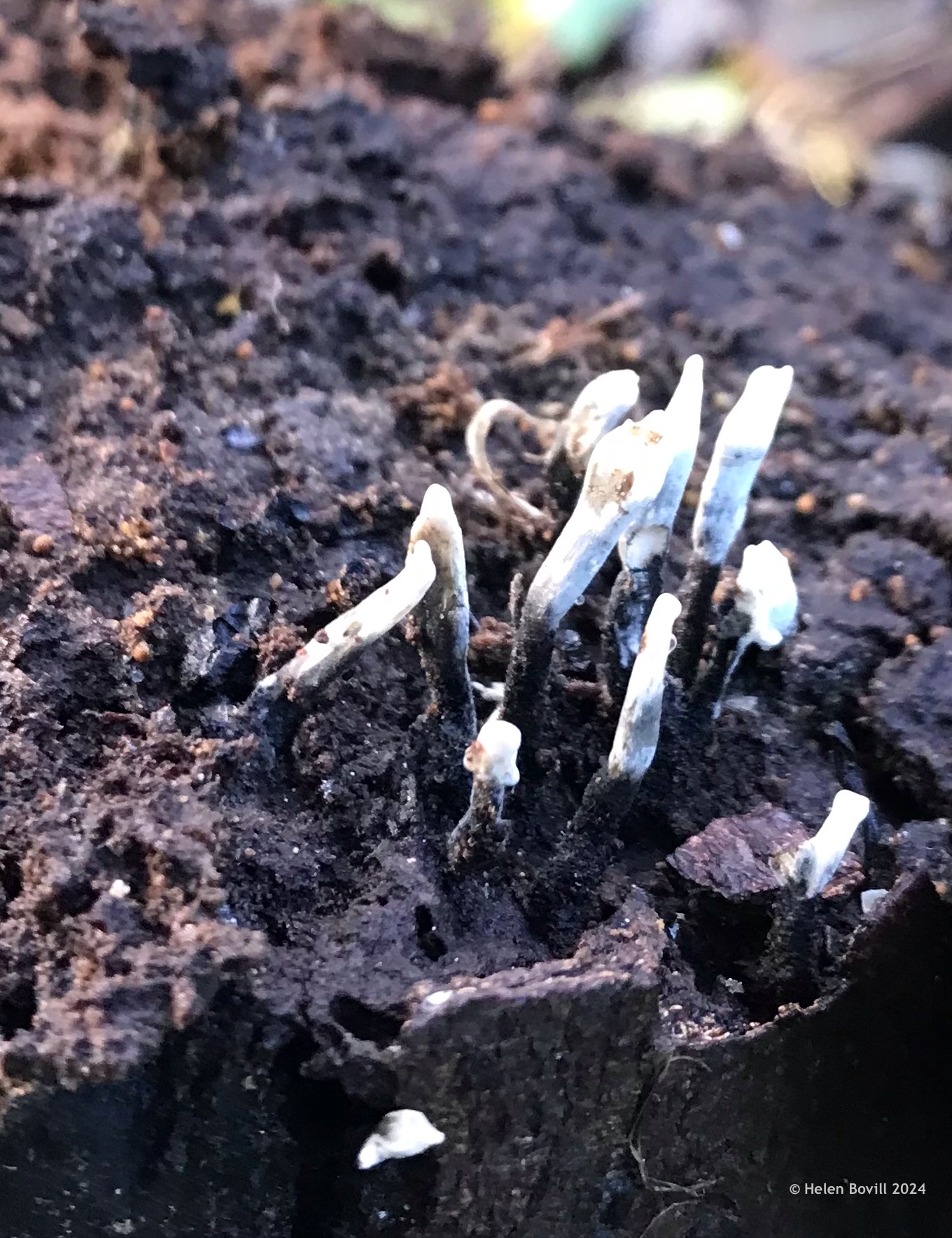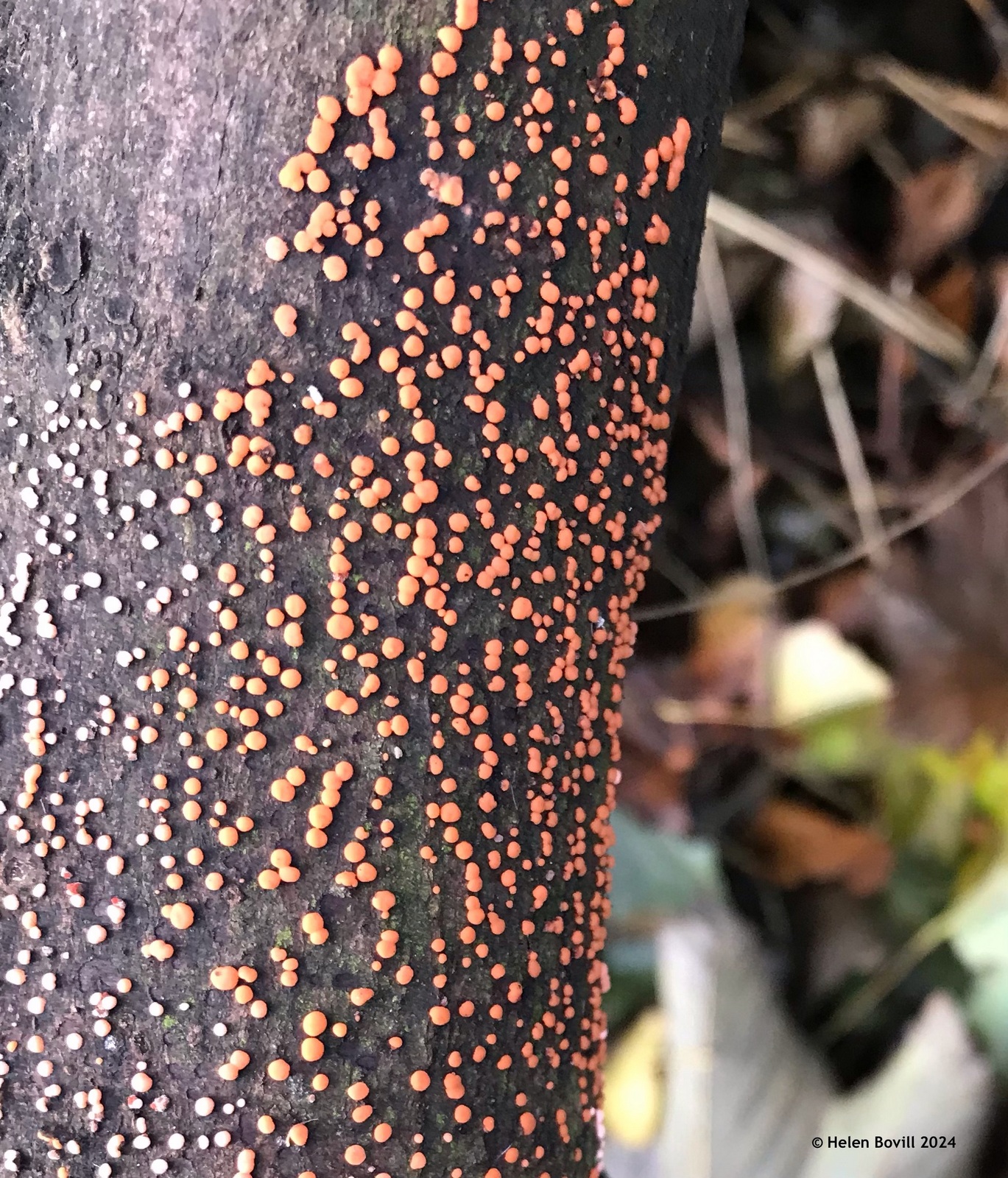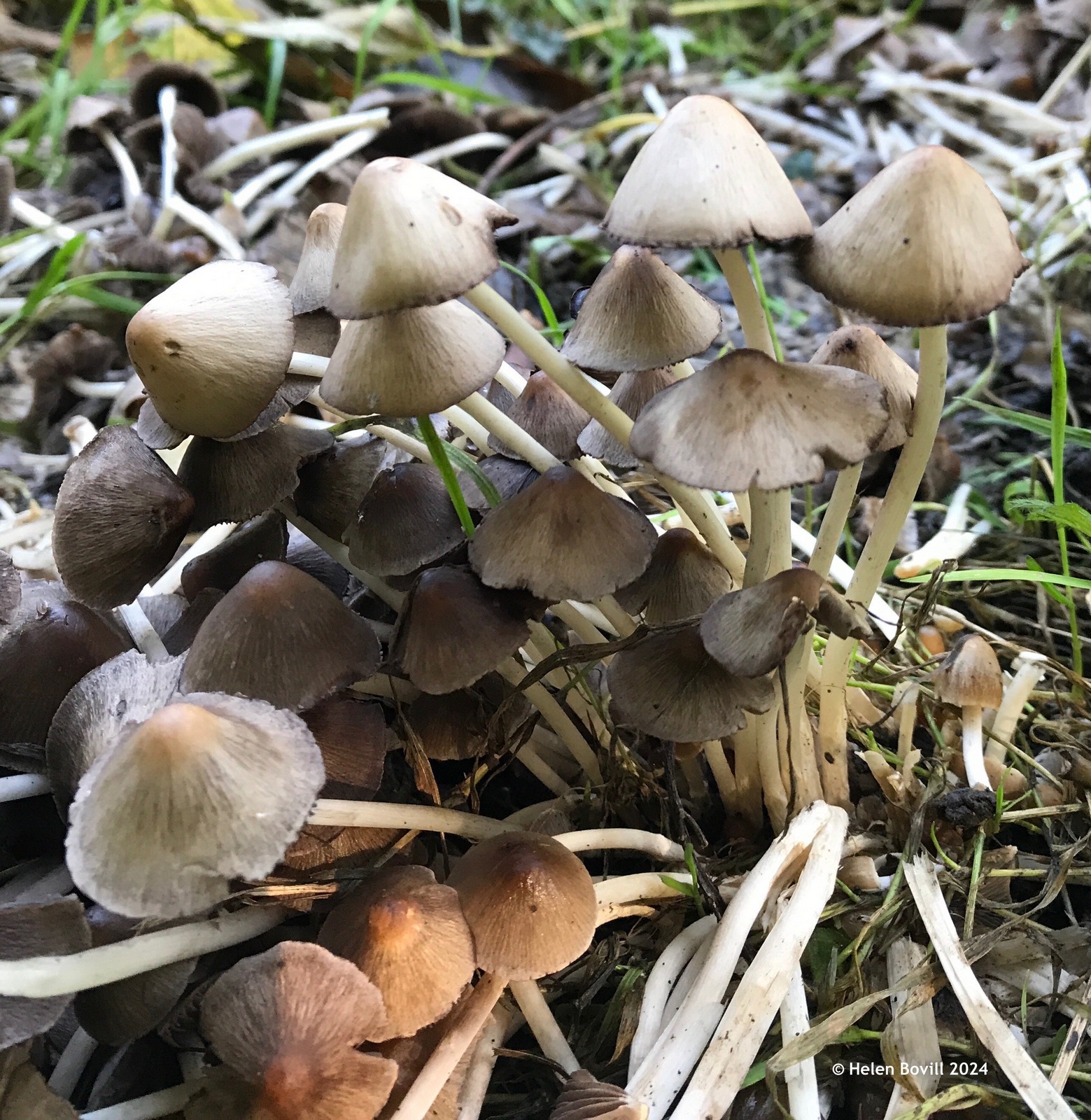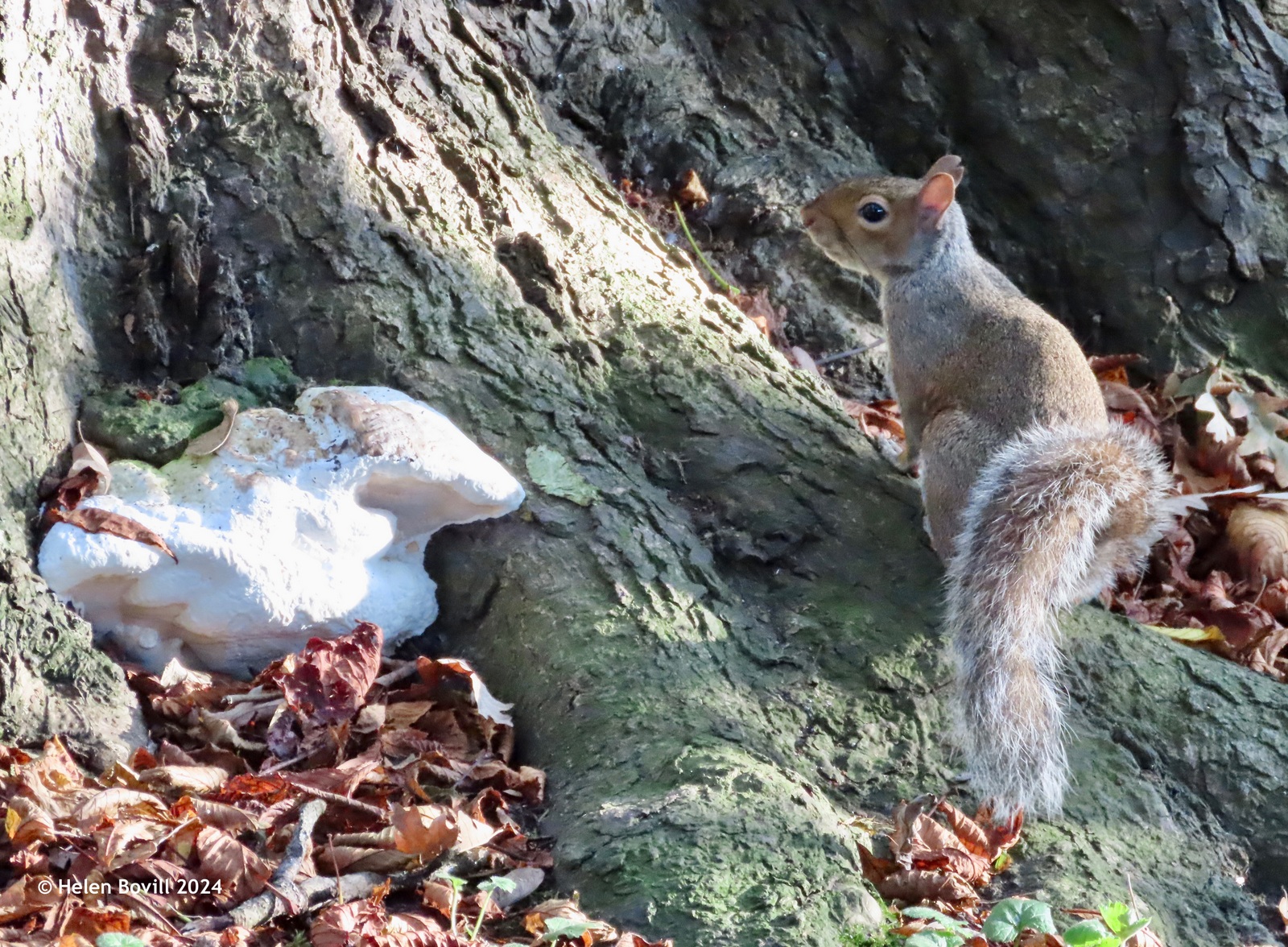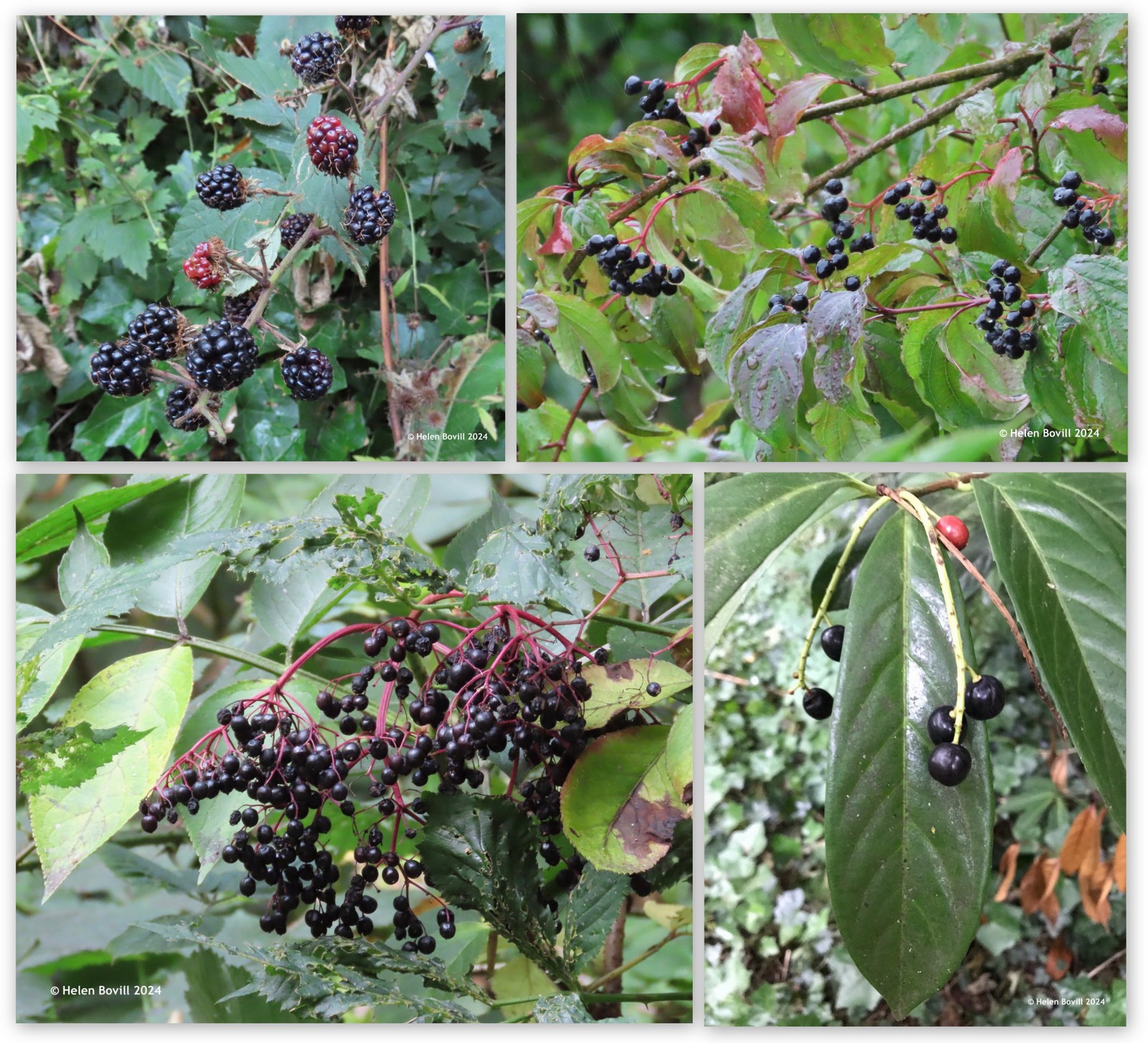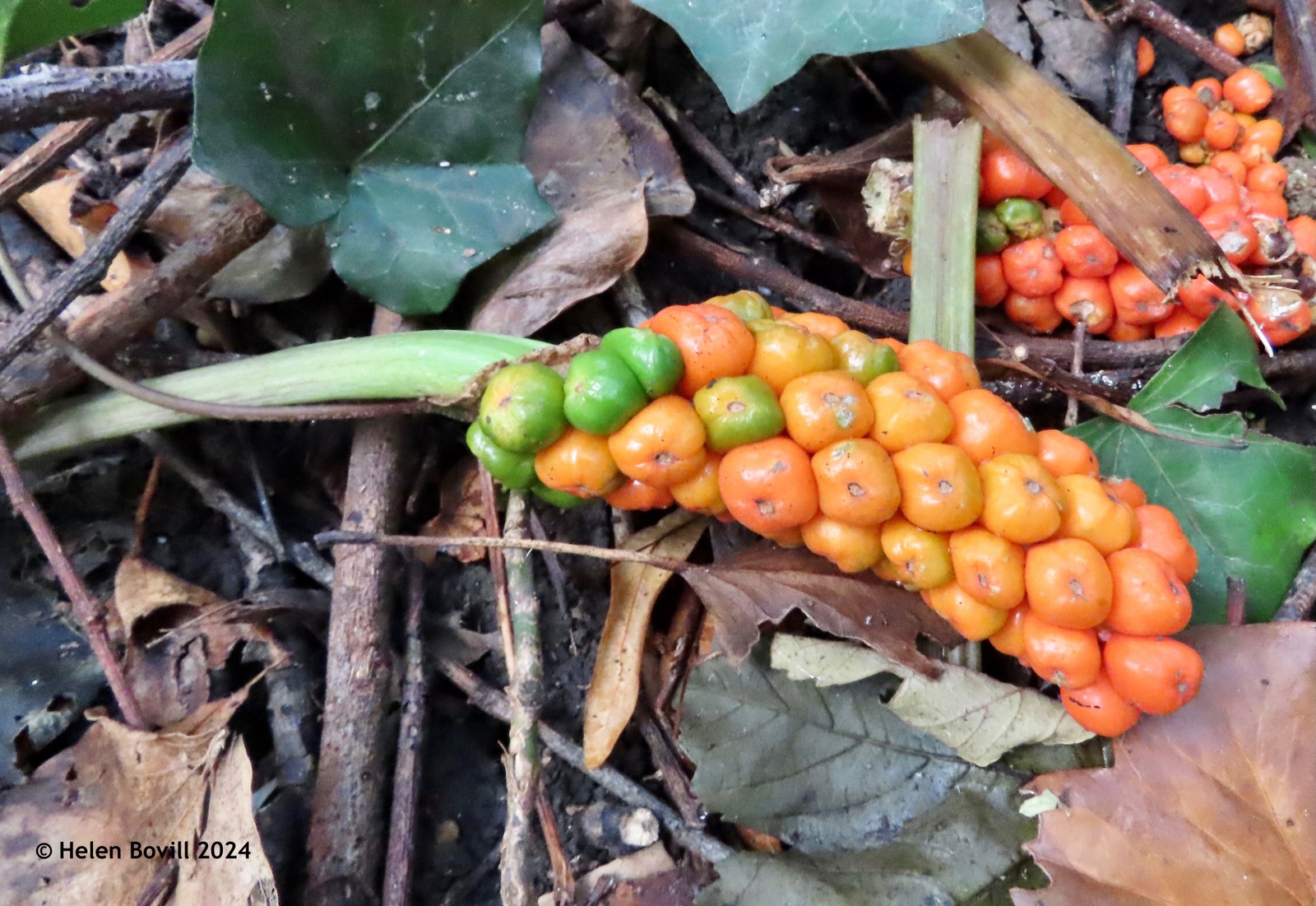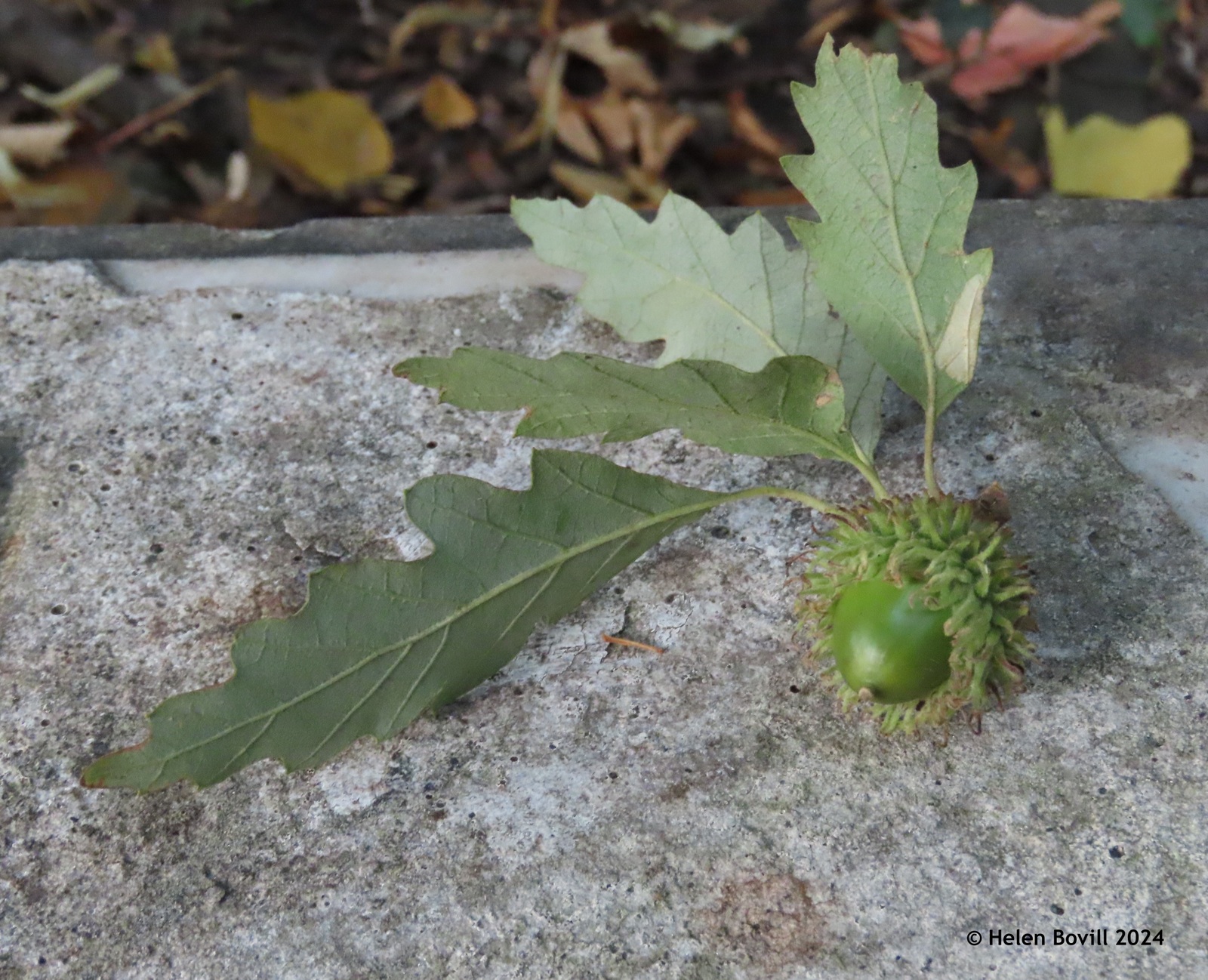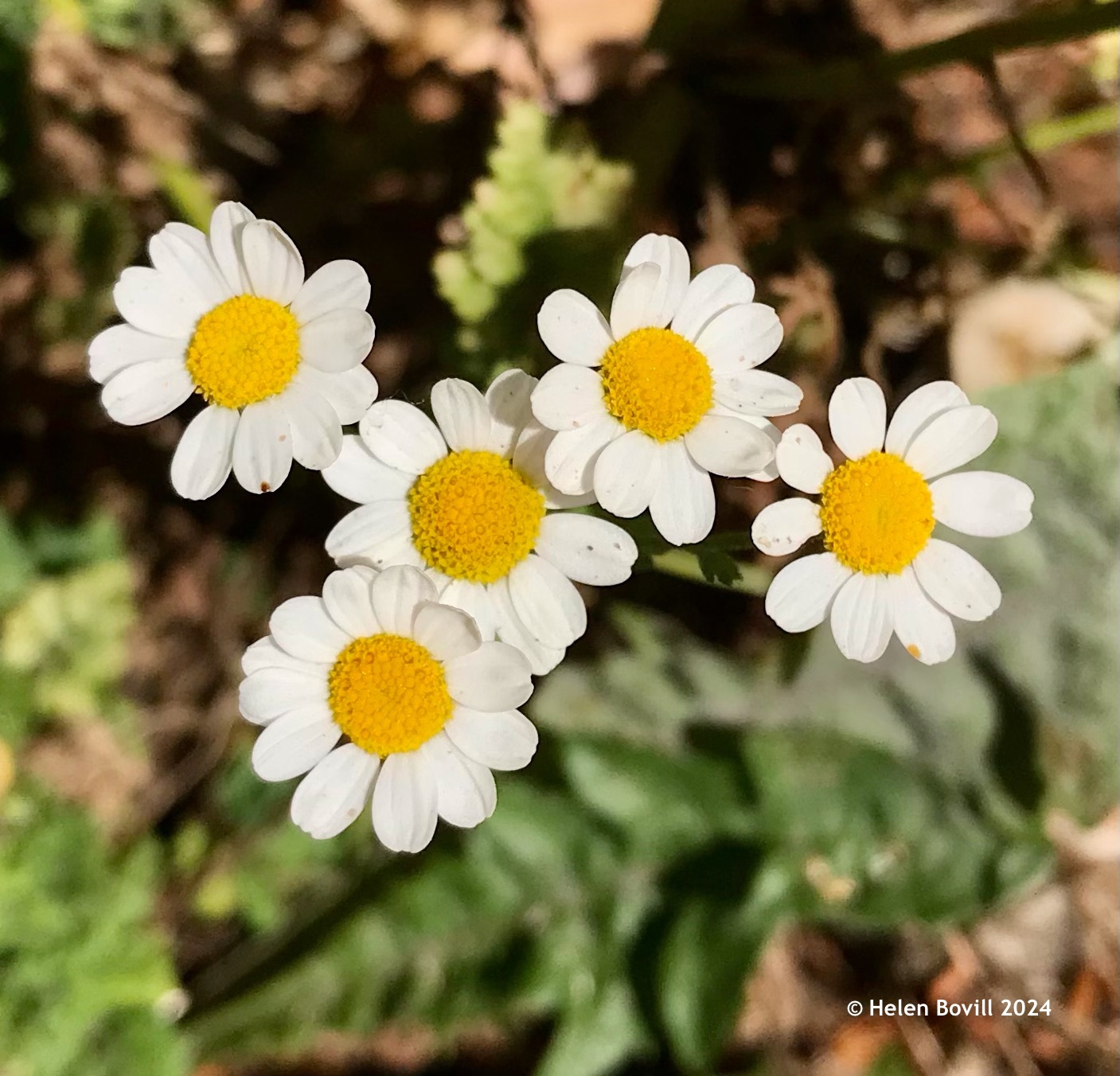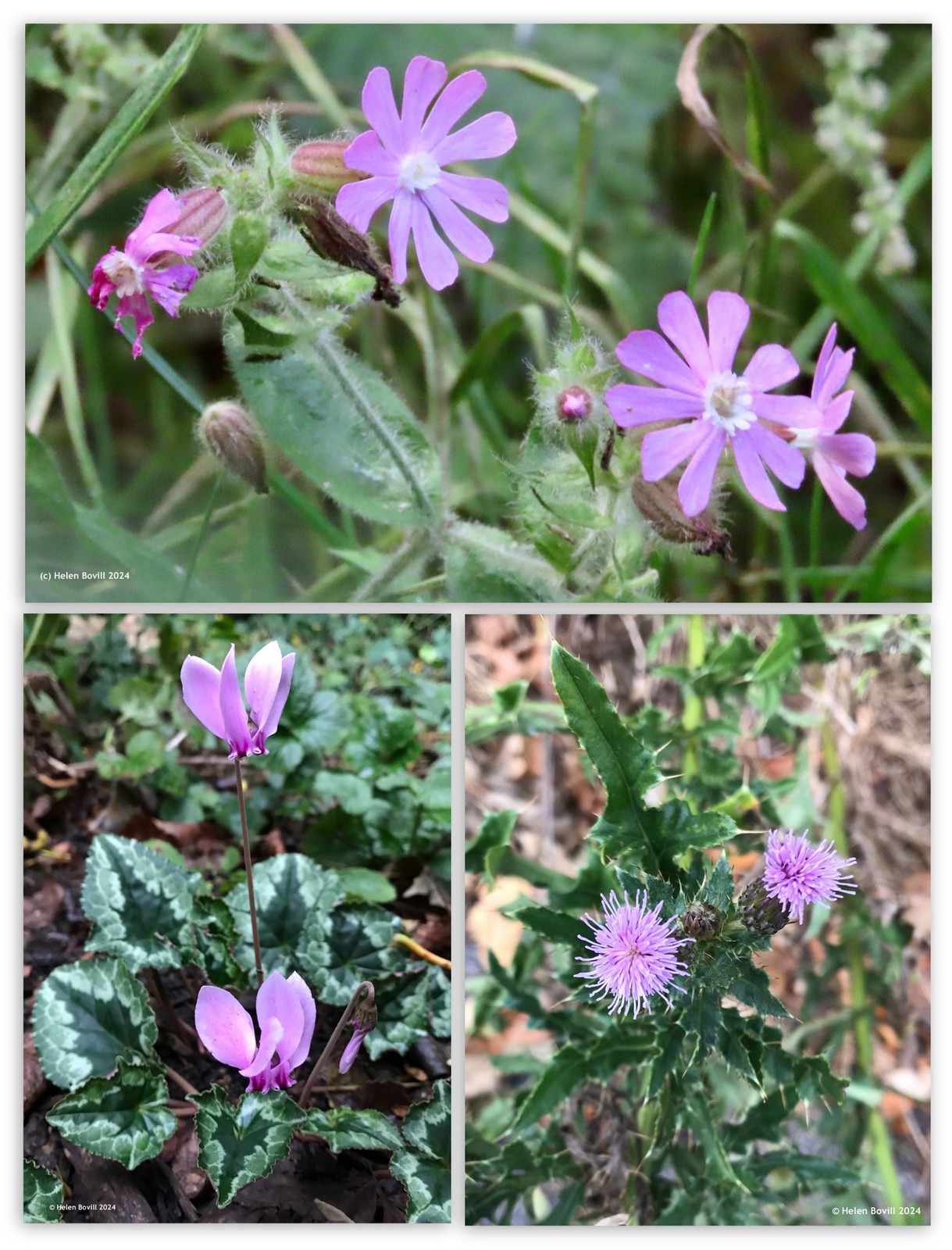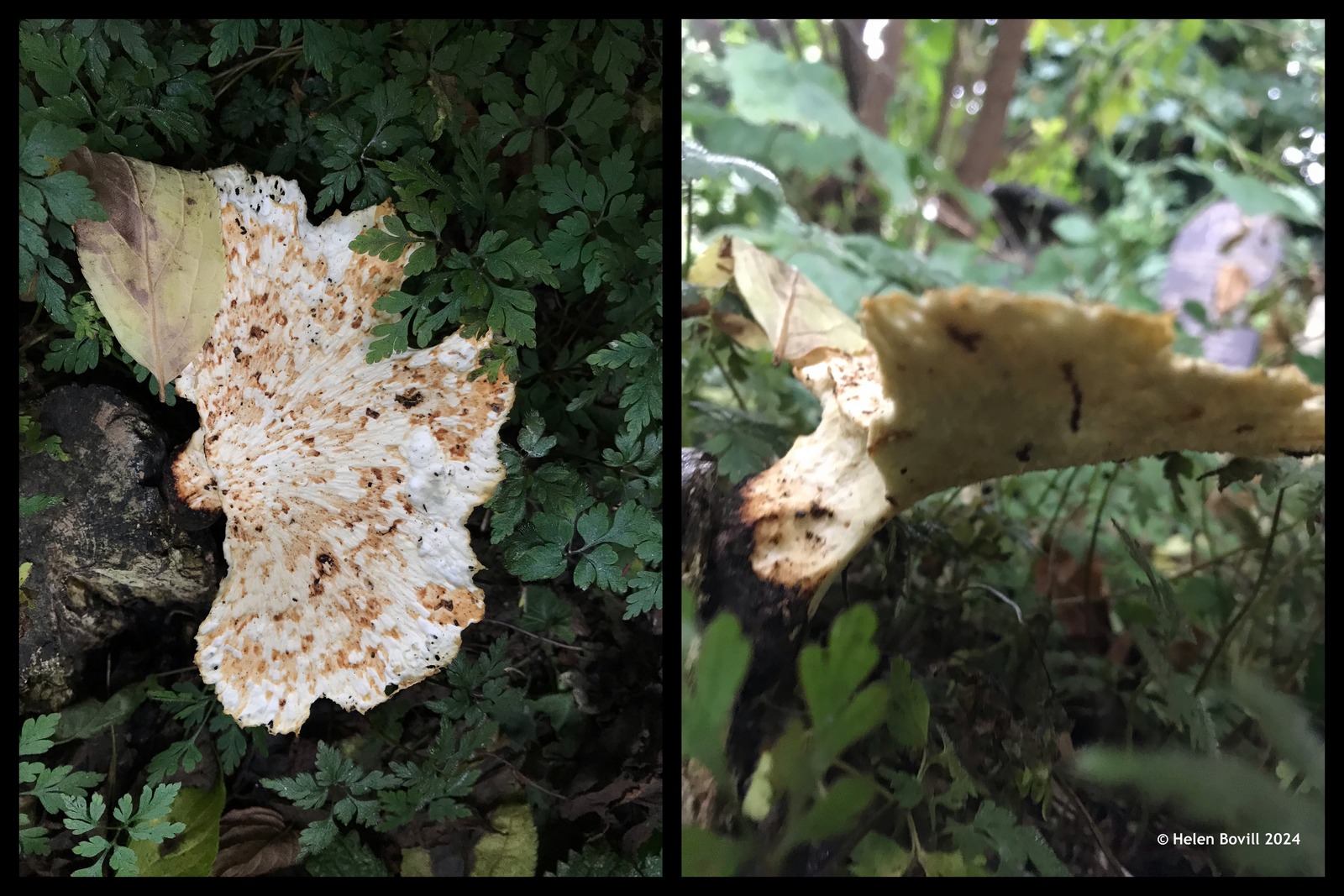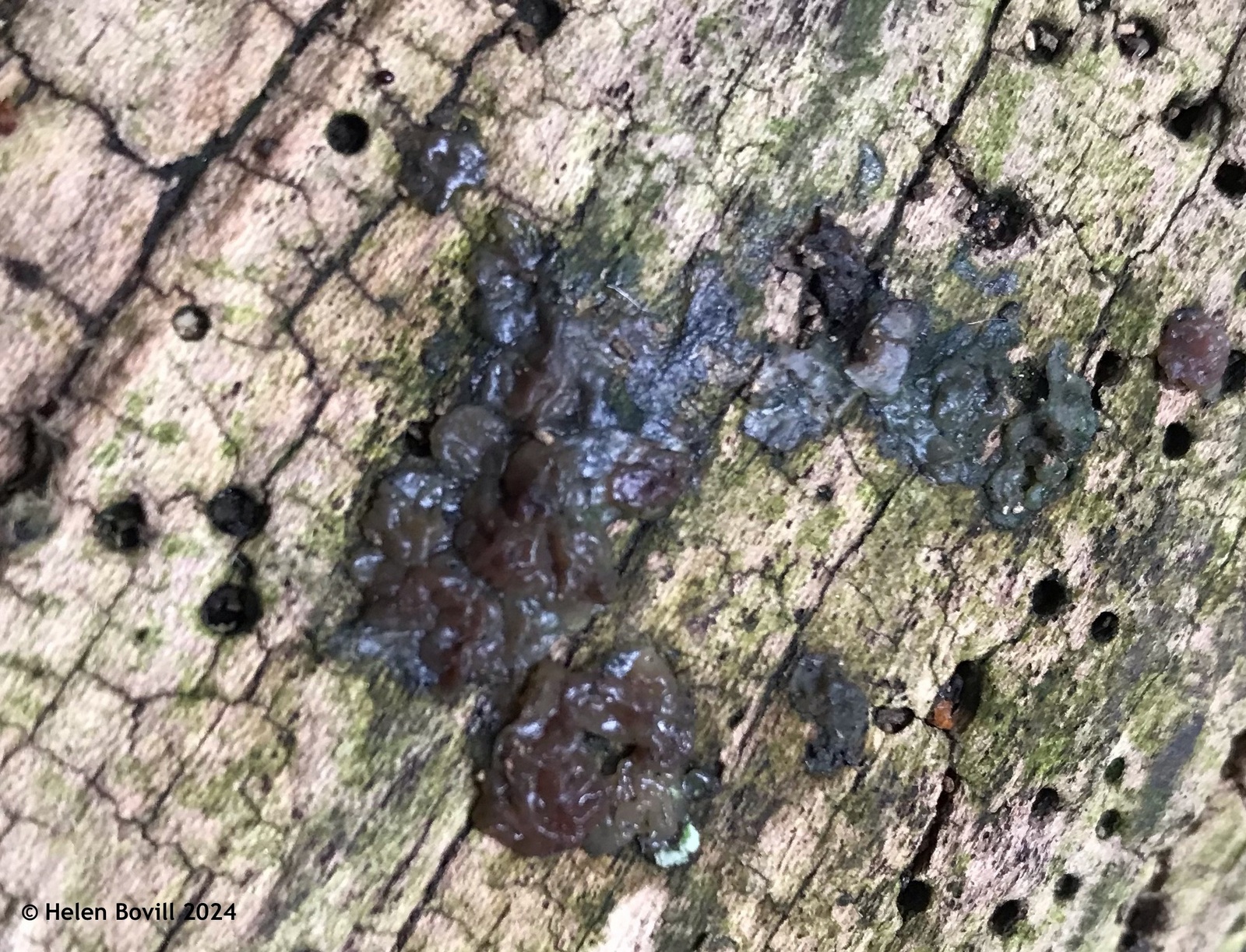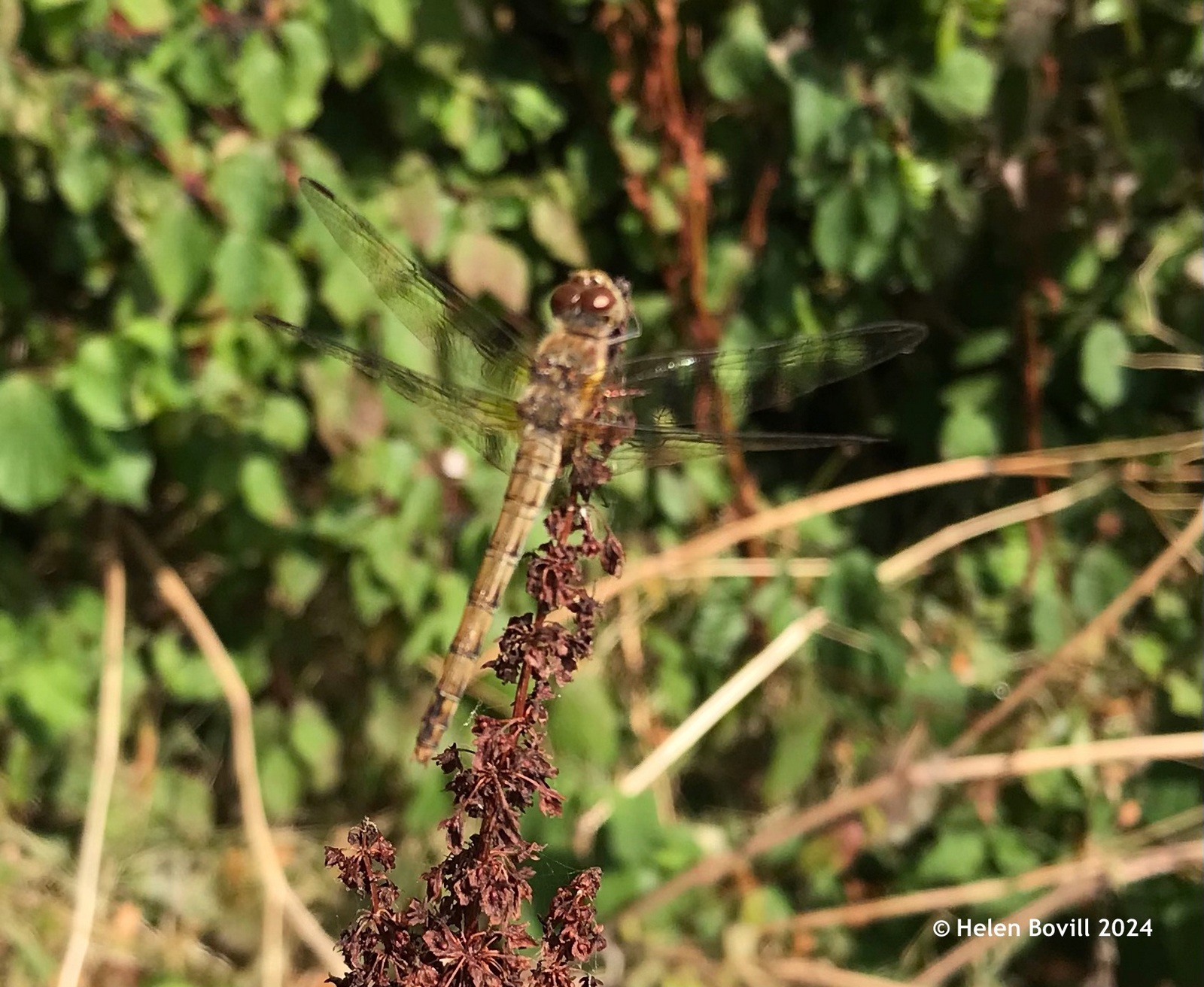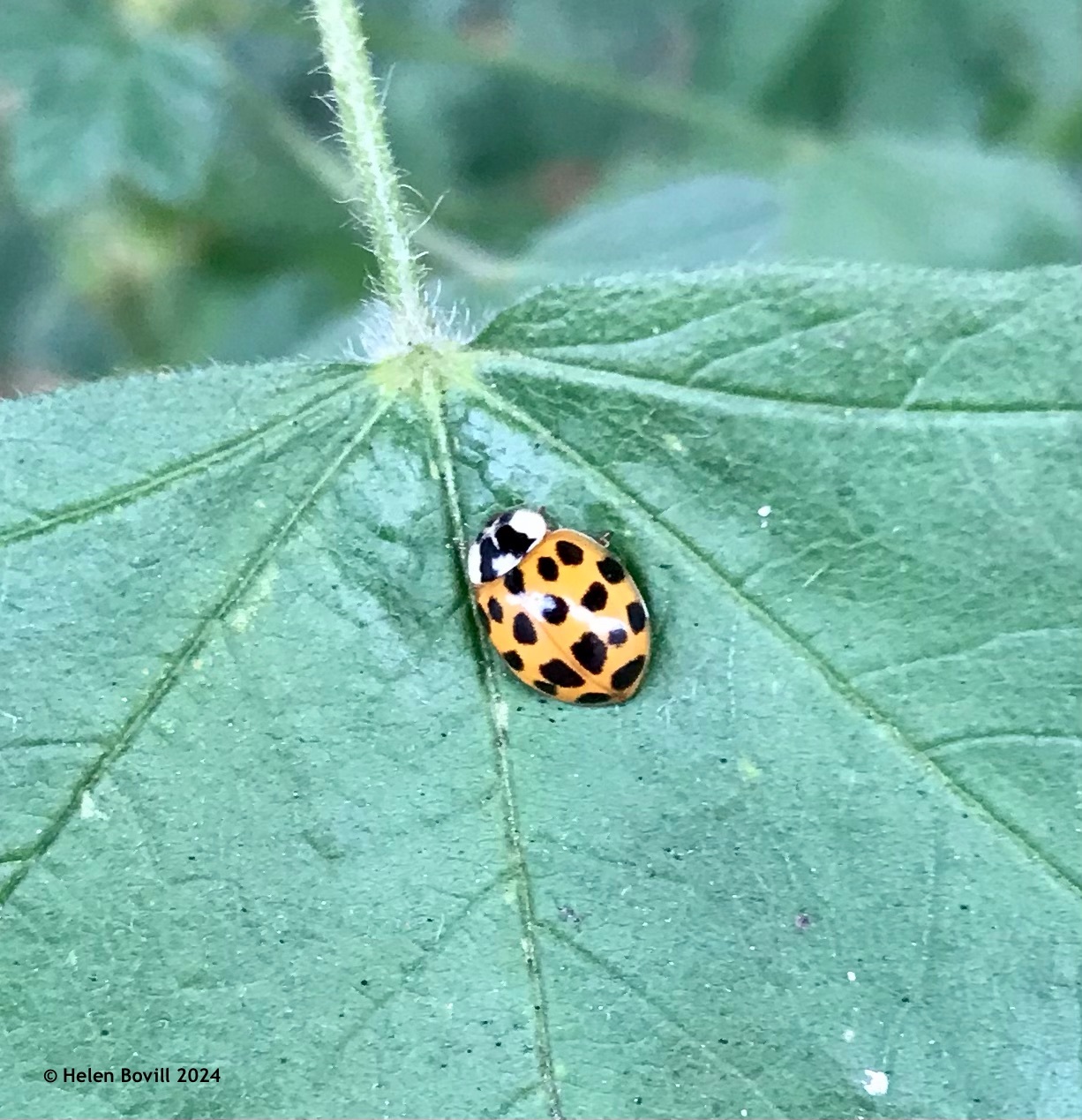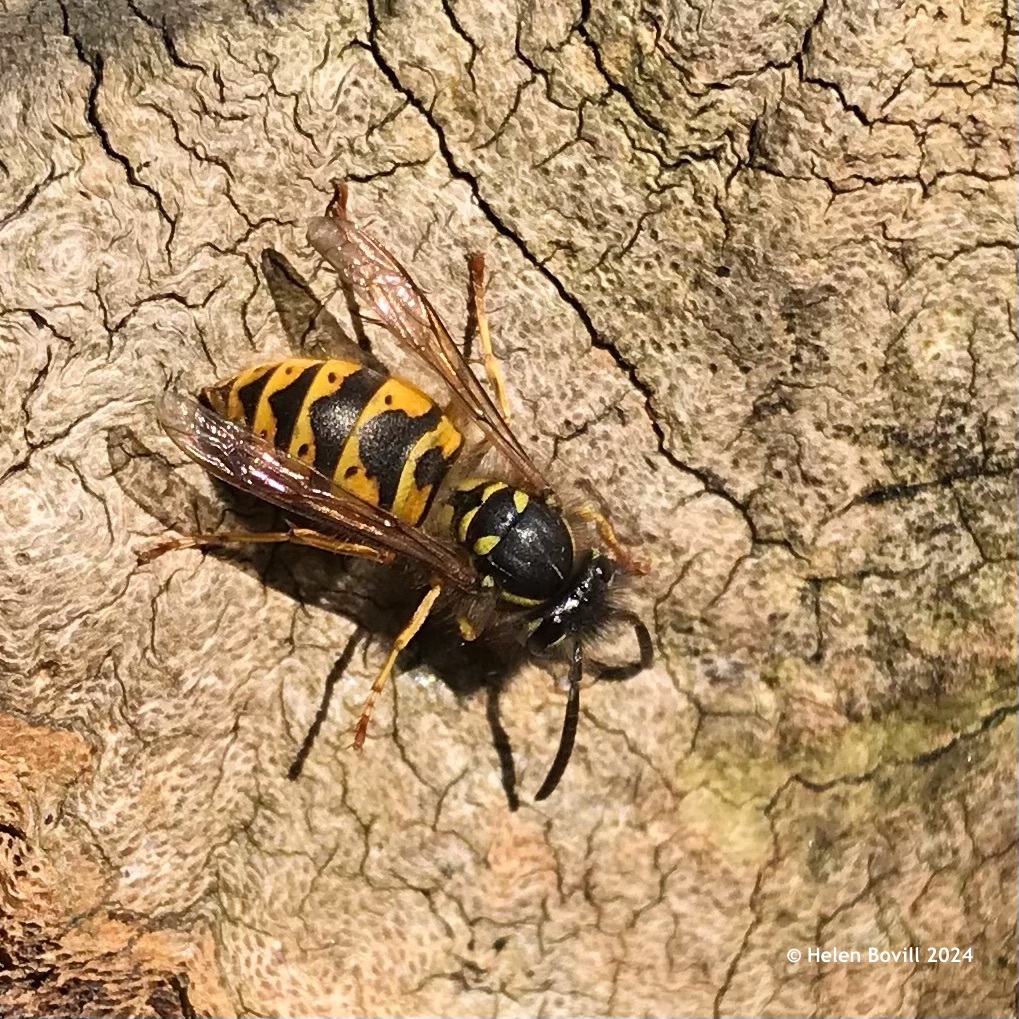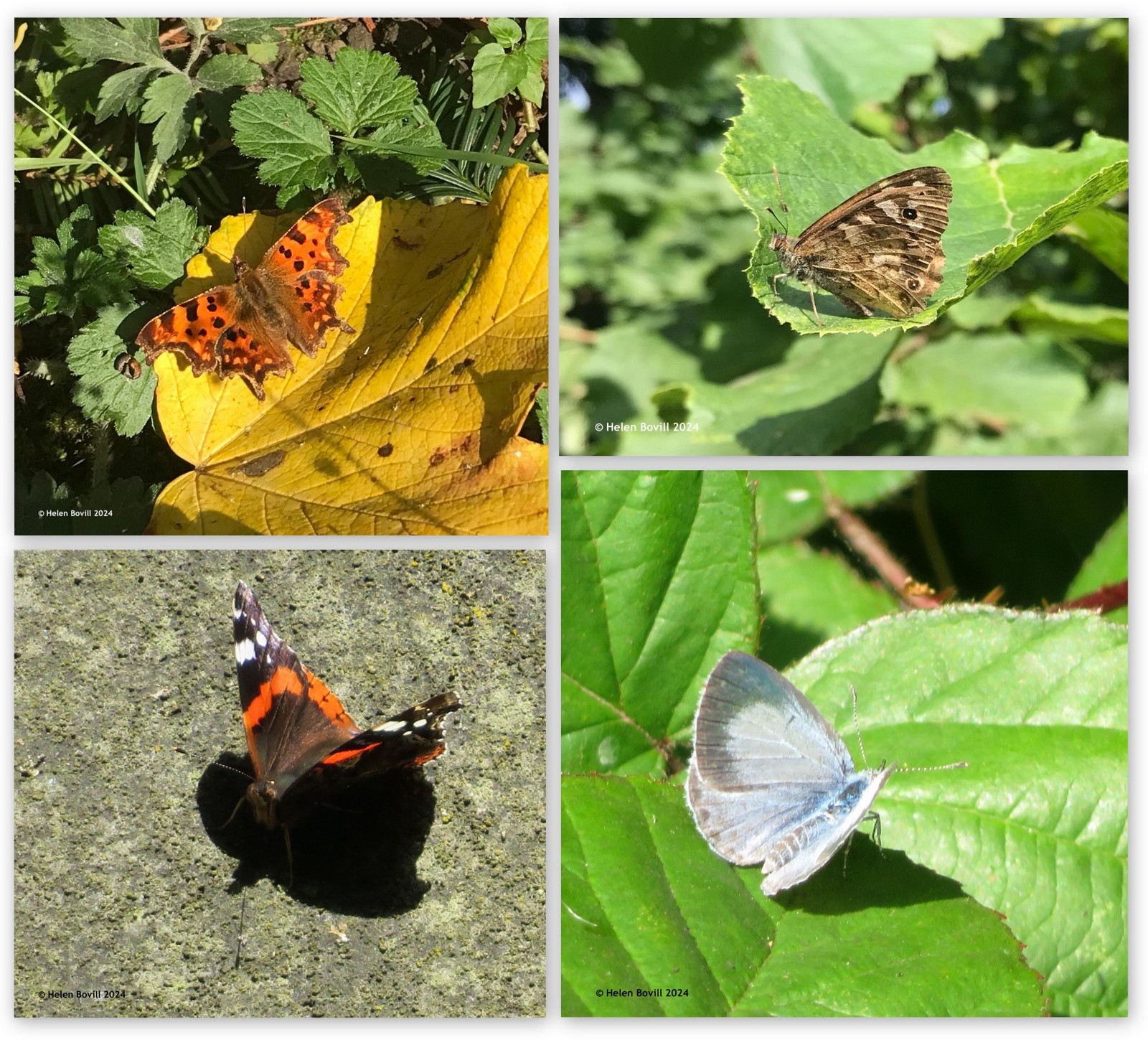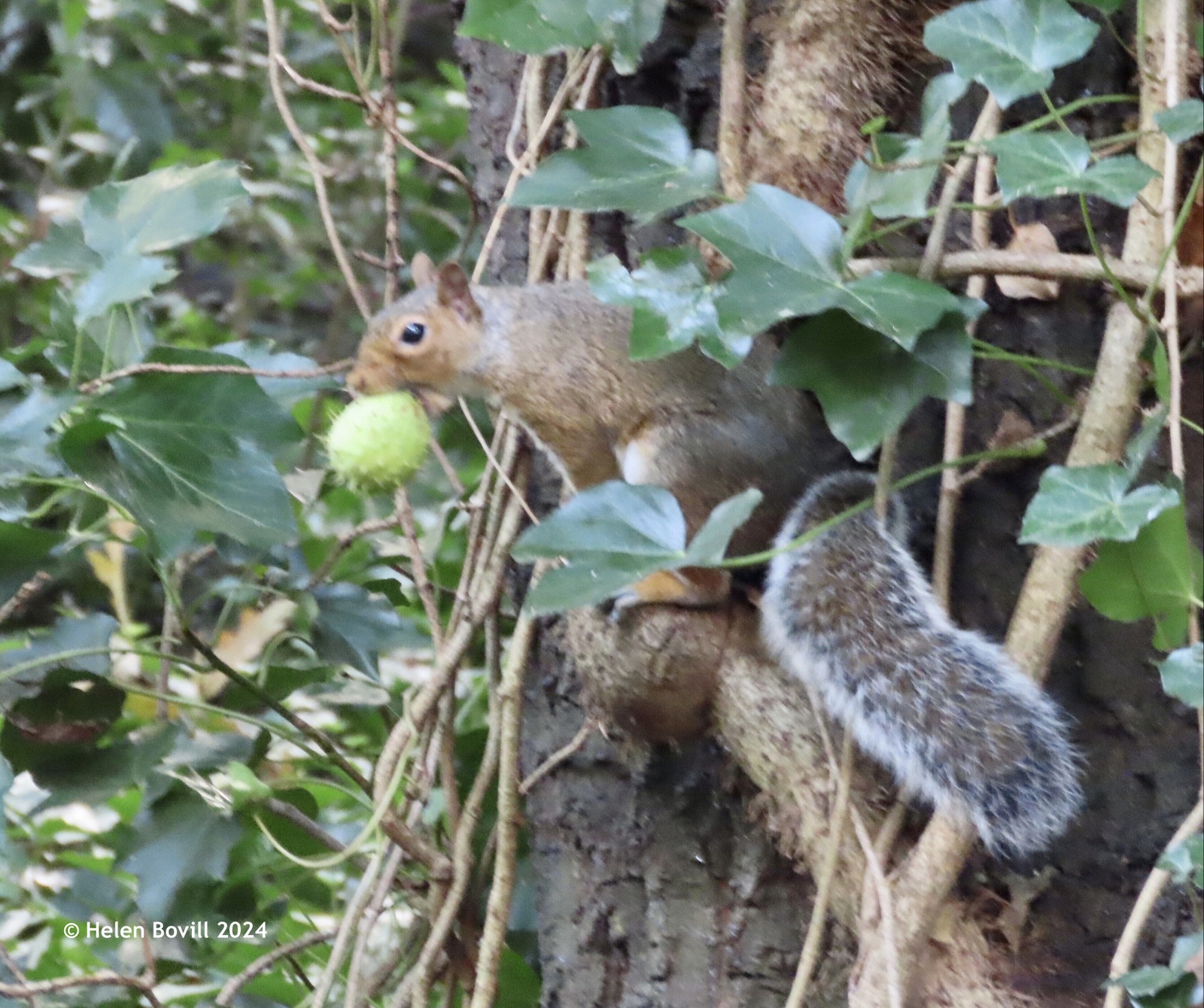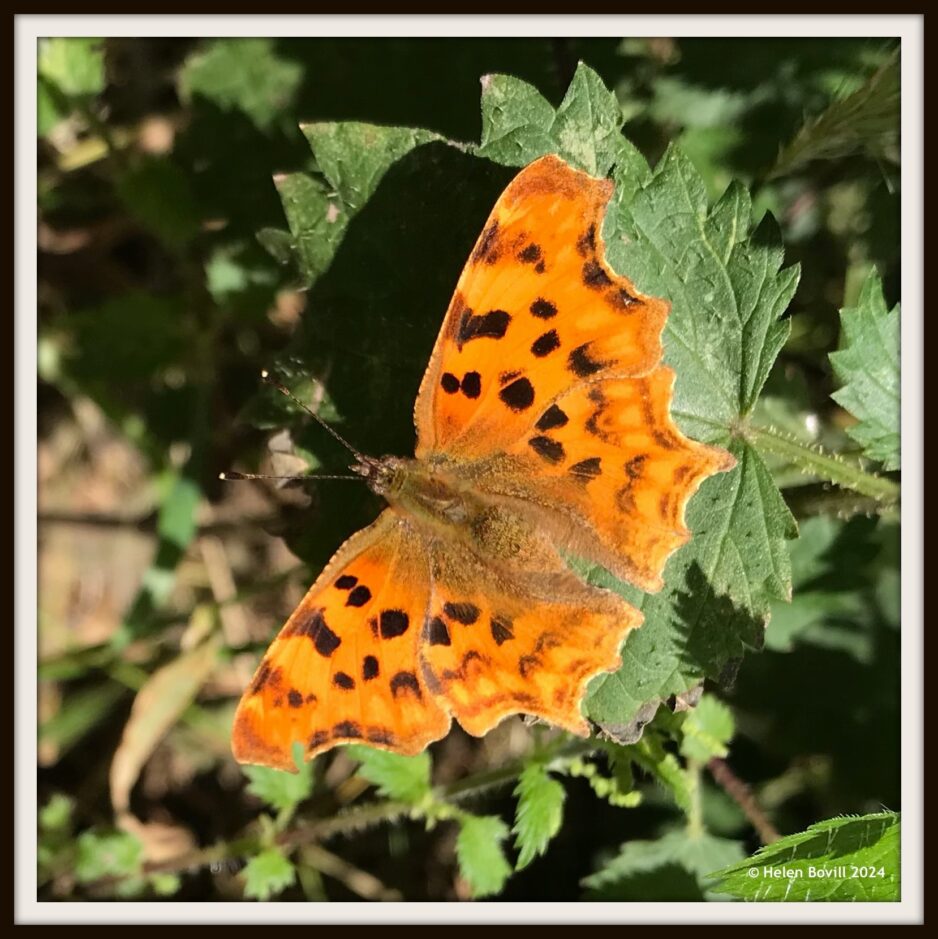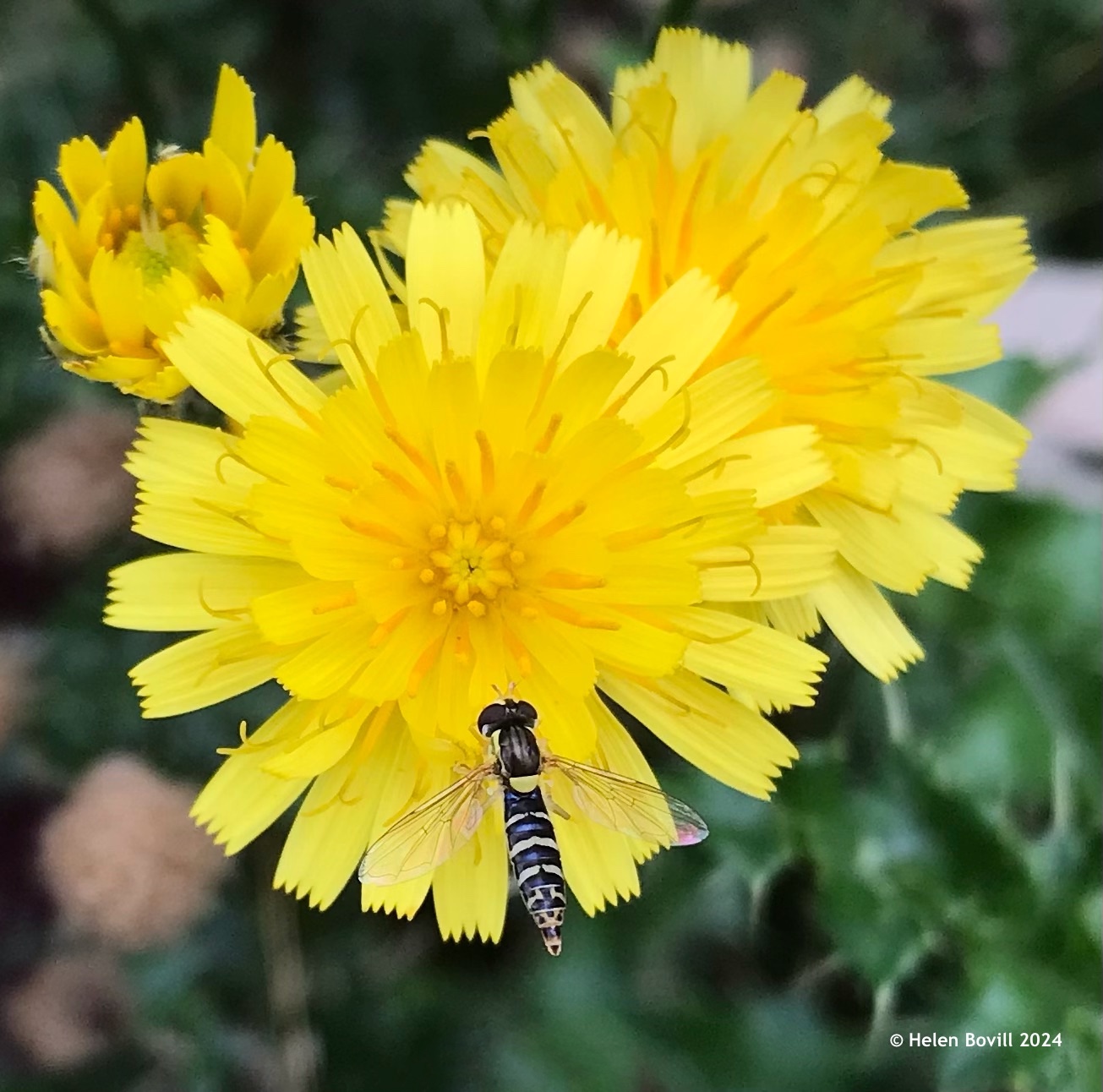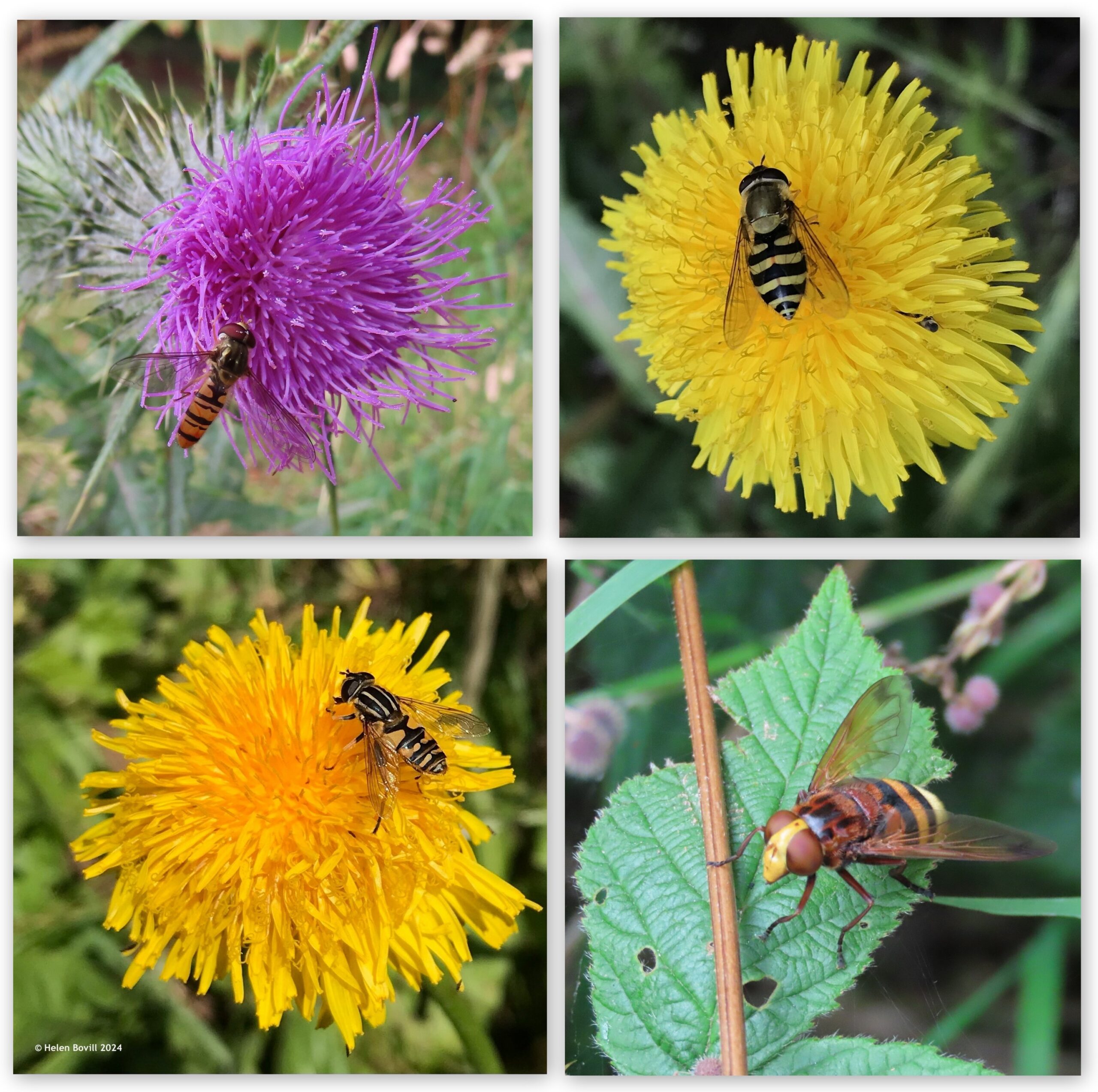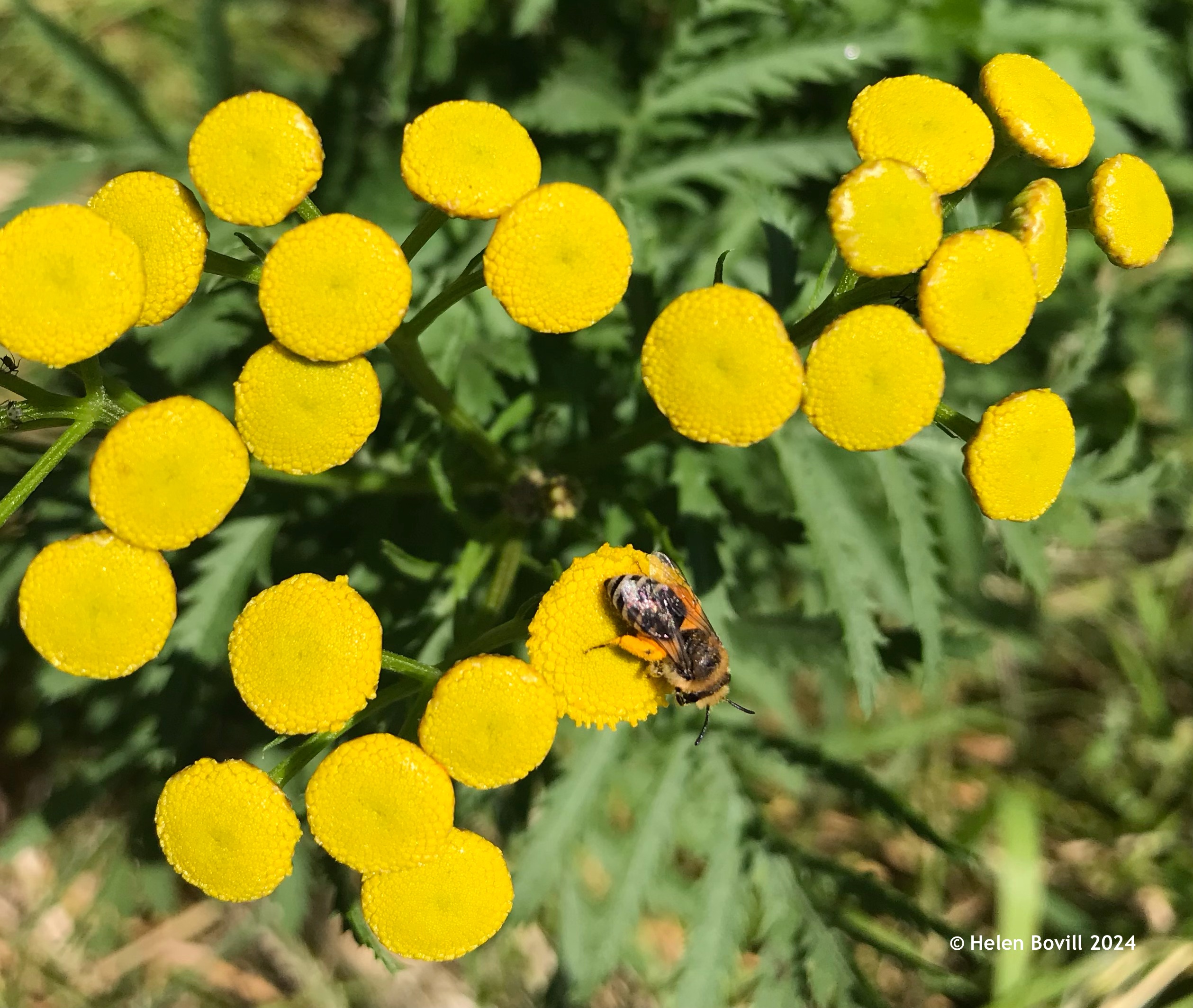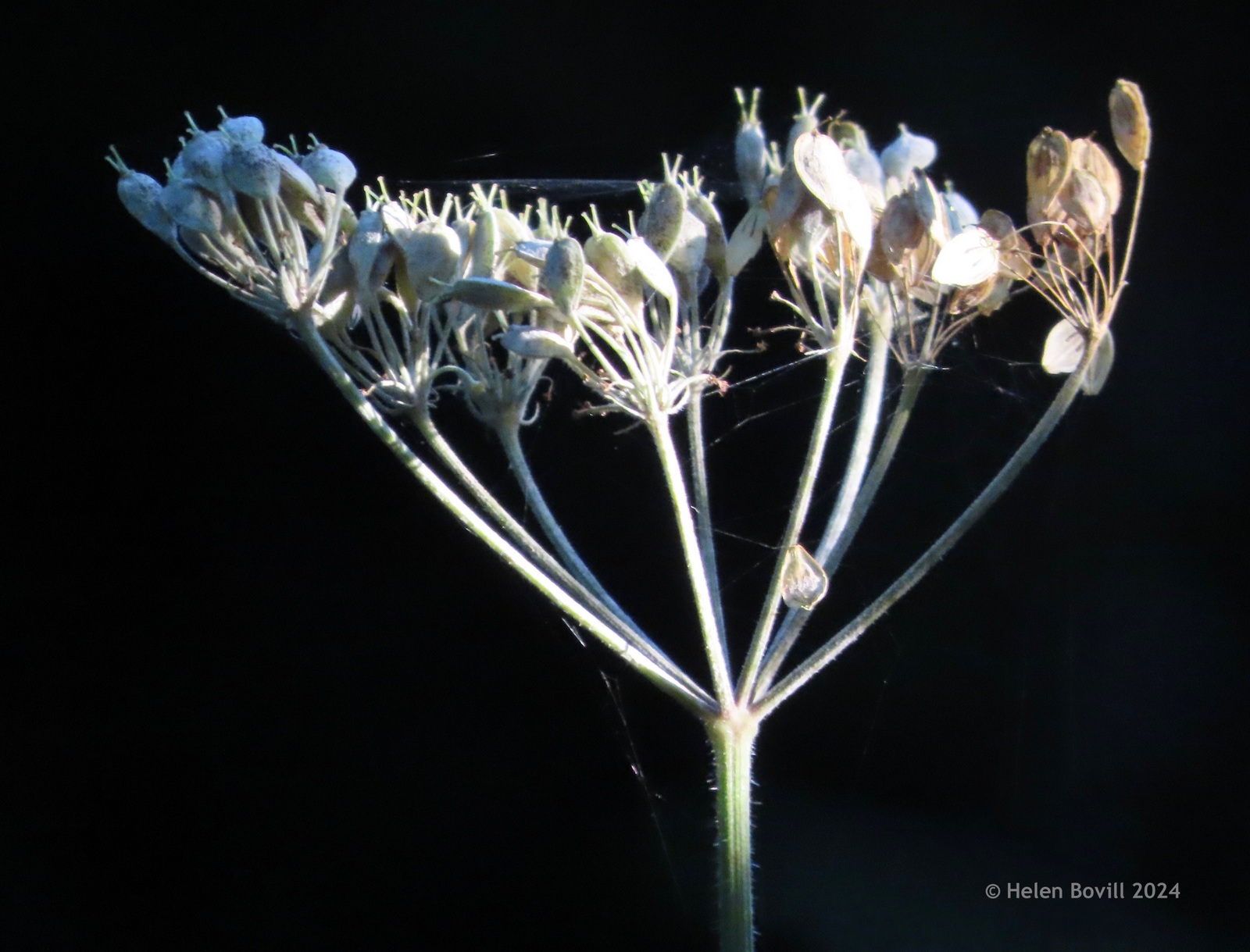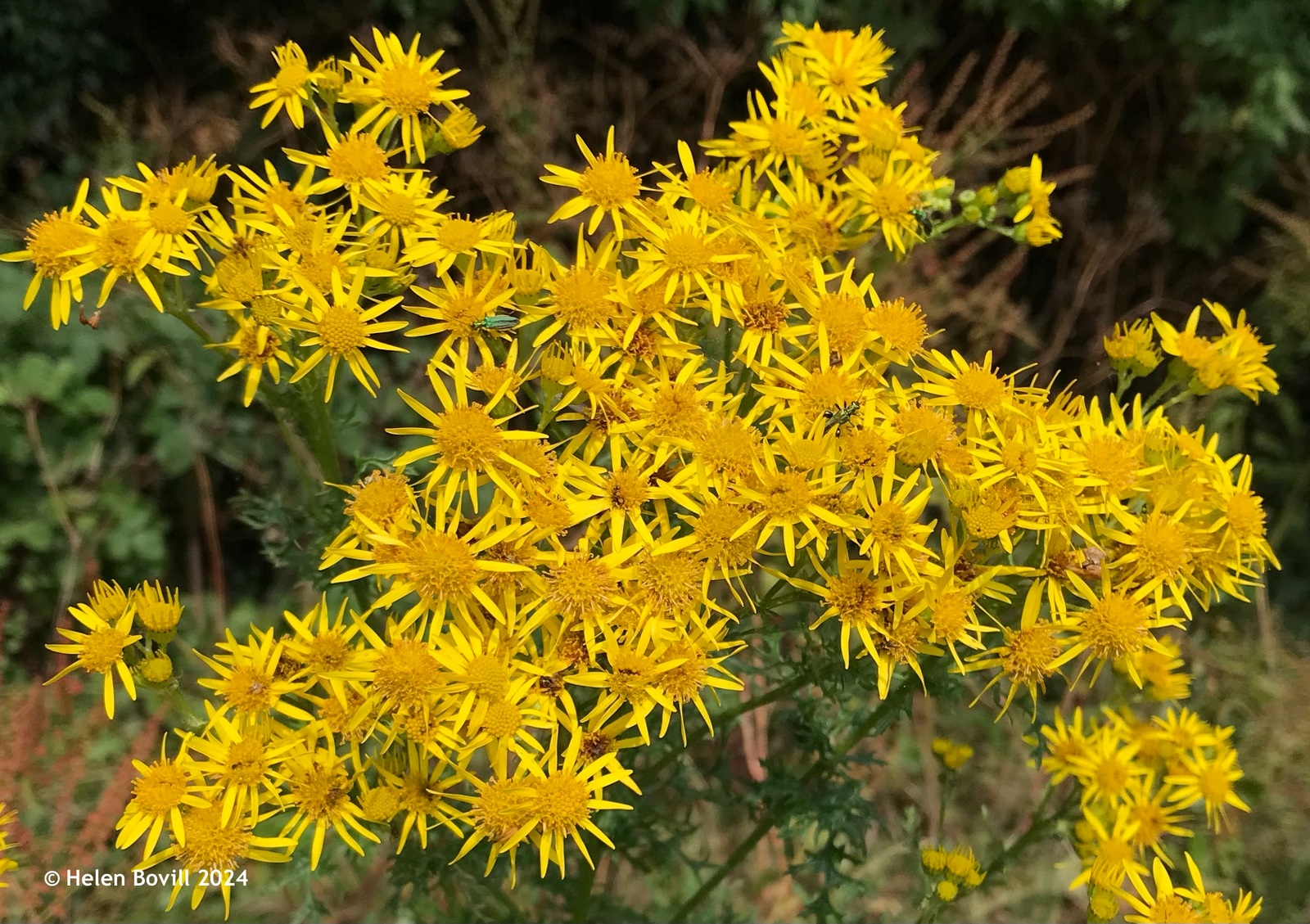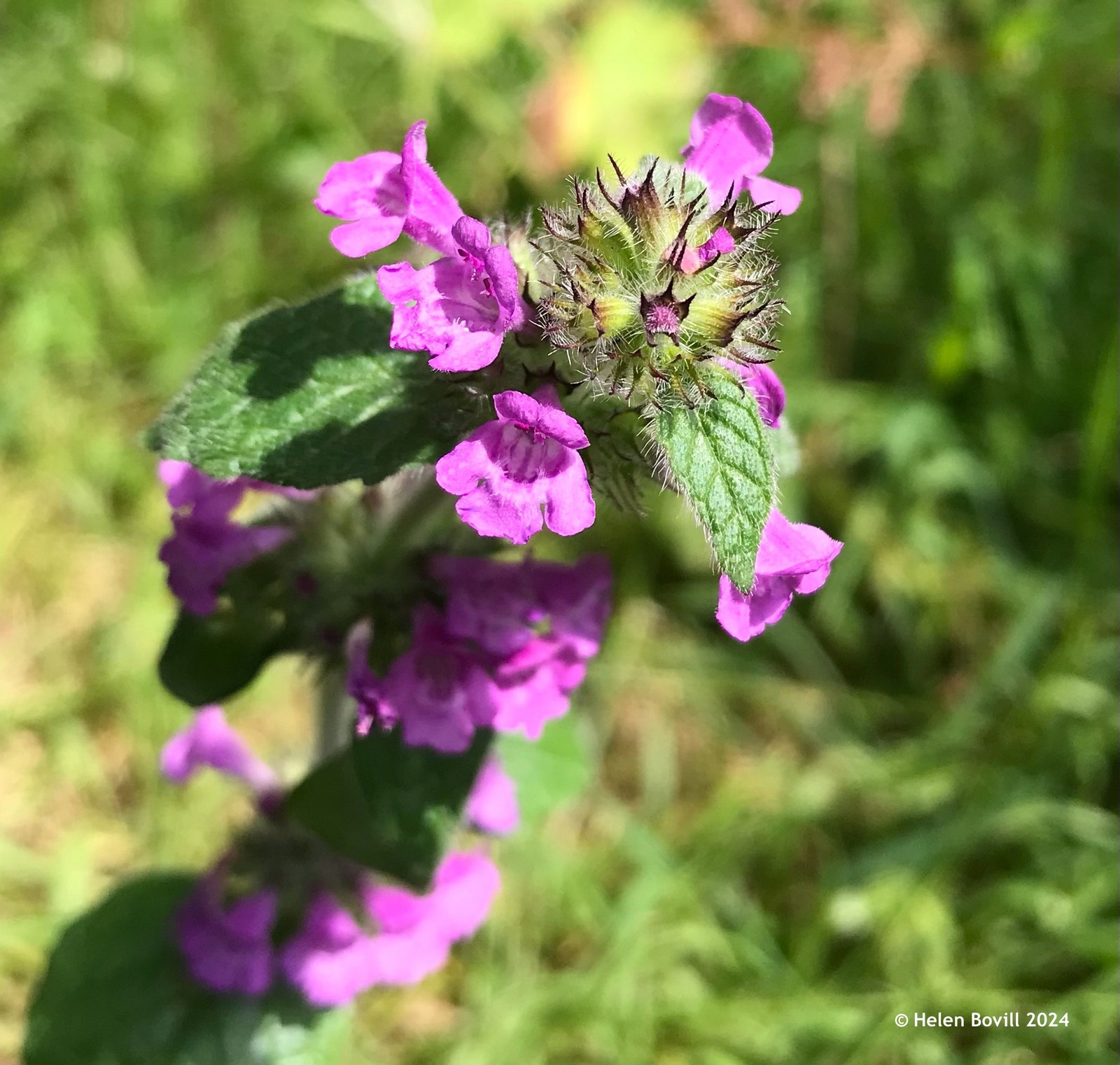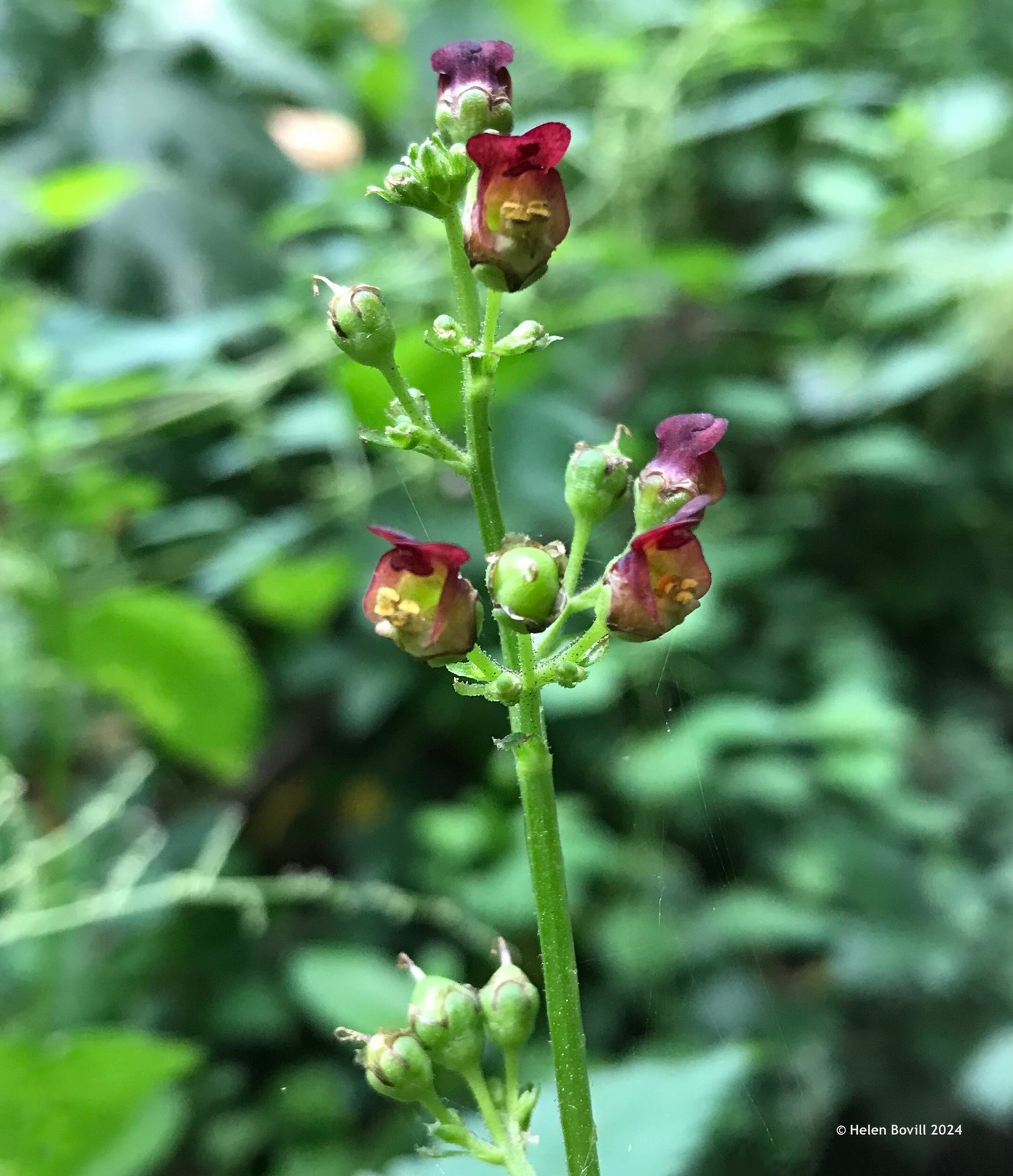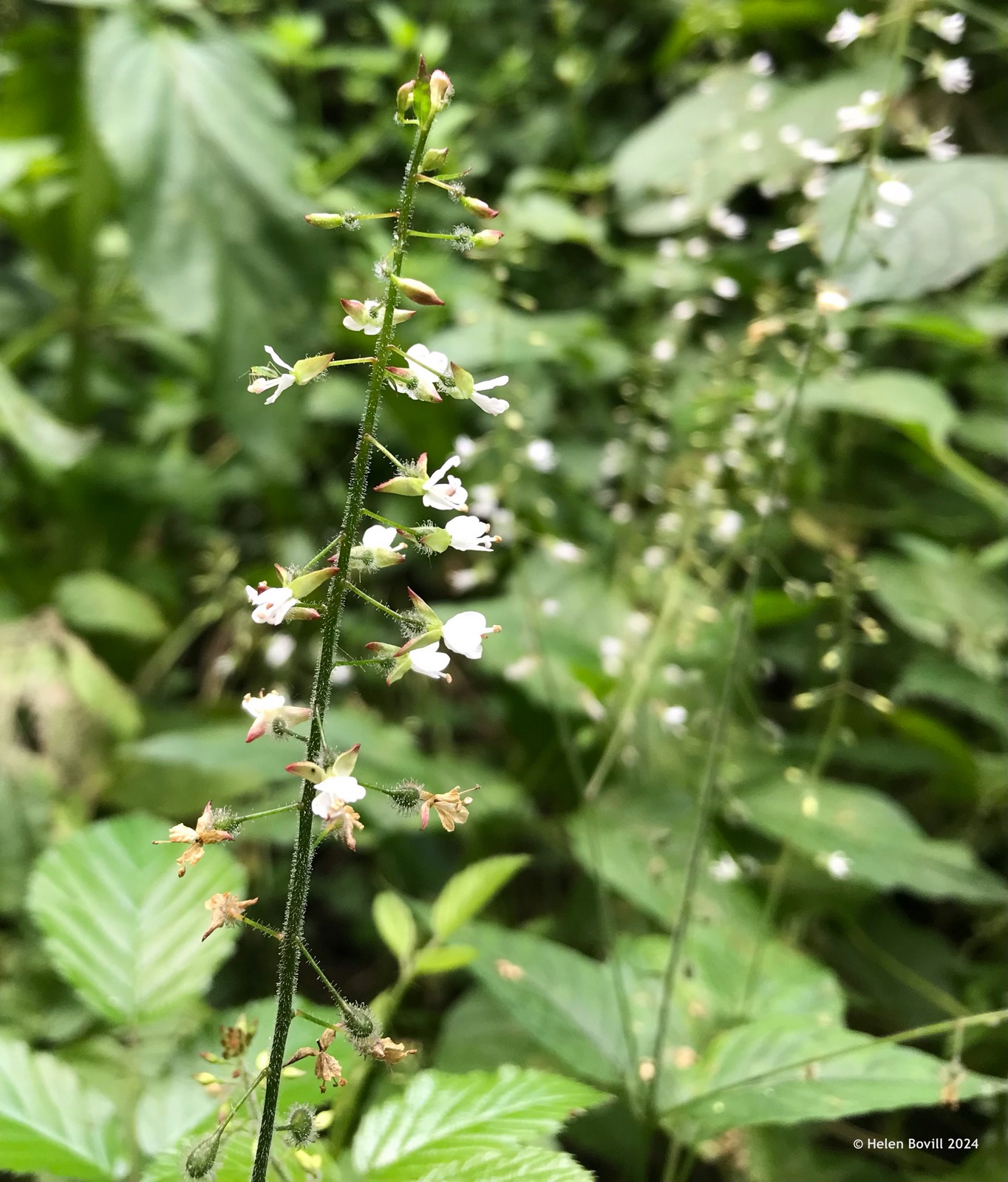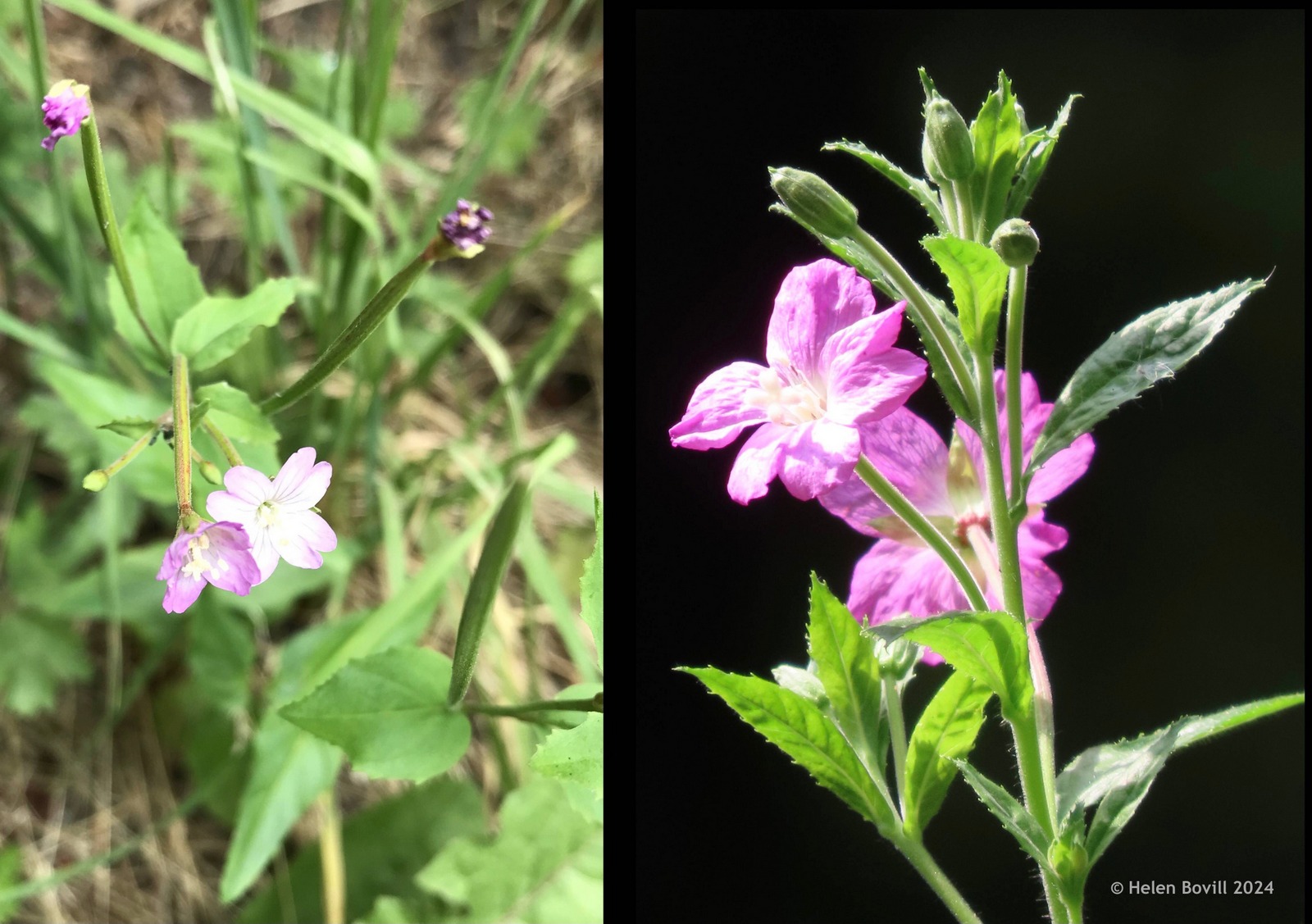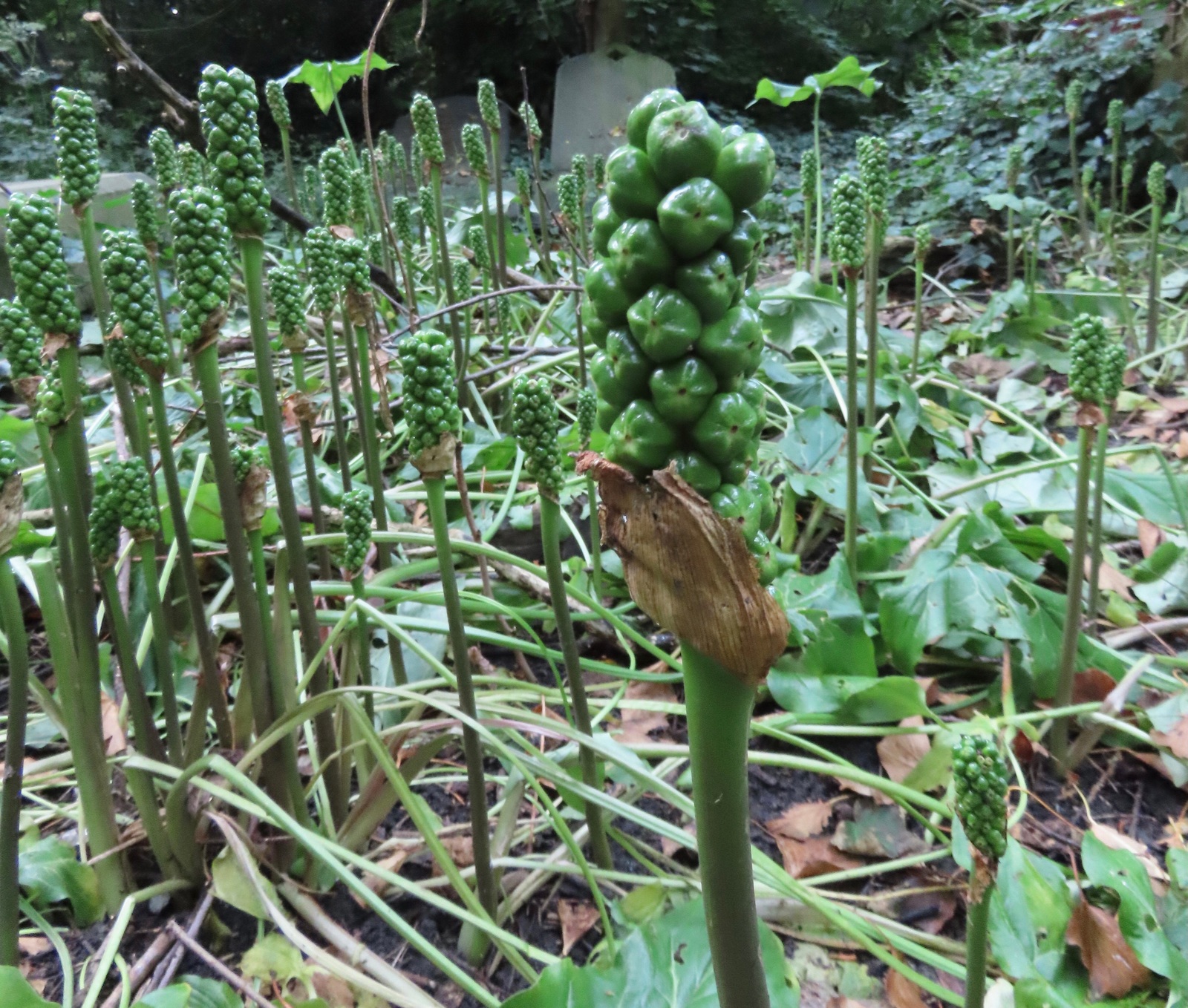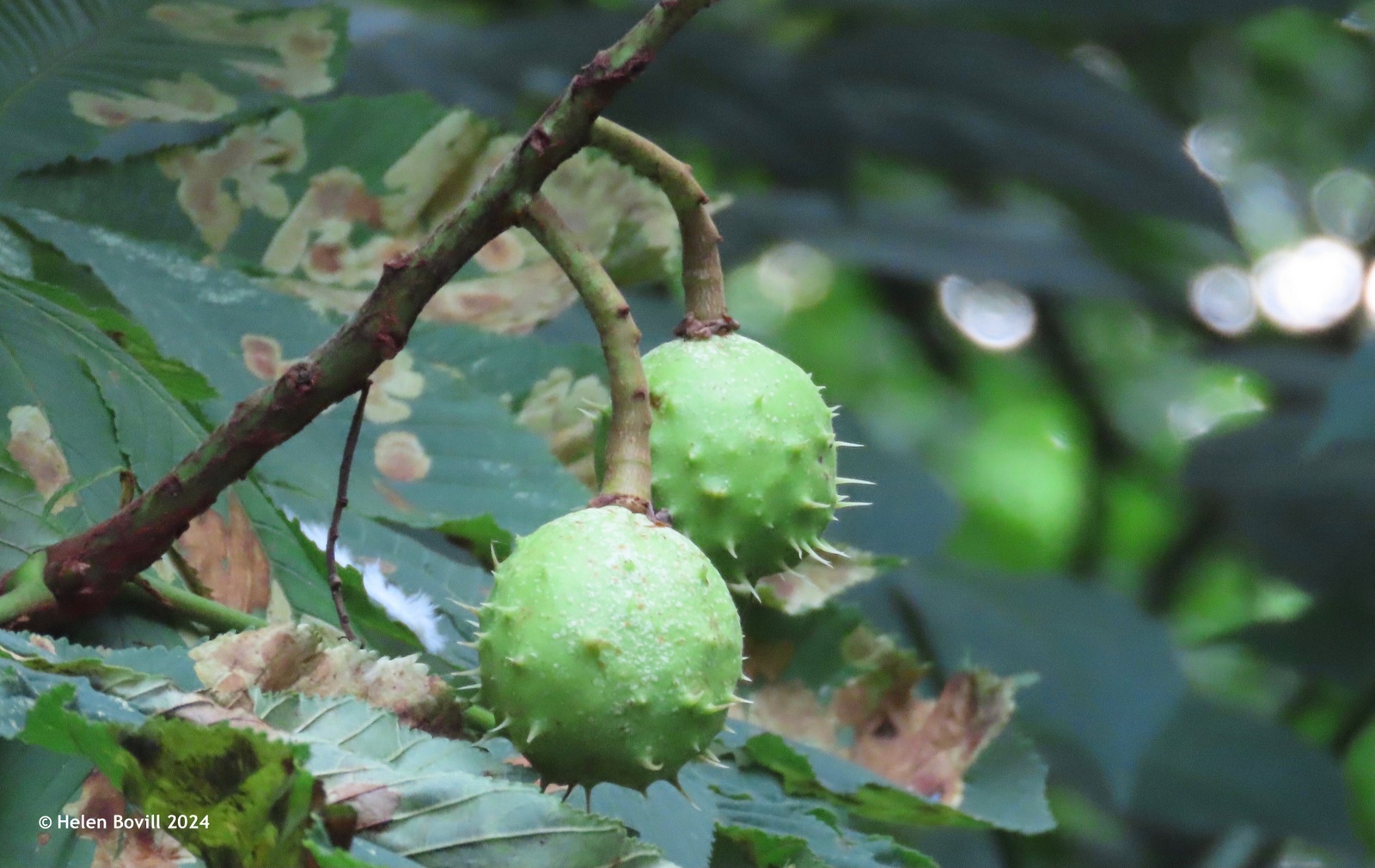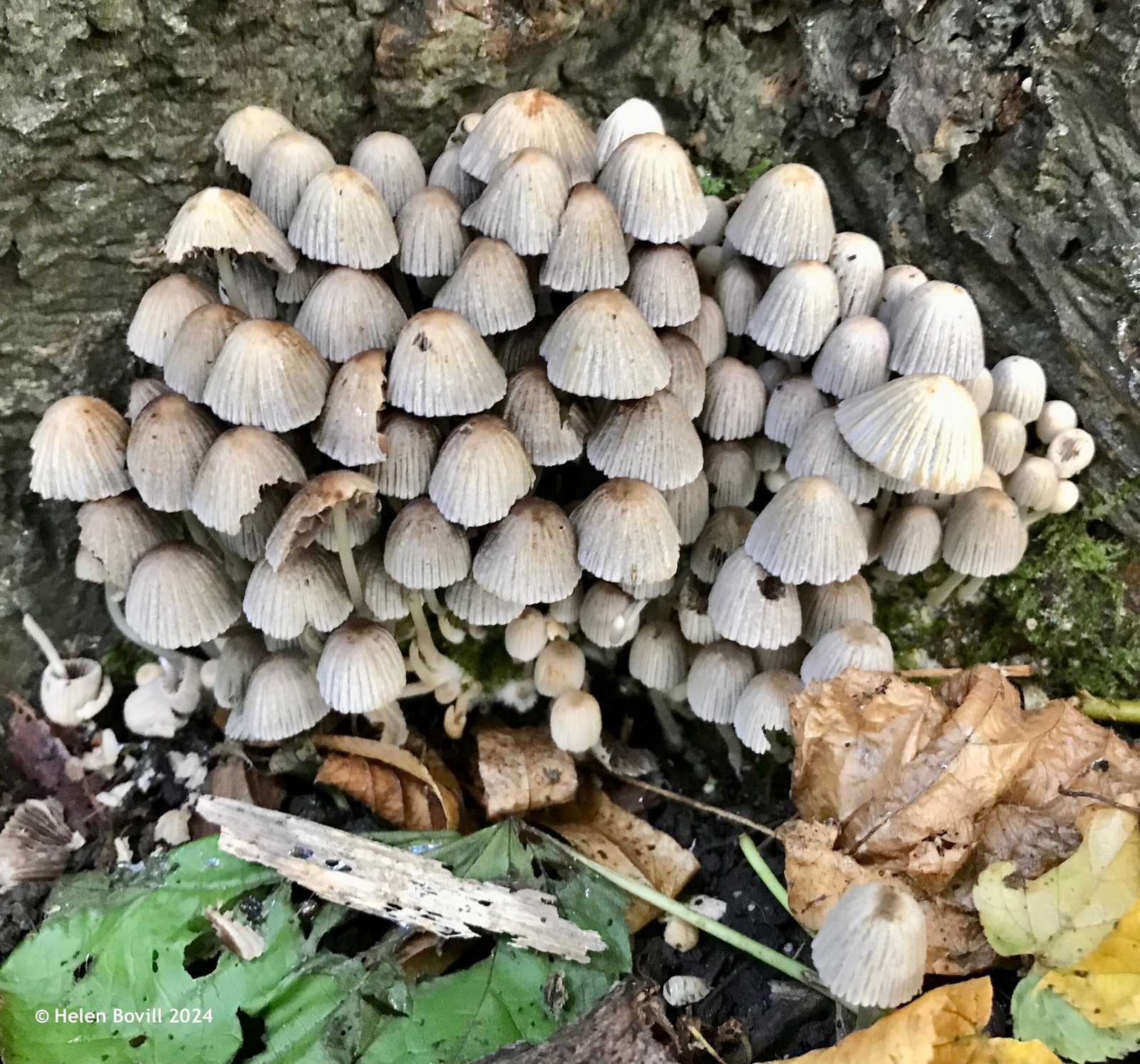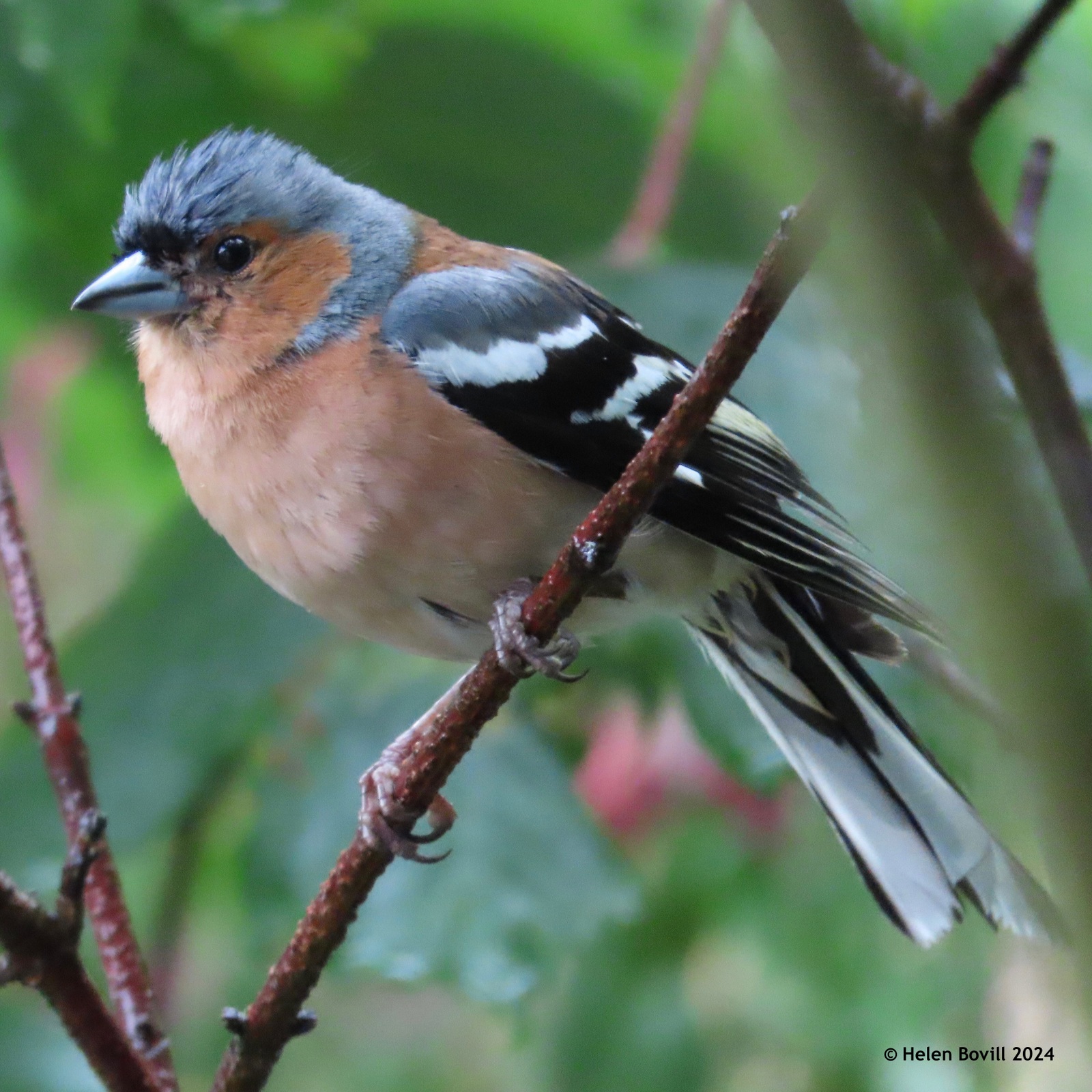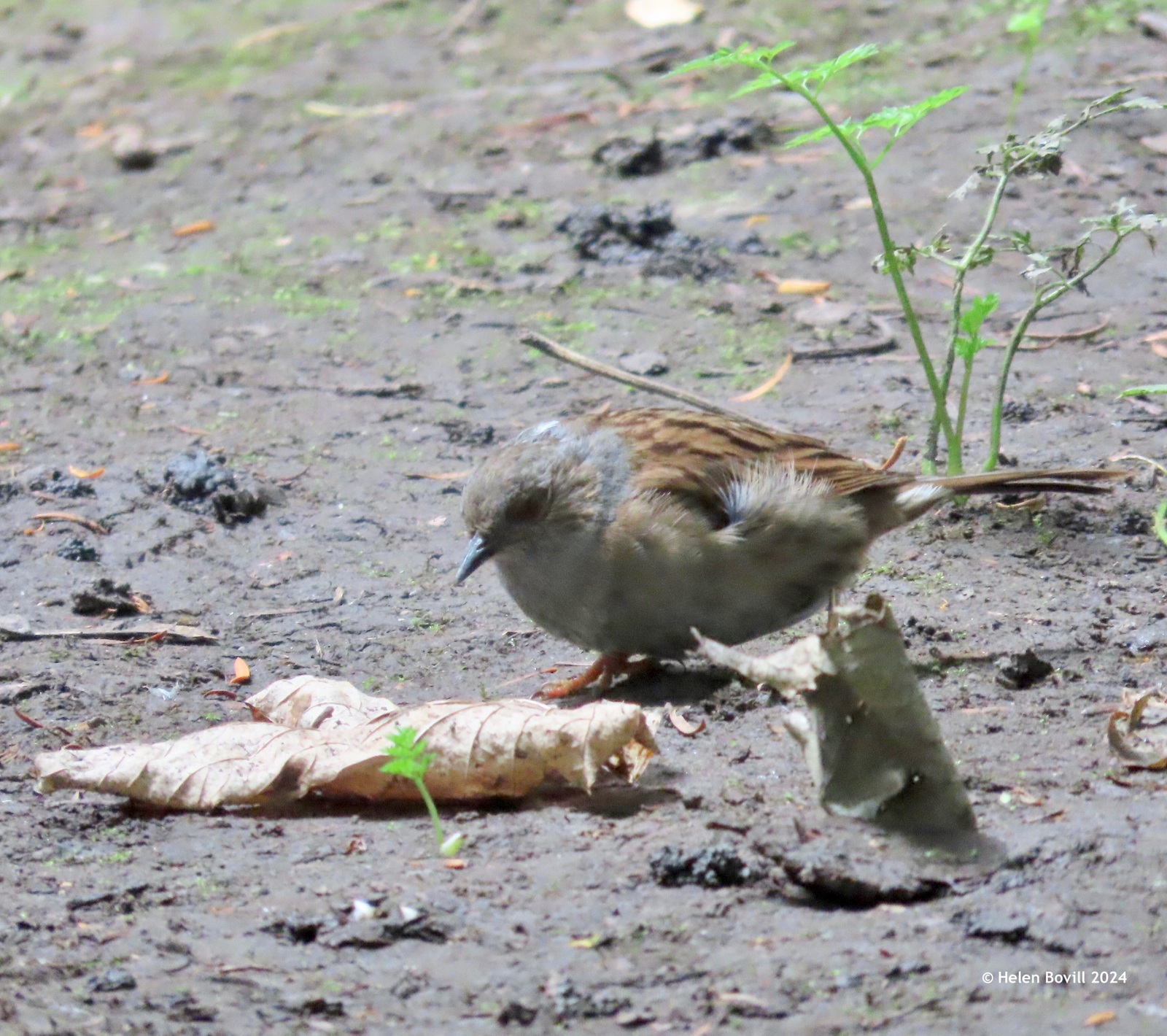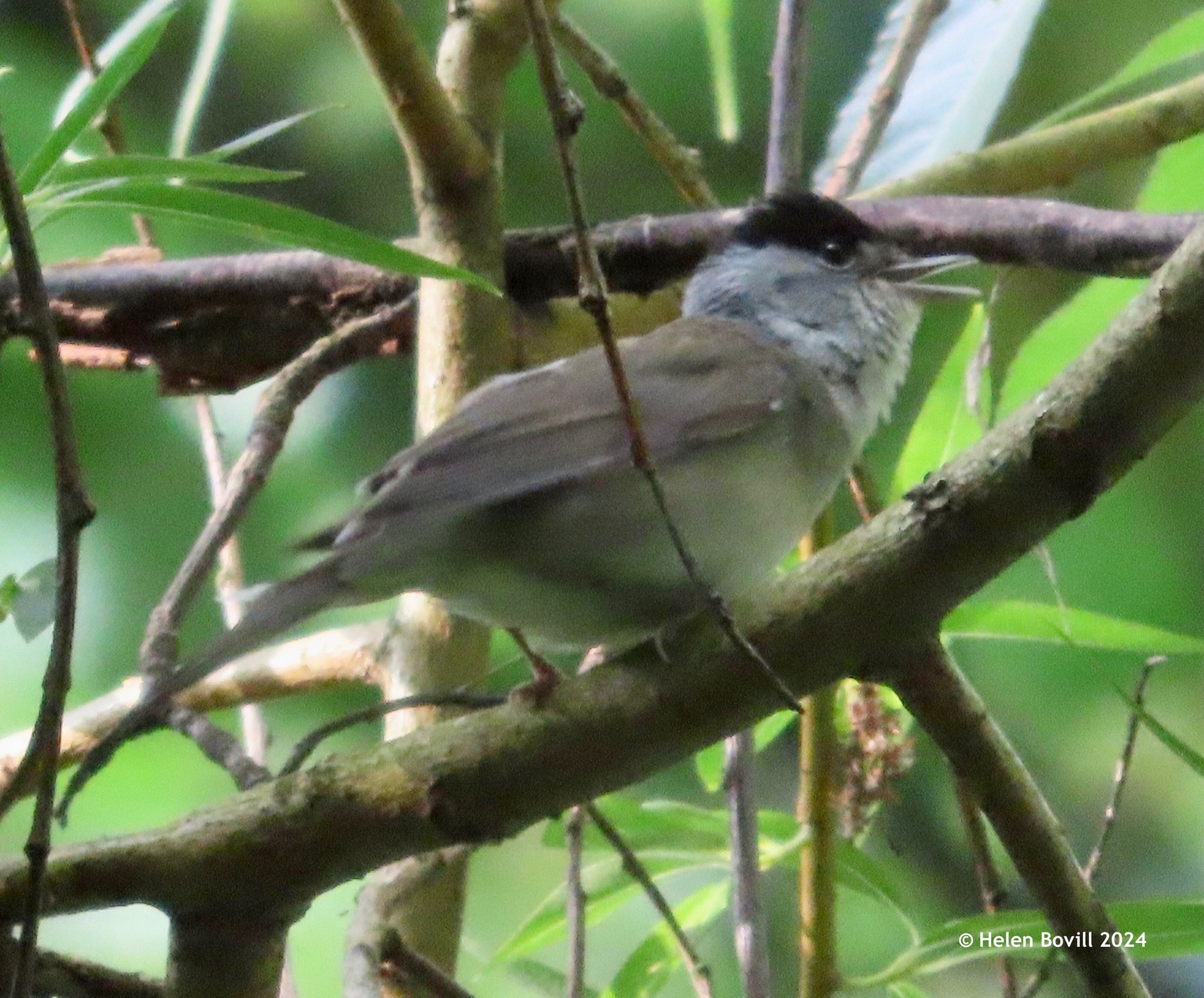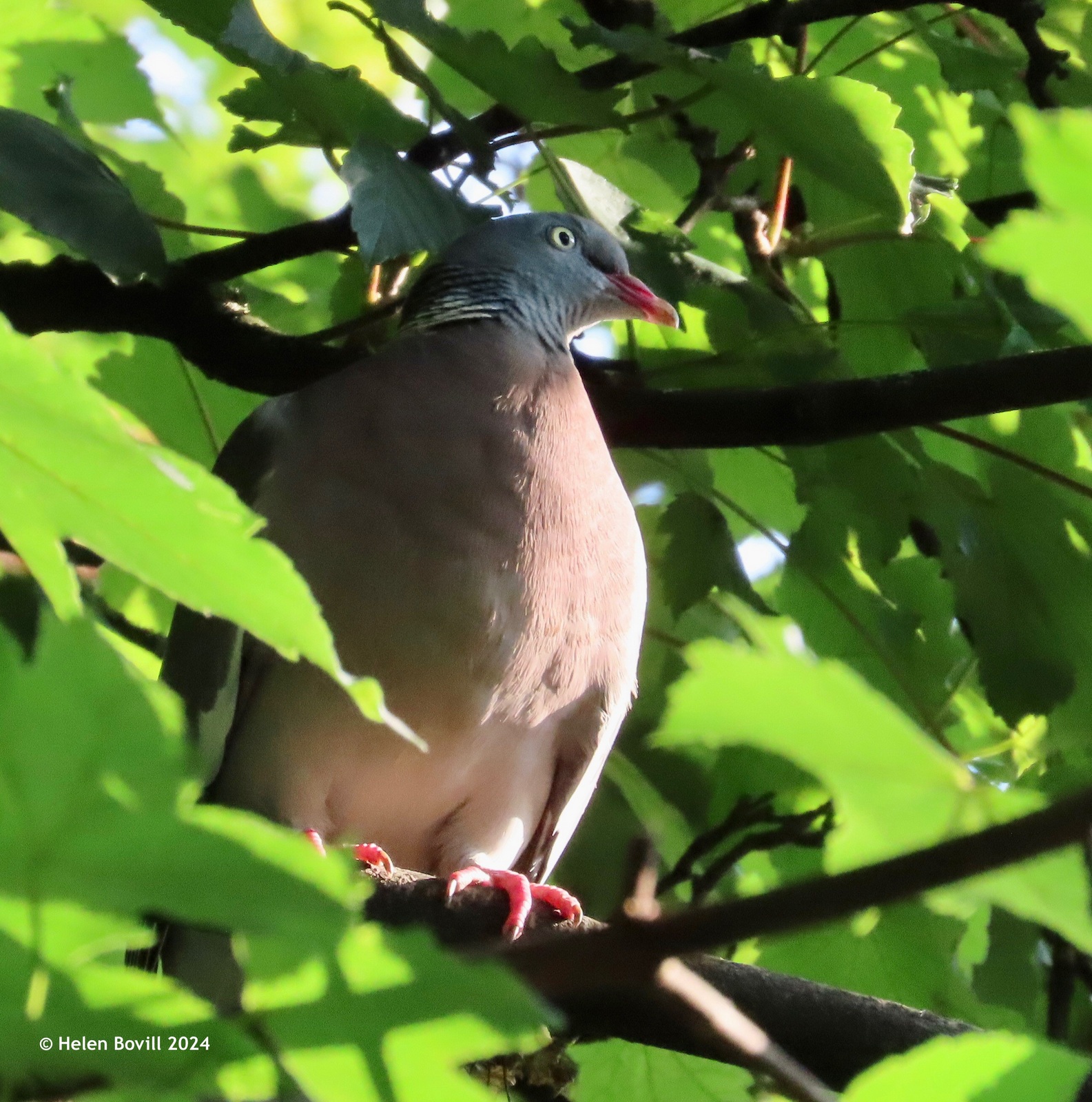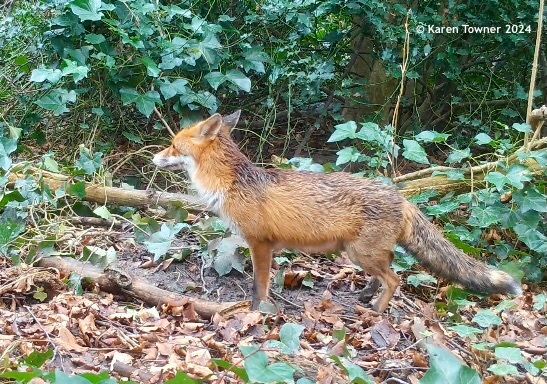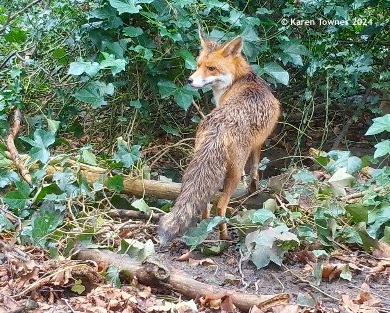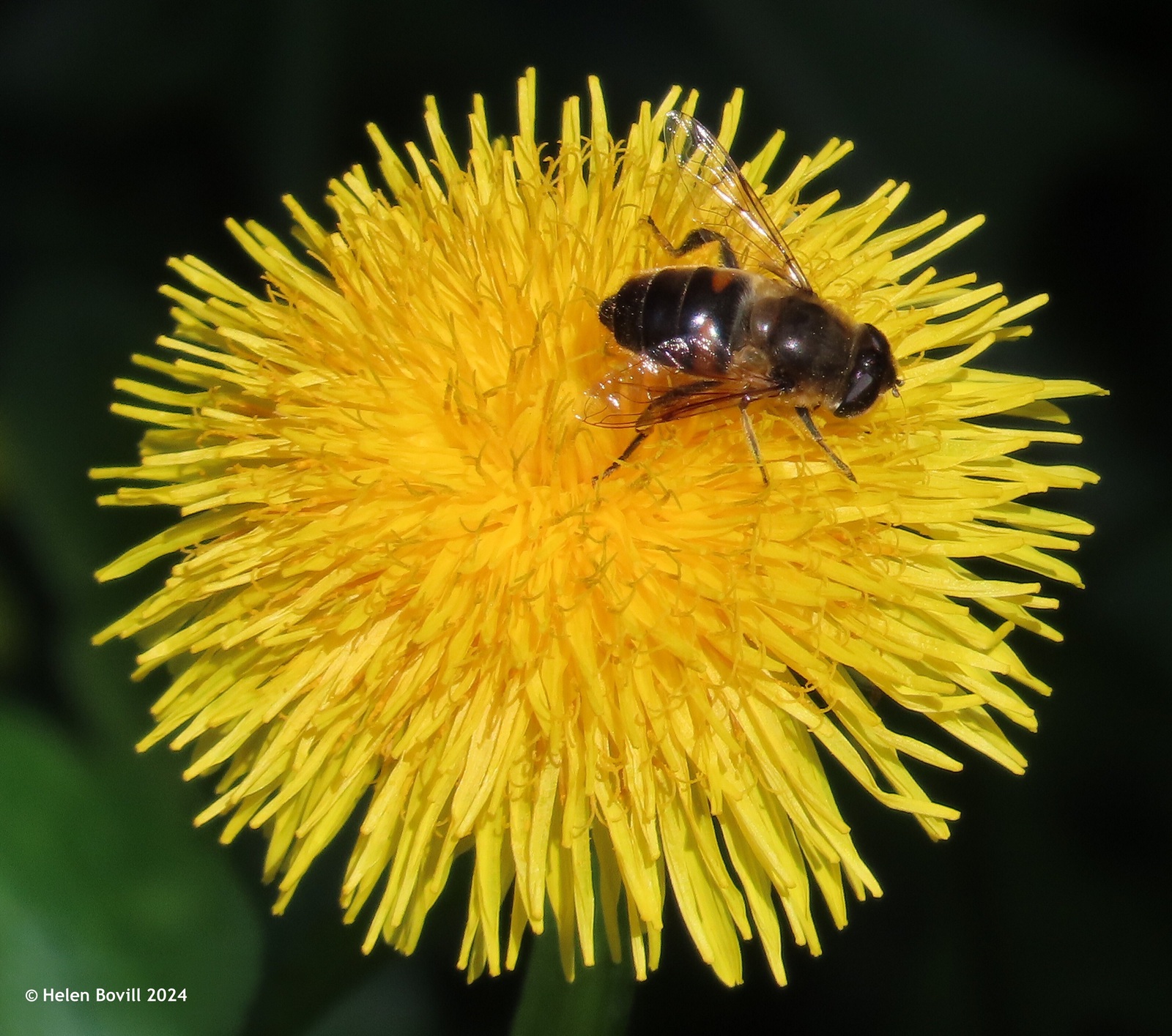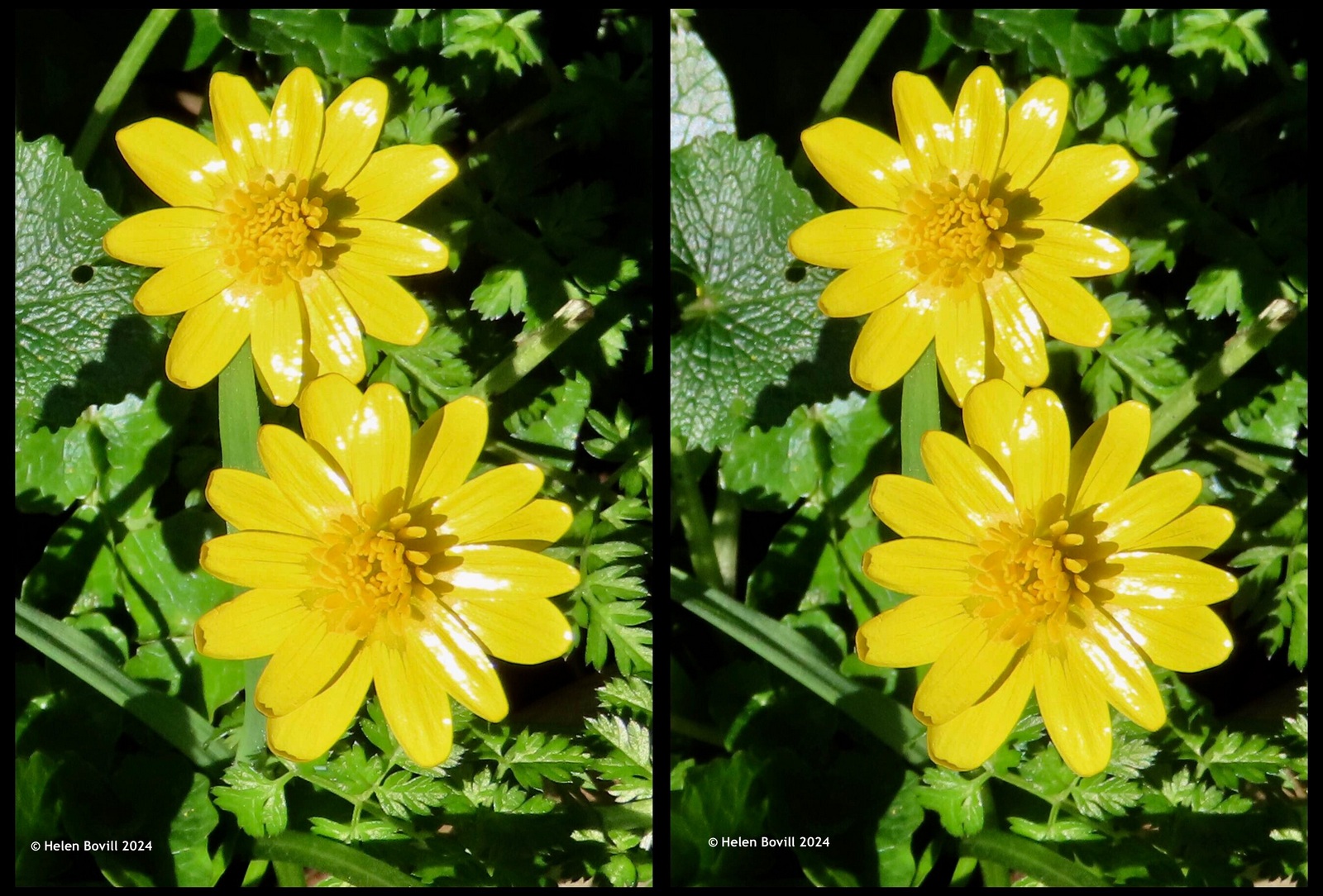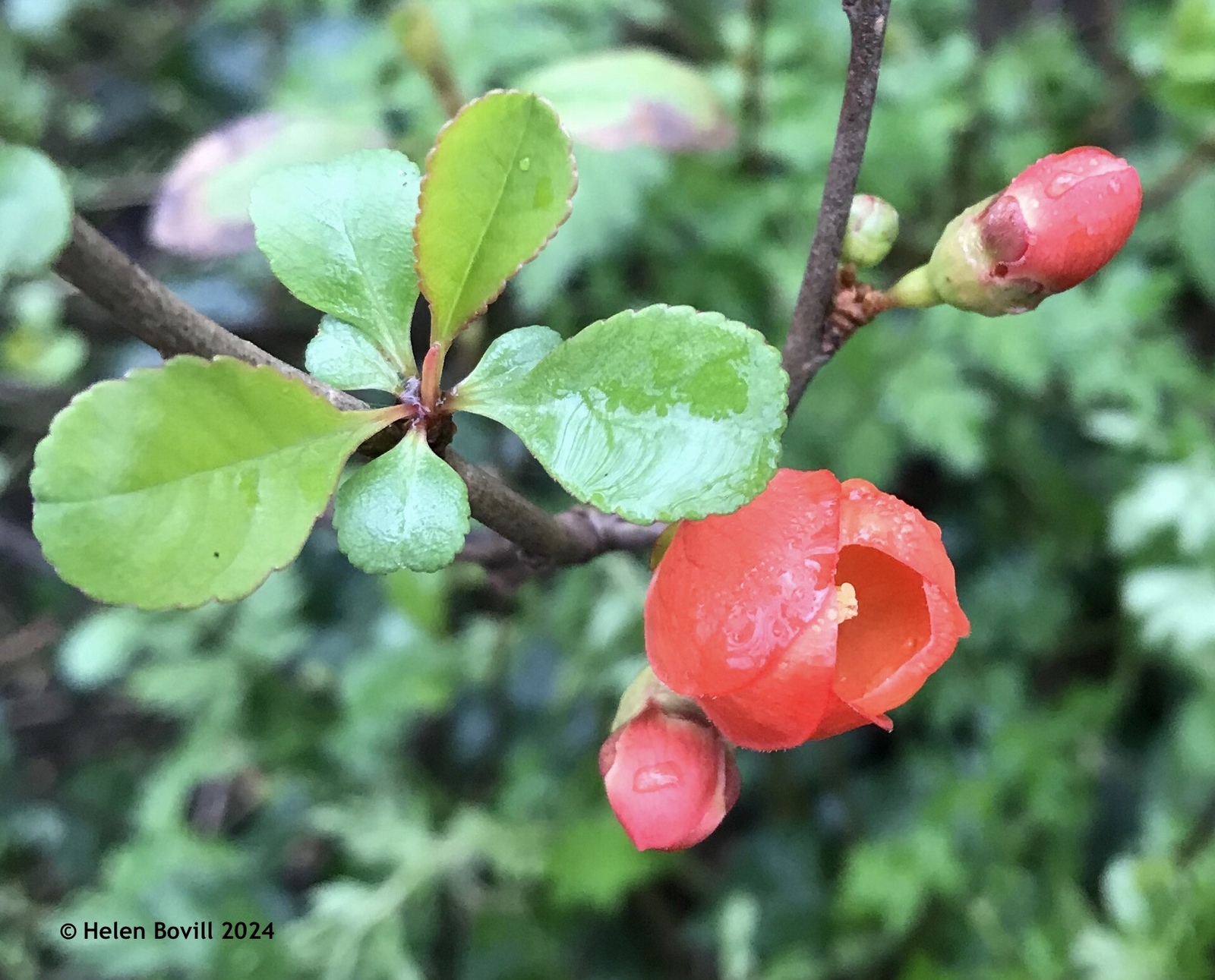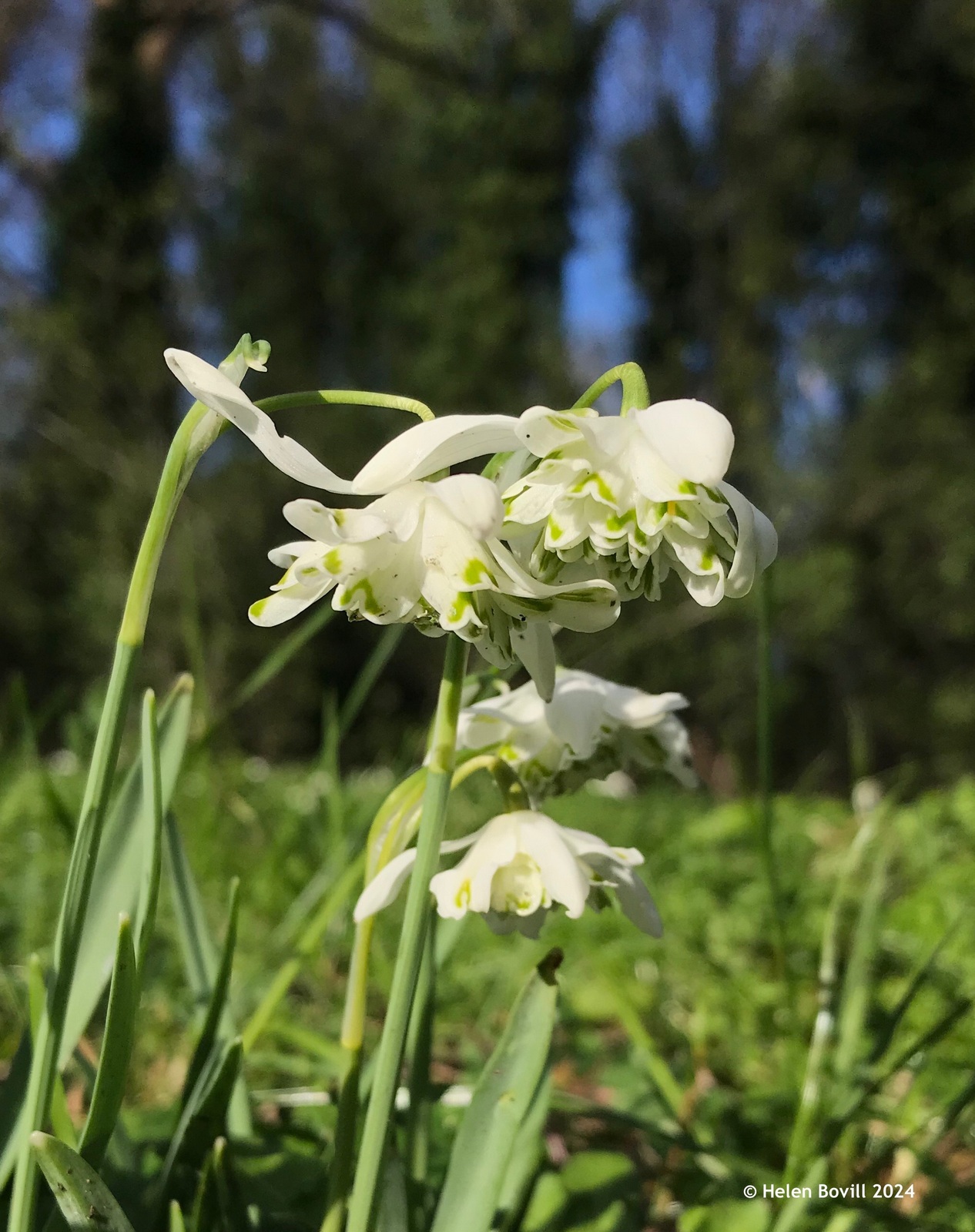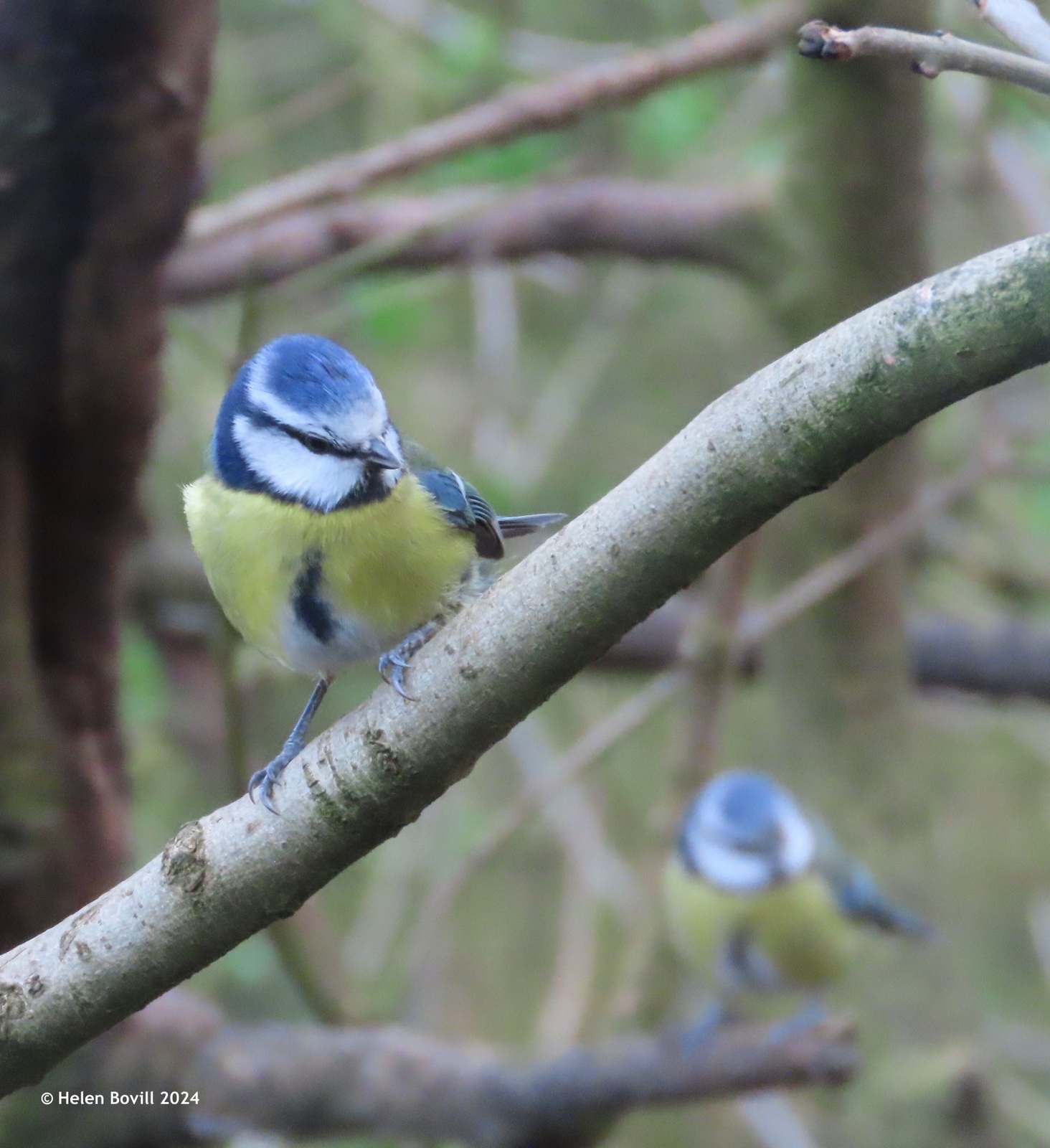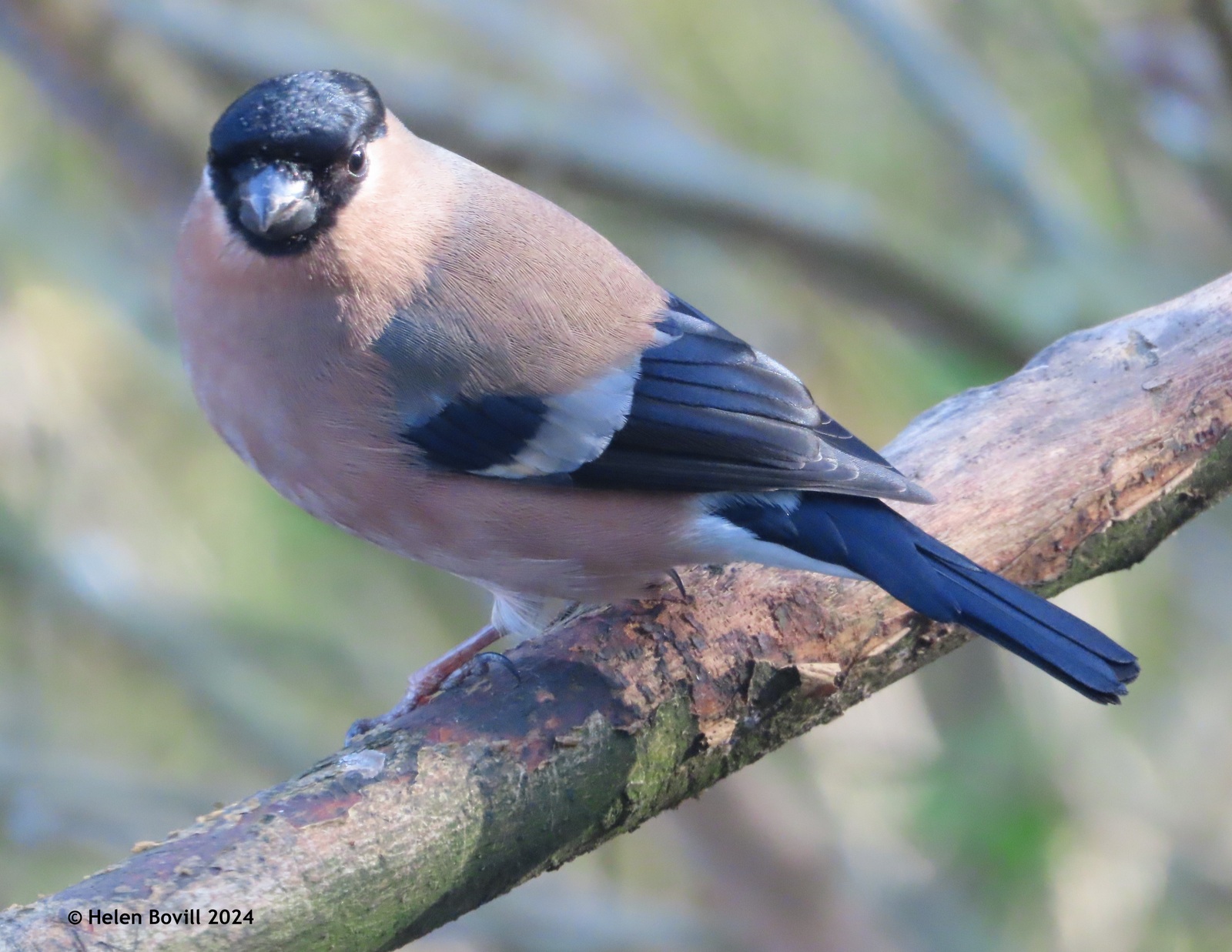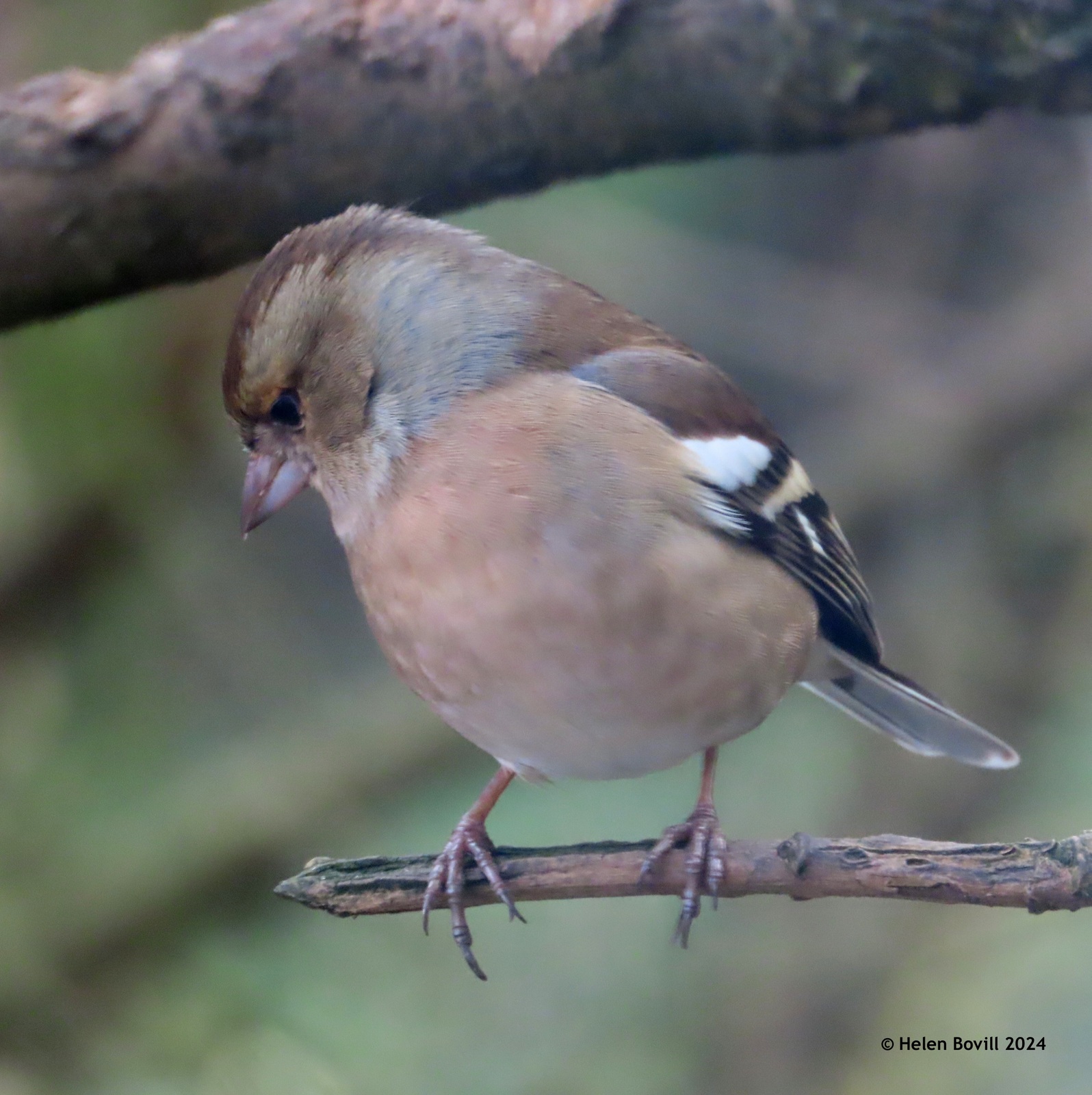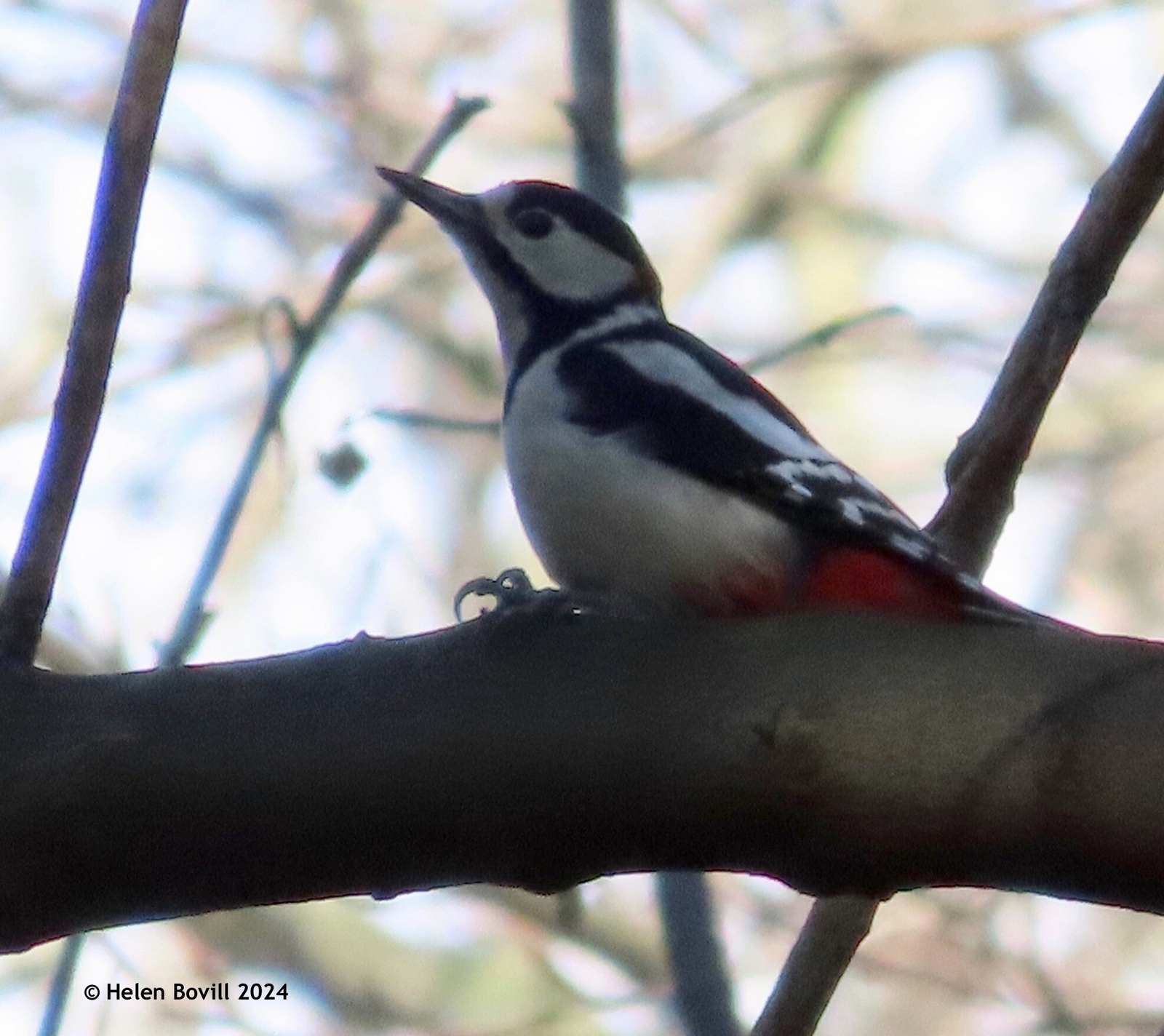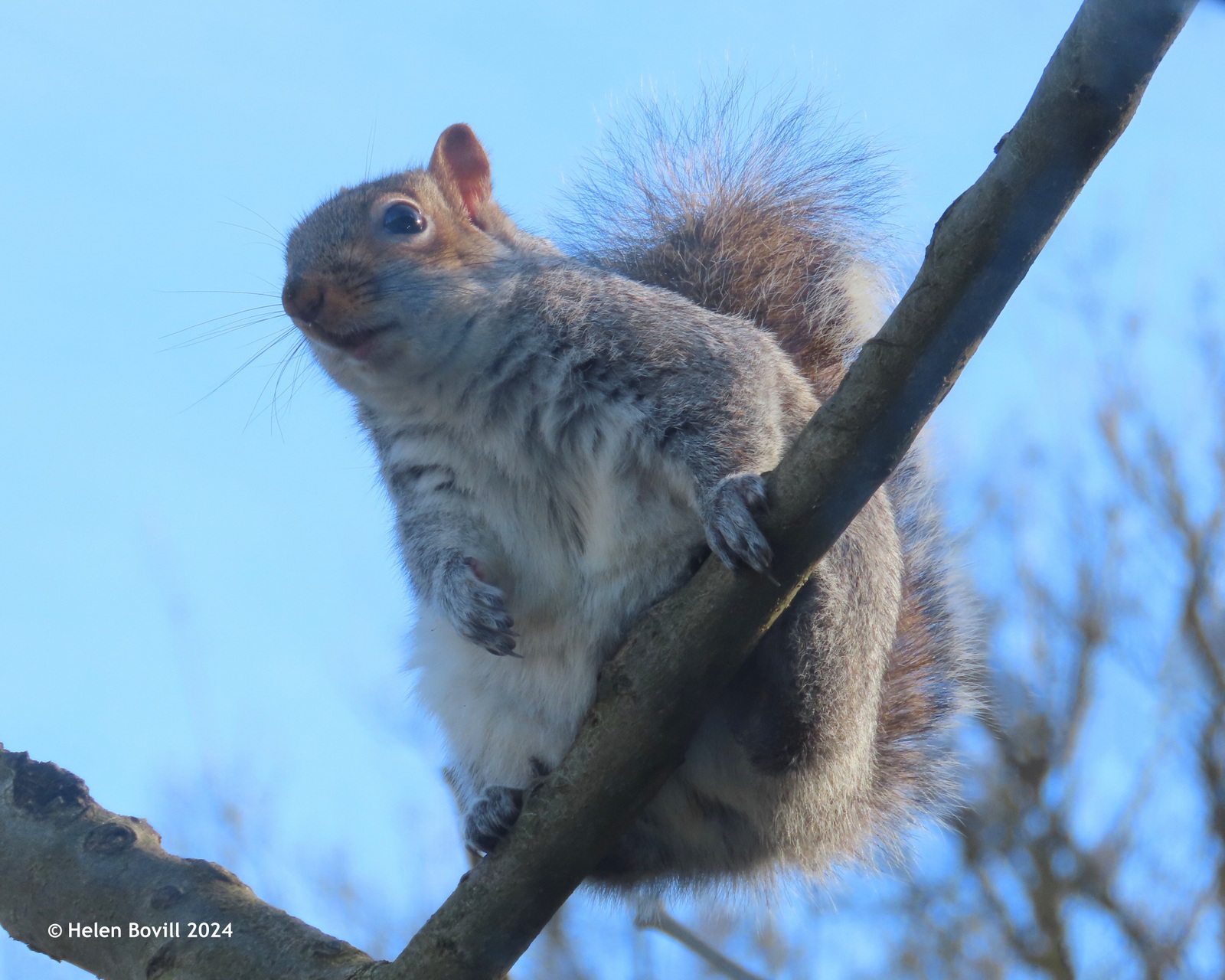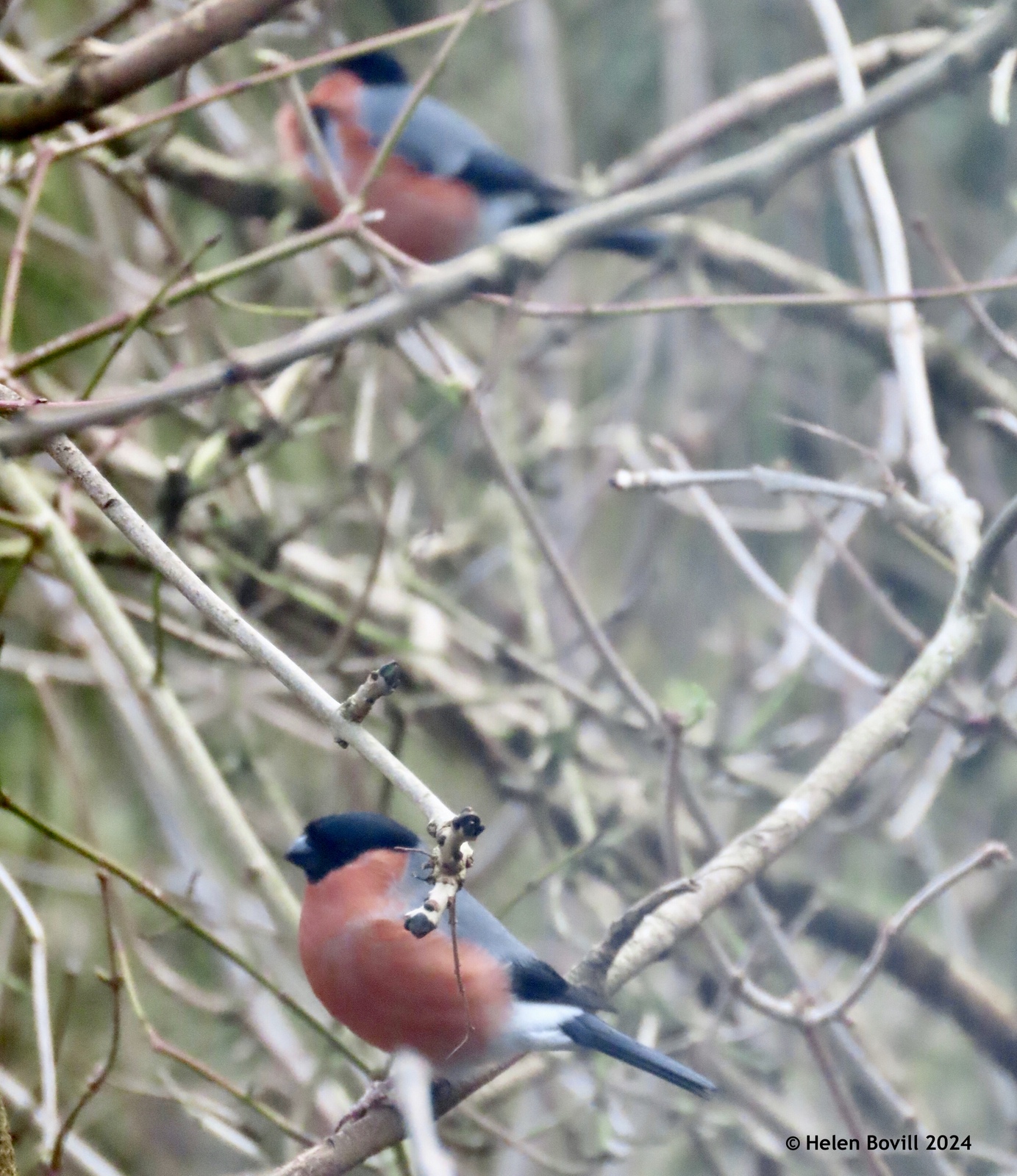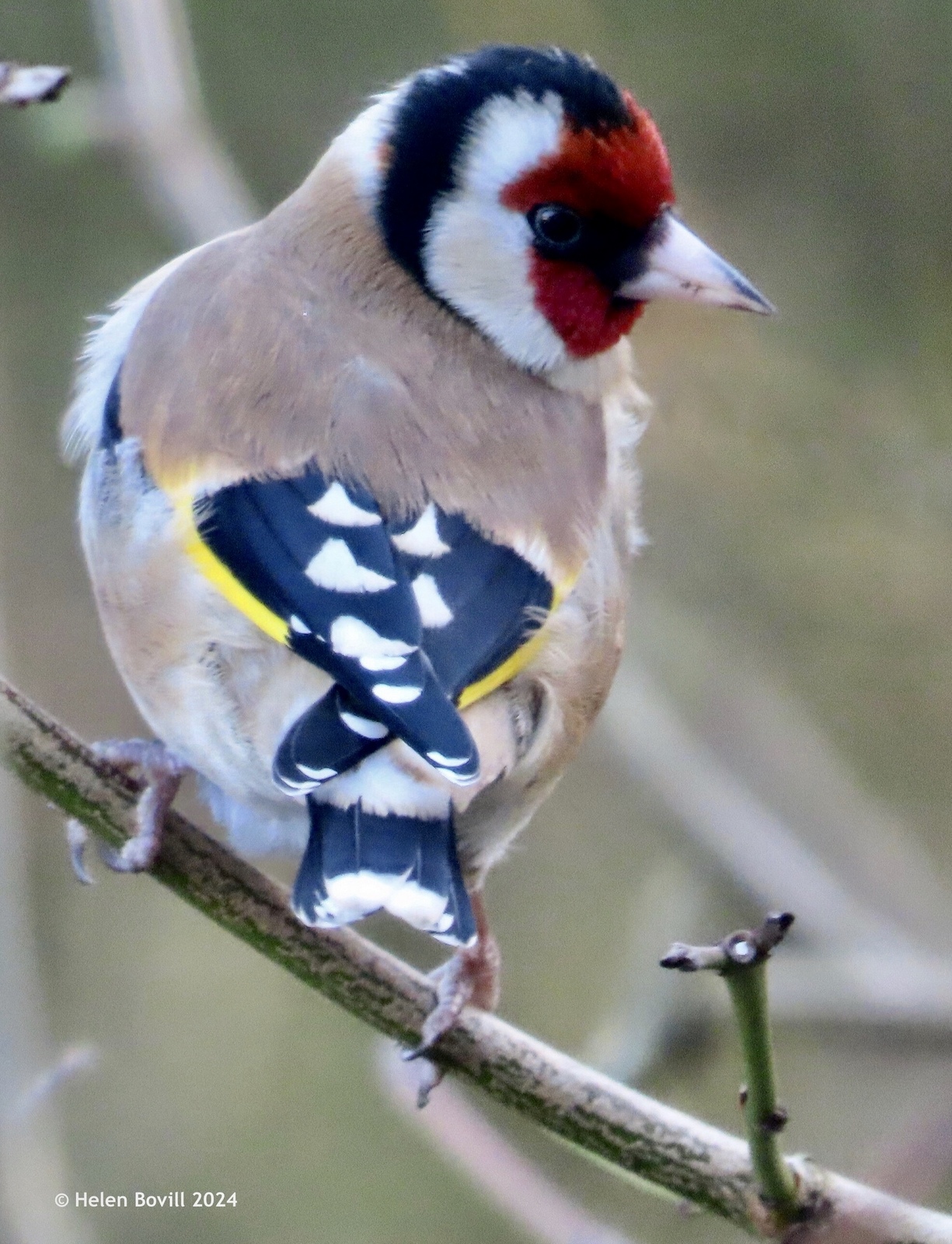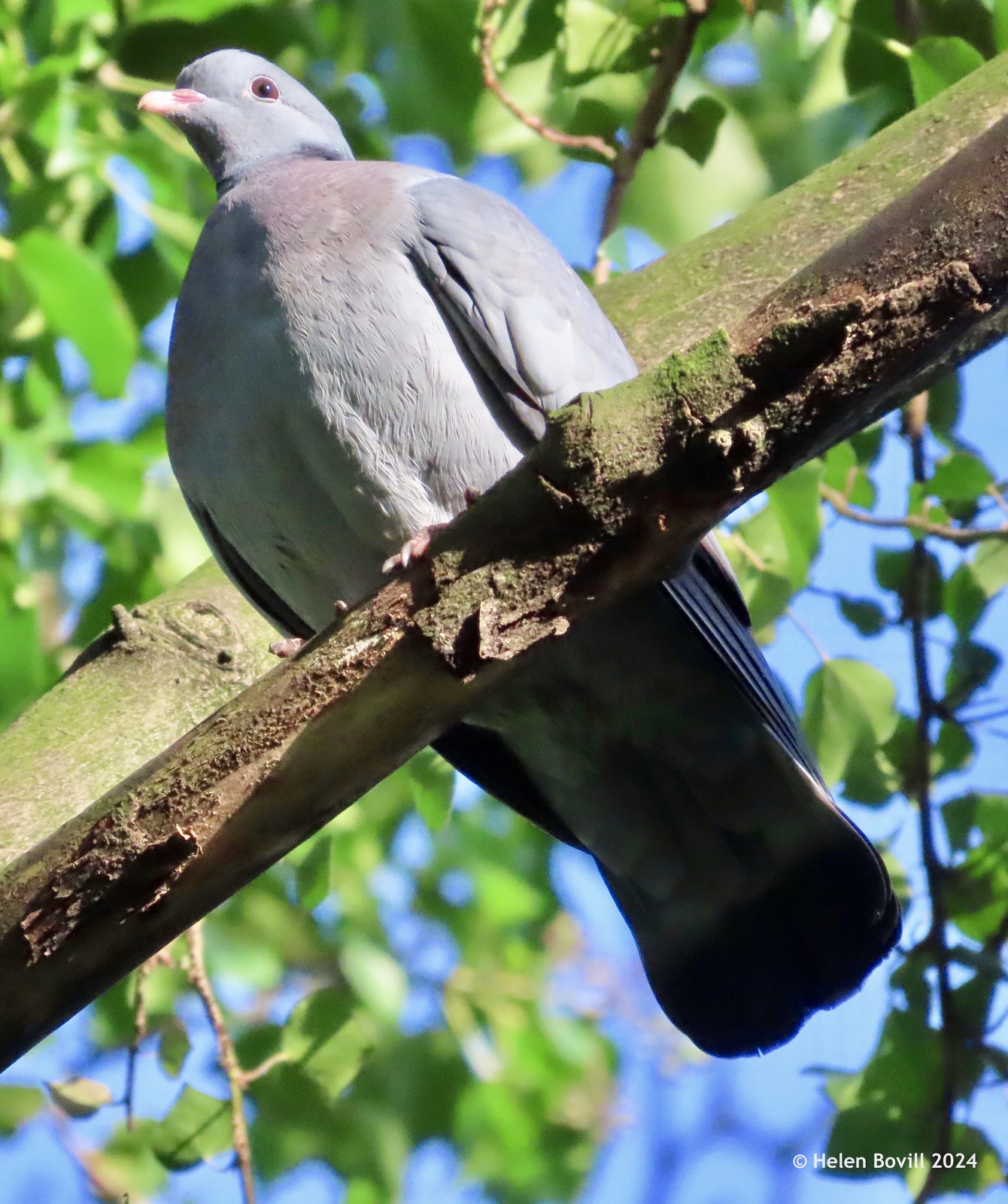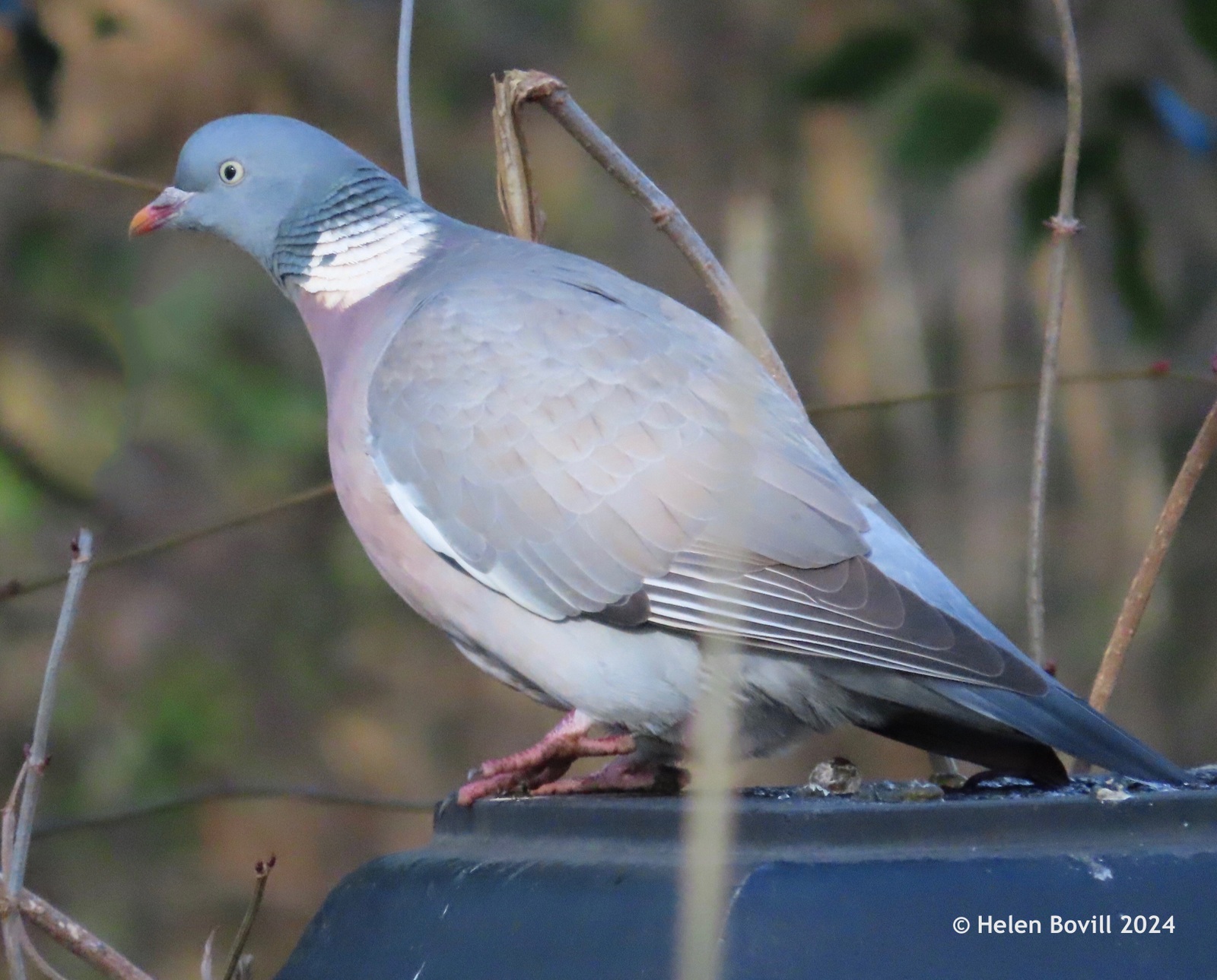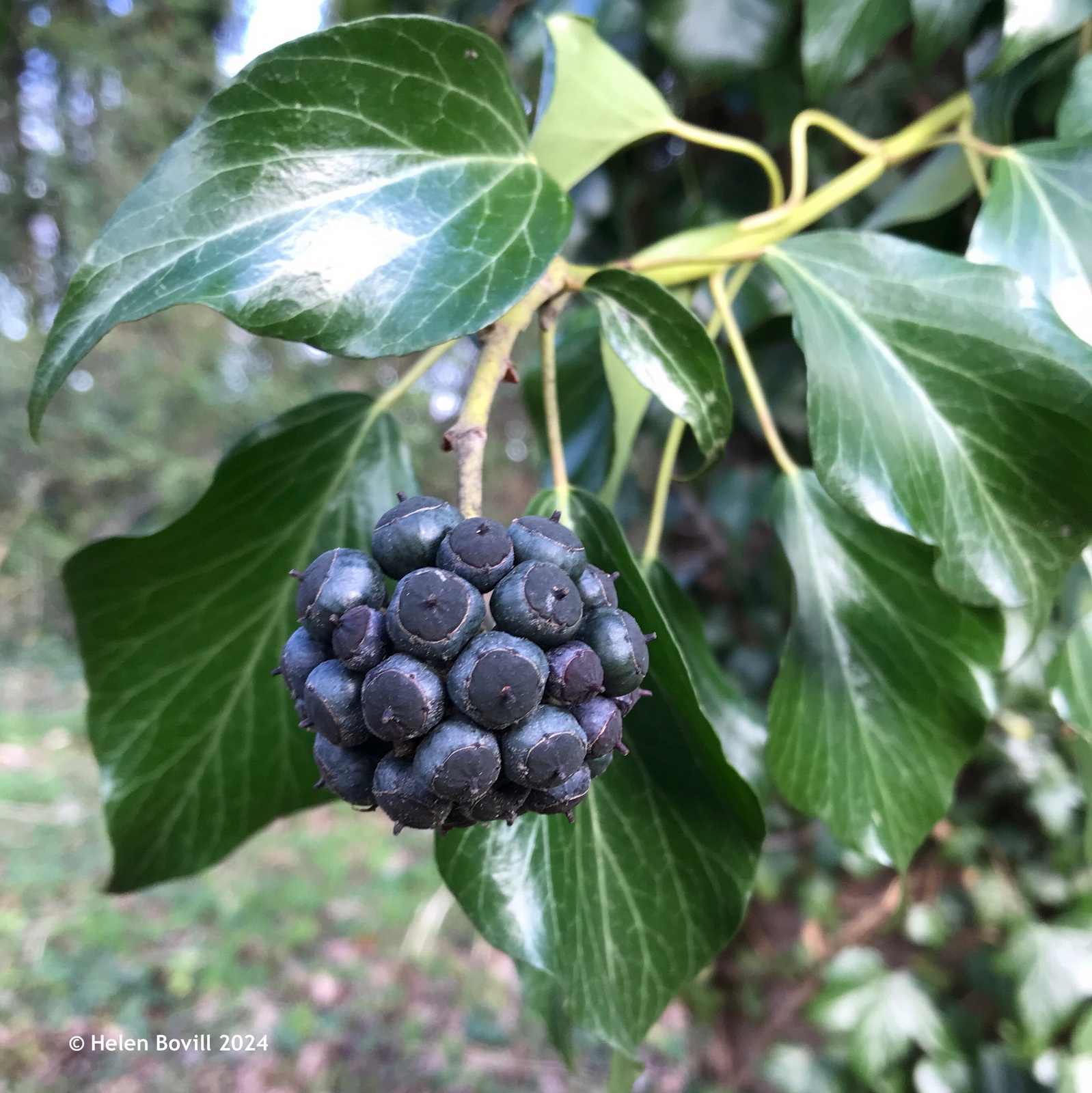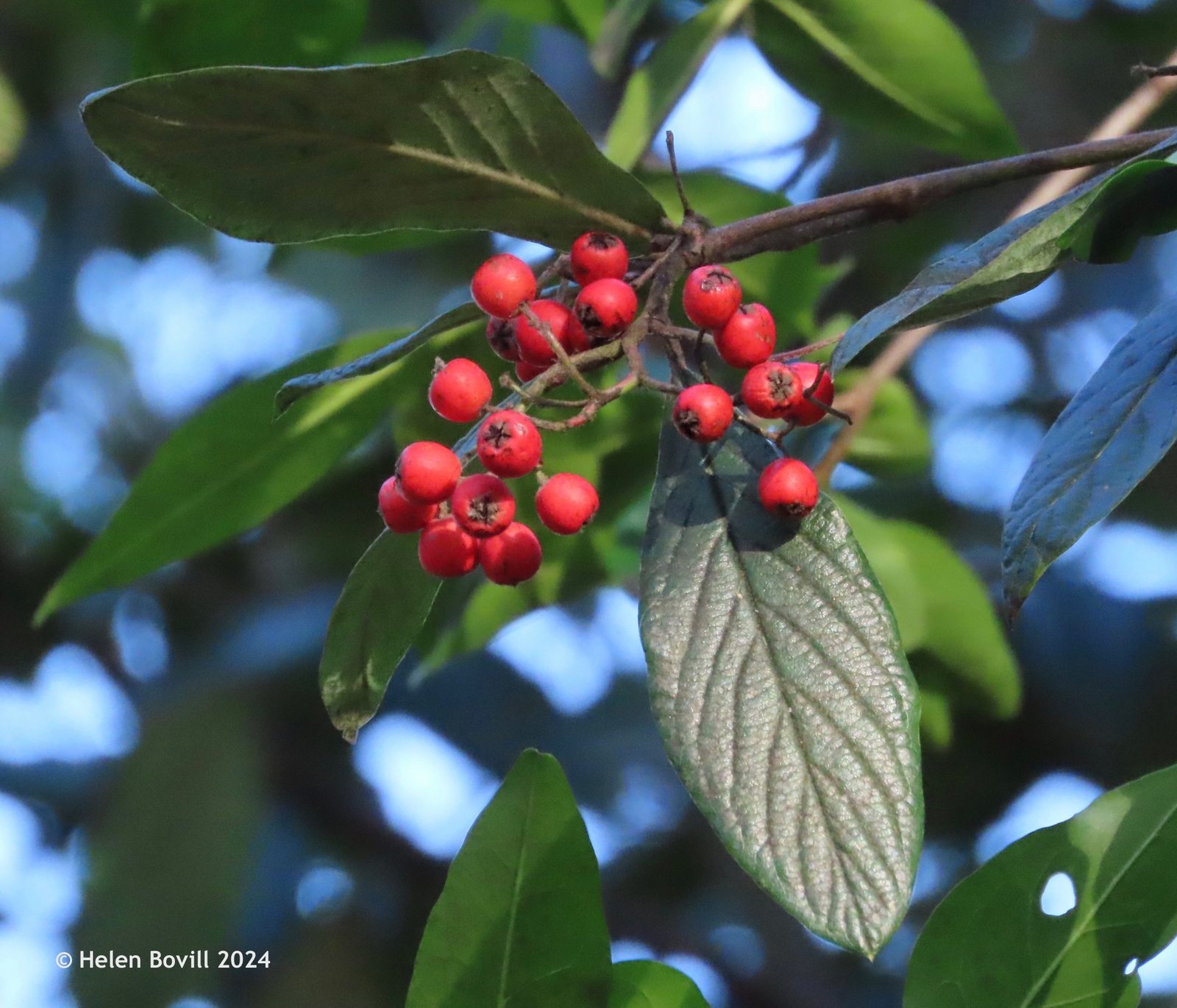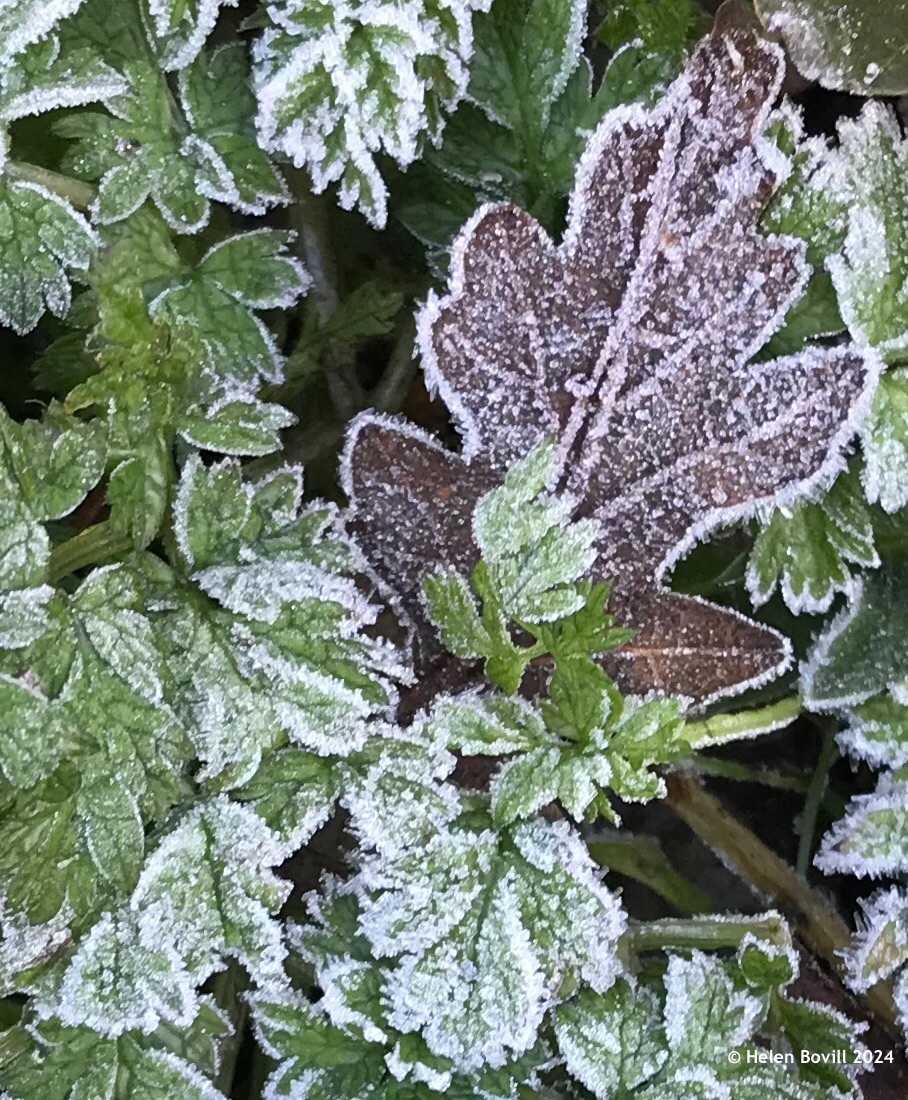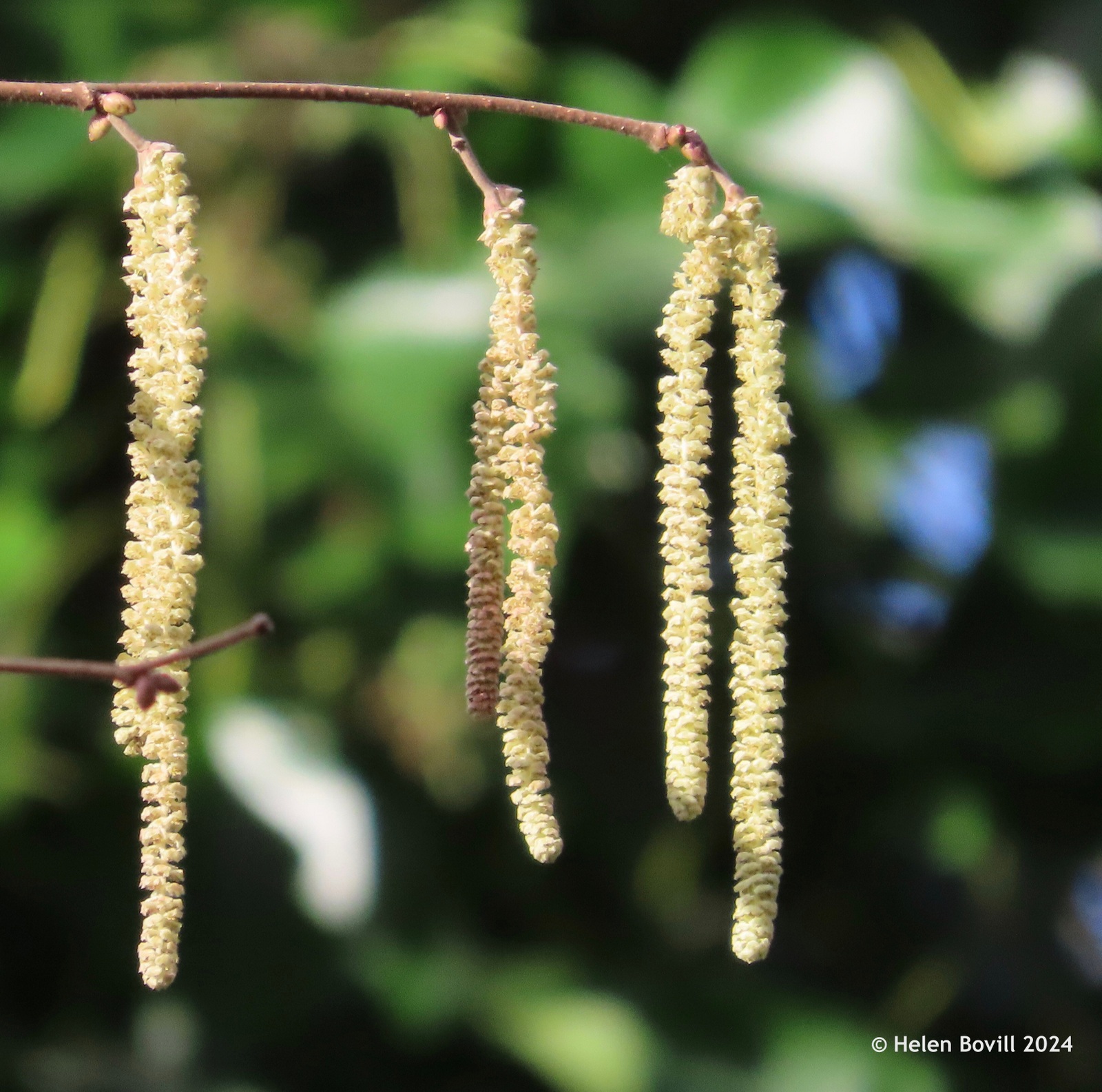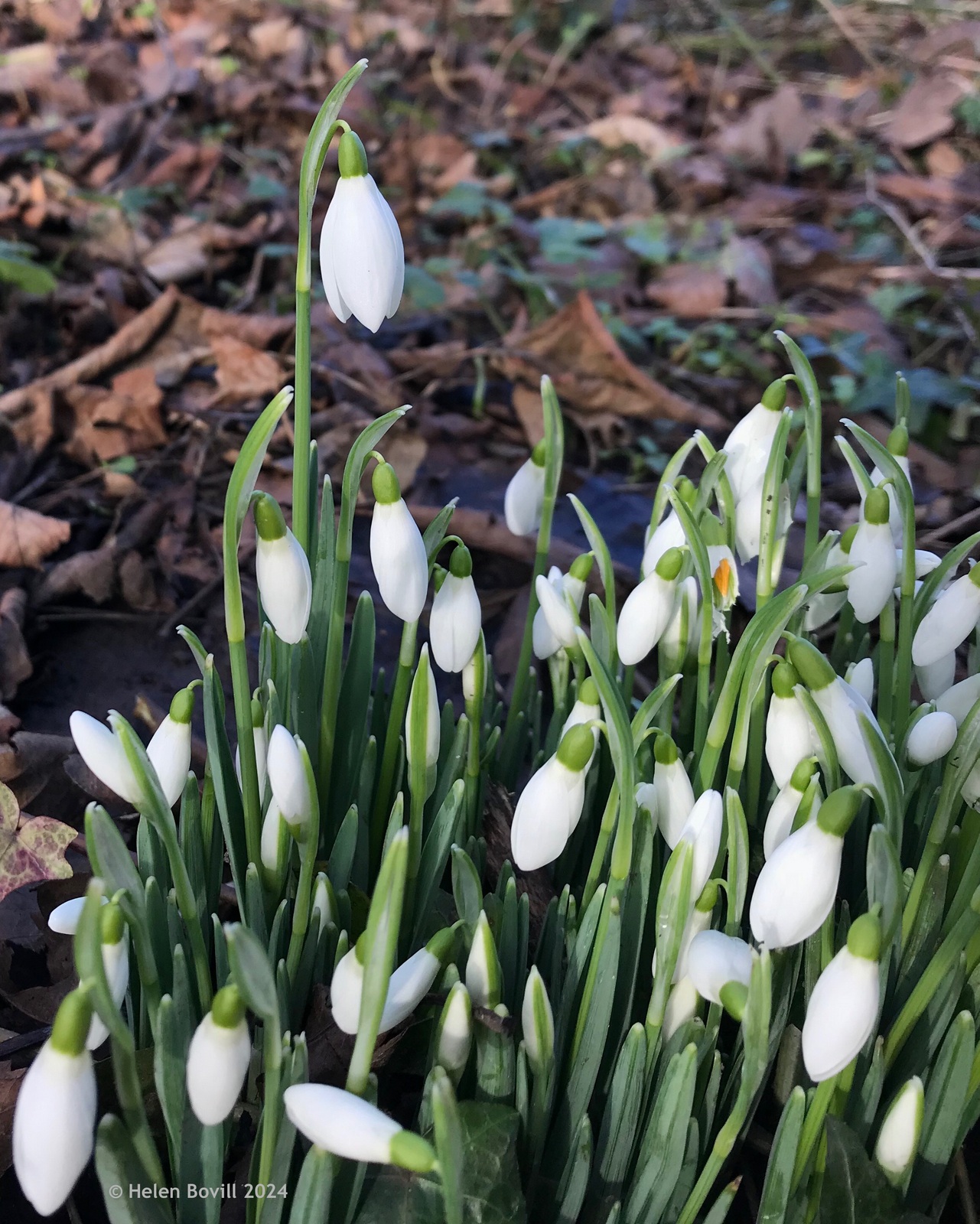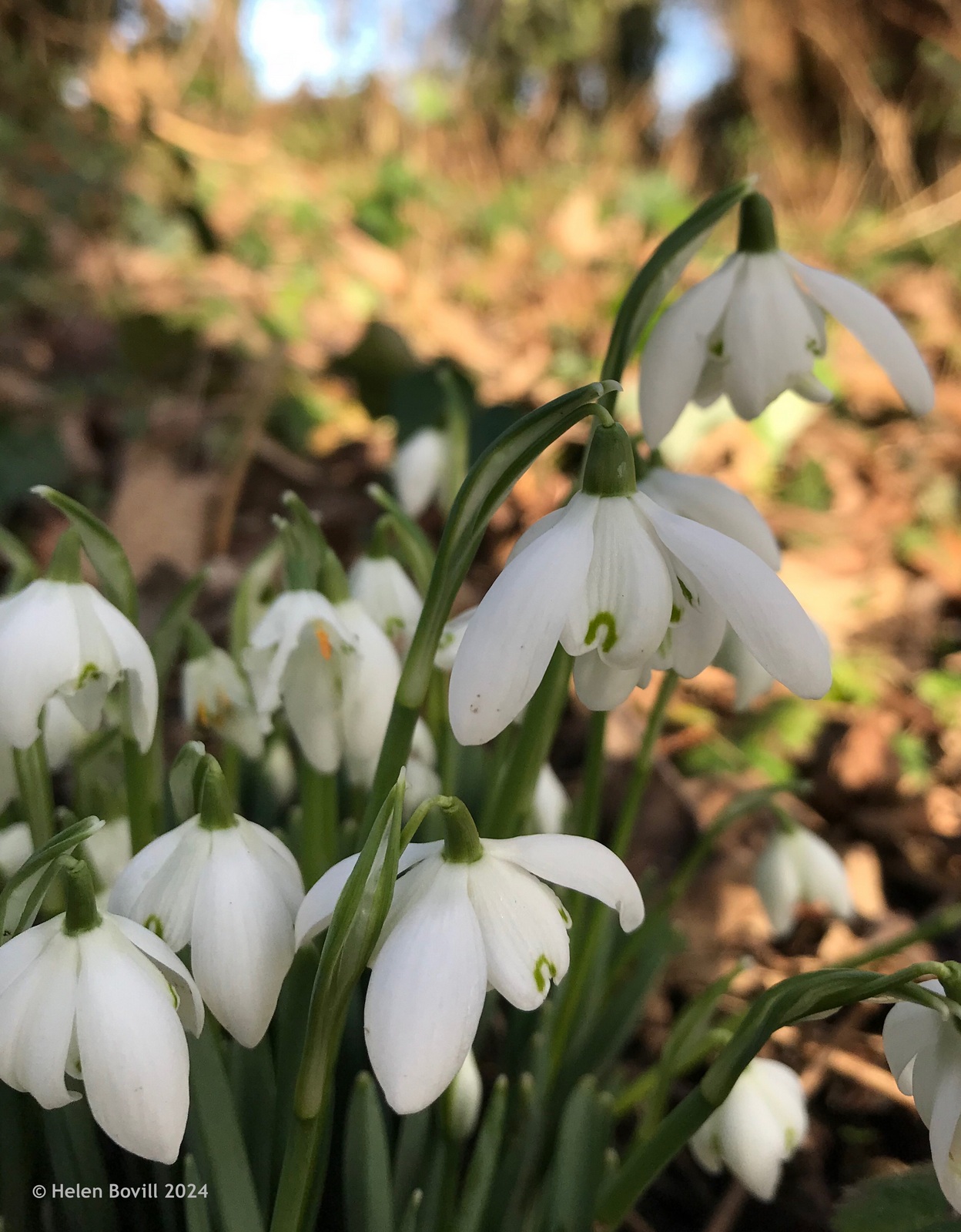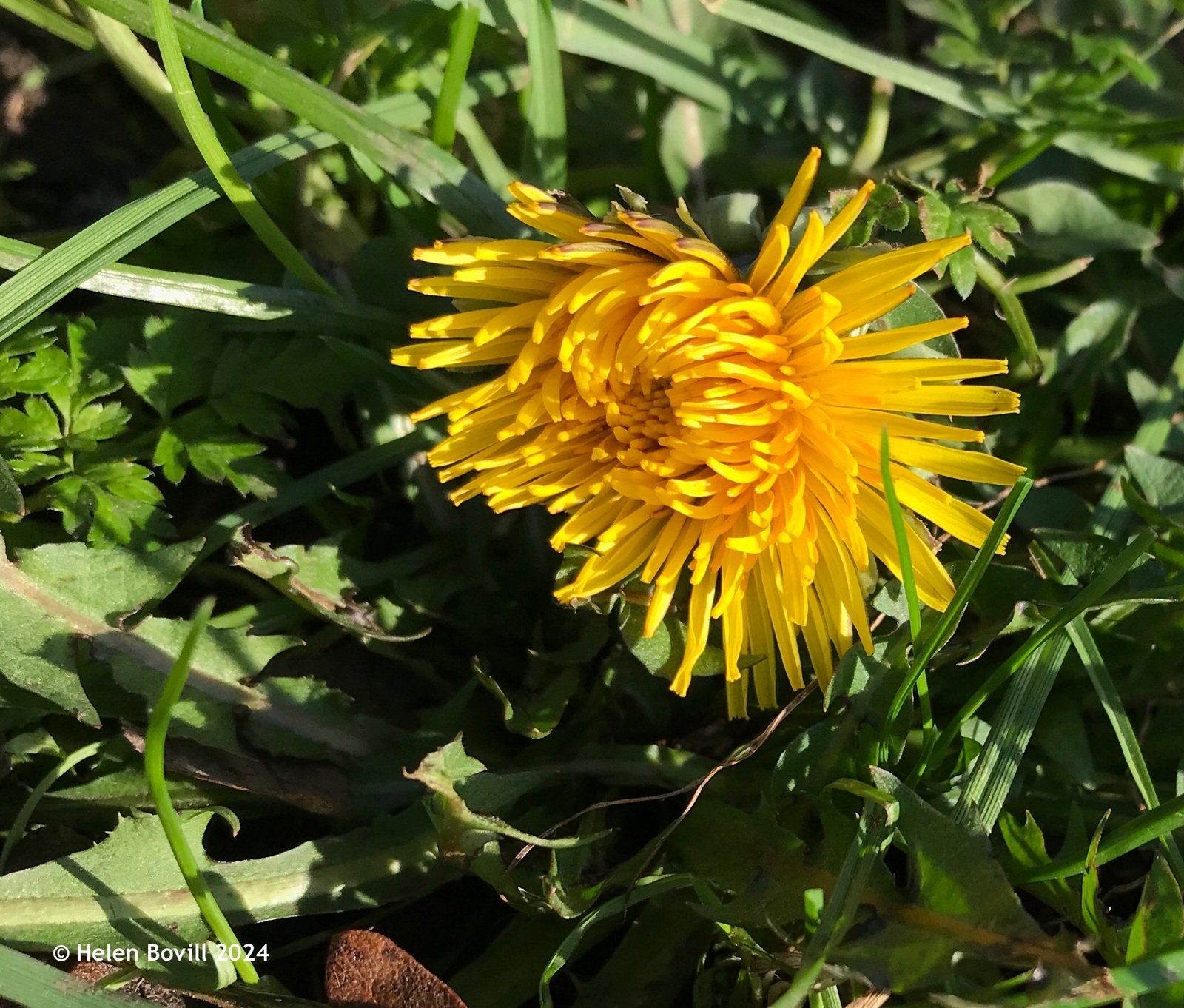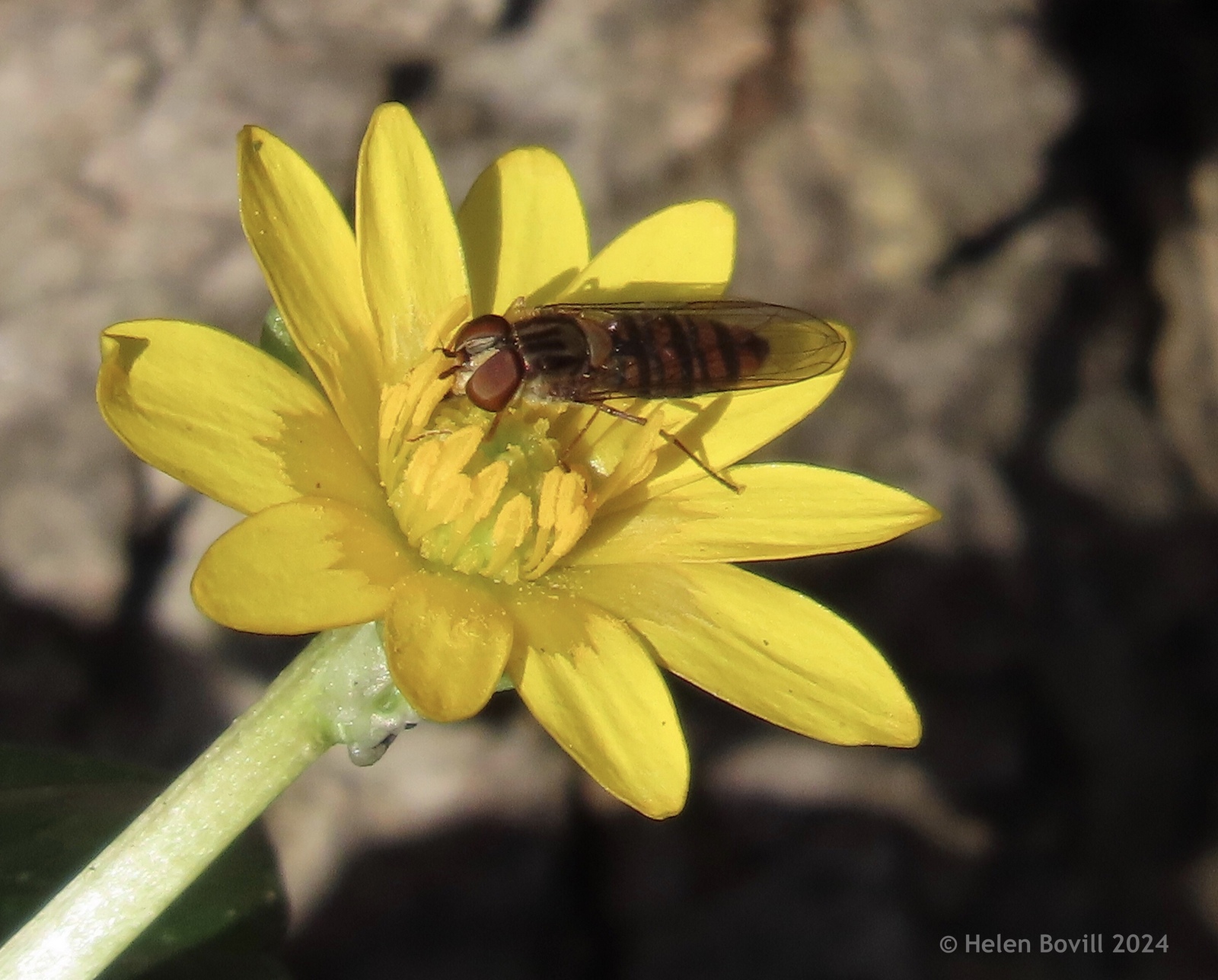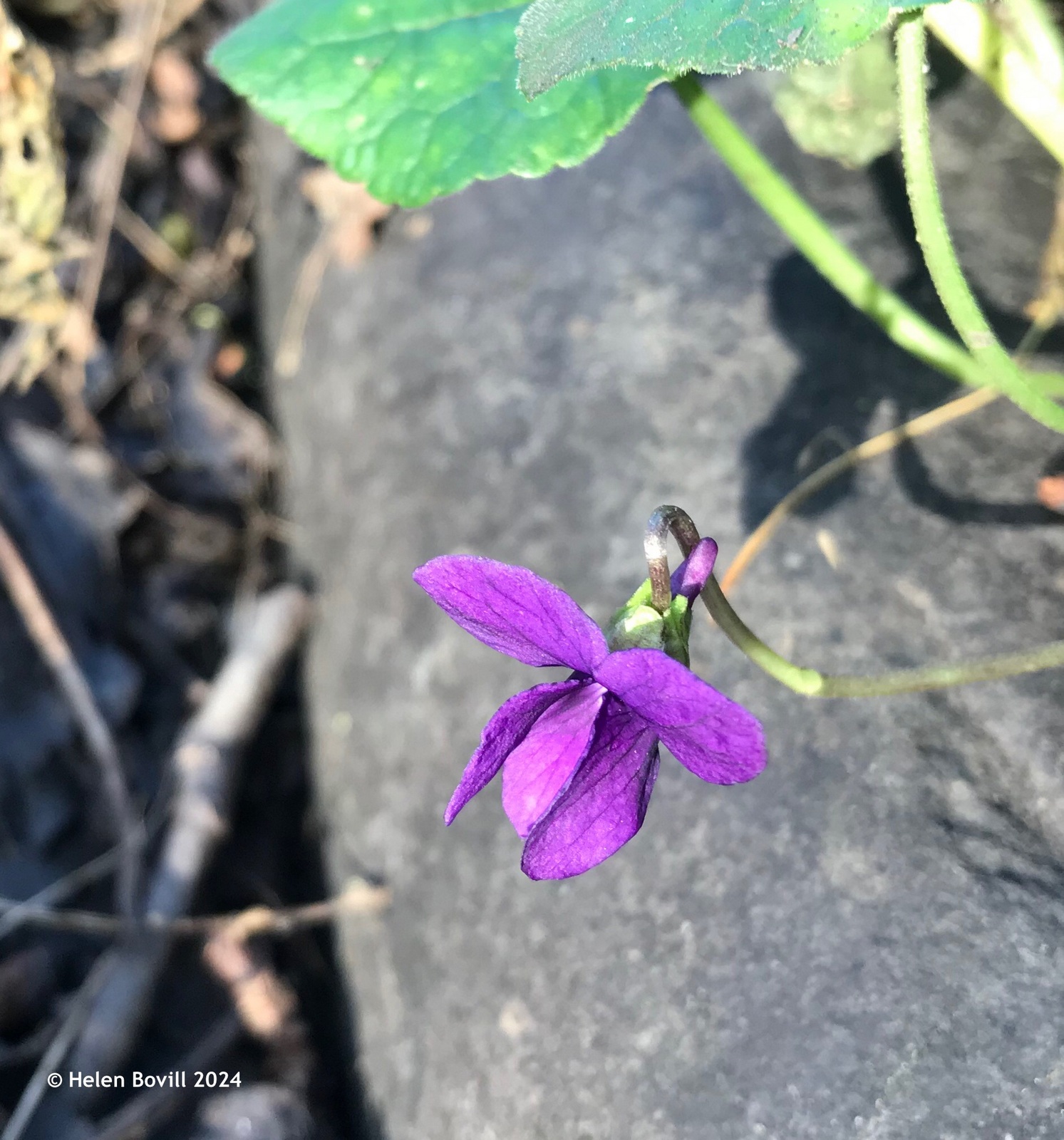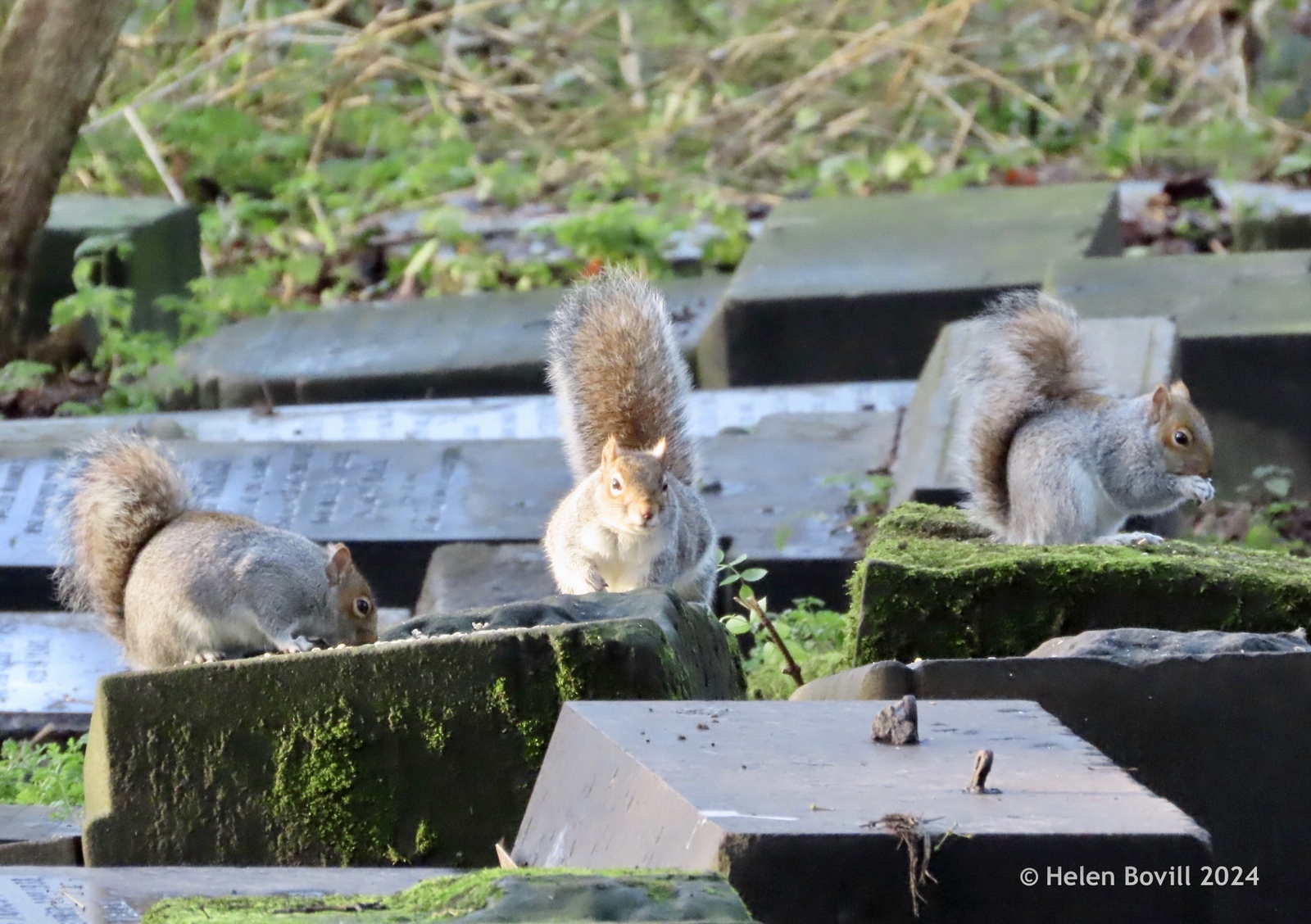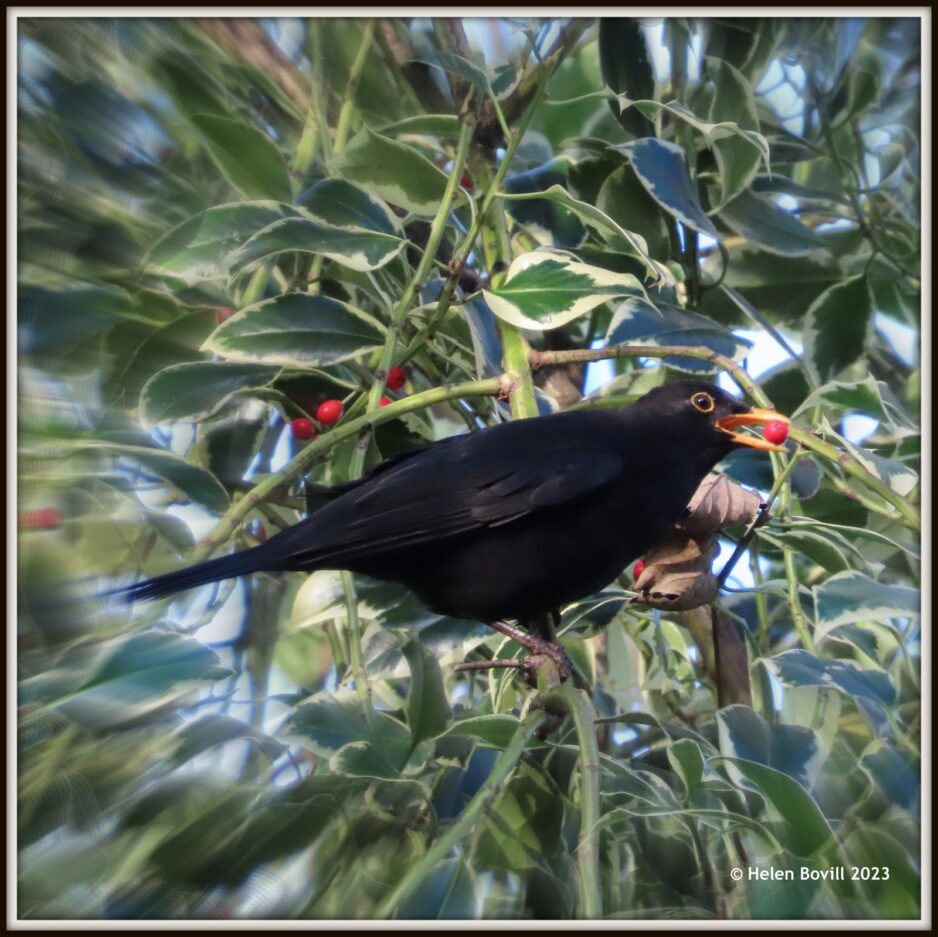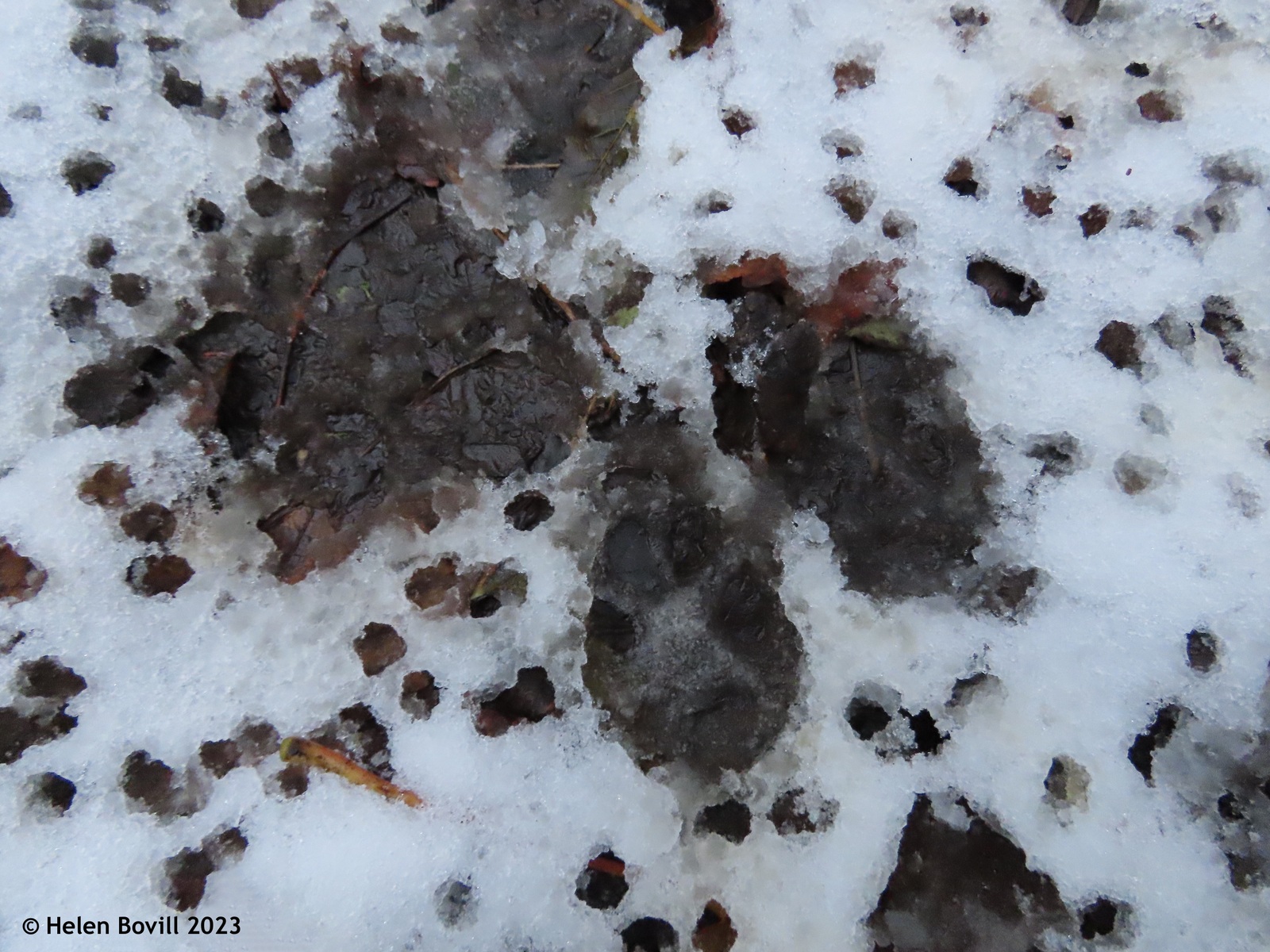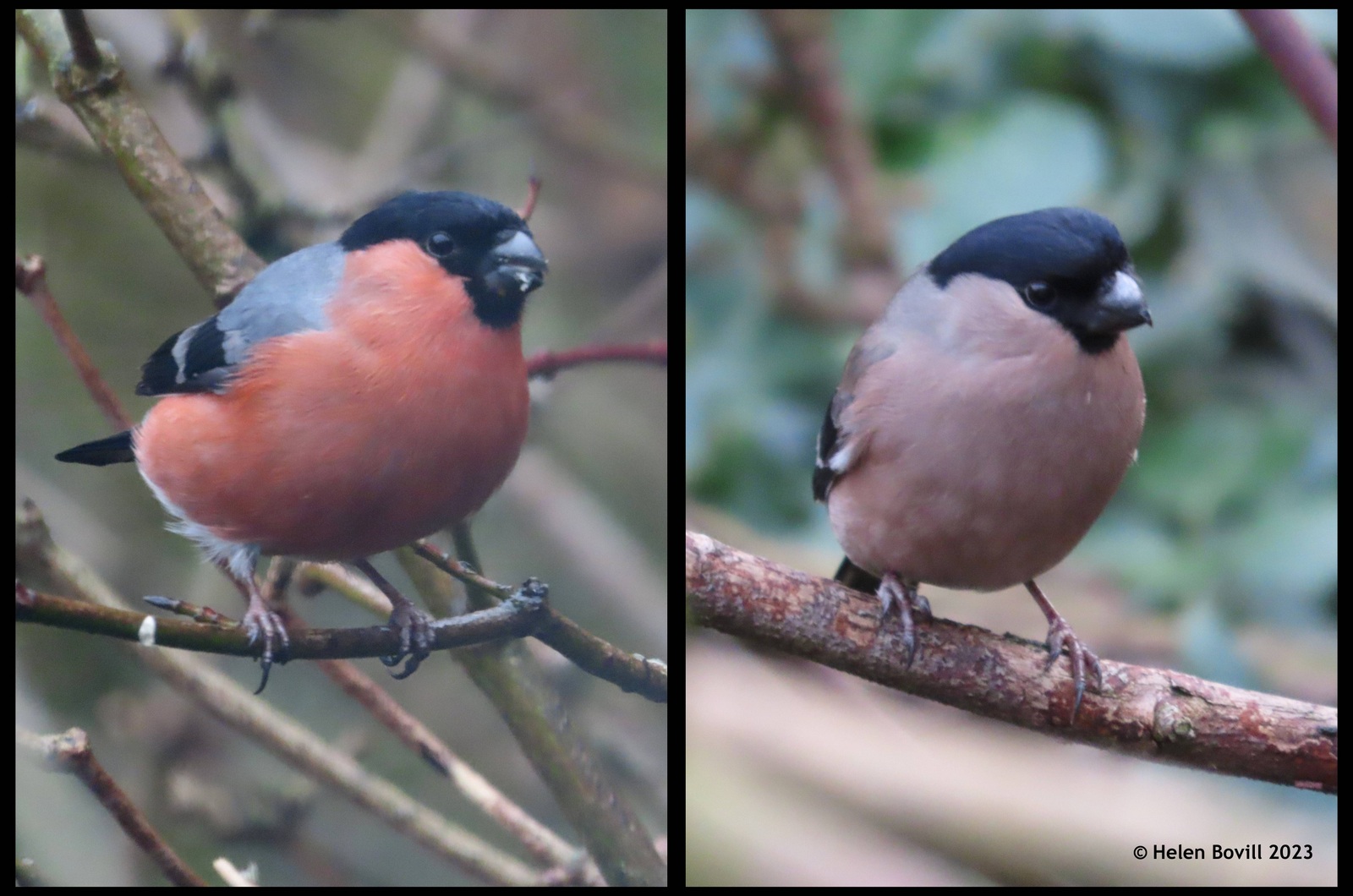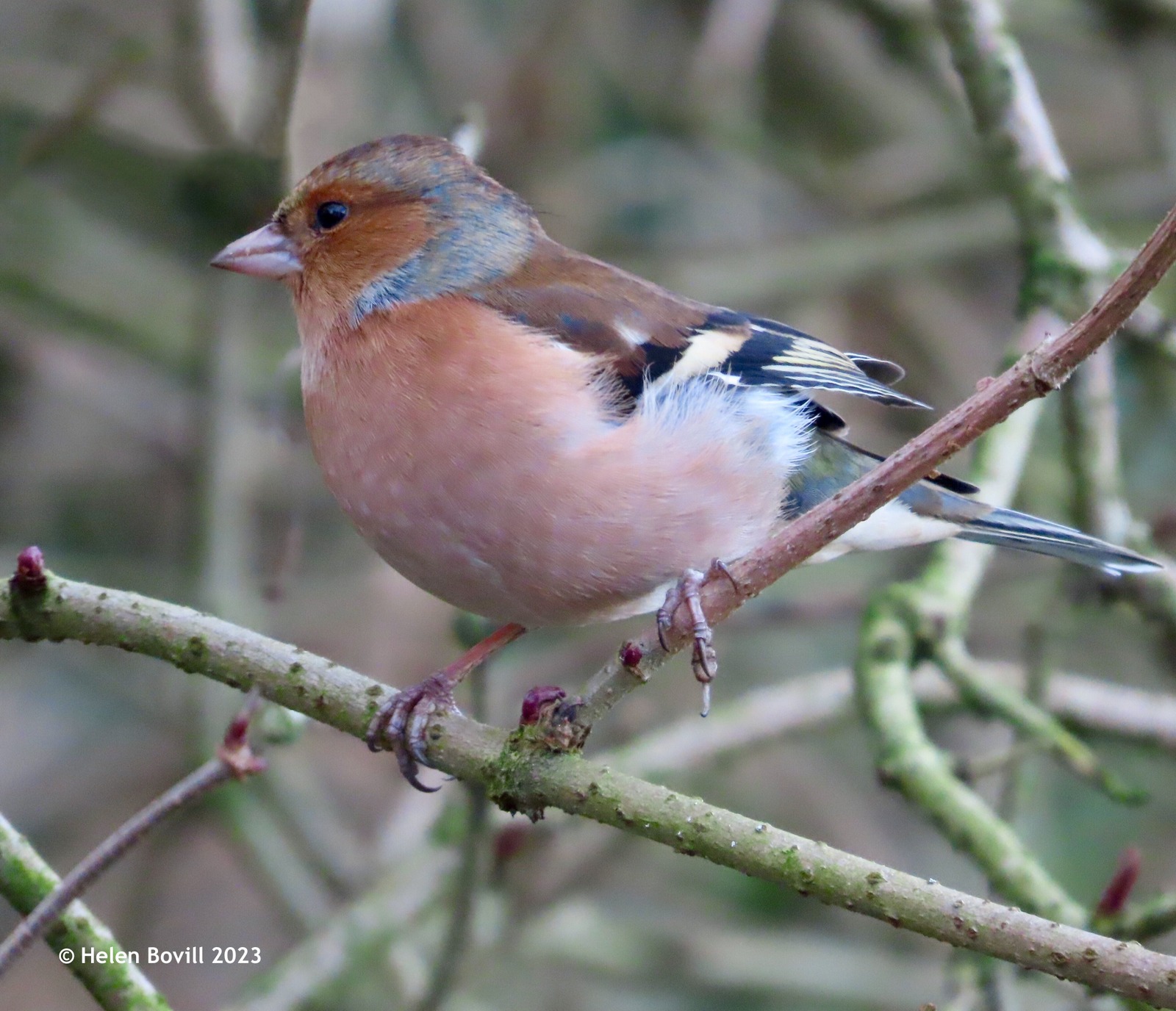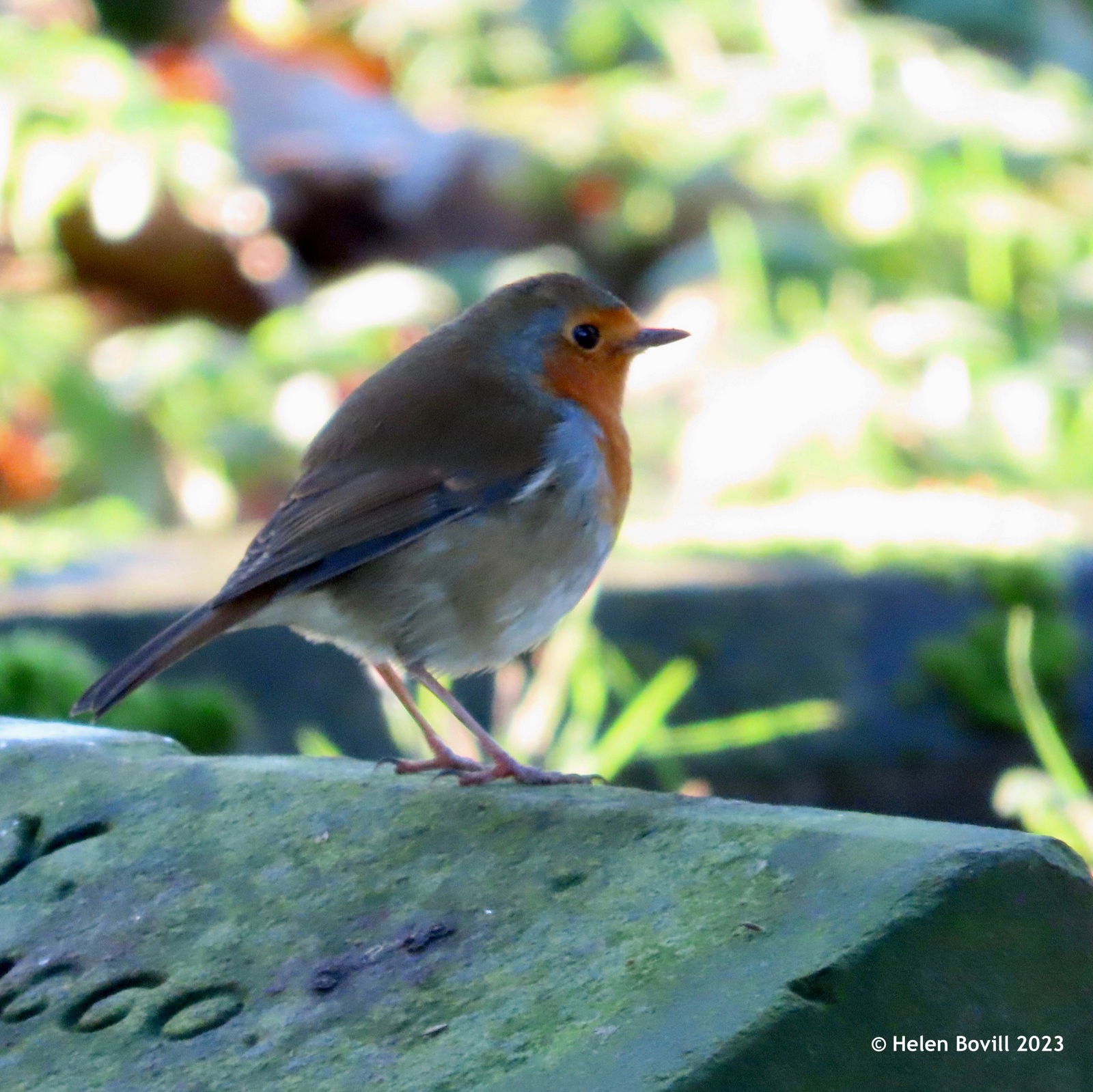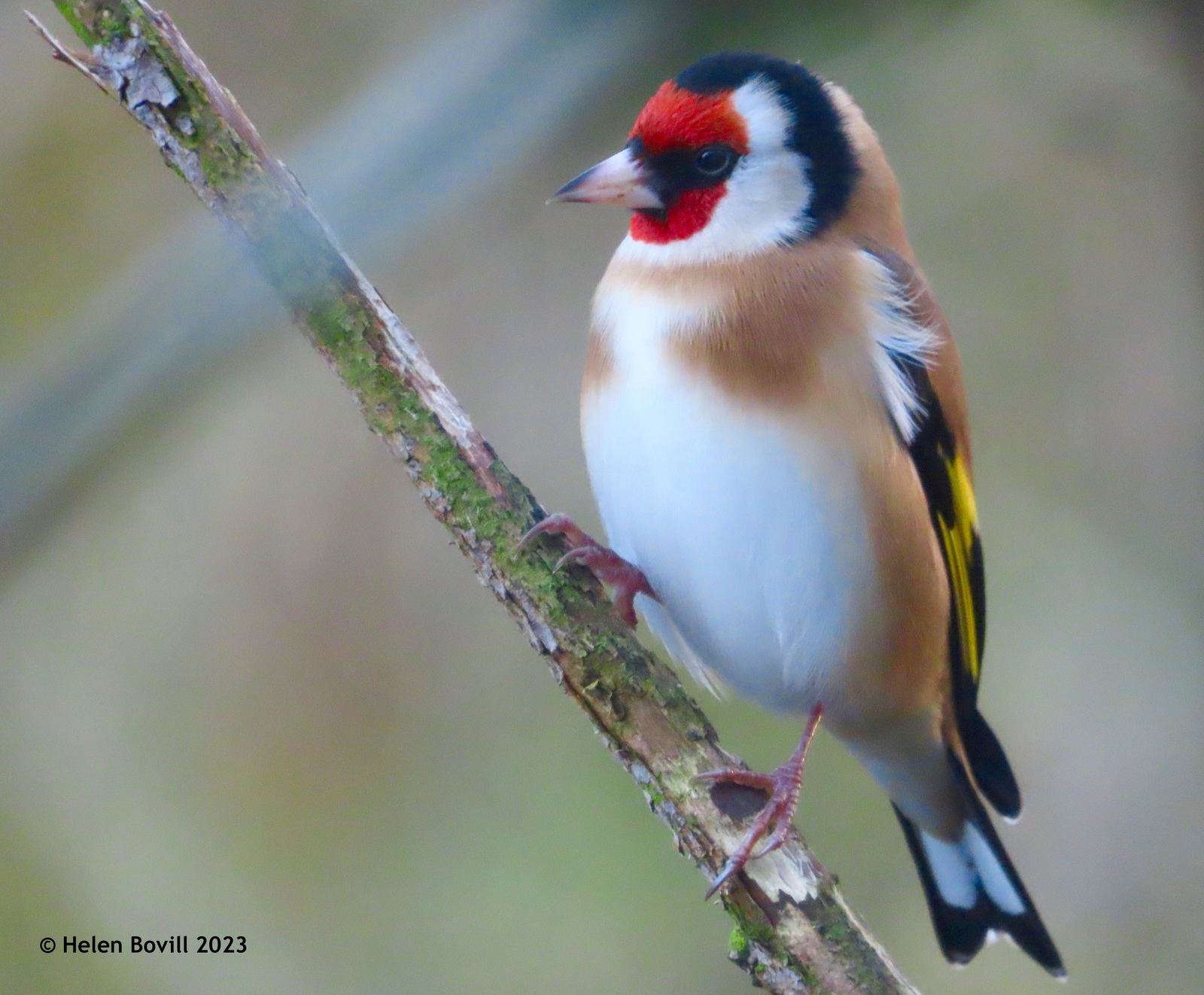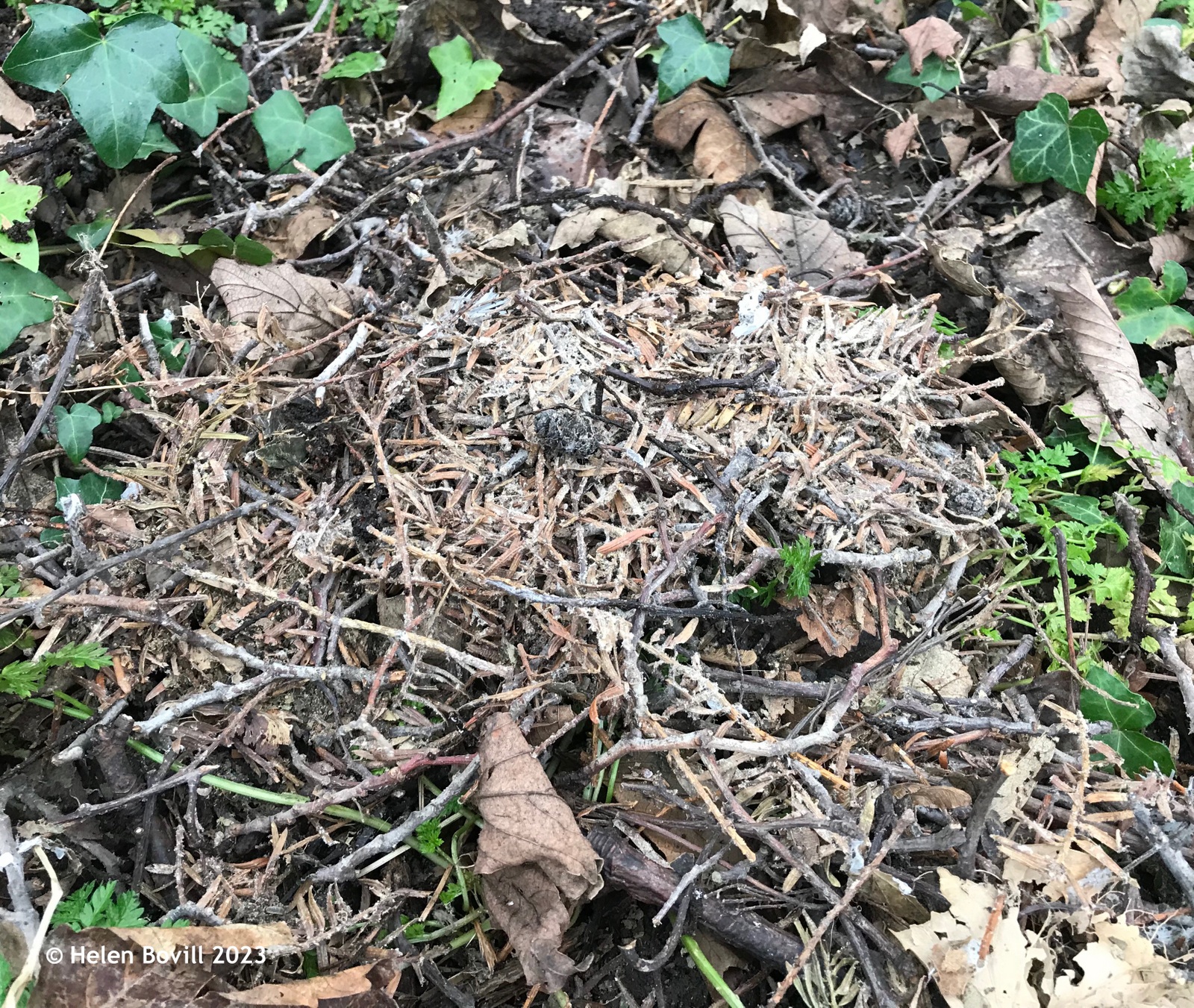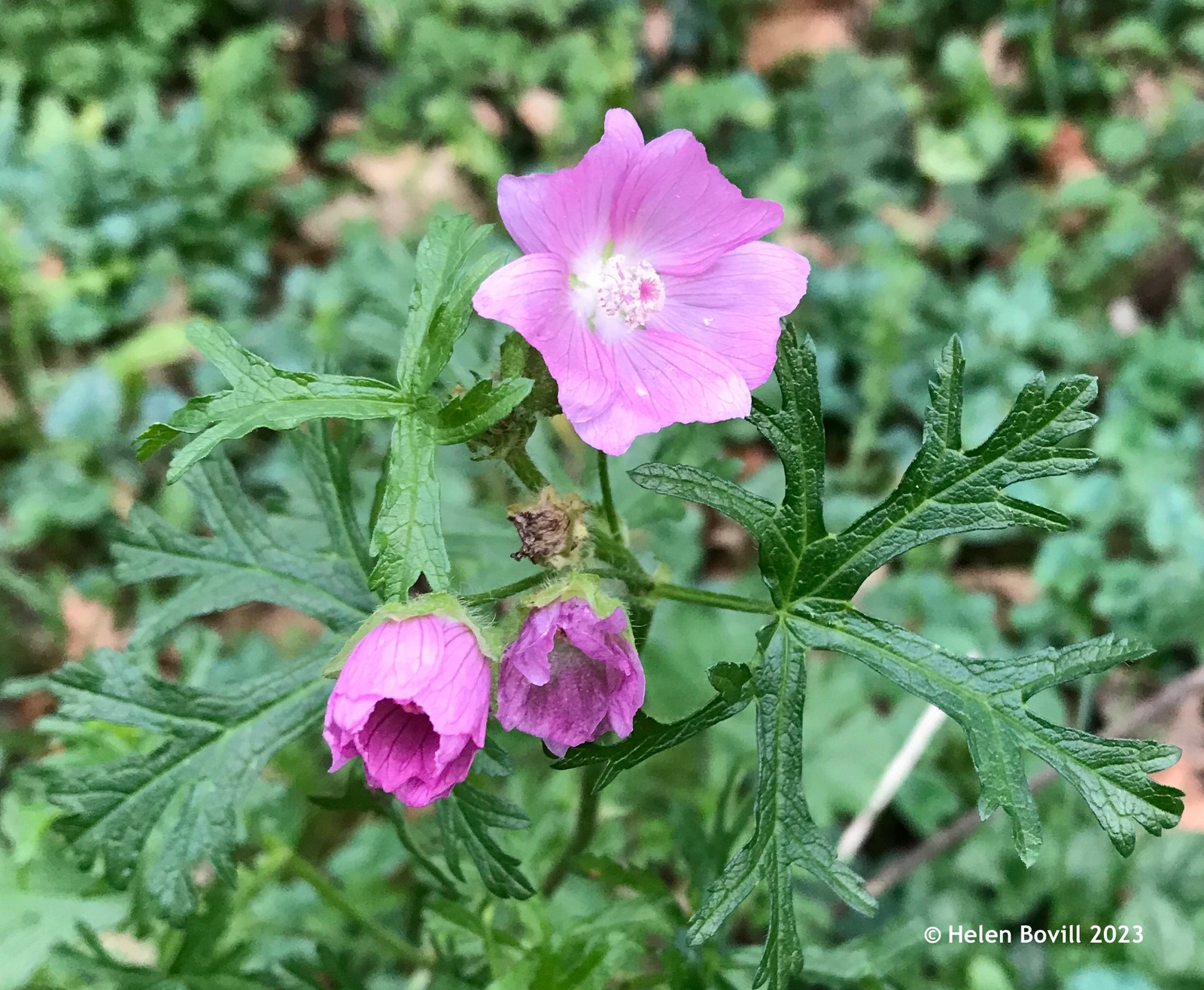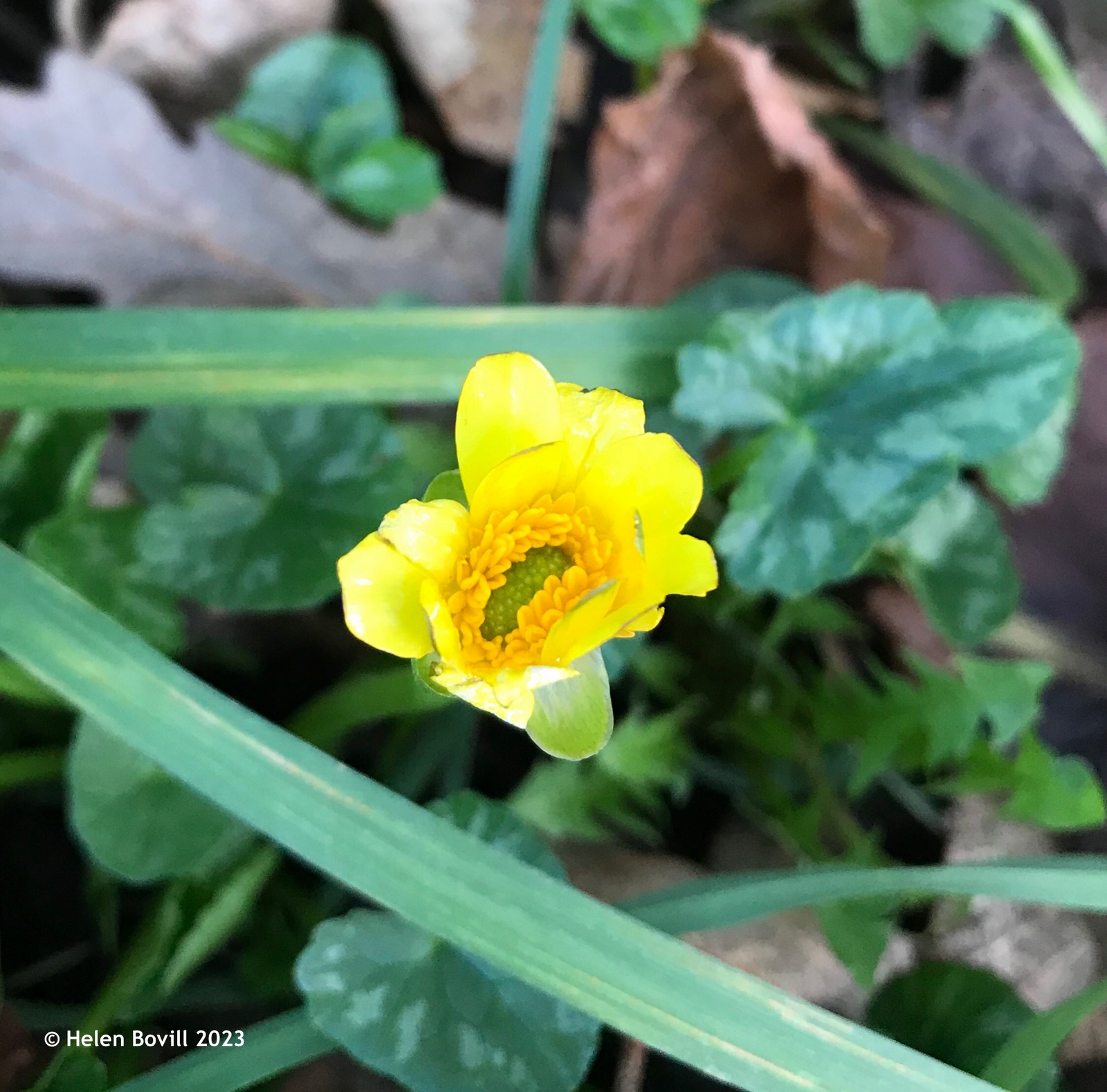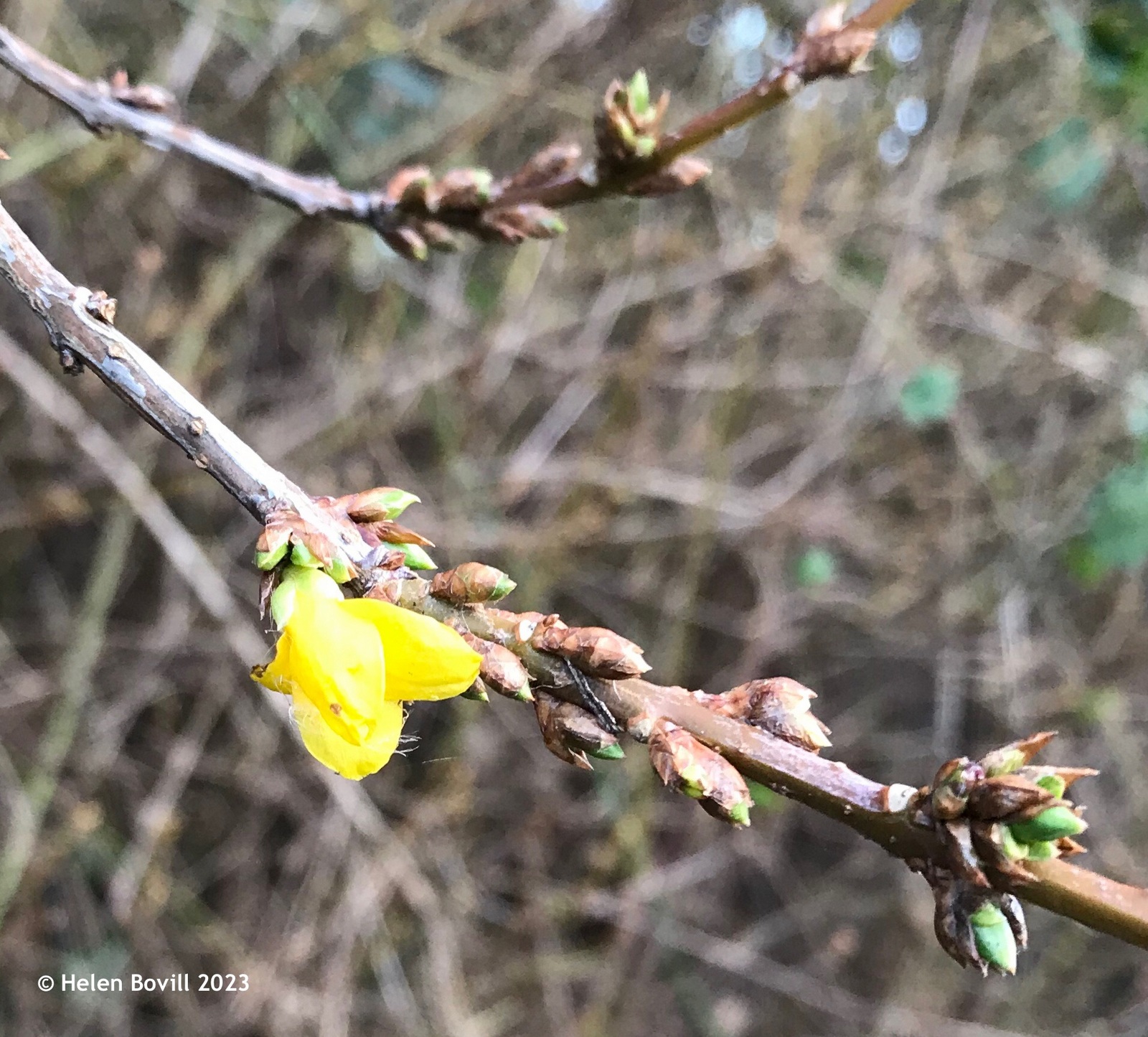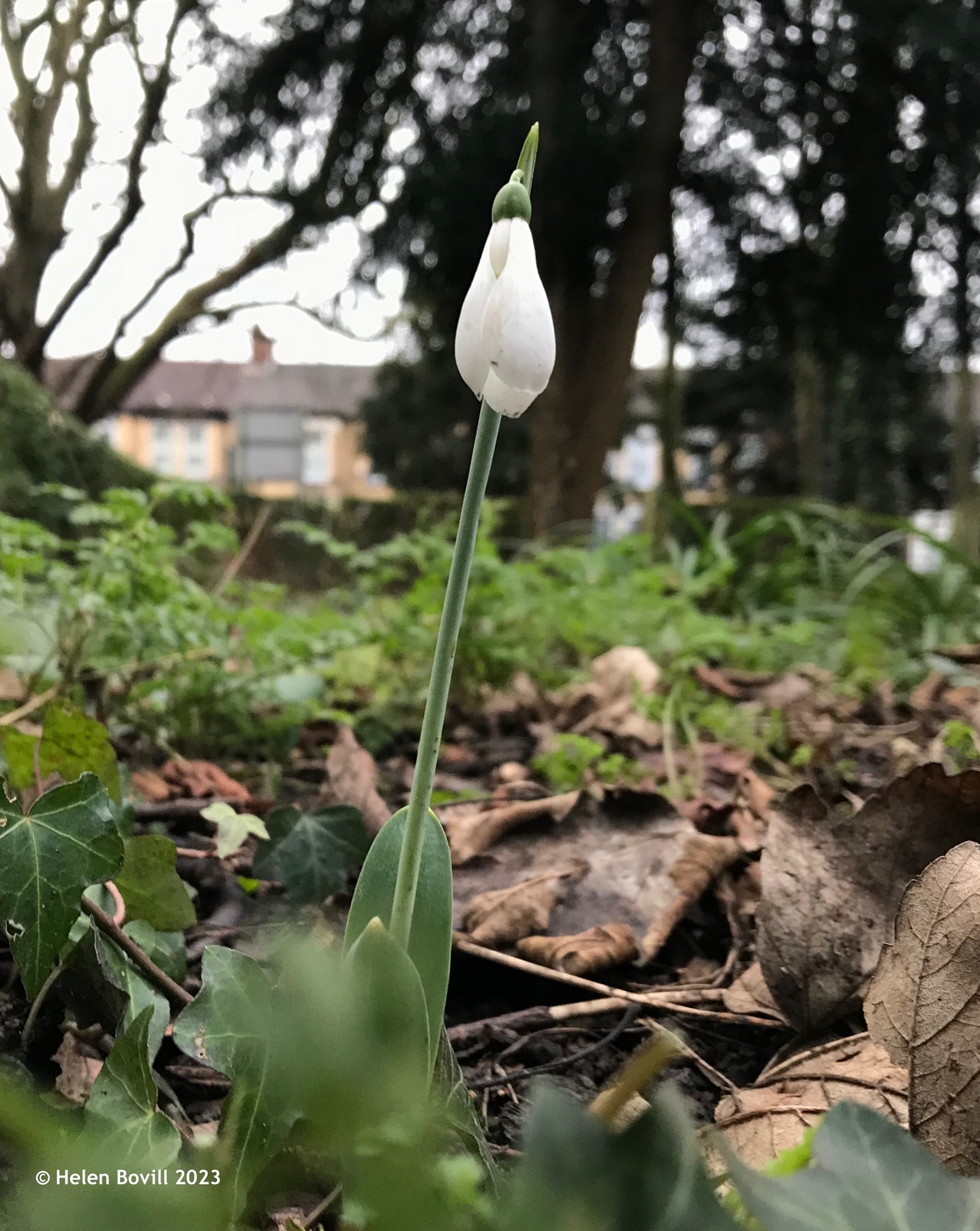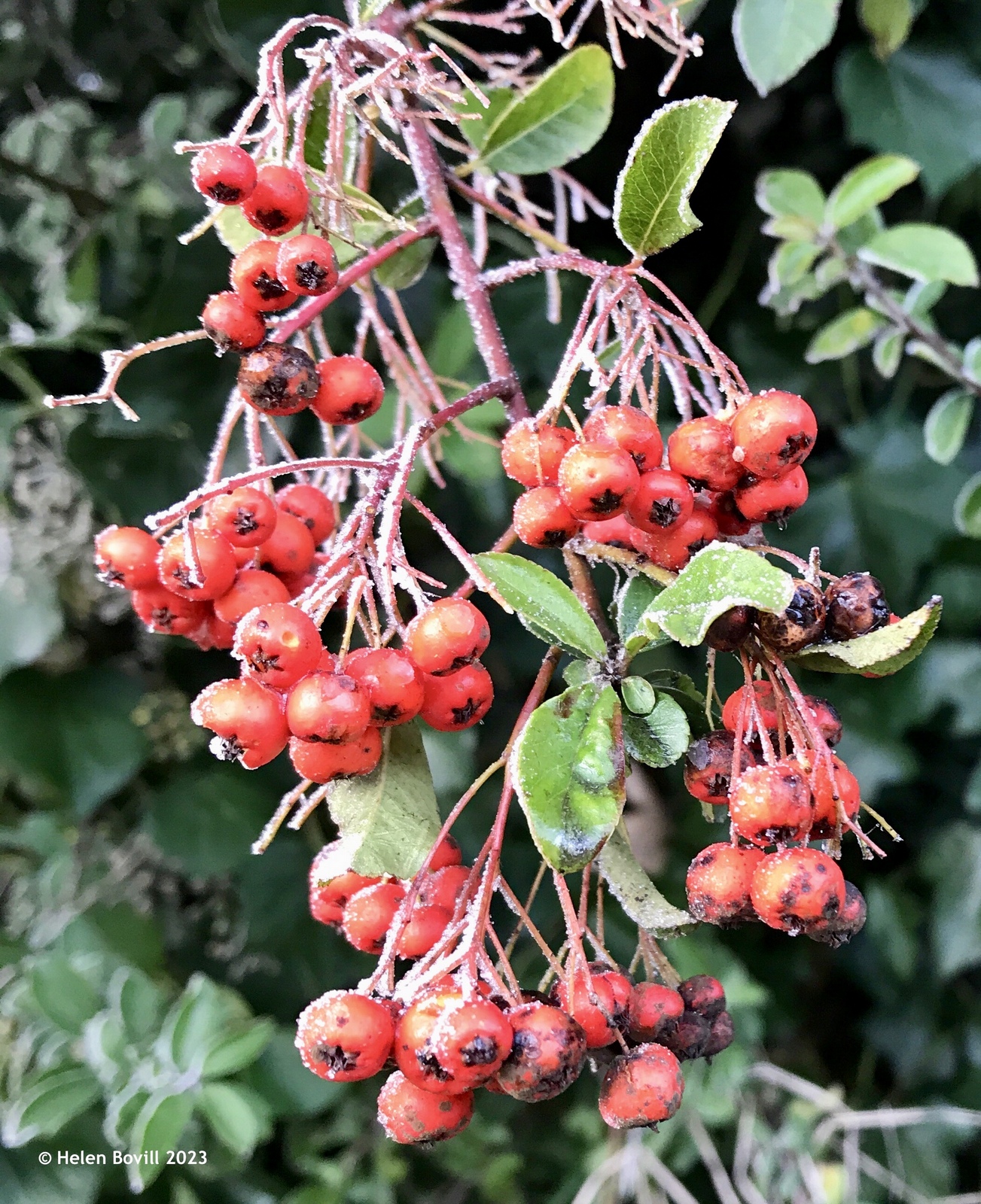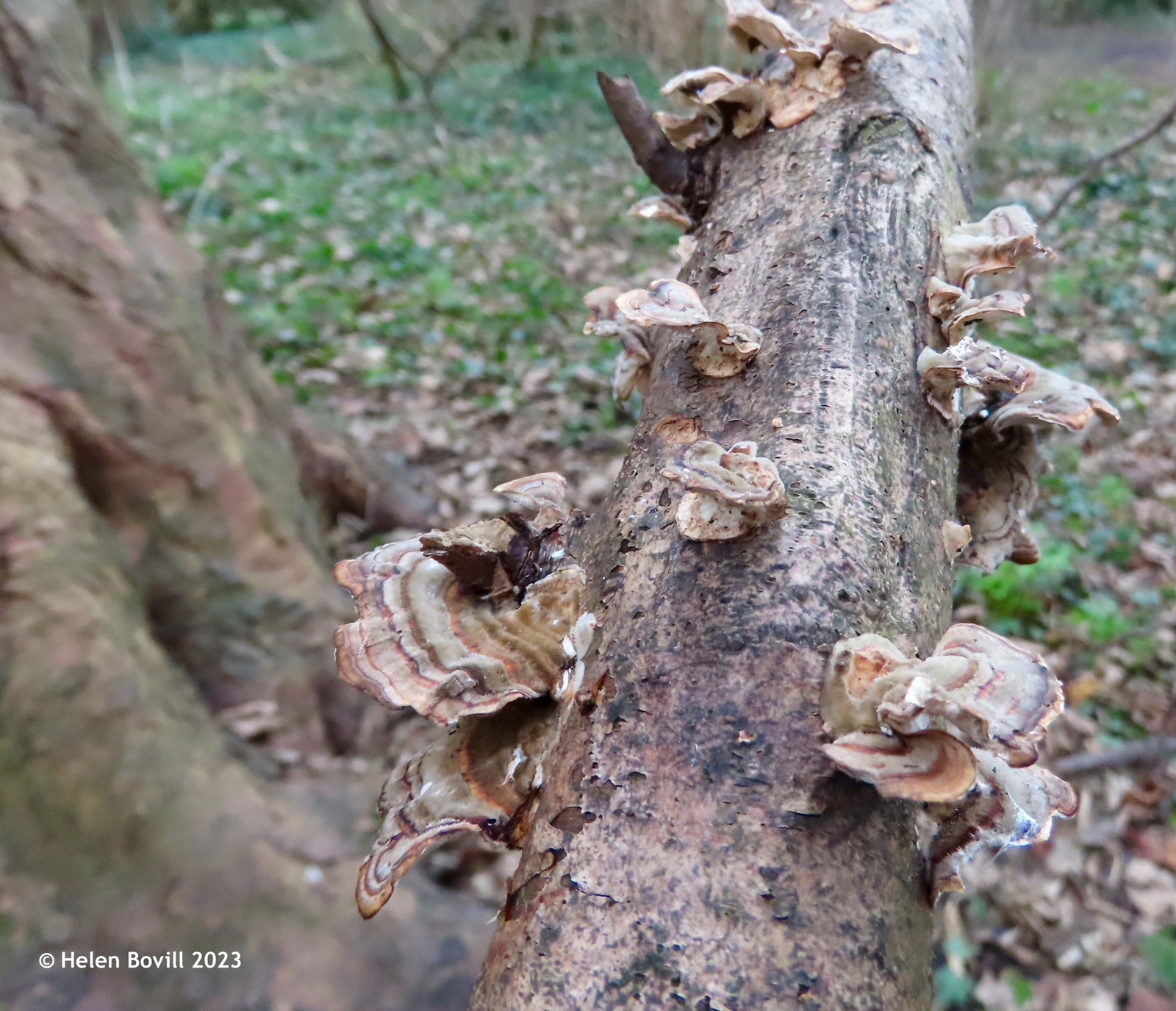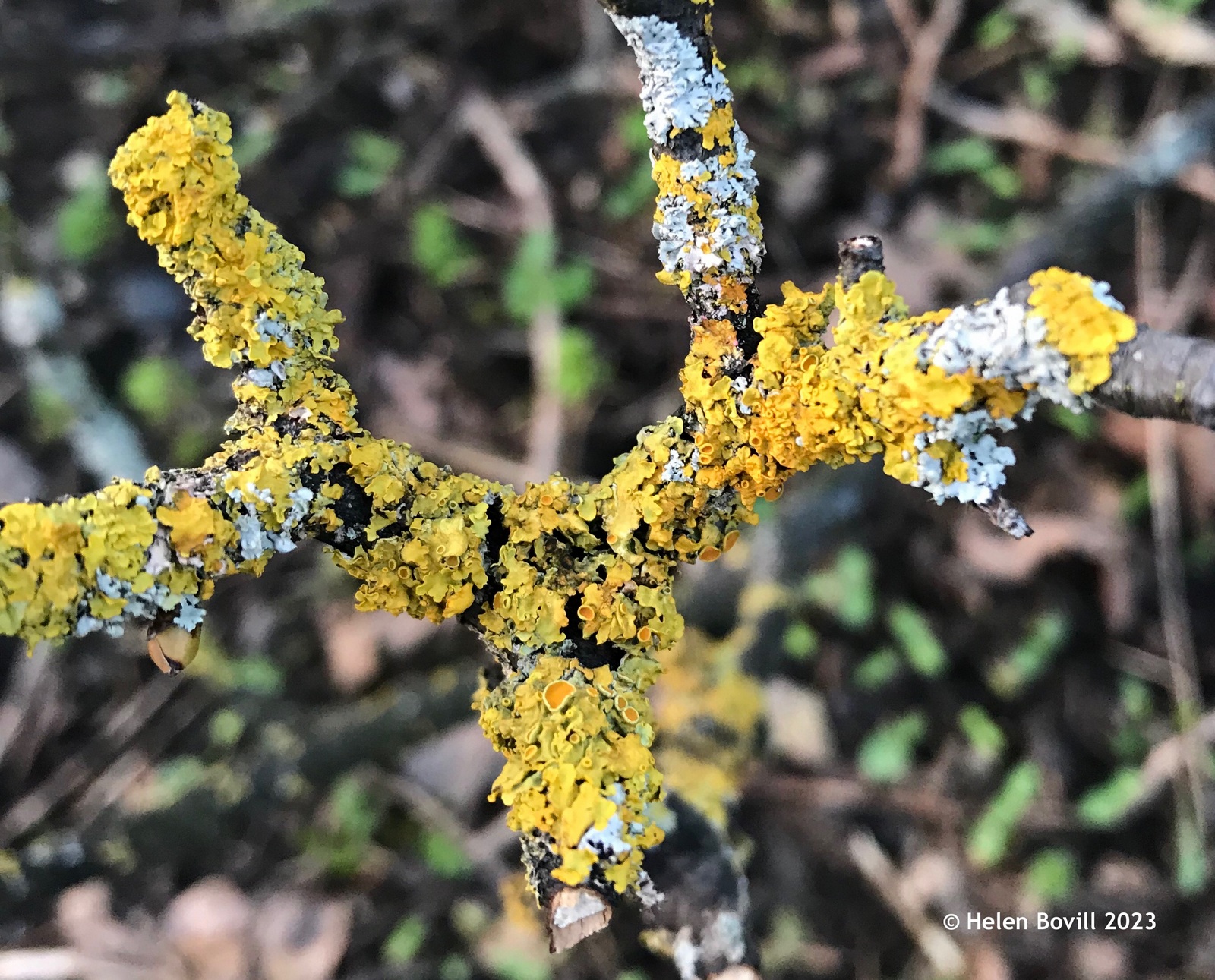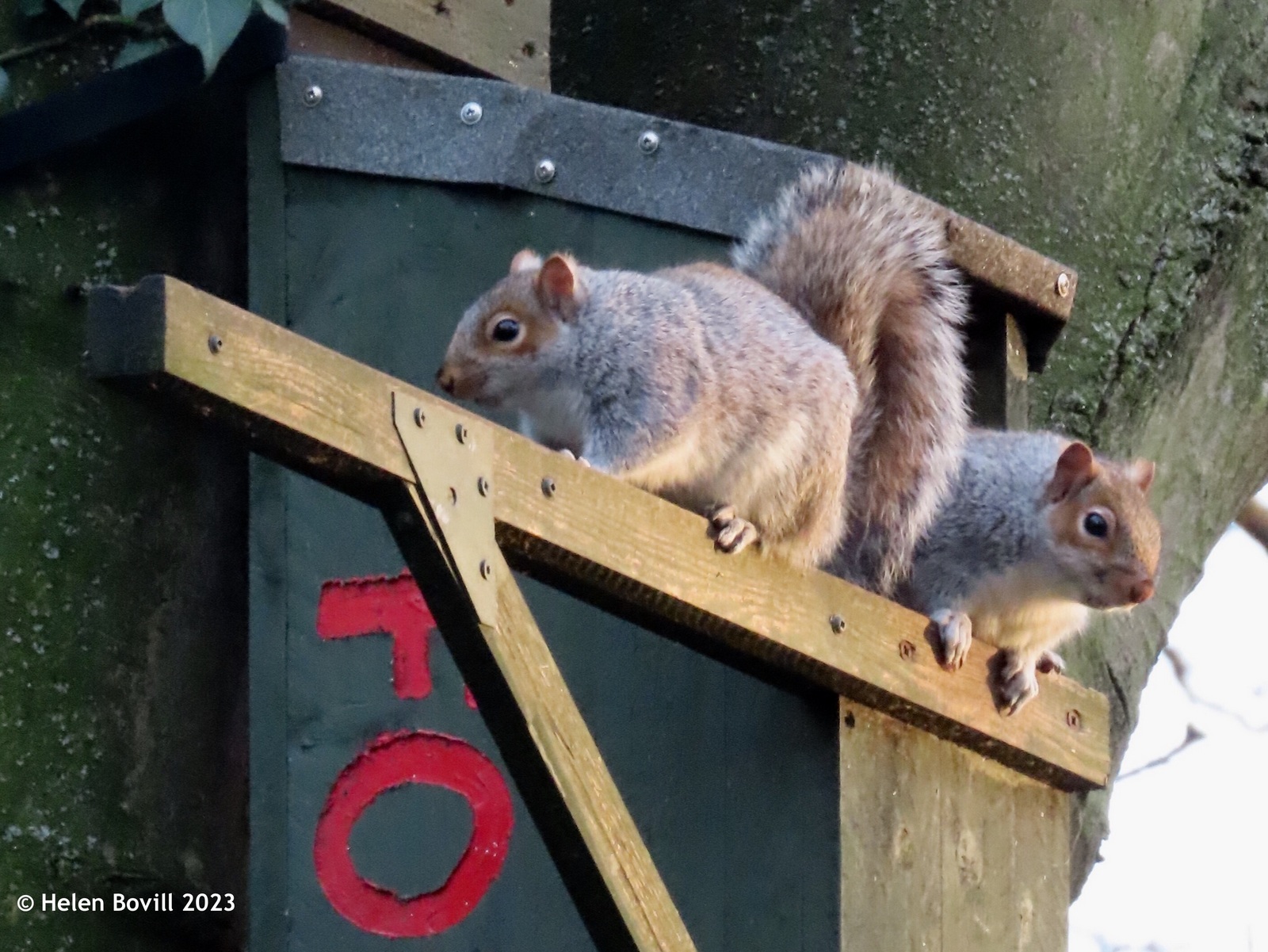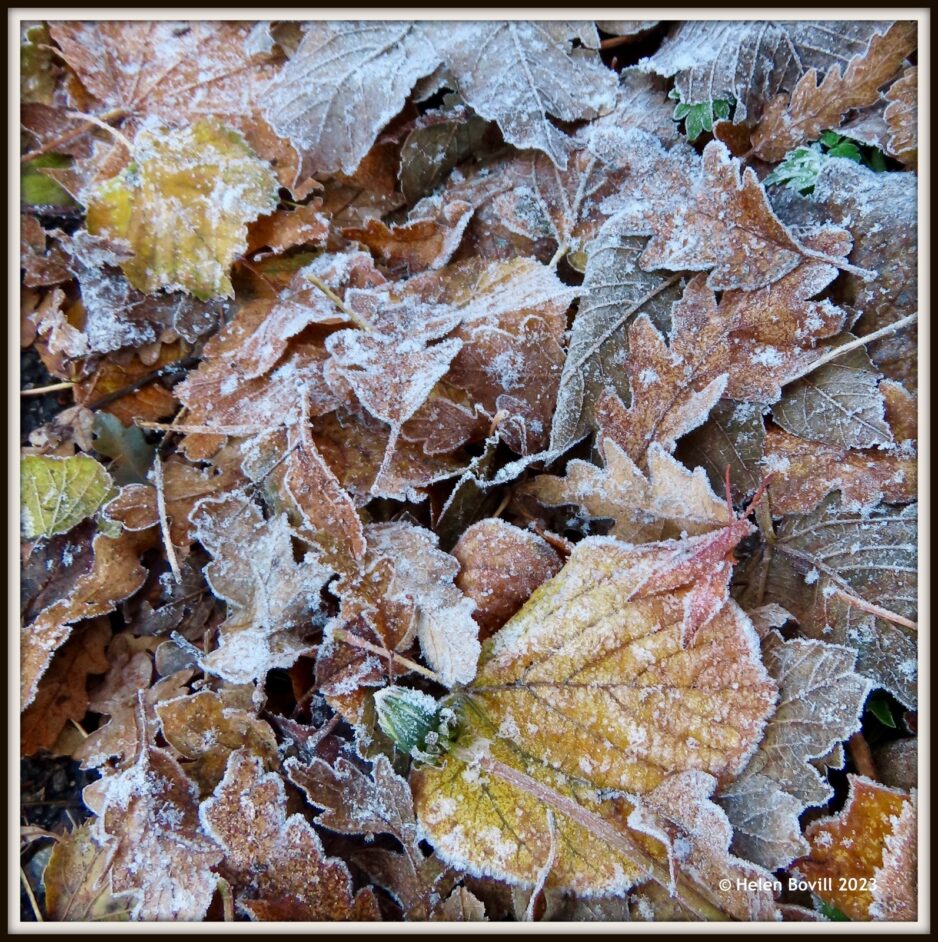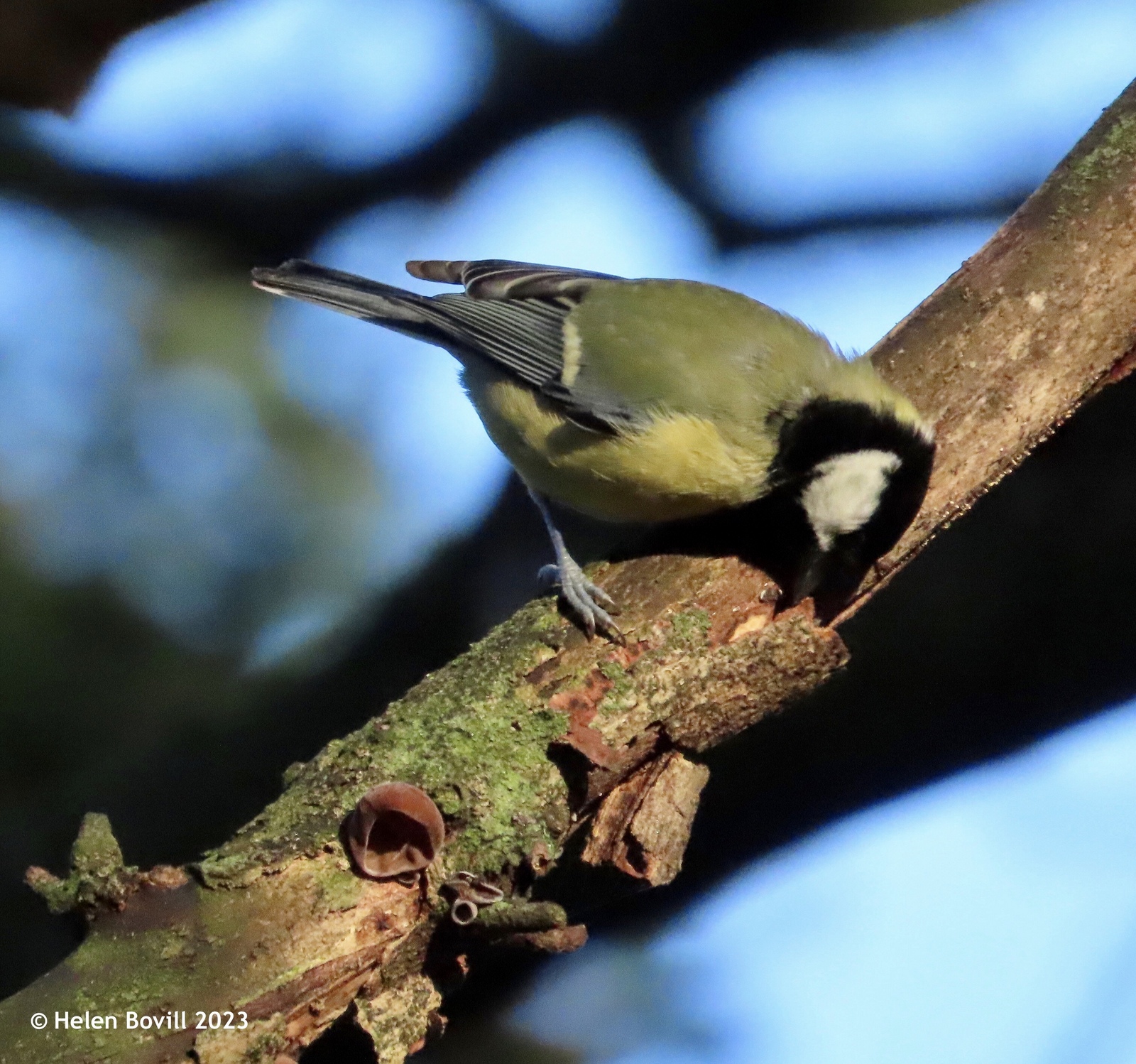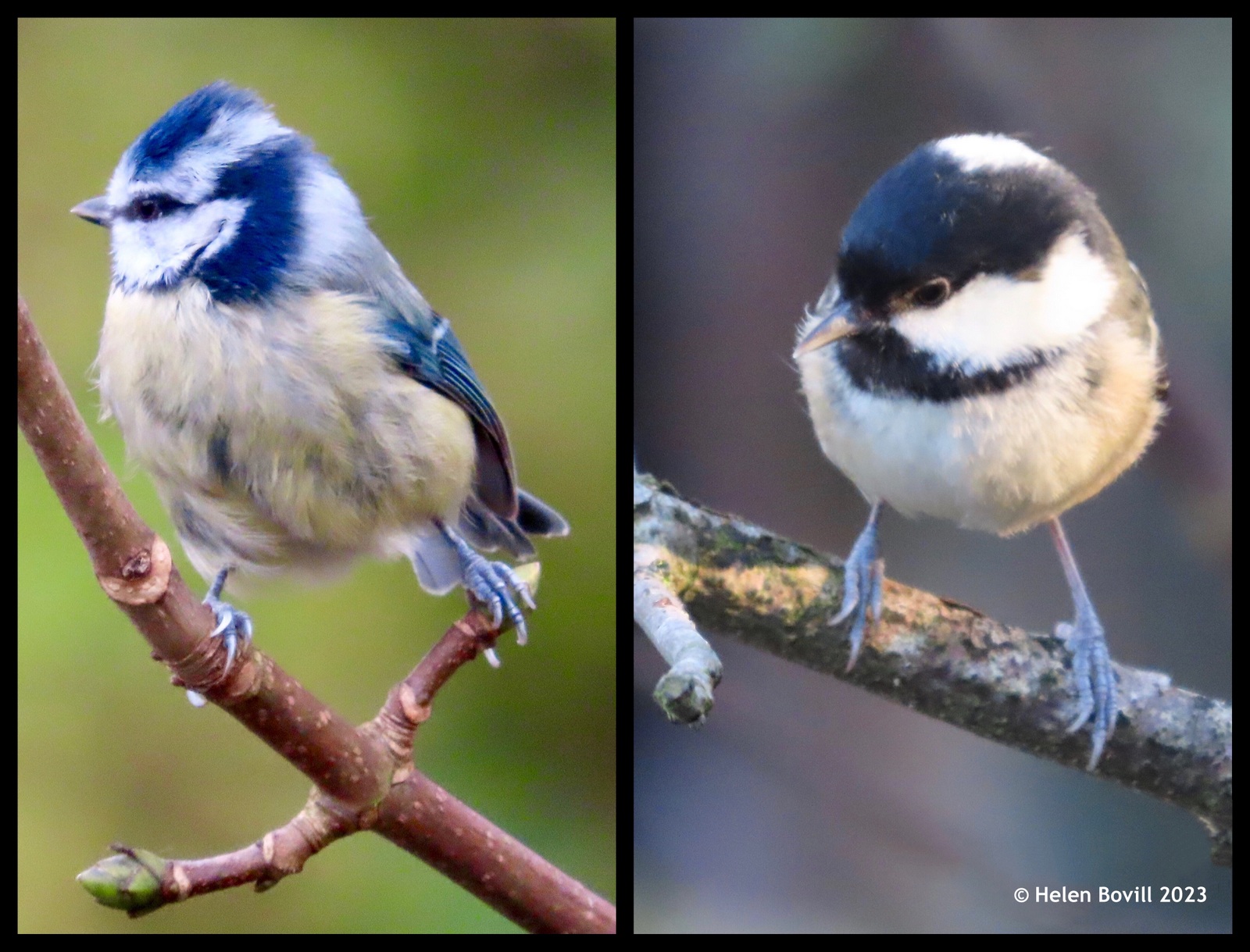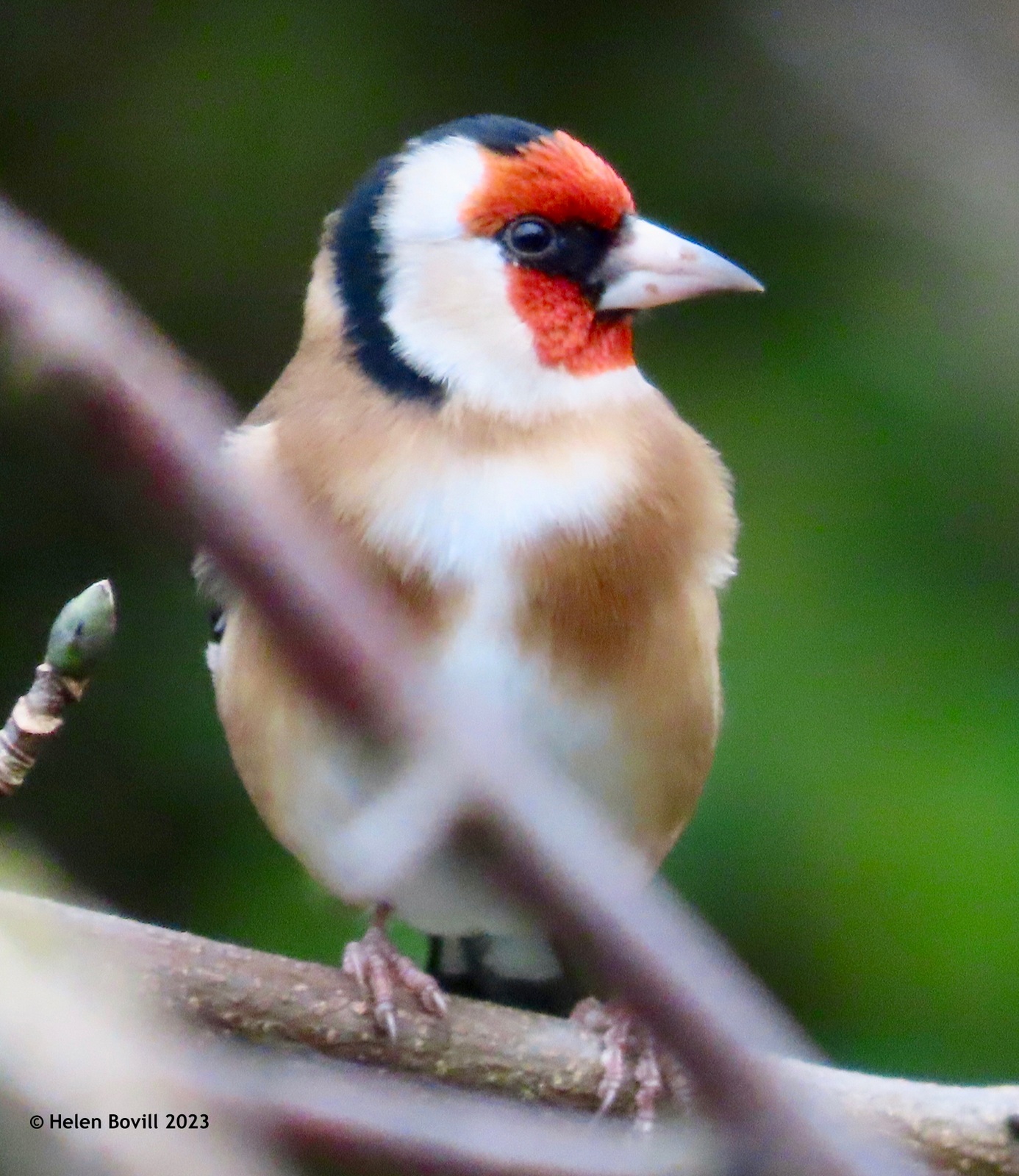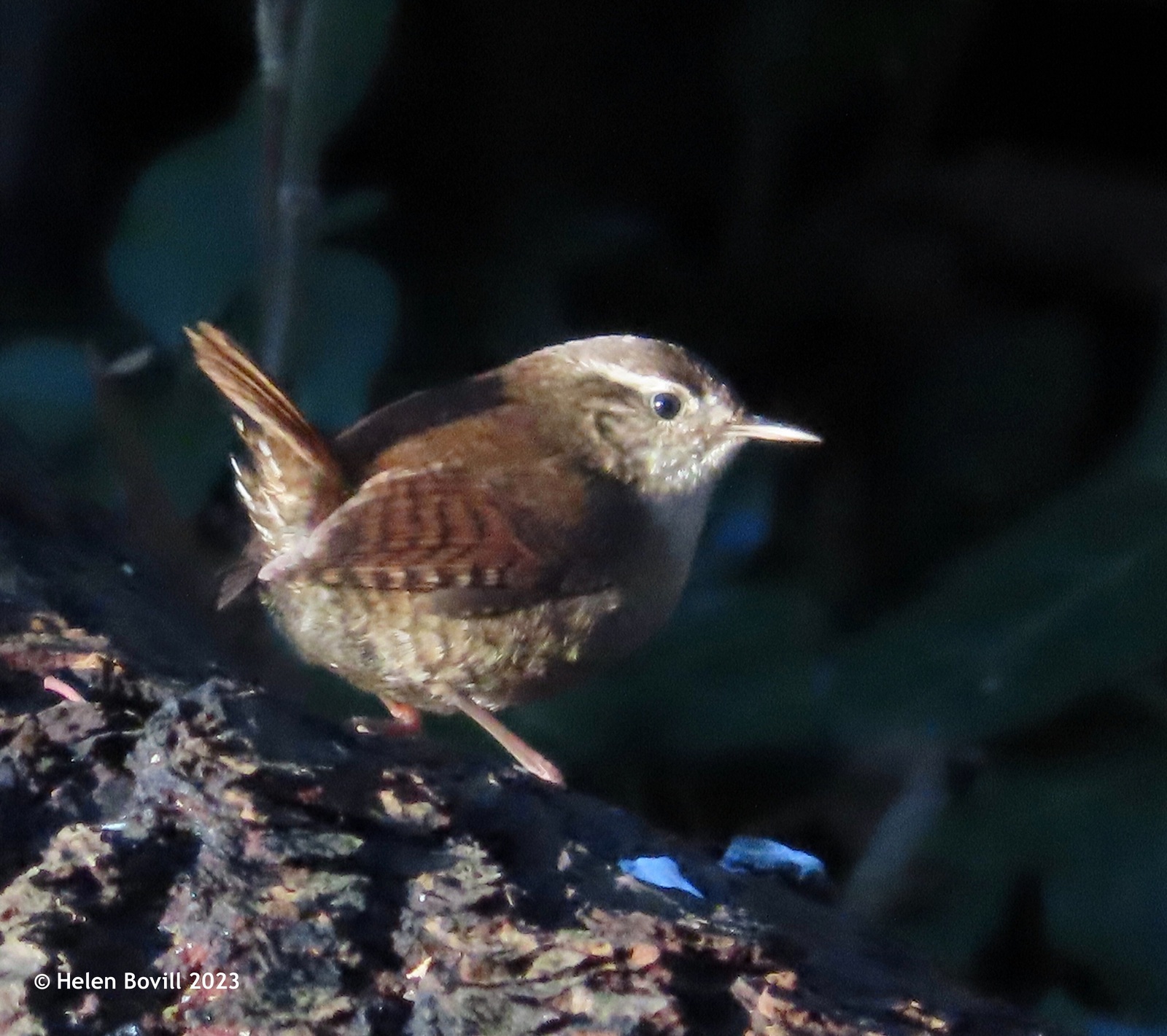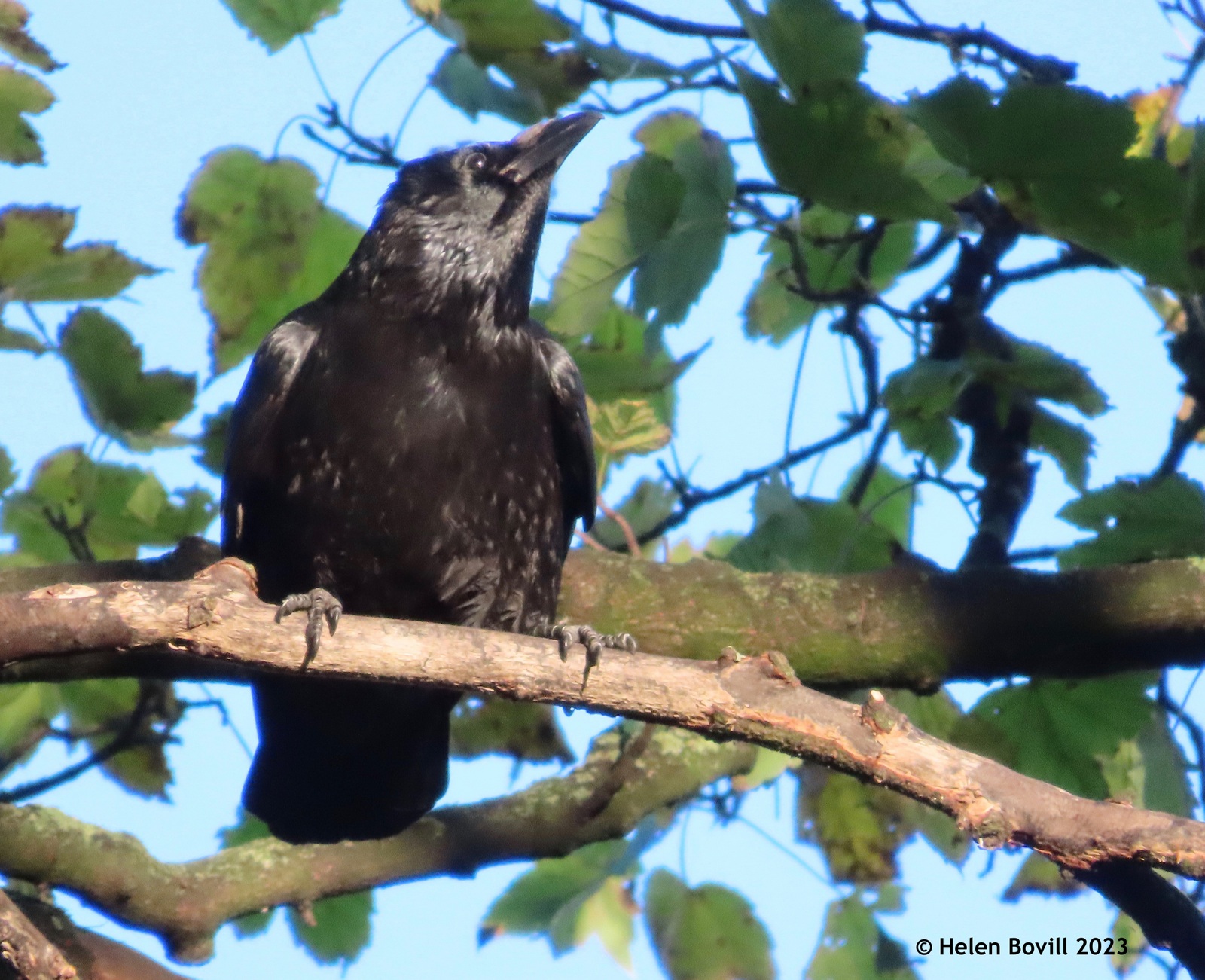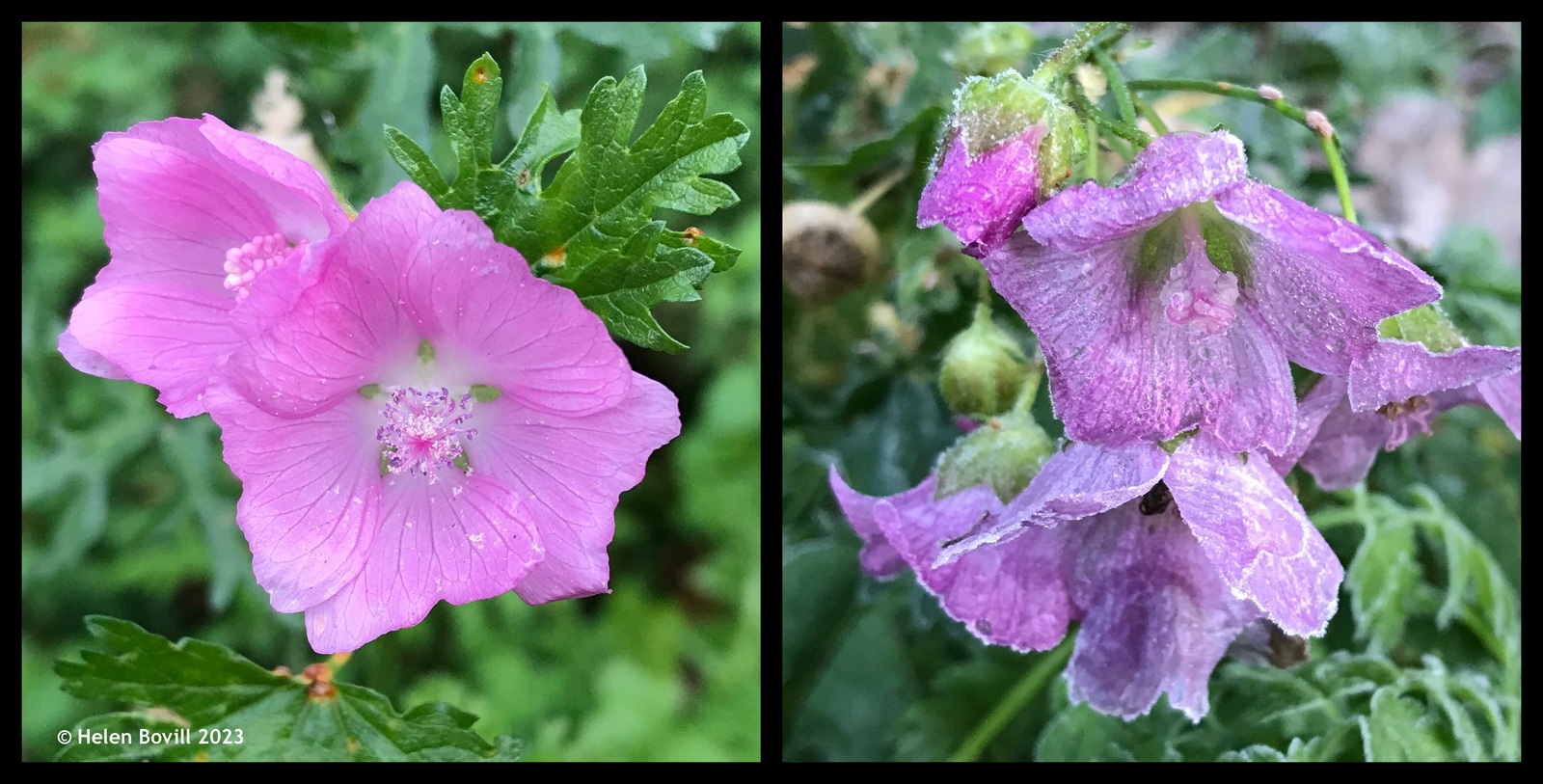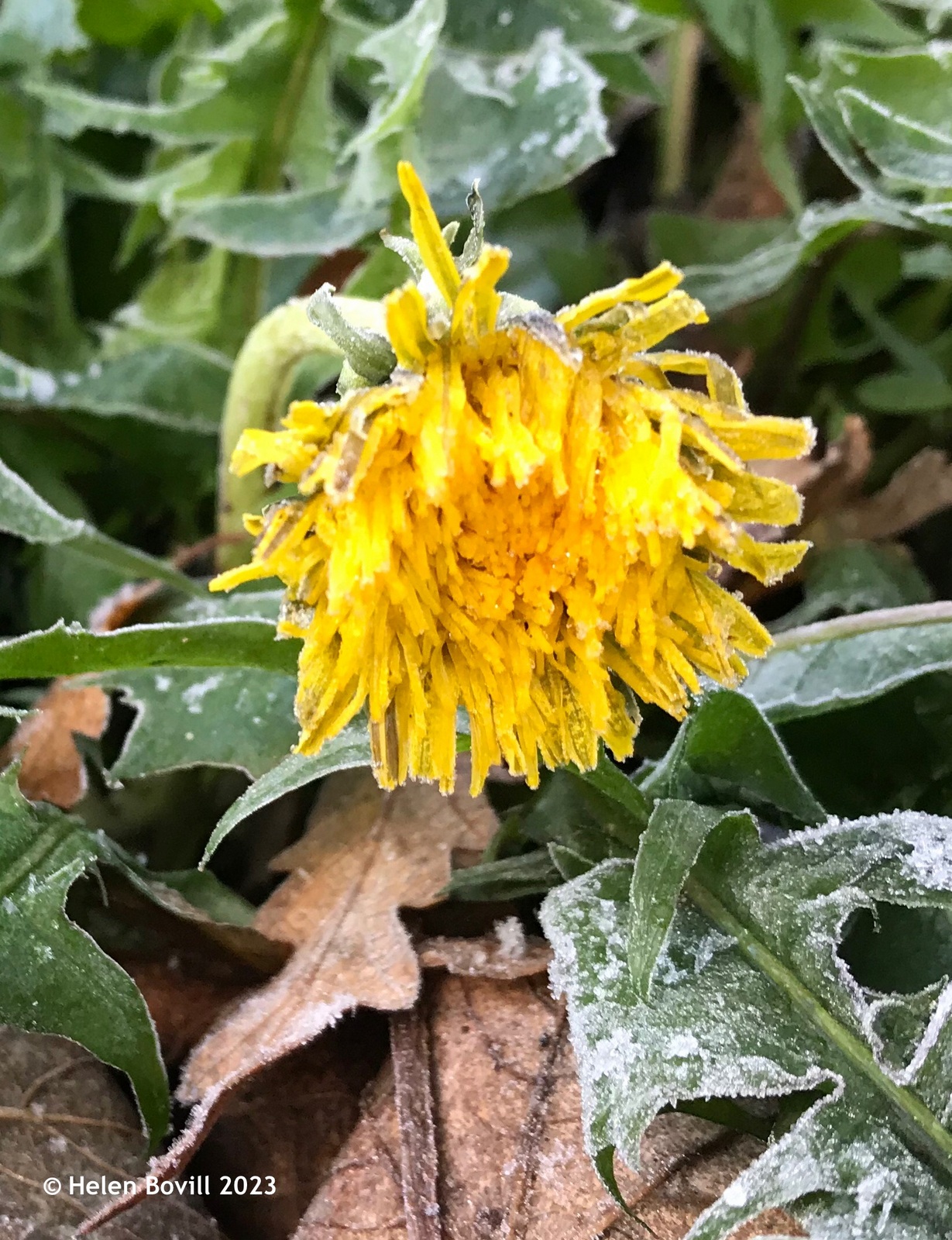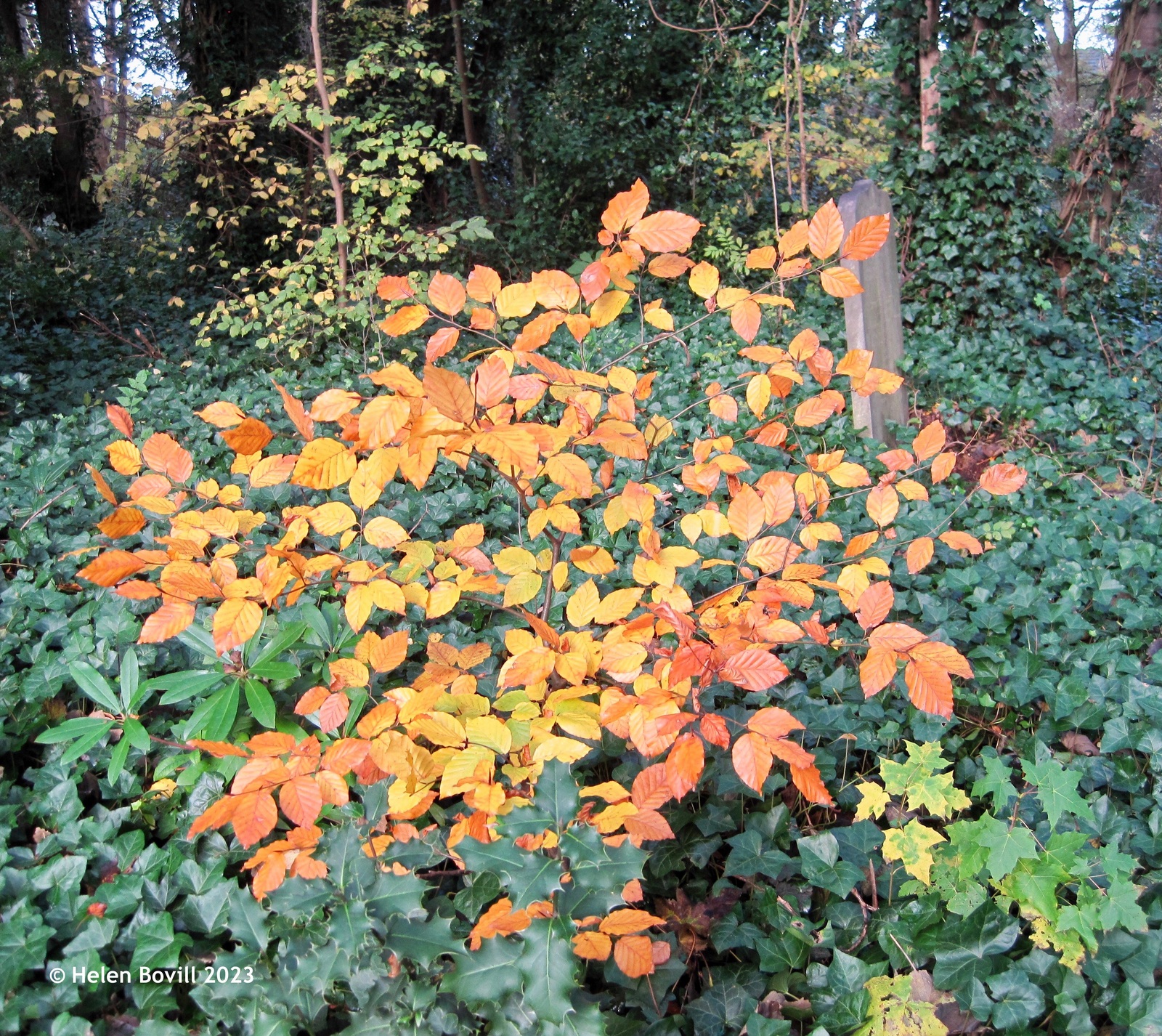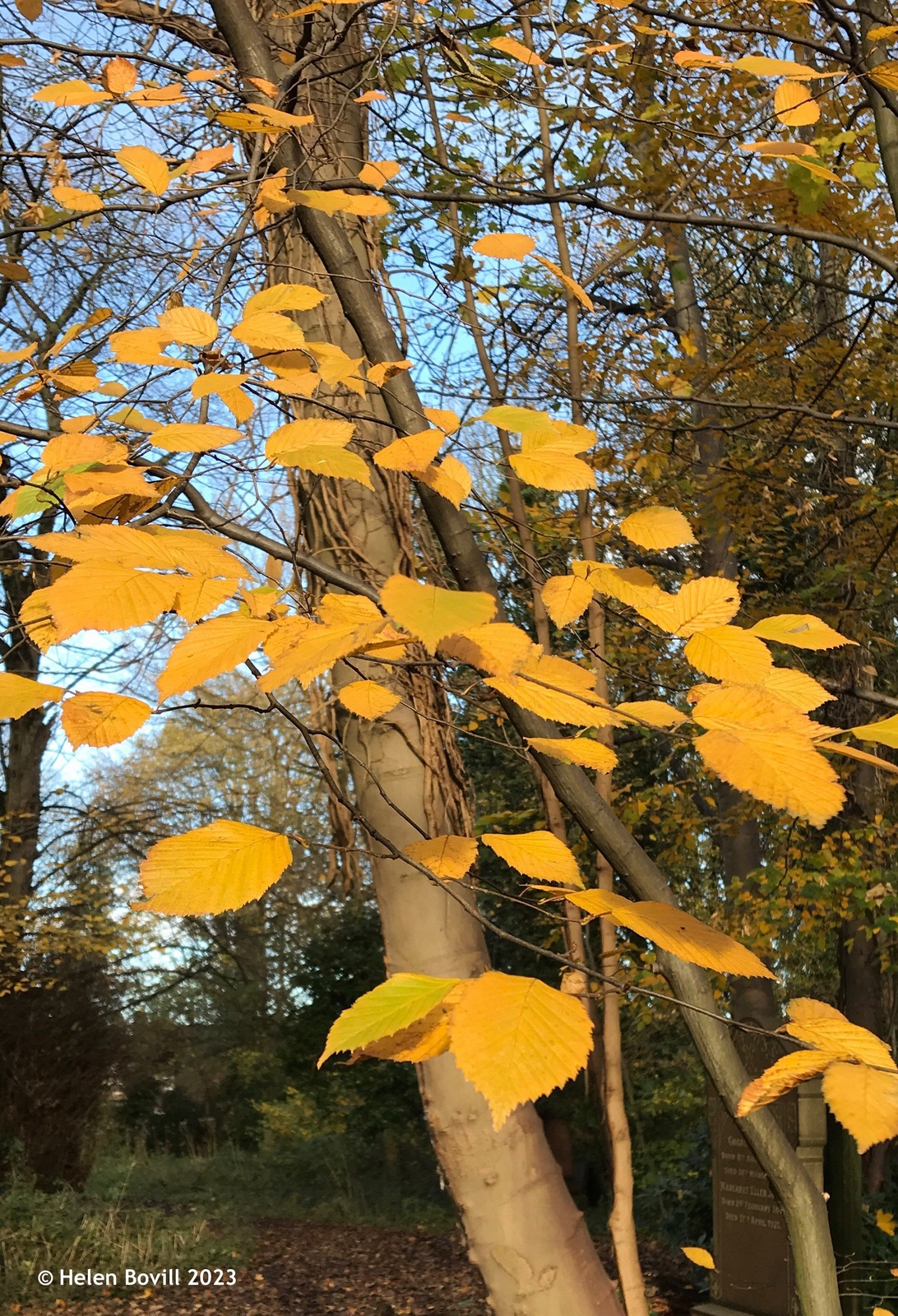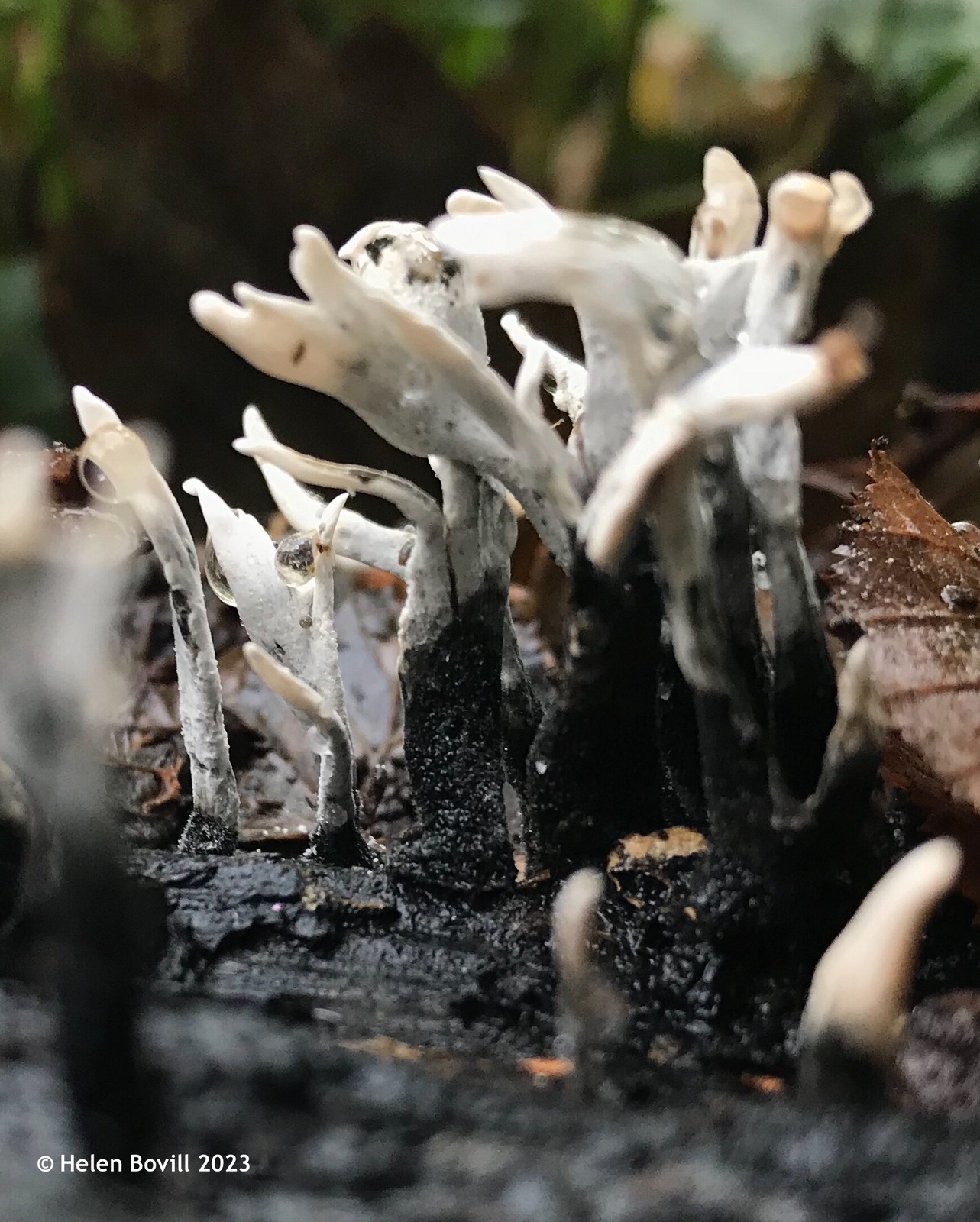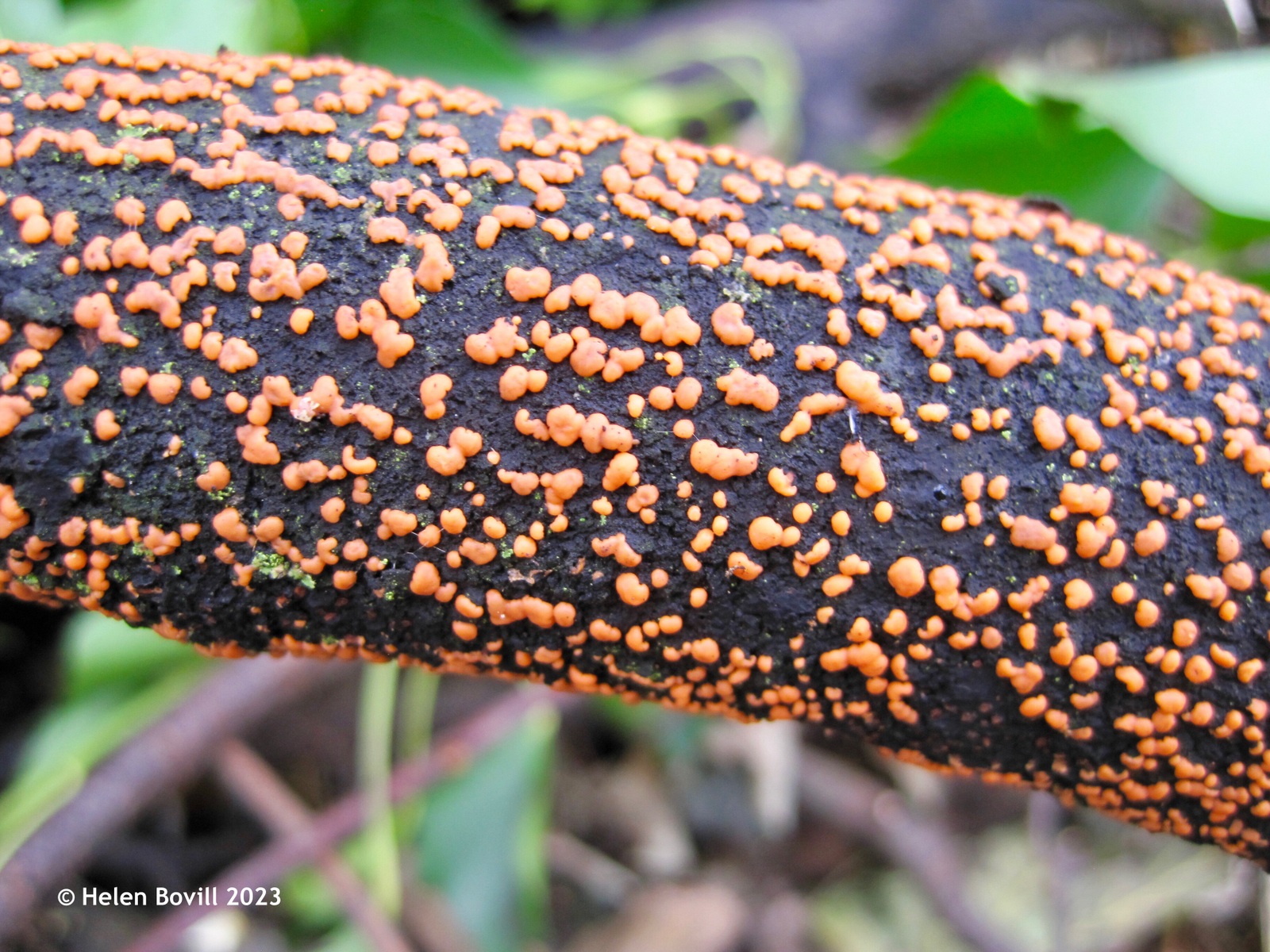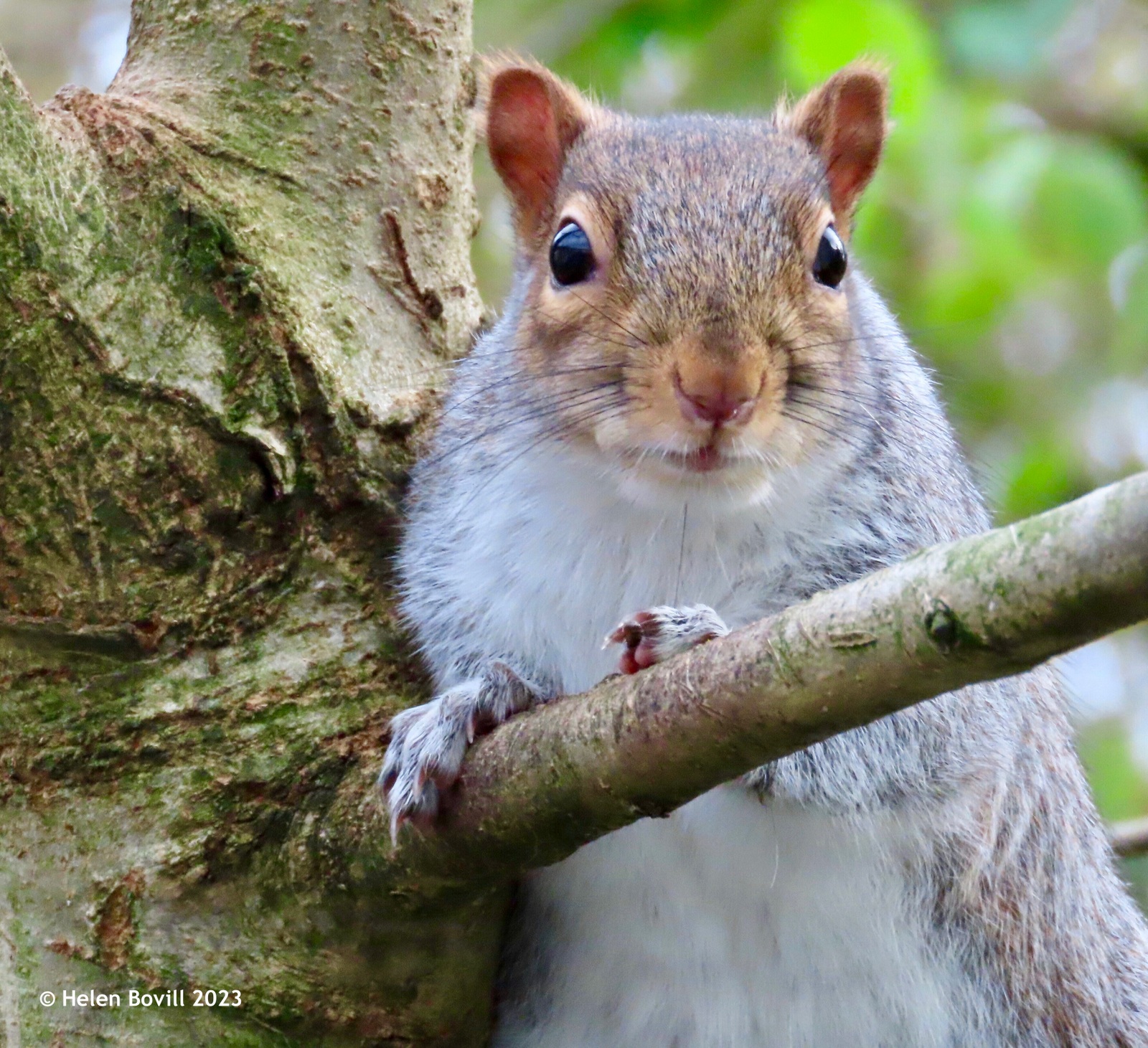The first three weeks of February were dull and dry, with only a few hazy, sunny days and very little rain. It was also very cold, but despite the low temperatures there was only a light frost on one day. Then the weather changed and the last week of the month was much milder, with a little more rain and sunshine. So the cemetery wildlife had no extremes of weather to deal with this month.
Plants and Flowers
Only a few flowers had opened on the Blackthorn (pictured at the start of this report) although there were plenty of buds on it. This contrasts with the same time last year, when the majority of the flowers had opened. Everything seems to be flowering later this year, the best example being the Forsythia near the cemetery gates. This time last year it was a mass of bright yellow flowers; this year I found just one flower that was open.
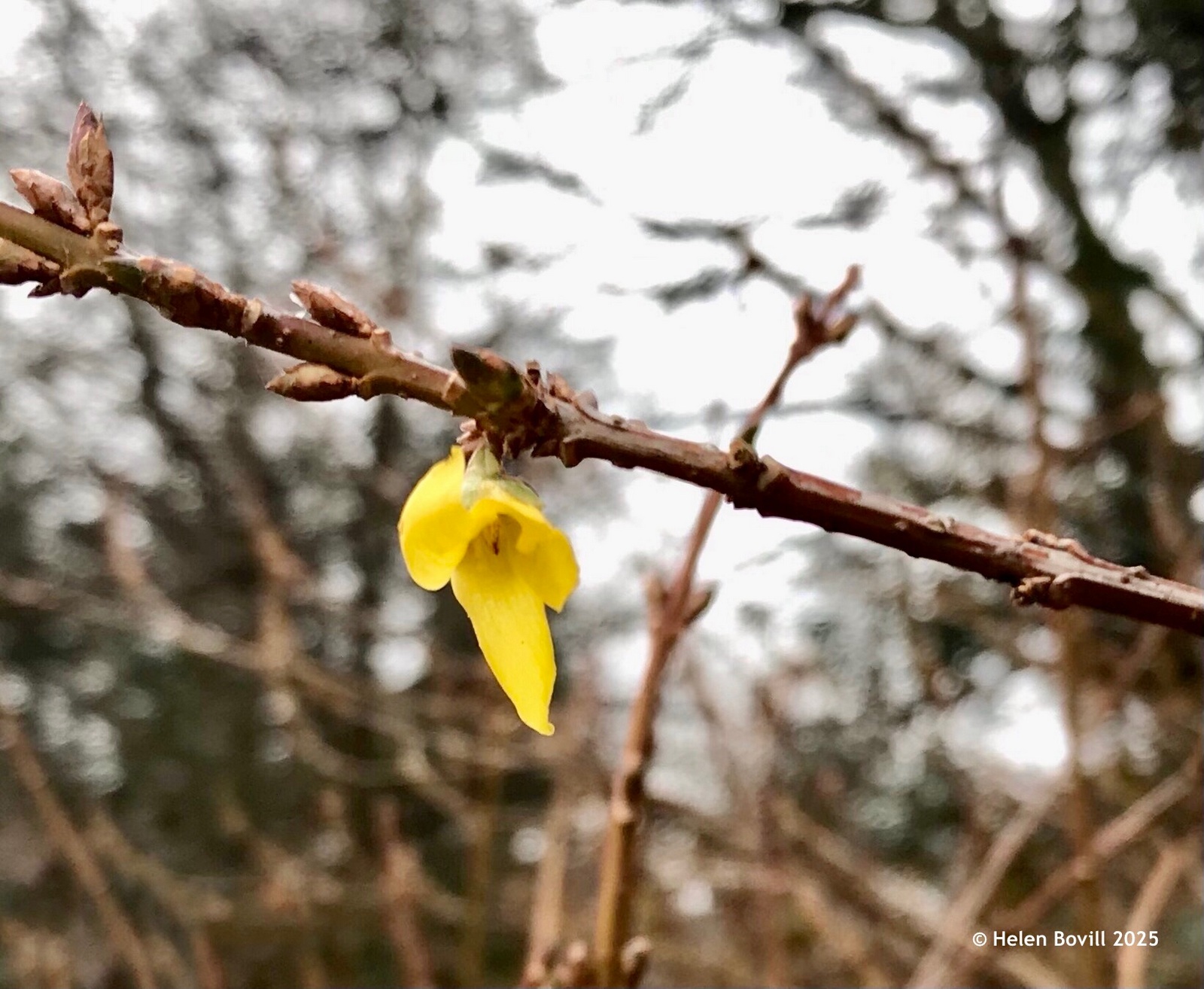
The daffodils are similarly late – this is the only open one I found.
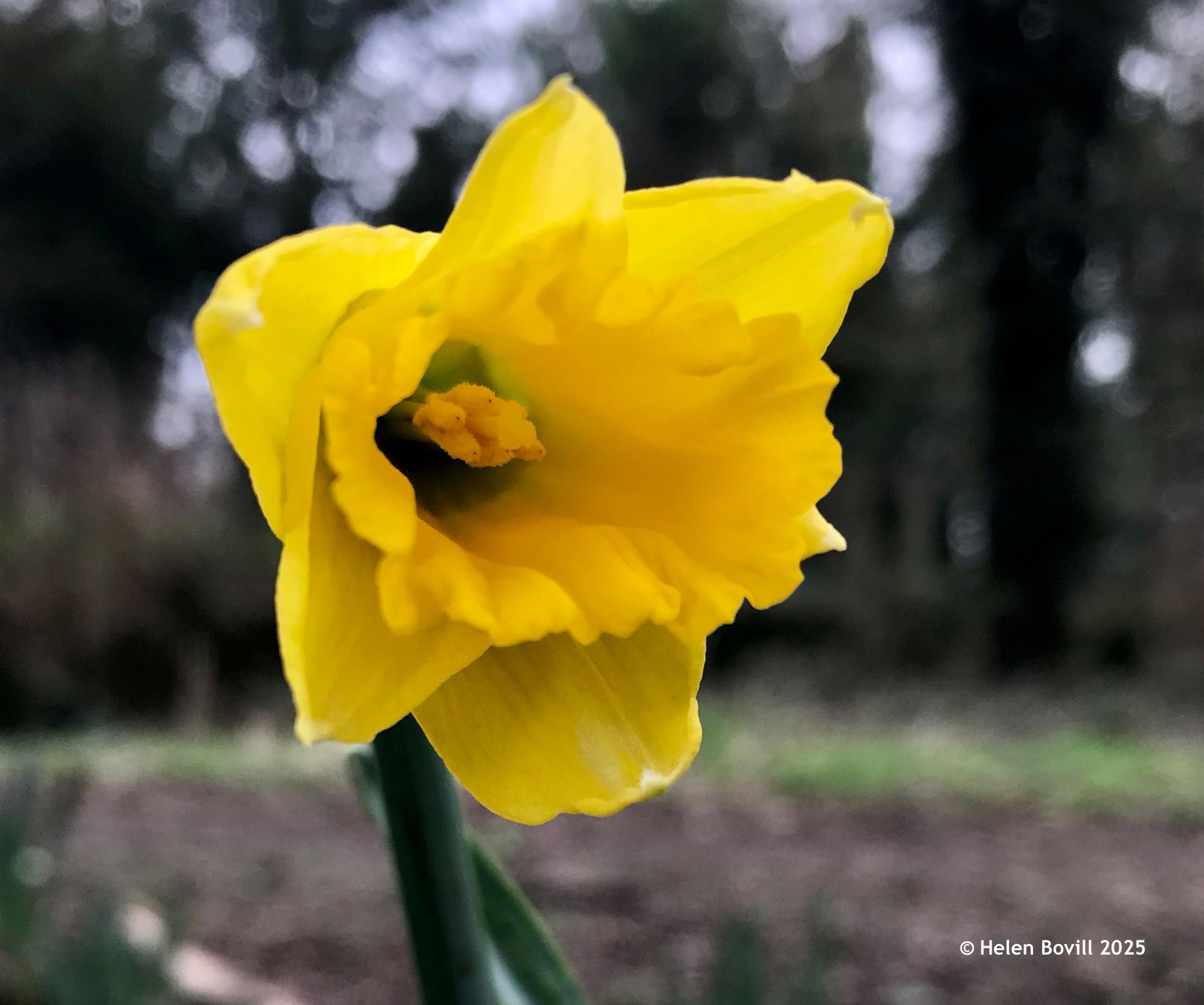
Elsewhere I found just a few Lesser Celandines in flower on the verge alongside the cemetery, together with one or two Dandelions. But the most abundant flower in the cemetery is the Snowdrop. There are clusters of them scattered all around the cemetery and on the verge and it doesn’t seem to matter if they’re in shade or sun – they thrive regardless of the conditions.
Plenty of catkins are now visible, especially on the Hazel trees. I also found this on a headstone – it looks like it’s from a White Poplar, as there is a very large example of one near where this flower had fallen.

Insects
The cold, dull weather meant less flowers had opened to provide nectar for the many pollinators that live in and visit the cemetery. I didn’t see any hoverflies or butterflies this month whereas this time last year I saw several hoverflies and two different species of butterfly.
I did find a Ladybird though – one of our native British species, the 7-spot.
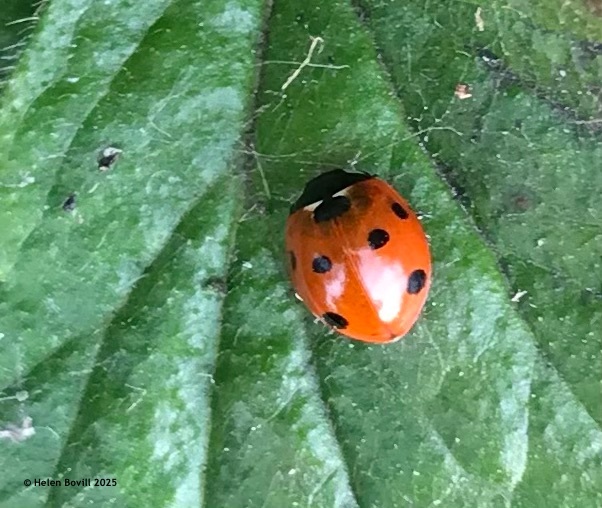
Birds
My best sighting this month was of a Treecreeper, the first one I’d seen in the cemetery since the middle of last year. I had some really good views of one working its way up a tree, then flying down to another tree to repeat the process.
The cemetery is a beautiful and important habitat for wildlife. Its large trees act as an urban woodland and there can’t be many cities that have such a place just a mile from the city centre. Of course it’s a disused cemetery, and the headstones give a great insight into local history via the stories of the people buried there. The headstones and monuments are also things of beauty in their own right, with their intricate carvings and unusual shapes and sizes. So it’s very satisfying when I manage to get a photograph of any of the cemetery wildlife sitting or perched on a headstone.
I watched as the Treecreeper then landed on one of the taller monuments, quickly making its way up the obelisk on the top of it. Unfortunately I didn’t have my camera with me! But anyway, that’s bird species number 16 of the year so far.
This is the best time of the year for photographing the avian branch of the cemetery wildlife because there are no leaves on the trees. I saw all our regular species this month, and heard plenty of singing as they started to pair up ready for their nesting season. Here are some of my favourites –
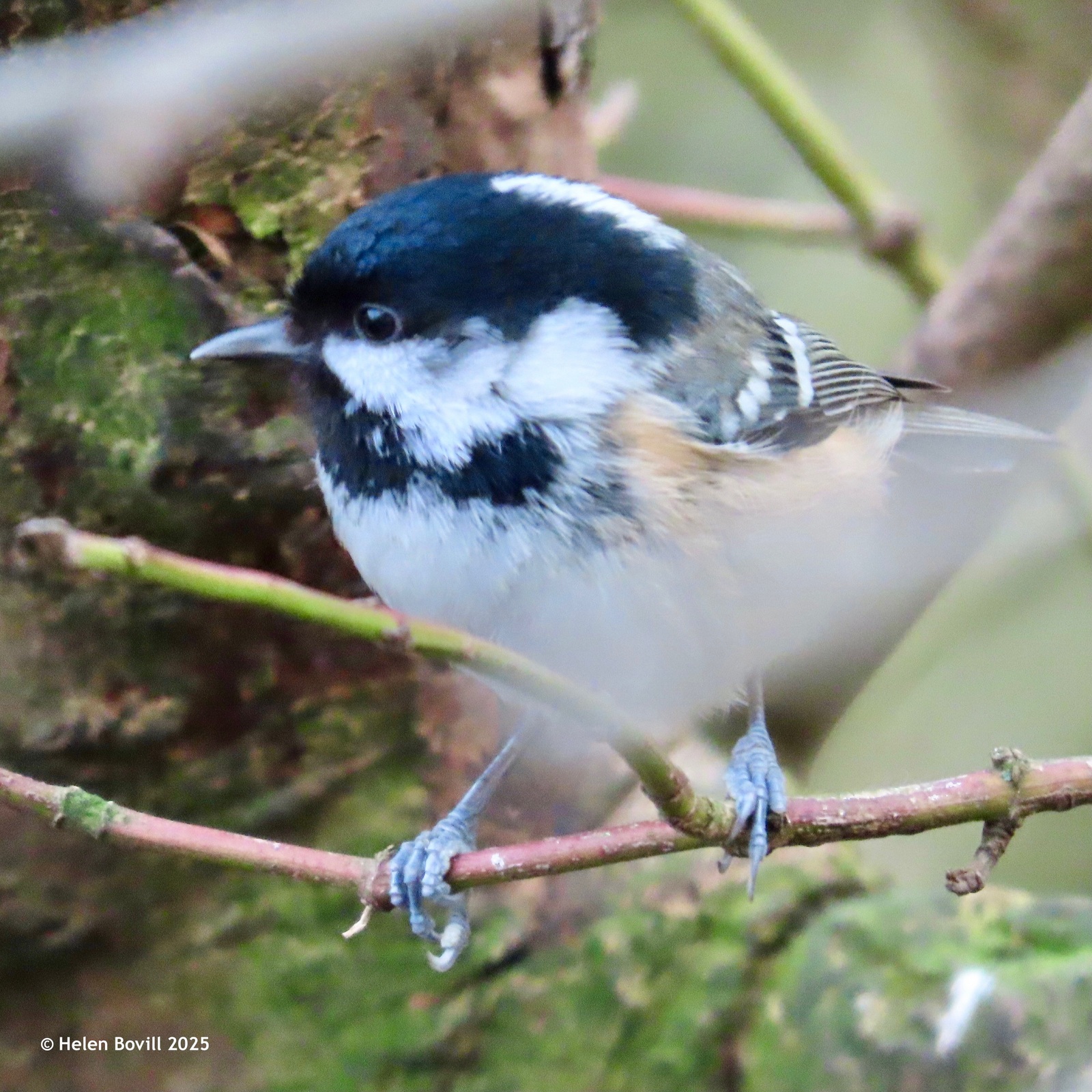
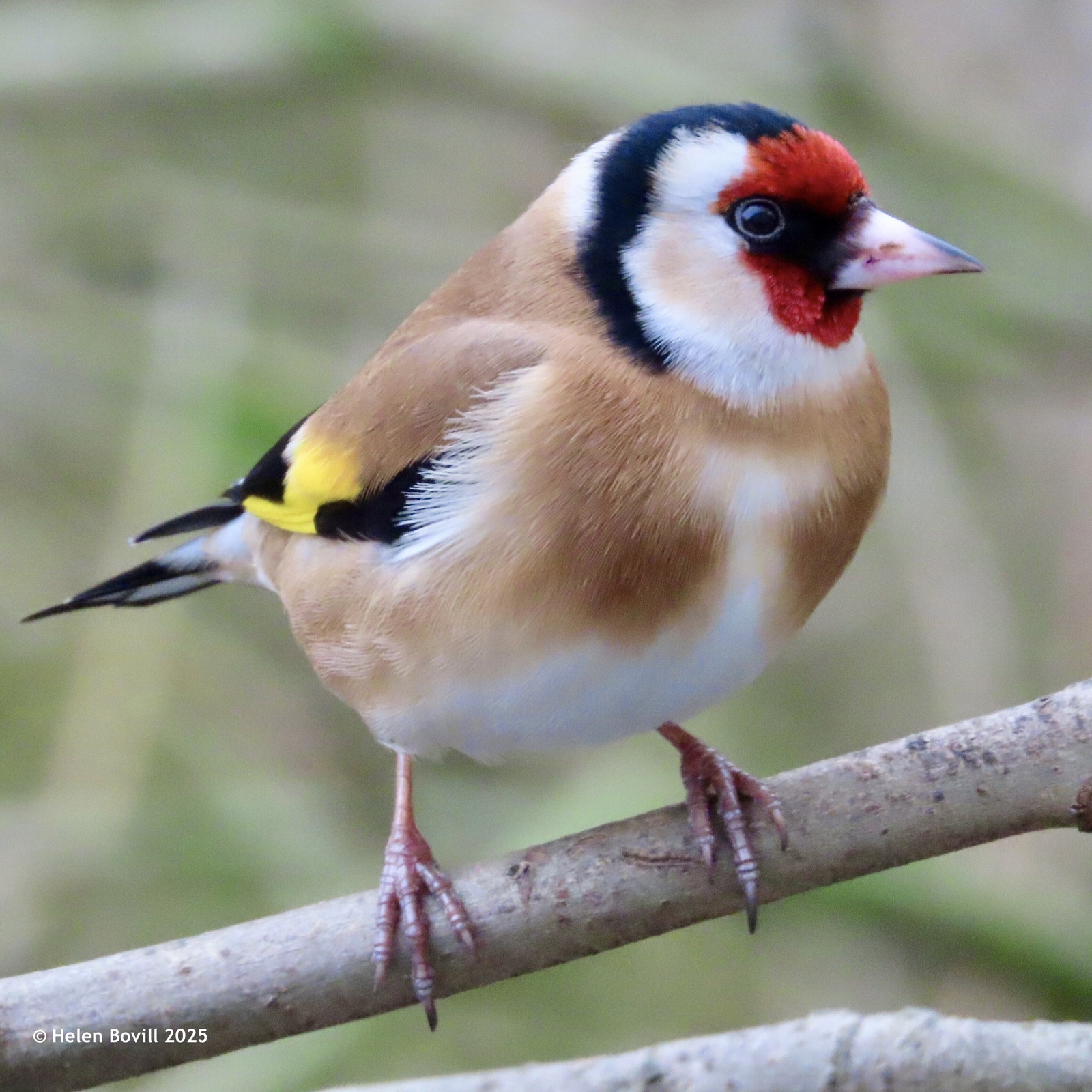
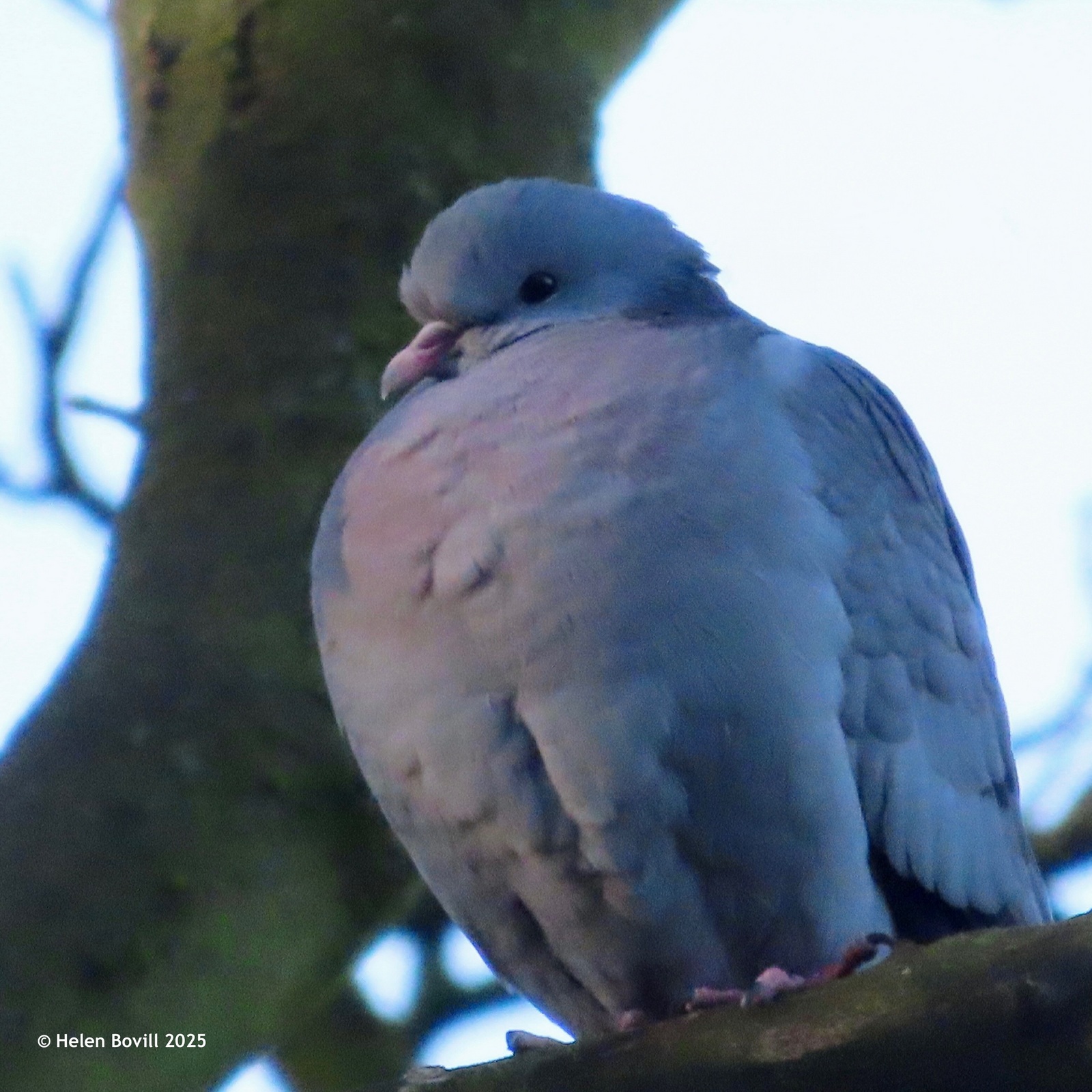
Fungi
Fallen branches provide great habitat for various types of fungi such as Jelly ones, Candlesnuff and these small Turkey Tail ones.
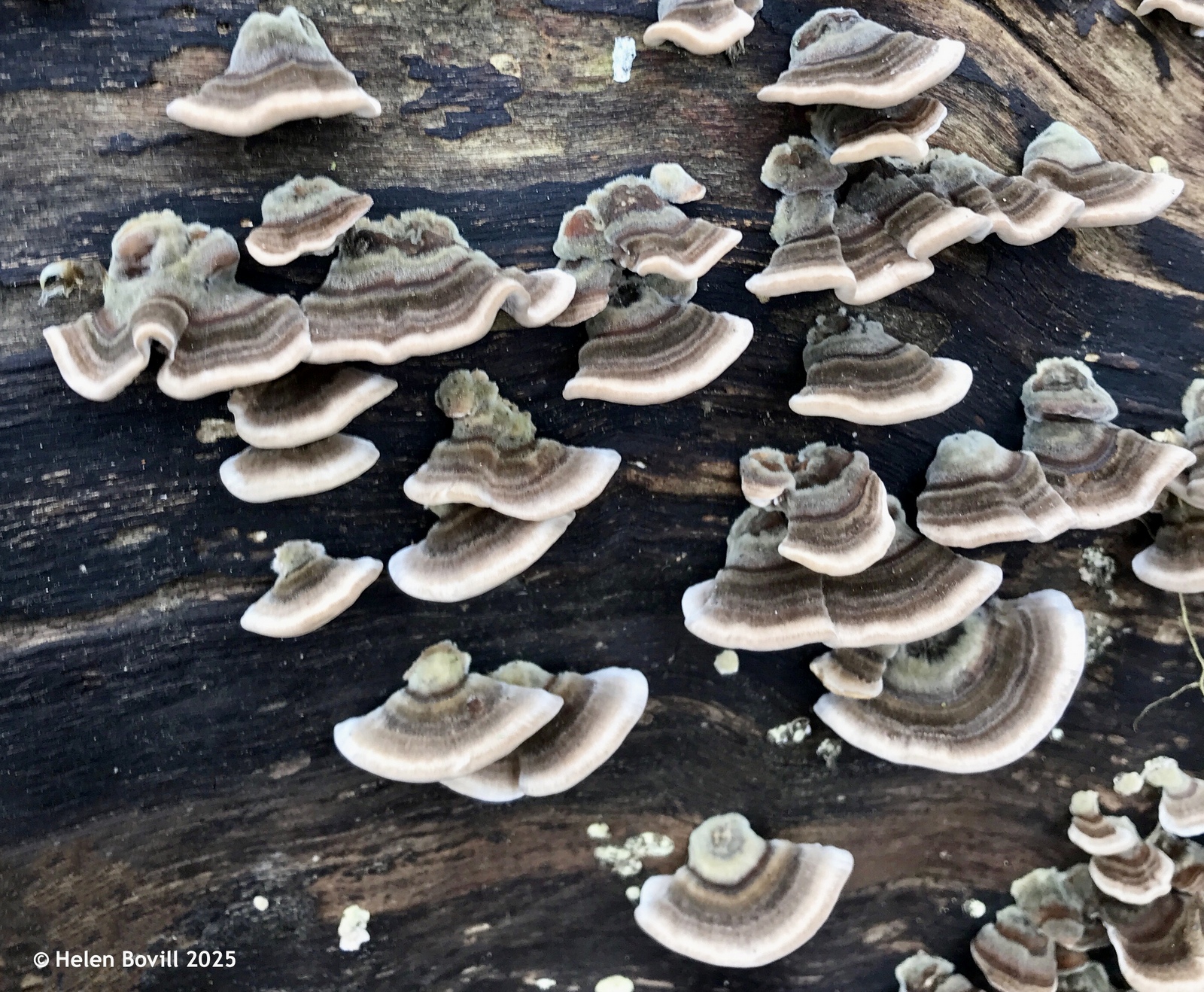
Conclusion
The dry weather provided ideal working conditions for the cemetery’s volunteers. They spent February cutting back some of the brambles growing along the back of the verge alongside the cemetery. They also removed dead stems and fallen branches from the grass to give more space and light for the spring flowers to grow. I suspect after a month of very little growth, March will see an abundance of blooms for all, both human and animal, to enjoy!
Comparison with this time last year –
Cemetery Wildlife – February 2024 – Friends Of Hull General Cemetery
